
Travel Guides

8 Day Trips From Tokyo Ideas: Winter 2023-2024
Enjoy the cold with these winter day trips from Tokyo
November 29, 2022 Updated On November 29, 2023
We’ve rounded up the best Tokyo day trips to make the most of the winter months, all reachable in under two hours from the capital. There are activities from skiing in Karuizawa to visiting illuminated icicles in Chichibu. We also have a top-rated onsen town, Christmas markets and, for those who want to stay inside, a free buffet in Gunma.
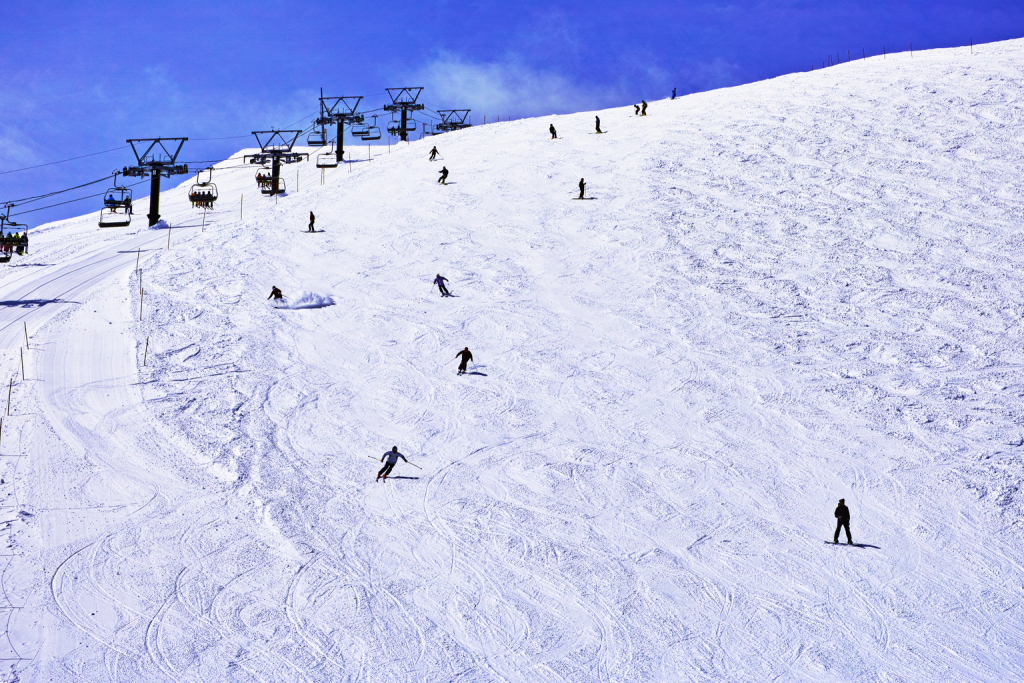
1. Try Winter Sports in Karuizawa
Skiing, snowboarding and soba.
For Tokyoites looking to make the most of the snow, head to Karuizawa for a quick jaunt. Just over an hour away from the capital by bullet train, the area is famed for its powdery snow and wide variety of ski slopes .
Known as the earliest ski resort to open its doors each year, keen skiers, snowboarders and skaters can enjoy the exhilarating trails from November through to April. There are a range of courses across Karuizawa, catering to people of all levels. First-timers are welcome too, with many resorts offering beginners classes in English.
Even those who don’t partake in the sporty side of things can enjoy the parks and resorts. Cable cars to the top of the mountains allow punters to appreciate the spectacular snowy views while sipping on hot amazake. Delicious soba noodles are served at most of the restaurants, allowing visitors to sample famous Nagano Prefecture soba, fresh from the source.
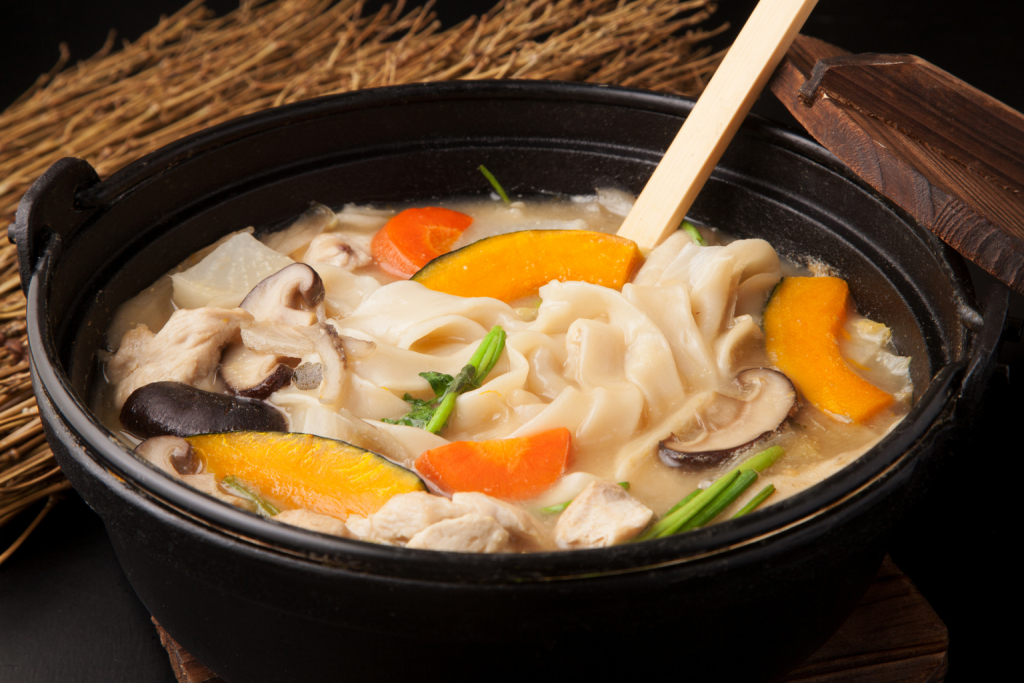
2. Eat Delicious Hoto in Yamanashi
Try yamanashi’s ultimate winter food.
No food says winter in Japan more than a hotpot. Hoto, a local delicacy found in Yamanashi Prefecture, is a special variation on a typical Japanese hotpot. Containing thick, steaming noodles in a miso broth with root vegetables and meat, the hoto hotpot is thicker and stodgier.
As with traditional Japanese hotpots, hoto is made in a big pot, with everyone in the group gathering round as it cooks. If a barbecue on the beach is your idea of a perfect summer night activity, then hoto is your ideal winter meal. Highly recommended is Koshu Hoto Kosaku. It’s the real deal.
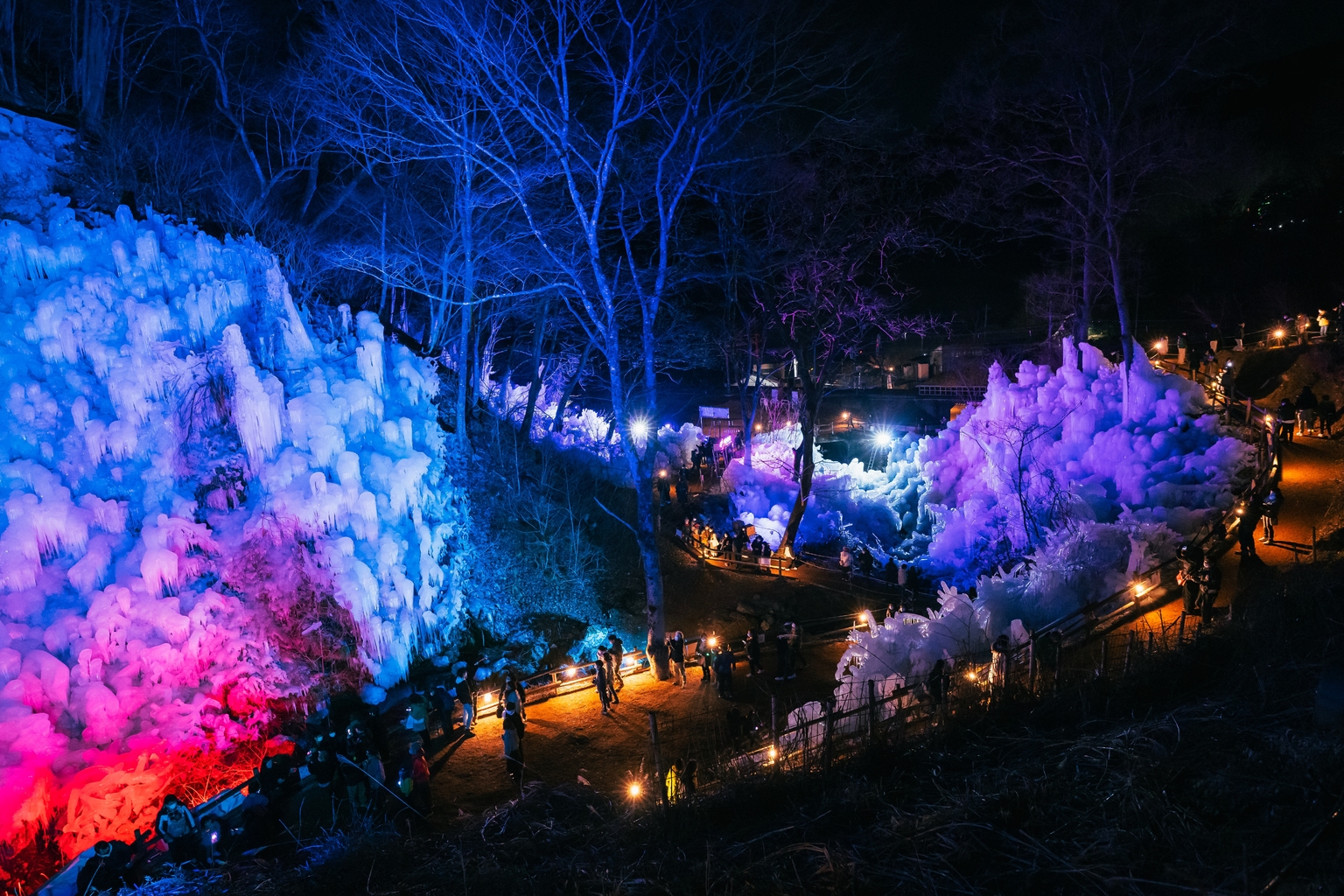
3. Admire Icicles in Chichibu
Discover chichibu’s famous formations.
Chichibu in Saitama Prefecture is a surprising icicle haven, with three of the country’s most impressive icicle formations, known as The Three Icicles of Chichibu .
The best known is the Misotsuchi icicle formation , the only formation that was formed completely naturally. Located on Arakawa River, the 10-meter-tall, 30-meter-wide icicles are an impressive sight. During the Otaki Ice Festival, the icicles are lit up into magical frozen falls. Local campgrounds are on hand to serve hot refreshments and cups of hot sake to visitors.
The next is a surprisingly new addition, discovered in 2015: the Icicles of Ashigakubo. Partly natural, partly manmade, locals help to make these spectacular natural formations even more impressive. One of the icicles is 200 meters tall and 30 meters wide. The formation is easily accessible from the station. Despite being new, it is already very popular.
The third of the trio is the Onouchi Icicles, a formation seen from over a suspension bridge. Locals serve hot drinks for free, including amazake and tea,. They also keep a bonfire going to harness that winter spirit.
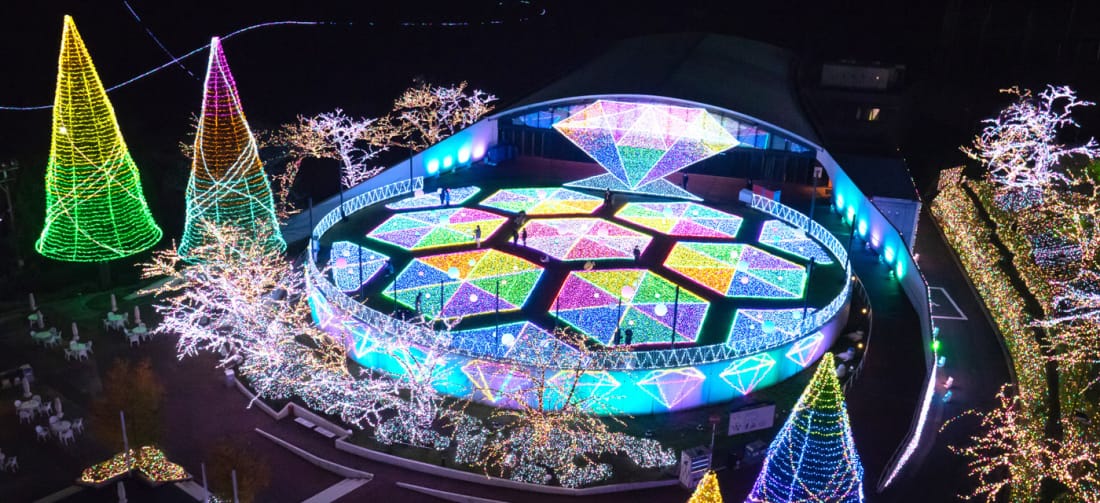
4. Visit a Winter Illumination
A winter wonderland.
Winter illuminations are one of the best parts of winter — a failsafe activity for the whole family. There are many in Tokyo itself, but how about making a trip out of the capital and heading further afield?
Yomiuri Land theme park in Kanagawa Prefecture is famed for its annual illuminations that turn the park into a sparkling world every winter. Created by Japan’s most famous lighting designer, Mokoto Ishii, many people make the trip to experience the dazzling glow, which features a different theme each year. This year is ‘ Jewellumination ,’ based on the theme of “Light is Love,” using a record-breaking 6.5 million lights.
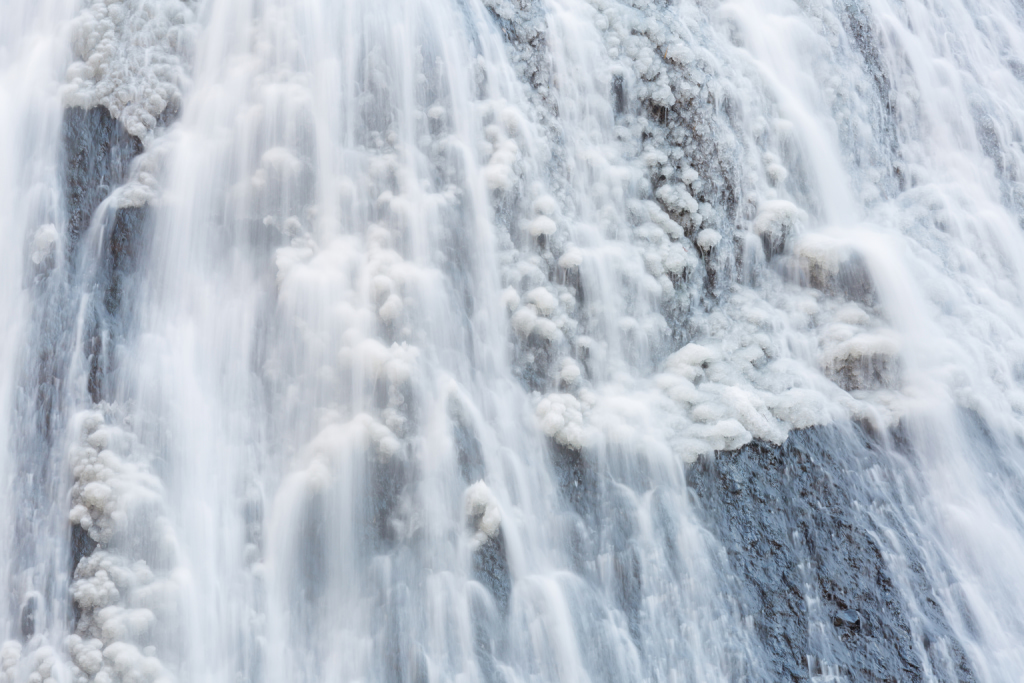
5. Chase Waterfalls in Ibaraki
Head to the beautiful fukuroda falls.
Ibaraki is a massively under-appreciated prefecture, and so easy to access from Tokyo, that it makes for a perfect winter day trip. Its famous Fukuroda Falls are subject to a spectacular illumination in the winter months, drawing thousands of visitors each year.
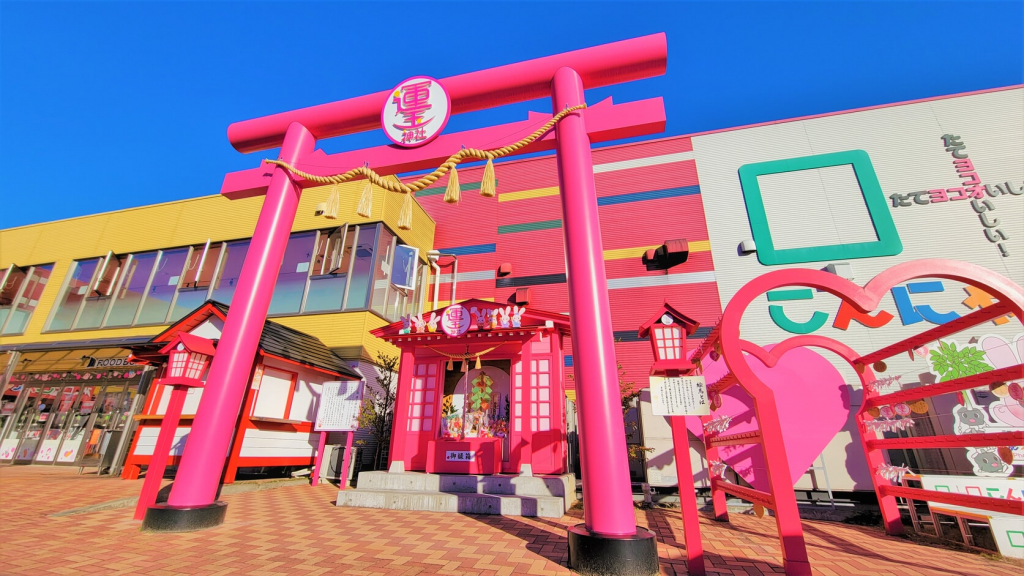
6. Visit Gunma’s Pink Shrine and Enjoy a Free Konnyaku Buffet
Head to konnyaku park gunma.
The weather is getting colder but visitors to Konnyaku Park need not worry. Enjoy the delights of konnyaku under cover of the giant Konnyaku Park complex, which houses a variety of konnyaku attractions to please even the most inquisitive of youngsters.
Visitors to the theme park can enjoy learning all about how konnyaku is made and try their hand at making their own. Elsewhere, there is a free all-you-can-eat konnyaku buffet, featuring an all-star lineup of konnyaku products, from shirataki noodles to orange jelly. There is even a shrine to the humble vegetable in bright pink, which doubles as an Instagram-worthy picture spot and looks even better in the snow.
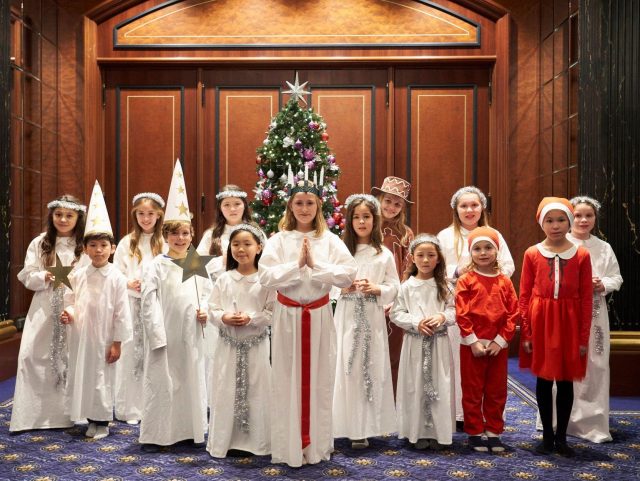
7. At the Metsa Village in Saitama
The delightful Moomin Village in Saitama puts on a cosy Christmas event each year, introducing the world to the wonders of a Scandinavian Christmas. With illuminations, a giant Christmas tree, Christmas drinks and Christmas pie, there’s something for everyone to get into the festive spirit.
Visitors can even try their hand at various Christmas crafts, including make-your-own Scandinavian mugs (kuksa), and enjoy Nordic Christmas carol events.
Other Christmas and seasonal markets include the one at Yokohama Red Brick Warehouse and Roppongi Christmas Market .
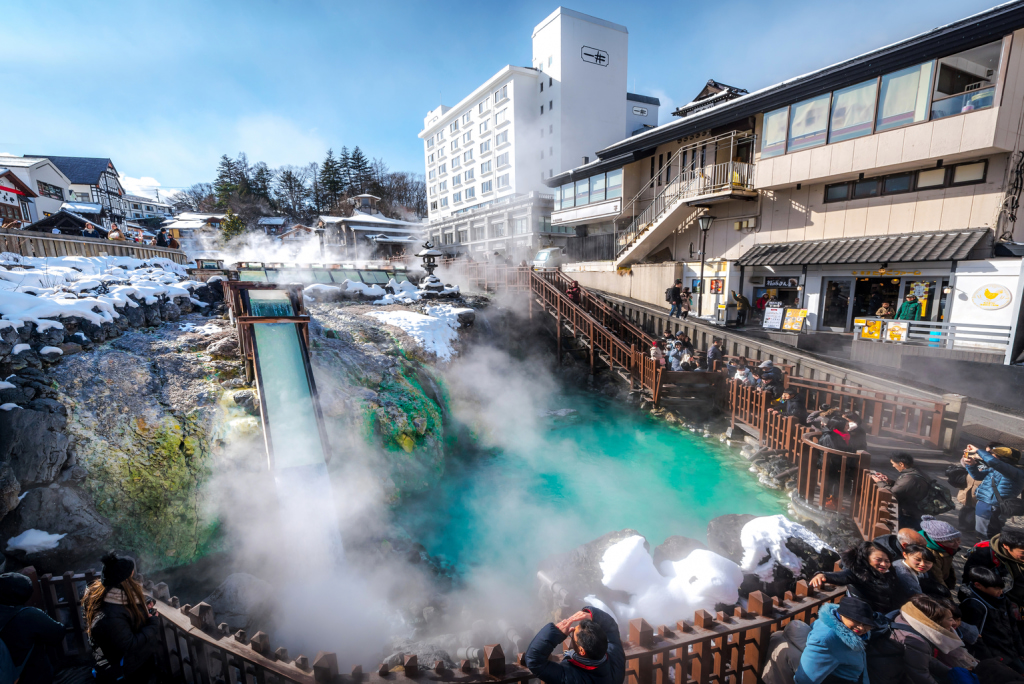
Kusatsu Yubatake | Photo by Infinity T29 via Shutterstock
8. Heat up in an Onsen Town
Soak in kusatsu onsen and watch the yubatake.
Kusatsu Onsen in Gunma is known for its sulfuric hot spring water. While it smells like eggs, it will also have your skin glowing. The onsen town is compact with many Edo-style shops and vendors selling local goods and traditional items. Buy fresh, steaming manju buns from a vendor and the yubatake (hot spring field) in the town center, dressed in pajamas from your ryokan. The hot spring baths are in such close proximity — both to themselves and the hotels — that guests wander the town wearing slippers, heading from one onsen to the next.
Kusatsu takes part in a special stirring tradition known as yumomi . Staff ceremoniously stir the hot spring water with large wooden planks in order to cool it, often singing while doing so. This makes for a surprisingly thrilling spectacle. Guests can experience yumomi throughout the year, but there’s nothing like watching the hot water being stirred amid the frost of winter.
Related Posts
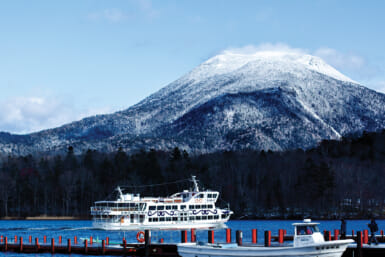
48 Hours in Kushiro: East Hokkaido's Foggy Capital
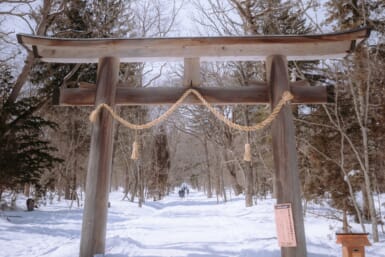
Hidden Winter Gems In and Around Nagano
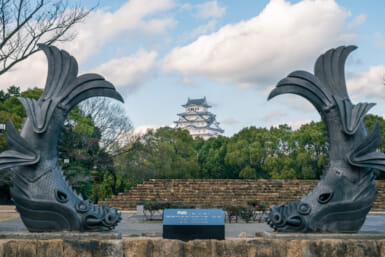
Himeji's Living Heritage
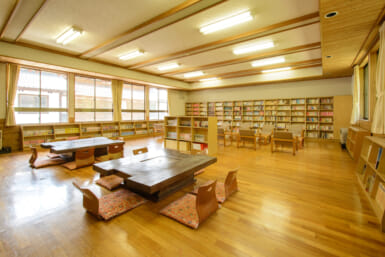
Unique Japan Accommodation: Stay in a Converted Schoolhouse

Super Delivery International: Bringing Japan to Your Door

Stay in Style at DoubleTree by Hilton Kyoto Station

A Culinary Wonderland in Hyogo Prefecture

Bringing the Spirit of Fukuoka to Tokyo
- Travel magazine
Day trips from Tokyo in winter: From warm baths to theme parks
(0 - 12 years old)
Book a private experience
November 15, 2023

Hey! It's Akira from Tokyo. While I originally hail from the calm vibes of Nagoya, the past six years have been all about diving deep into Tokyo's vibrant streets. My time as a local guide has led me to some amazing spots most Tokyo tours don't even touch.
Now, get this! Tokyo in winter? It's like a whole new world. I'm putting together this article to let you in on how Tokyo lights up in the chilly months and the cool places you can visit just a short trip away. Picture relaxing in a hot spring when it's cold outside or visiting towns packed with character. Dive in with me, and by the end, I bet you'll be adding Tokyo's winter spots to your must-visit list. I can't wait to share it all with you!
Tokyo's winter wonder
Navigating tokyo's transit network, japanese hot springs, history and nature at nikko national park, winter blooms in hitachi seaside park, snow, monkeys, and more in nagano, mount fuji's view at lake kawaguchiko, thrills and scenic beauty at fuji q highland, ancient traditions and modernity in yokohama, hiking and cable cars in winter, skiing destinations around tokyo, book private experiences in tokyo.
When in Osaka make sure to try “kushikatsu”!

If you think you know Tokyo, wait till you experience it in winter! As the capital city slips into its winter attire, every corner sparkles. The streets have this gentle shimmer from the snow, and the forests around feel like a peaceful escape from the usual hustle. Beyond the must-see tourist attractions, there's a quieter side to Tokyo that's just waiting to be explored. And guess what? Being a local host with City Unscripted has let me in on some of these secrets.
Now, here's a little insider tip: while Tokyo's winter is a sight to behold, the day trips just outside the city are the real cherry on top.
Imagine taking short trips from Tokyo to places where snow-covered landscapes meet age-old traditions. Places like Hakone and Nikko have left me awestruck more times than I can count. We'll get into the nitty-gritty of these spots later, but trust me, adding these to your Japan trip itinerary is like unwrapping an extra gift. If you're keen on venturing a bit further from the city lights, the areas around Tokyo are brimming with experiences that'll make your winter visit unforgettable.
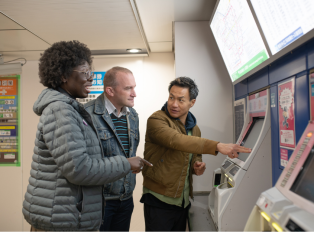
Alright, if you're thinking Tokyo's transport system feels like trying to untangle earphones after they've been in your pocket, let's simplify things together! First things first: the bullet trains? A dream. It's not just a super-quick way to travel; they whisk you to the most fantastic tourist spots.
For those plotting out several day trips from Tokyo, snatch up the JR Rail Pass. Unlimited rides? Yes, please! Dive deep into Tokyo with the Tokyo Metro 24-hour Ticket. Go from the bustling world of Shinjuku Station to... well, anywhere your curiosity takes you!
More of a roadie? Highway buses and bus tours offer a chill, scenic route to the city's edges. Little tip: the Toei buses have a day pass that's great for those "let's see where we end up" kind of days. So, gear up and let Tokyo's transport sweep you off your feet.

Onsen - more than just a warm bath
If you ever visit Tokyo during the winter months, a trip to an onsen town is magical! An onsen isn't just a hot tub; when you step into one of the premier onsen facilities, time seems to slow down. After a day of wandering snowy paths, you get to soak in these natural hot springs at these onsen resorts. The warmth isn't just on the outside; it seeps right into your soul.
Oh, and here's a little secret – I adore the onsens tucked away in lesser-known towns. These onsen facilities offer fewer crowds and so much authenticity! If you're thinking of day trips from Tokyo in winter, jot this down. In just a few hours, you're transported to one of these tranquil havens, such as Takaragawa Onsen. And you know what's the cherry on top? That gentle whisper of Japanese culture all around. Dive into these onsen facilities, and you'll return not just refreshed but with stories that'll last a lifetime.

Takaragawa Onsen in Gunma Prefecture
You know when you stumble upon a place so magical it feels like you've discovered a hidden treasure? That's precisely what Takaragawa Onsen in Gunma Prefecture was for me! Just a hop, skip, and jump away on your Tokyo day trips, and you're transported to this wonderland. Think about luxuriating in spacious outdoor baths with a view of snow-covered trees and the gentle river's hum in the background. The first time I dipped my toes in, I was hooked! It's not just a soak; it's an experience.
And here's a little inside scoop: unlike many other onsens, Takaragawa lets both genders enjoy the same bath. Yep, you heard that right! So, if you're looking for an escape that's a perfect blend of nature, relaxation, and adventure, this hot spring town is it.

Ensuring a respectful onsen experience
You're gearing up for an onsen adventure on one of your Tokyo day trips! Let me share some insider tips to ensure you have the best experience. Before diving into those heavenly waters, give yourself a quick rinse; consider it a prelude to the main event. And hey, if you've got tattoos – no biggie! Some onsen places might be a tad traditional, but plenty welcome inked visitors like rock stars. Keep the chatter to a low hum; it's all about soaking in that peace.
And, while the thought of diving straight from a snowy adventure to the hot spring sounds tempting, ensure you're dry before stepping inside. Trust me, in less than an hour, you'll emerge feeling like you've had a week-long vacation. Just keep these nuggets of wisdom in your pocket, and you'll have a fabulous onsen day trip!

If you're contemplating day trips from Tokyo, let me share a little secret: Nikko is the top choice among day trips from Tokyo! The moment you step off at Nikko station, there's this palpable sense of being transported back to the vibrant Edo period. You're in for a history treat between the stunning old buildings and the tales they tell. It's not all about the bygone eras; nature plays its part, too. Especially when off-season snow blankets the town, making those ancient structures look even more enchanting.
For anyone looking at day trips from Tokyo, I'd highly recommend grabbing a guided tour in Nikko. The tidbits and tales you'll hear? Absolutely priceless! Nikko's got you covered for a spellbinding mix of nature and history.
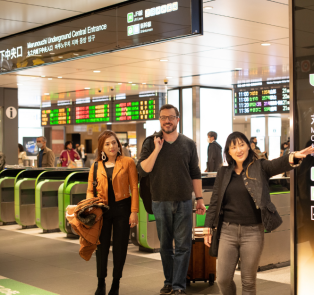
Navigating Shinjuku to Utsunomiya station
A step-by-step guide for a smooth journey:
- Begin at Tokyo's iconic Shinjuku Station. As one of the world's busiest train stations, it can be overwhelming, but it's also efficiently laid out. Look for signs leading to the Shinkansen (bullet train) lines. If unsure, station staff are more than willing to assist!
- Once you board the Shinkansen, get ready for a seamless ride that encapsulates Japan's efficiency. The train interiors are comfortable and spacious, and the large windows offer a panoramic view of the evolving landscape. Do grab a bento box from the station's food stalls for an authentic Japanese meal on the go.
- In roughly two hours, you'll arrive at Utsunomiya Station. Here, pay close attention to transfer details. The local train to Nikko typically departs from a different platform. Using apps like Hyperdia or consulting the station map can simplify your transfer.
- Board the local train to Nikko. This ride provides a contrasting experience to the Shinkansen. The slower pace means more time to appreciate the picturesque views, especially when traveling during the snowy months. The sight of temples and shrines blanketed in white snow can be a prelude to what awaits in Nikko.

Shinkyo Bridge and its surroundings
Are you planning a day trip from Tokyo? Shinkyo Bridge in Nikko is a top pick! Not just a pretty sight, this historic bridge has stories dating back centuries. Listed as a World Heritage site, it's considered one of Japan's finest bridges.
When you're there, notice the intricate design details and the vibrant red color – it stands out, mainly when snow graces its surroundings. Close by, you'll find ancient temples and shrines, making the whole surrounding area a blend of beauty and history. This is your spot if you want a blend of sightseeing and learning.

Hitachi Seaside Park is one of those gems you'll be glad you visited. It's a burst of colors, especially when the flowers bloom. I've spent hours there just wandering and taking in the beauty.
Plus, they have cycling routes, which I love. If you're considering a day trip from Tokyo, this park is at the top of my list. Wear your most comfortable shoes and bring your camera; every moment is photo-worthy.

When to witness the park's magic
So, planning a day trip from Tokyo? You've got to consider Hitachi Seaside Park. But let me spill some local insight: timing is everything. Winter? Imagine a serene, snowy paradise with hints of green peeping through.
But, oh, spring! The cherry blossoms dance in the wind, creating a dreamy scene. Pack a picnic, bring your favorite book, or, better yet, just immerse yourself in the vibrant hues. Every visit feels like a brand-new adventure. Go on, let the park work its magic on you!
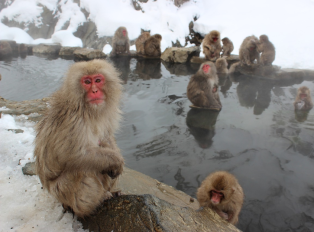
You know, every time I step into Nagano Prefecture during winter, I'm reminded of why I love it so much! The city gets wrapped up in this awesome blanket of white snow, making everything look so peaceful. But what gets me every time is the snow monkeys at Jigokudani Park. Picture this: monkeys chilling in hot springs while snow gently settles on them. It's a must-see on your next trip! And between us, don't just stop at the snow scenes. Nagano hides these calm temples and shrines that look even cooler with a snowy backdrop — thinking of embarking on a weekend trip or day trip from Tokyo? Nagano should be on your list.

Memorable moments at Jigokudani Monkey Park
Oh, get ready for a delightful time at Jigokudani Monkey Park! If there's a perfect snapshot of winter, it's watching those adorable snow monkeys chilling in the hot springs. The colder months, especially December to March, are the prime time to visit. How about an early morning adventure? Fewer crowds, stunning light for your photos, and the most active monkey antics!
Just a heads-up: sport some sturdy shoes for that snowy path to the park. It's a bit of a walk, but the playful scenes you're about to witness are totally worth every step.
Oh, and there's a teeny entrance fee, but it's like buying a ticket to a natural monkey theatre. If you're taking a highway bus tour from Tokyo for the day, carve out a big slice of your schedule for this spot.

Authentic dishes and souvenirs to seek
Every time I zip over to Nagano from Tokyo, there's this irresistible energy of delightful flavors waiting for me! Top of my joy list? Nagano's heartwarming "soba" noodles. Just imagine savoring those buckwheat strands, cold with a tangy dipping sauce or nestled in a cozy soup. And oh, the "oyaki" dumplings are pure happiness in a bite! These pan-fried dumplings come with different fillings, such as vegetables with miso or sweet azuki beans.
And after all that yummy indulgence? It's time for a little treasure hunt in local boutiques! From charming wooden combs to unique kitchen tools, Nagano's artisan touch shines bright.

There's something genuinely magical about Lake Kawaguchiko! As you stand there, gazing at the iconic Mount Fuji with its majestic peak reflected on the lake's calm surface, it feels like a dream. Every time I visit, I'm filled with this bubbly excitement. If you're into a bit of adventure, the surrounding forests and hiking trails are simply exhilarating, showcasing brilliant views of Mt. Fuji and the lake from diverse angles. Among the Fuji Five Lakes, Kawaguchiko has always been my favorite. And if you're looking for that perfect shot, head to the northern shores; the vista is captivating. When planning day trips from Tokyo, this gorgeous gem is an essential stop on your itinerary!

Essential viewing points and highlights
Alright, get ready for this! Lake Kawaguchiko is like the ultimate backstage pass to the most mesmerizing Mount Fuji views. Whenever I'm there, Oishi Park just pulls me in – imagine seeing Mount Fuji peeking through a colorful array of seasonal flowers.
And for my fellow hiking enthusiasts? The Lake Kawaguchi Mt. Tenjō Ropeway is your ticket to the sky! Once you reach the top, it's like you've stepped into a postcard – Lake Kawaguchiko shimmering below, and the ever-so-stunning Mt. Fuji right there, almost close enough to touch.
And oh, if you time it during winter, the snowy blanket on the mountain is breathtaking. But a little insider tip: while Kawaguchiko is the star, it's just one of the Fuji Five Lakes. Dive into the adventure, explore the surrounding area, and enjoy every mesmerizing moment.

Oh, let me tell you about Fuji Q Highland! It's a total thrill-fest with a side of jaw-dropping views. This isn't just your run-of-the-mill amusement park, oh no! Just a hop away on a day trip from Tokyo, and you're in for the time of your life. Imagine soaring high on a roller coaster, and just as your heart skips a beat, there's Mt. Fuji waving right back at you. And the fun doesn't stop there. The amusement park featuring everything from spin-you-round rides to those that touch the clouds ensures there's never a dull moment. I always tell my friends – if you want your adrenaline served with a slice of scenic beauty, there's no better place.

Unmissable rides and attractions
If you're setting foot in Fuji Q Highland, you're in for an exhilarating day! Navigating this vast theme park can be a tad overwhelming, so let me give you a rundown of my top picks. First off, the roller coasters - and trust me, they're not just any roller coasters.
The "Eejanaika" is a mind-boggling fourth-dimensional roller coaster that I always rave about; the flips and twists are beyond imagination. And "Takabisha" has this drop that always, always gets my heart racing – it's one of the steepest in the world! For a more panoramic experience, "Fujiyama" offers sweeping views of Mt. Fuji at its peak, making it both serene and thrilling. It's not all about heart-stopping action.
The theme park is also dotted with charming attractions that capture the essence of Japan, and I cannot stress enough how much I love the traditional haunted house – it's both spooky and delightful. So, grab a map, lace up your most comfortable shoes, and set out to explore! The day will zip by faster than you think!

Tips for an efficient park experience
For a seamless day at Fuji-Q Highland, I always recommend getting there early, especially if you're squeezing it into your Tokyo one-day trips . Trust me, beating the crowd makes a difference! Now, if you're wondering how to maximize your time, the Fast Pass is a game-changer. It drastically reduces your wait time, letting you enjoy more rides.
While you're navigating the park, keep an eye out for those spontaneous glimpses of Mt. Fuji. They're genuinely worth pausing for. When hunger strikes, there's an abundance of local flavors to indulge in. And I can't emphasize this enough: wear comfortable shoes. You'll be on your feet a lot!

If you've ever wanted a city where history and innovation meet, Yokohama's your destination! When I take day trips from Tokyo, the first thing on my list is the enchanting Sankeien Garden. It's like stepping back in time, with its centuries-old buildings and seasonal blooms.
Now, for a taste of the city's modern vibrancy, you must swing by Yokohama station. The place is a maze of delightful shops, restaurants, and trendy spots - I particularly love the local boutiques!
But if you want to grasp Yokohama's blend, head to Osanbashi Pier. You get serene ocean views framed by the city's dynamic skyline. Every time I'm there, it reminds me how beautifully Yokohama has evolved while cherishing its roots.
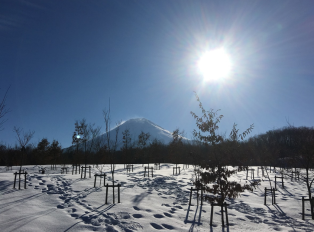
Preparations for winter terrains
Alright, here's the scoop: if you're game for some winter hiking around Tokyo, you're in for a treat! First up, let's chat about shoes. Trust me, investing in a good pair of waterproof hiking boots is a game-changer. I mean, who likes soggy feet? Not me! And speaking of feet, don't skimp on thermal socks; they're little hugs for your toes. Now, when it comes to dressing up, think of layers. Start cozy, then pile on until you're feeling snug as a bug. Before you dash off, do a quick weather check – safety first! And hey, if you fancy seeing snowy forests from a bird's eye view, hop onto a cable car. It's sheer magic from up there.

Recommendations for every enthusiast
Whenever friends ask about hiking spots near Tokyo, my first shoutout always goes to the Okutama Mukashi Michi trail. Walking there feels like you're strolling through nature's very own gallery, with each turn revealing a new masterpiece.
And for a quick escape that's just a stone's throw from the city, Mt. Mitake is a gem. Its winter views are simply breathtaking, and it offers a captivating blend of history and natural beauty. If you're looking to embrace the frosty outdoors, pull on those warm boots and immerse yourself in these trails.
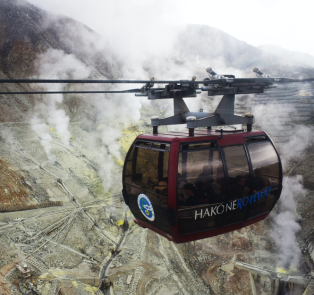
Cable car routes and ticket tips
I've got to share this with you! If you're in the mood for some aerial magic around Tokyo, you can't miss out on the cable car rides. The Hakone Ropeway? Absolute gem! On a lucky day, you'll catch Mt. Fuji looking all majestic, with Lake Ashi shimmering below. Every time I'm there, I'm reminded of why I adore the tranquility away from the city buzz.
Now, if you plan on exploring a bit more of Hakone, snag a "Free Pass." It's a nifty deal, and you get more bang for your buck. Oh, and speaking of unique experiences, the Takao Cable Car is on another level—it's Japan's steepest! It's an easy round trip from Tokyo, and the snowy landscapes in winter are pure joy. Just a heads-up: these spots can get packed, so starting early can be a game-changer. I promise, by the end of the ride, you'll be as smitten as I am with these scenic ventures!

Skiing near Tokyo? Absolutely possible and incredibly fun! One of my all-time favorite things during winter is catching the first snowflakes and knowing the slopes are ready for action. Gala Yuzawa Snow Resort is just a hop, skip, and a Shinkansen (bullet train) ride away from Tokyo - super convenient and loads of fun.
And, oh, how could I forget about Karuizawa Princehotel Snow Resort? It's not just about skiing there; it's about the cozy vibes, gorgeous snow-covered sights, and the lovely people you bump into. So, if you're in Tokyo in winter, make a day trip to these ski spots. Trust me, the memories and excitement will stay with you long after the snow melts!

Where and how to get skiing gear
Ready to hit the slopes but missing the gear? No worries at all! Tokyo's got your back with some amazing places to rent ski essentials. One spot I often find myself at is the Kanda Ogawamachi district. It's a treasure trove for ski and snowboard rentals, plus you get quality without breaking the bank.
Another favorite of mine is SPOTAKA in Shinjuku; they have a fabulous range, and the staff is so helpful! If you're venturing out for a day trip from Tokyo to one of the nearby ski resorts, remember that most ski resorts will also offer on-site rentals, which can be super handy.
A quick tip: Always try on boots and make sure they're comfy. There's nothing worse than sore feet when you're trying to enjoy snowy adventures.
After a full day of winter trips around Tokyo, I wanted to share a bit about getting back into the city via Shinjuku Station. It's lively, with both locals and tourists coming and going. If you've picked up any souvenirs, Tokyo has got you covered! There are coin lockers and luggage storage spots all over the city center, which are super handy for keeping things safe. It's really nice to wind down the day in a quiet café or a local inn, thinking about the places you visited. Tokyo's surroundings offer so much in winter, from relaxing baths to snowy landscapes. I hope you get to enjoy all of it! Safe travels!
Hello, curious traveler! Embark on a unique experience with Hello, curious traveler! Embark on a unique experience with City Unscripted Tokyo. Our personalized, private tours, led by local hosts, make you feel like you’re exploring the city with a knowledgeable friend. We’ll take you to well-known sights and reveal Tokyo’s hidden gems, unveiling stories typically missed by traditional tours. So unscript your journey, and see Tokyo through the eyes of our local hosts!

Top private experiences in Tokyo
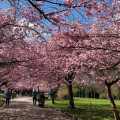
Tokyo in pink: discover the magic of the cherry blossom season

Your perfect half-day in Tokyo

Eat like a true Tokyoite

Epic Tokyo: A full-day tailored exploration

Get a head start: Kickstart your trip to Tokyo

On a roll in Tokyo! The sushi experience
We’ll pair you with the perfect host
There is no better way to see a city than with a friend who lives there. This is why we carefully match guests with their perfect host based on interested, personality and type of experience so they can discover a city beyond the tourist trail.
Find your perfect host and experience using our nifty little tool
Make your inbox happy with our travel tips and inspiration as well as exclusive offers and first access to new services.
You may also like
Drift through Tokyo’s iconic sights

Serene day trip from Tokyo

The best time to visit Tokyo and Kyoto: Discover the ideal season from a local

Best time of year to visit Tokyo: Uncover the ideal season for your trip

What is the best time to visit Tokyo? Your seasonal guide to Japan's capital

When is the best time to visit Tokyo, Japan? A detailed season-by-season breakdown
Explore our cities in japan.

Popular destinations

San Francisco

Mexico City

Read more Tokyo articles
One Day Trips from Tokyo in Winter: 5 Best Places to Visit near Tokyo
Best side trip destinations from Tokyo in winter
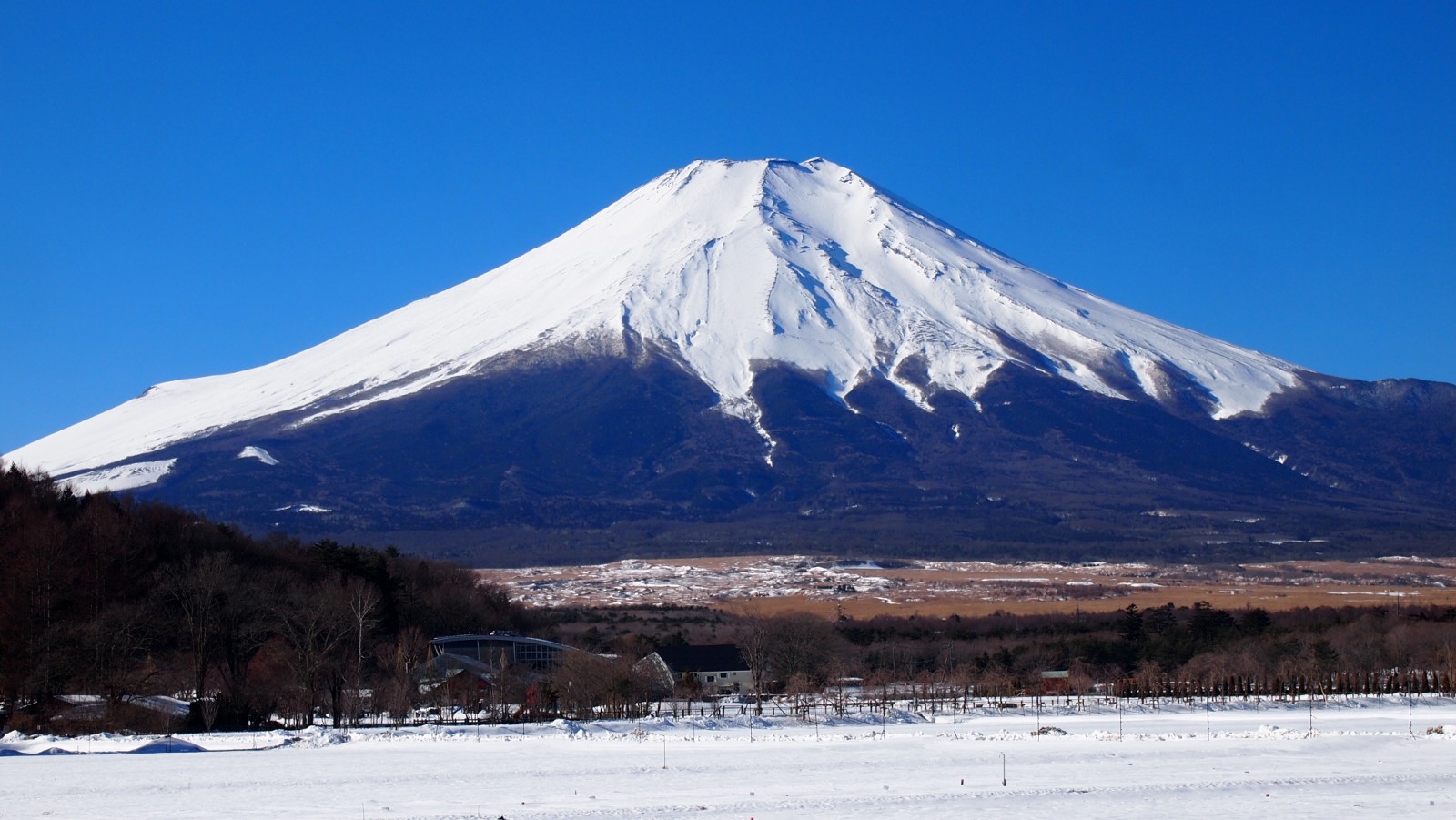
Looking for a side trip destinations from Tokyo in winter ? There are numbers of great tourist spots around Tokyo where you can have the phenomenal Japanese winter experience such as Onsen (hot spring), illumination events and snow activities (Ski and Snowboard)!
In this article, I would like to introduce the 5 best winter travel destinations where you can access from Tokyo easily. If you are looking for a little winter escape from the city, these side trip destinations are perfect getaways for you!
1. Takaragawa Onsen
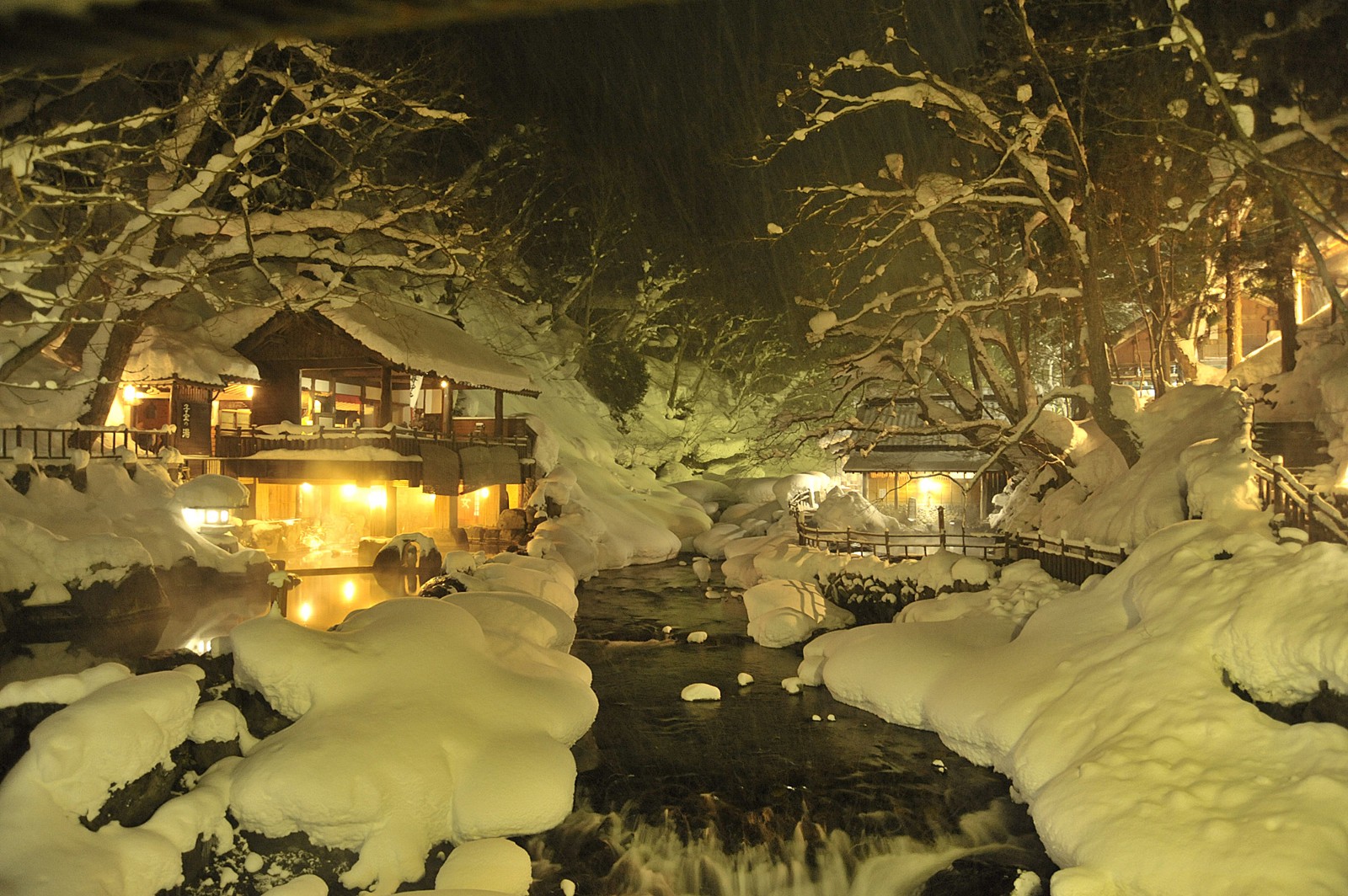
Outdoor onsen is one of the best winter attractions in Japan. Nothing better than taking hot Onsen bath surrounded by beautiful nature covered in white snow! In northern part of Japan, there are numbers of great outdoor Onsen spots where you can enjoy with snow including the northern area of Kanto region such as Gunma and Tochigi.
One of the most recommended snow Onsen spots is Takaragawa Onsen (宝川温泉) in Minakami Onsen area, Gunma Prefecture. Takaragawa Onsen is an scenic outdoor bath with the spectacular view and the surrounded area is covered in white snow during winter. Accordingly, Takaragawa Onsen is especially popular among foreign visitors as it’s a mix bath where visitors can enter the bath with towels covering their bodies.
Map: http://bit.ly/2zyp0rl
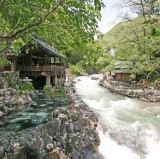
2. Enoshima
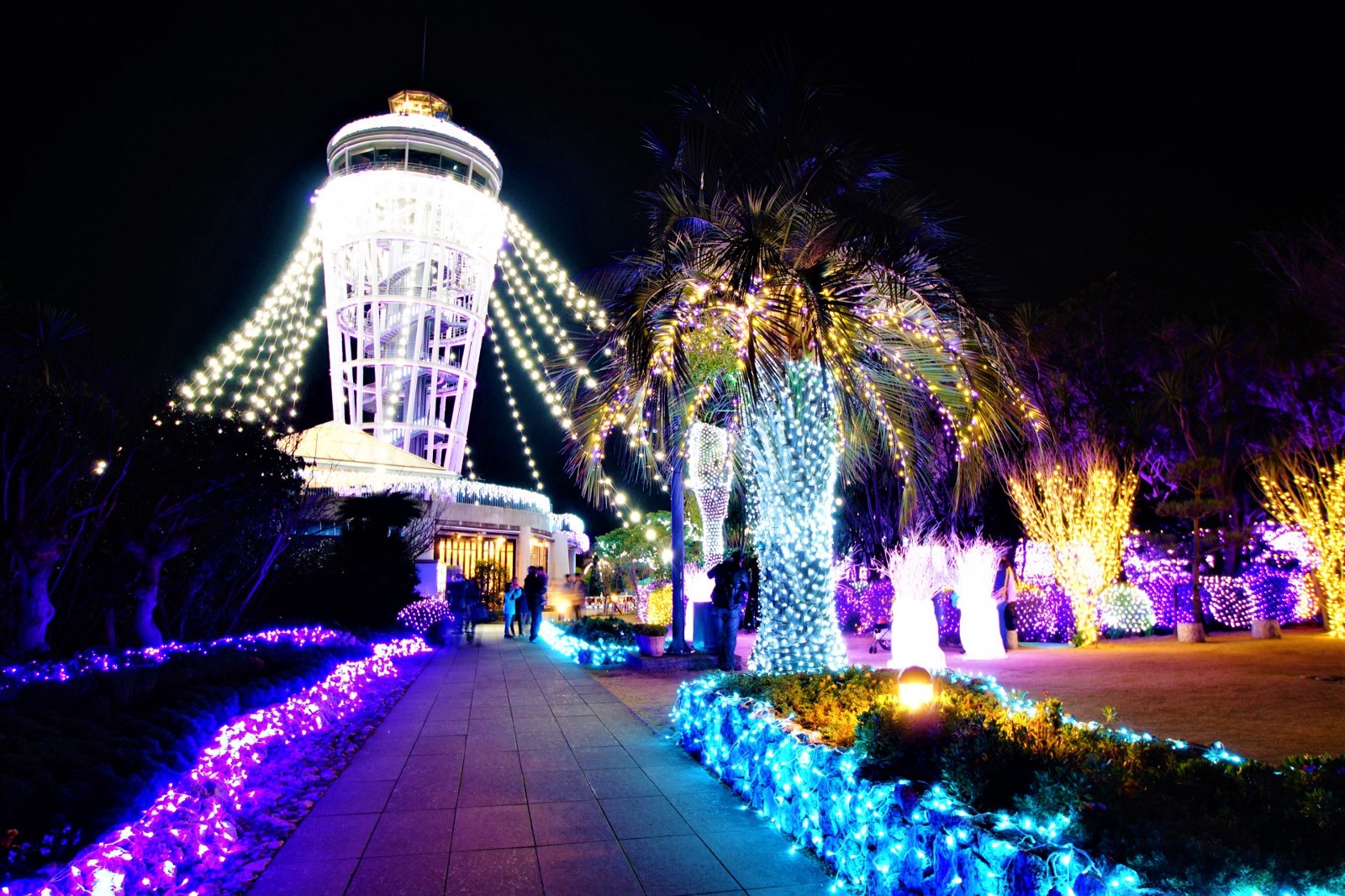
Shonan area in Kanagawa Prefecture is widely known as a summer destination from Tokyo, however, there are a lot of things that we shouldn’t miss during winter. Enoshima (江の島) is a small touristy island near Kamakura, offering various tourist attractions through the year such as shrines, parks, caves, street food, shops, etc.
Samuel Cocking Garden is a botanical garden located at the top of the island, and the iconic tower, Sea Candle is a 60 m tall observatory where you can gaza the stunning view of Shonan area, Sagami Bay and Mt Fuji when the visibility is good. During winter, the light-up event “the Jewel of Shonan” is held at the garden and displays colourful illumination. It’s one of the most spectacular winter illuminations in Kanto area.
Map: http://bit.ly/2xEeIo4
Website: https://enoshima-seacandle.com/
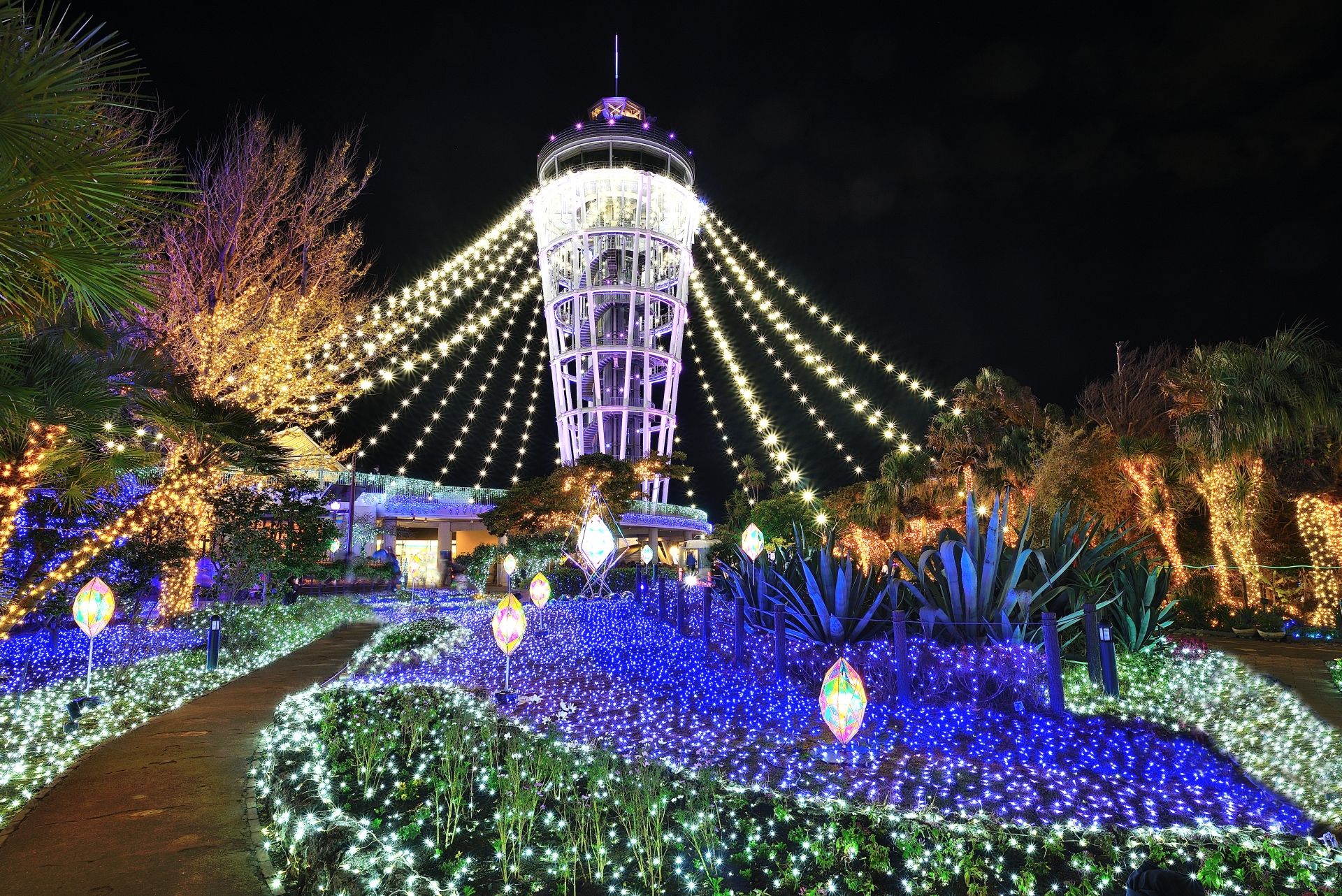
3. Sagamiko Illumillion
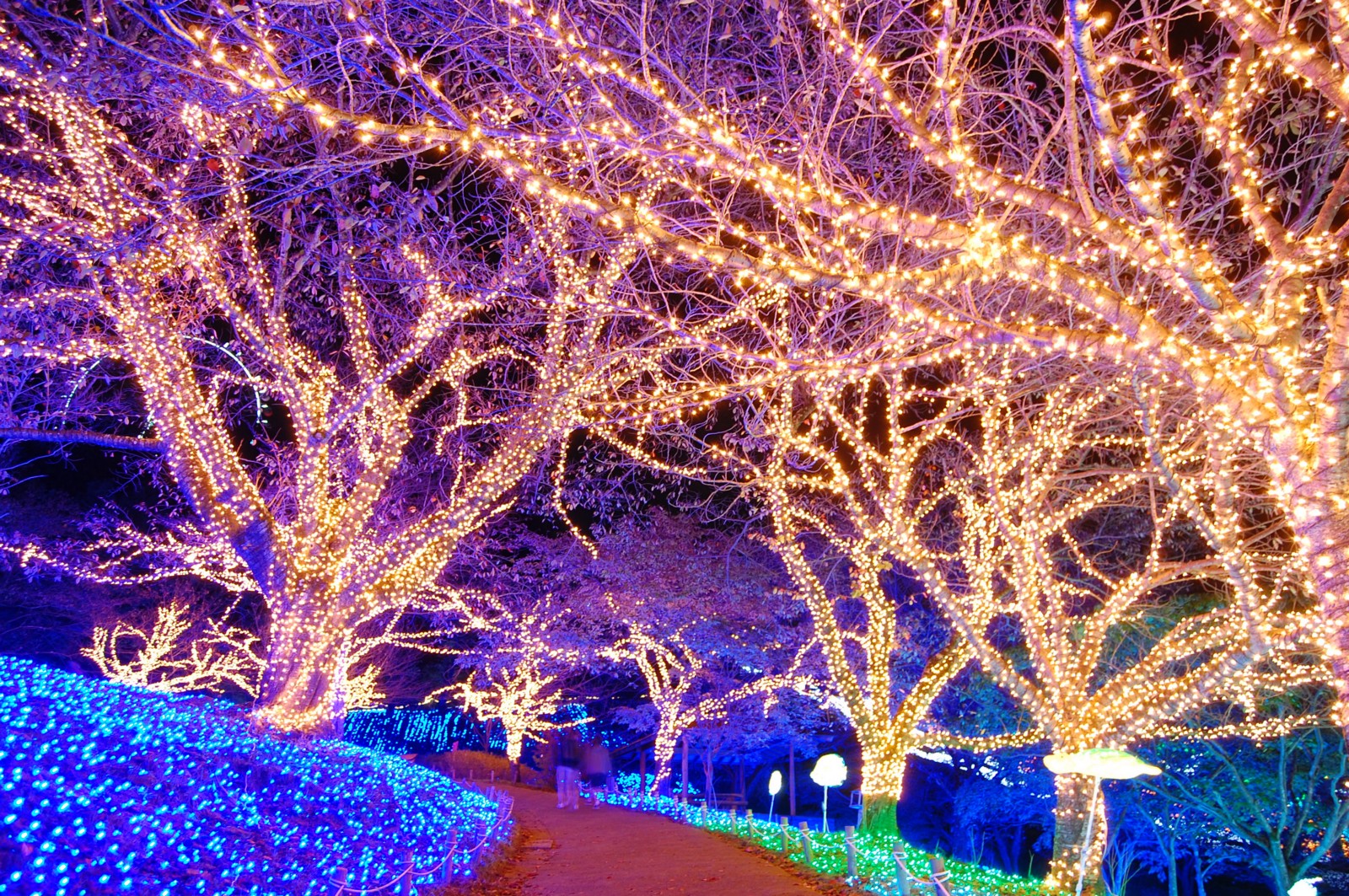
Winter illuminations are definitely the biggest thing in winter in Japan, and numbers of illumination events are held across the country during winter. There are many beautiful illuminations you can enjoy within Tokyo city, but you should definitely go at least one of the big illumination events held at suburbs or outskirt areas.
SAGAMIKO ILLUMILLION (相模湖イルミリオン) is is one of the largest illumination events in Japan featuring 6 million LED lights decorating the 40,000㎡ vast park colourfully. This long running illumination event is available from November to April in the following year.
Map: http://bit.ly/2NGD9LE
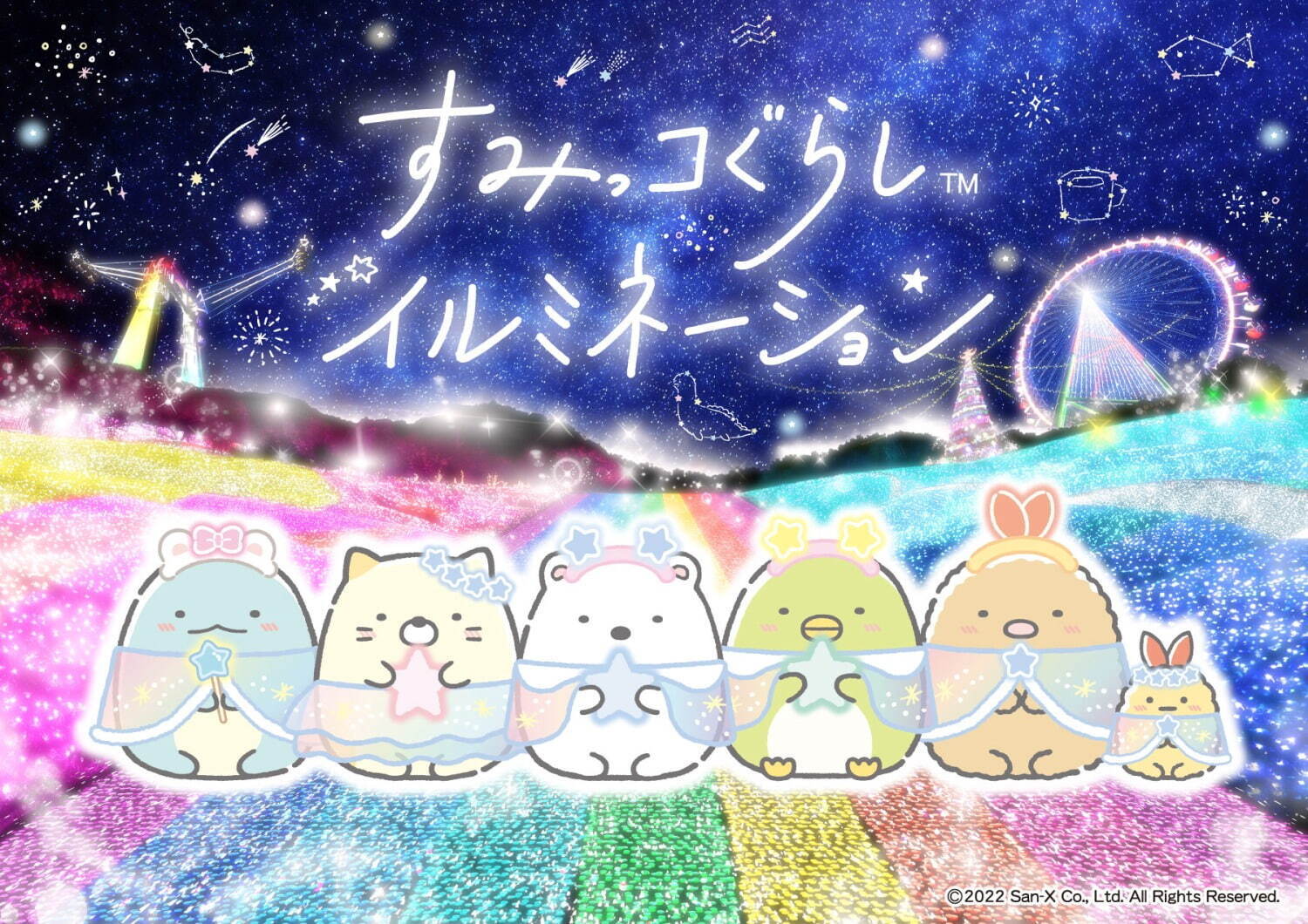
4. Fujiten Snow Resort
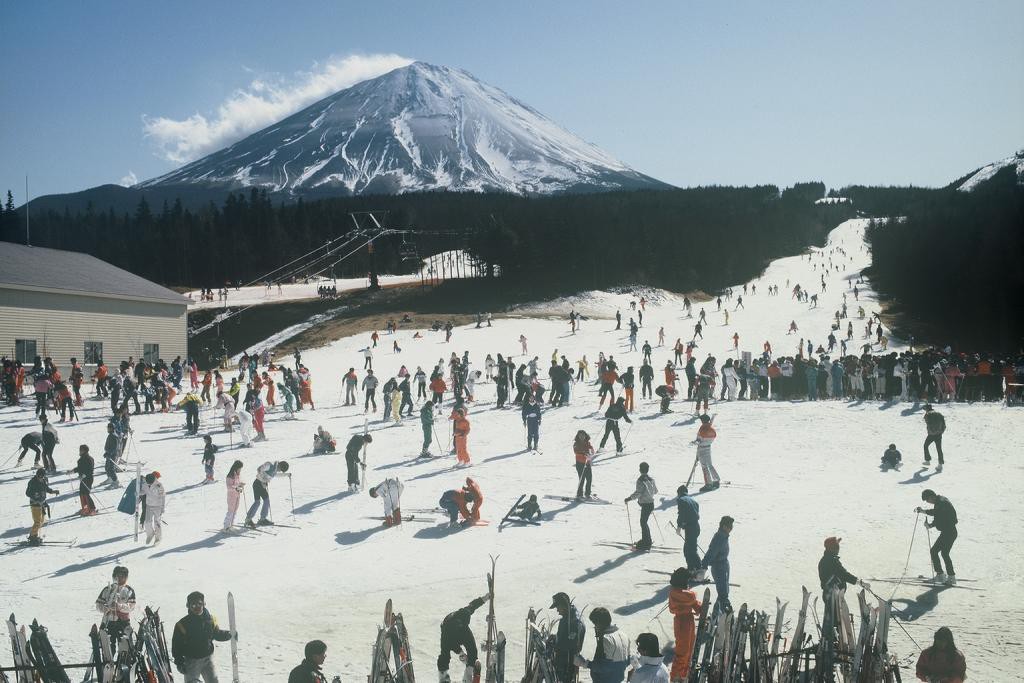
Winter sports like ski and snowboard are very popular in Japan, and there are numbers of world-class ski resorts across the country. Japanese ski resorts with the high-quality powder snow, scenic views and Onsen facilities attracts visitors from all around the world during the season.
The most famous ski resorts are located on the mountains of Hokkaido or Nagano, however, there are several ski resorts where you can access from Tokyo within a few hours. Fujiten Snow Resort (ふじてんスノーリゾート) is one of the best ski destinations where you can enjoy the magnificent view of Mt Fuji. It’s small and more suitable for beginners, but it’s a perfect ski destination for a day trip.
Map: http://bit.ly/2xI1Z3J
Website: http://www.fujiten.net/pc/en/
5. Jigokudani Monkey Park
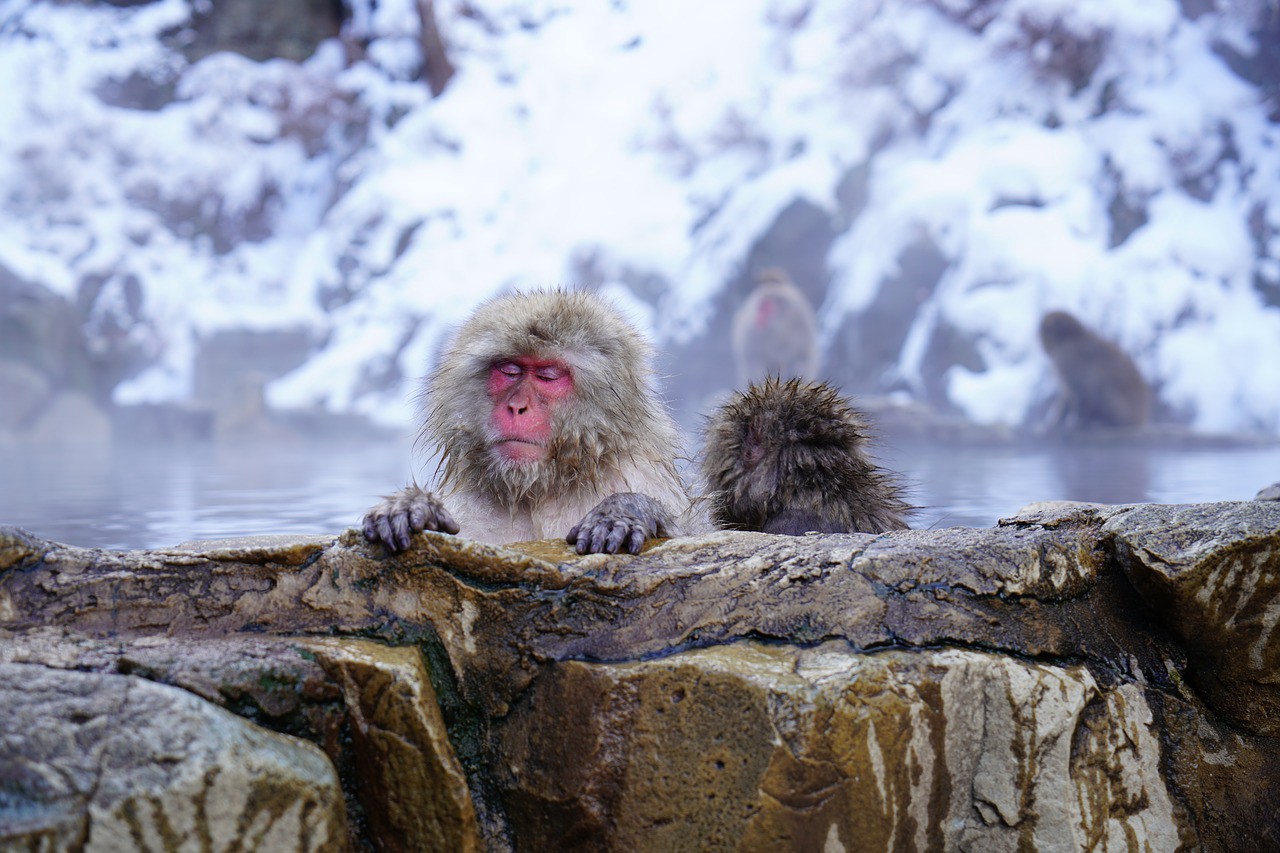
The world famous Snow Monkeys can be found at Jigokudani Monkey Park (地獄谷野猿公苑) in Nagano Prefecture. It’s one of the most well-known iconic views of “Winter in Japan” and uniquely more popular among foreign visitors than Japanese.
In fact, the monkeys can be seen through the year, however, the iconic view of the monkeys bathing in the snow Onsen can be captured only during this time of the year. There are several Onsen spots in the surrounding area such as Shibu or Yudanaka, and it’s recommended to stay over for 1–2 nights along your visit, however, it is possible to visit this Jigokudani Onsen Park for a day trip from Tokyo travelling by Shinkansen (bullet train).
Map: http://bit.ly/2DHldf4
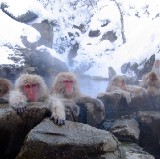
More one-day trip destinations from Tokyo!
▶ Best Day Trips from Tokyo
▶ One Day Trips from Tokyo in Spring ▶ One Day Trips from Tokyo in Summer ▶ One Day Trips from Tokyo in Autumn
How did you enjoy the list?? For more ideas about travelling in Japan in winter, please check out these articles listed below, too!

▽Related Articles ▽
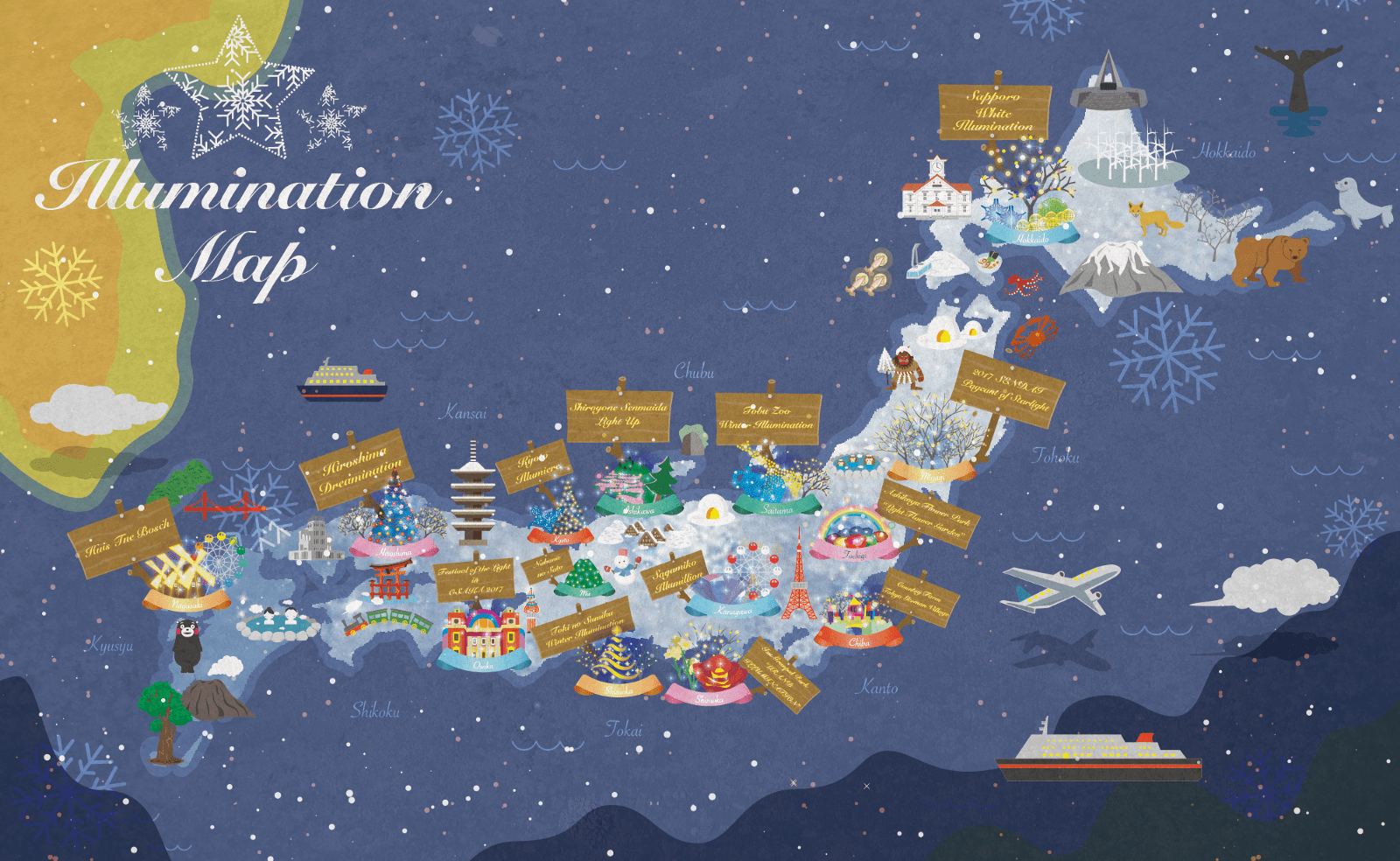
▼Editor’s Picks▼
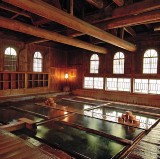
"The world is my oyster" A globetrotter 🌎 and hammock lover 🌞 who loves taking adventures to fuel wanderlust. Born and raised in Japan, I have lived and explored countries around the world. As a resident of Japan and based on my travel experience, I'd love to share my knowledge and tips for travelling Japan with my readers. I hope my story will help you plan your trip and have a great time in Japan 🌈
- Central Japan
- Things to Do

The 10 Best Winter Day Trips From Tokyo
If you’re excited about your trip to Tokyo, you can need to know there are plenty of attractions you could also visit outside city limits. Tokyo itself can feel isolating during the winters with its tall empty skyscrapers.
The best winter day trips from Tokyo can be a solution when you simply want to escape to the countryside.
High-speed trains cover Japan and you need to leverage this almost unmatched advantage over other countries. For example, you can reach Kyoto within 130 minutes with a high-speed Nozomi train.
Since you can easily travel fast around the country, here are the best locations to wander off for a day outside Tokyo.
Table of Contents
10. Fukushima

Traveling time from Tokyo: 1 hour and 56 minutes by train
Not everybody wants to see a devastated area such as Fukushima. But there’s a lot to learn by booking a tour of Fukushima, an area devastated by tsunamis and earthquakes. While most of the area has been regenerated, signs of the devastation are still visible today. Visiting it is taking part in a small piece of the history of natural disasters with a positive spin in how the locals managed to rebuild their lives.
9. Enoshima
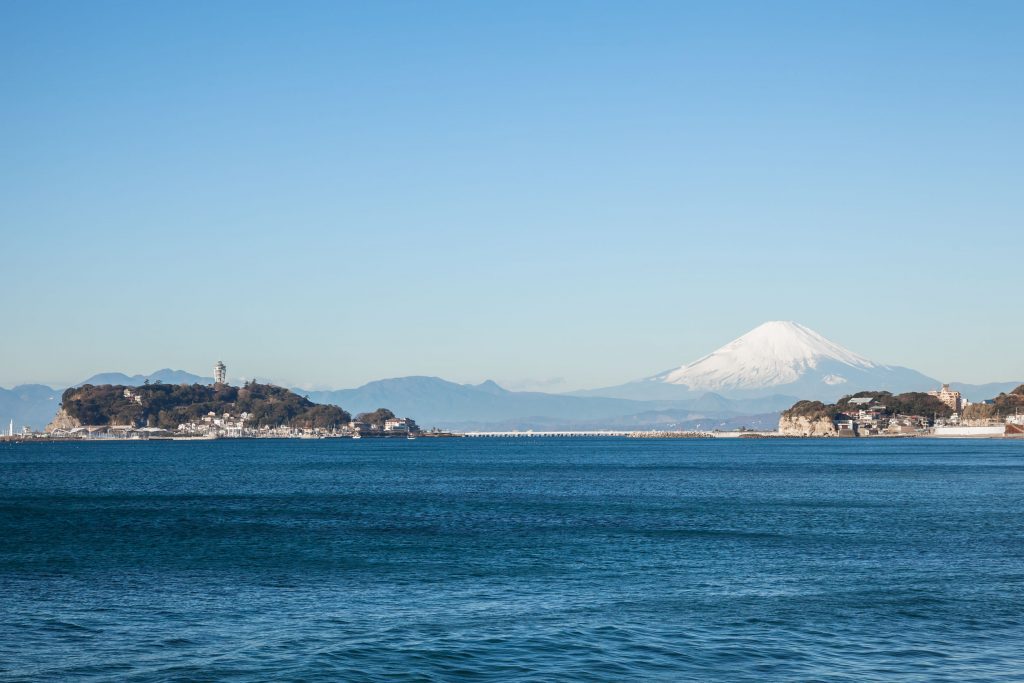
Traveling time from Tokyo: 1 hour and 22 minutes by train
Enoshima is a small island only 60km out of Tokyo. It has a few natural attractions and a few shrines to relax after the hustle and bustle in Tokyo. The area is mostly known for its natural beaches. If you want tranquil walks on the beach during the winter, it is the closest to Tokyo and you can spend a whole day out relaxing in nature without spending any money.
8. Yokohama
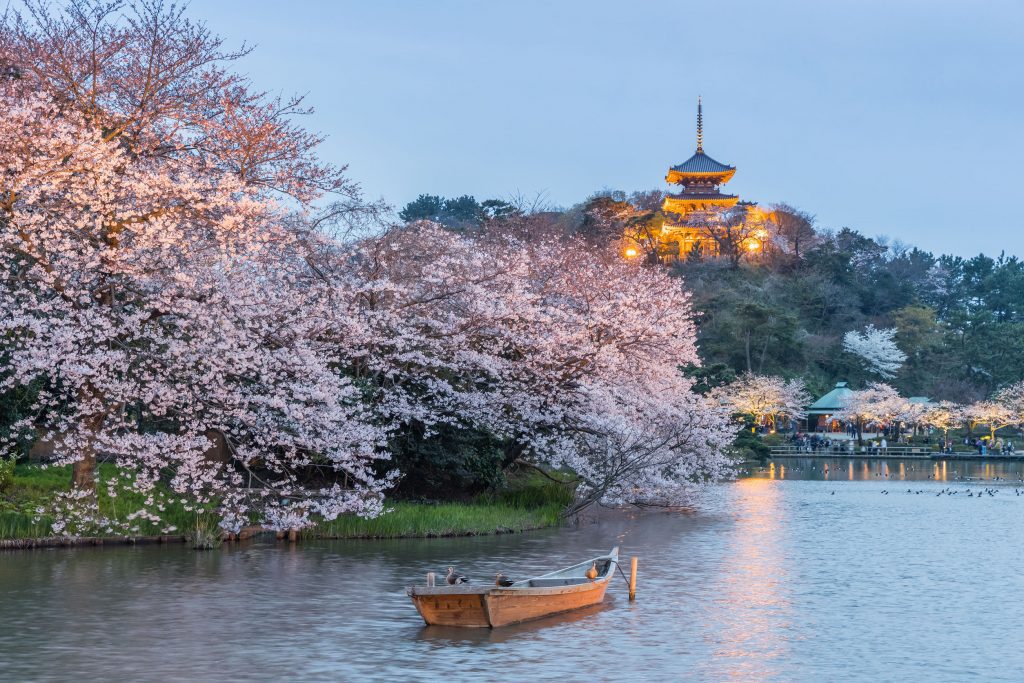
Traveling time from Tokyo: 18 minutes by train
You can drink a cup of coffee on the train and be in Yokohama, a city populated by 3 million people. It can be a break from the busier Tokyo and it certainly opens up new horizons with interesting attractions.
Once in Yokohama, you can visit the Sankeien Gardens or the new city center. There’s even a cupnoodles museum to visit here which may be an interesting experience for gourmand tourists.
7. Kawaguchiko, Mount Fiji

Traveling time from Tokyo: 2 hours and 29 minutes by train
If you’ve been reading Japanese literature, you know how important Mount Fiji is to the locals. You’ve probably seen it across the web as its one of the most photographed mountains around the world.
One of the best spots to admire this natural wonder is in Kawaguchiko. Since you’ll be traveling during the winter, you’ll be able to see the snowy peaks of the mountain from here. There’s even a famous lake where the reflection of the mountain has helped create some of the best Mount Fuji photos and paintings.
6. Nikkō Temples
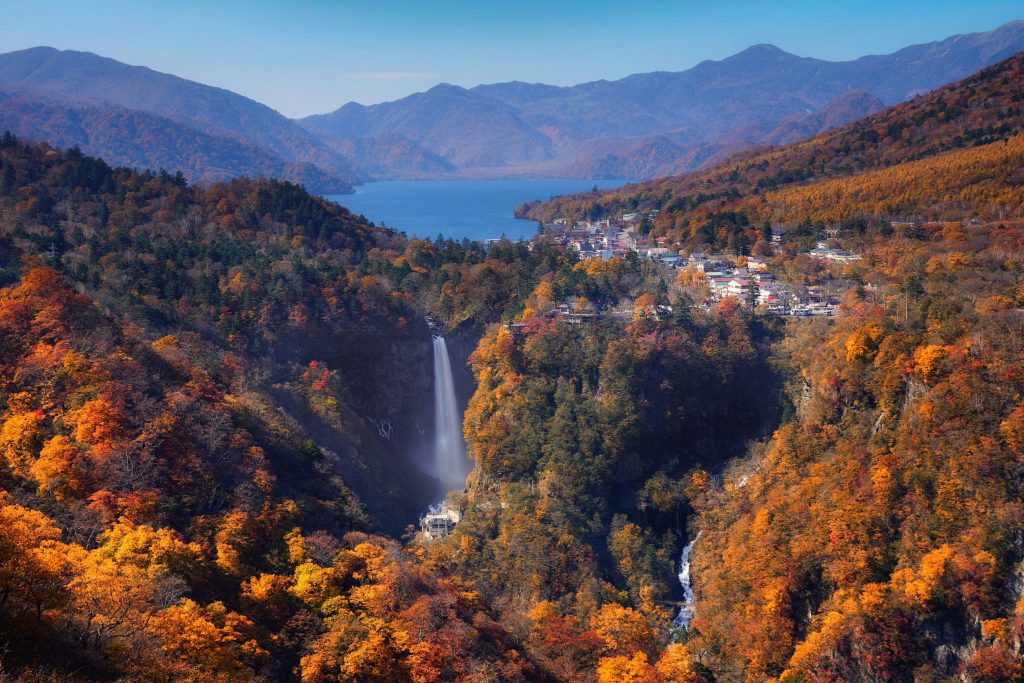
Traveling time from Tokyo: 1 hour and 51 minutes
Only a short train ride North of the capital is the Nikkō city, in the vicinity of the Nikkō forest. It’s here that a unique cluster of over 100 shrines form a UNESCO-protected area that helps you understand the local culture further.
It can be one of the best places to meditate around the country due to its silent natural surroundings. But still, you can see amazing natural attractions here such as the Kegon Waterfall.
5. Kamakura
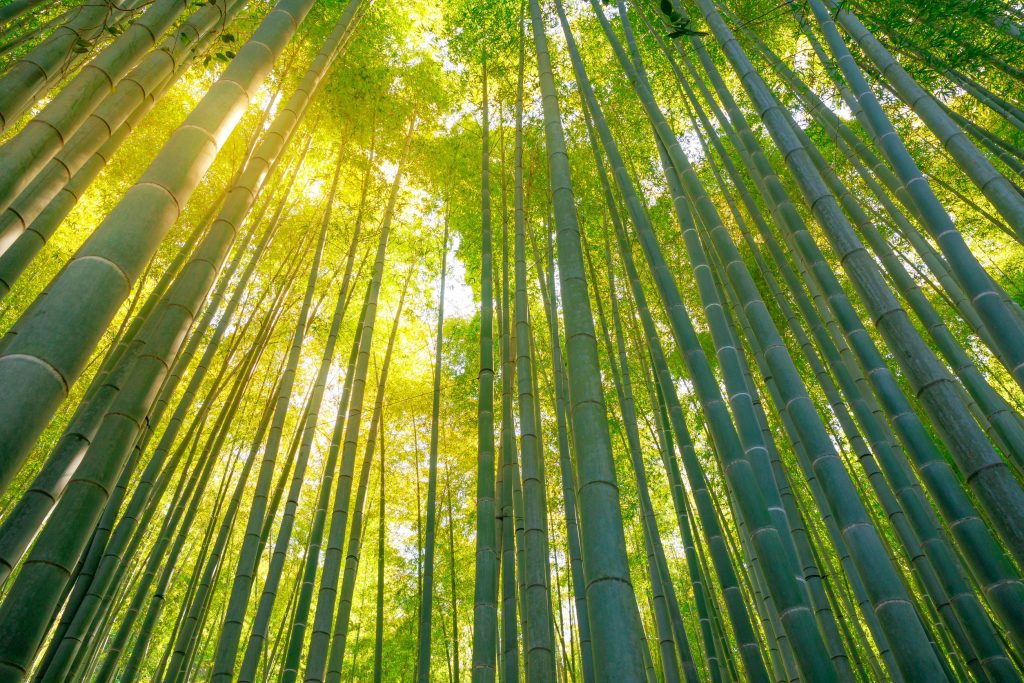
Traveling time from Tokyo: 49 minutes by train
Kamakura used to be Japan capital and this is seen in its historic attractions. It has a significant religious role in the history of the country as it hosts large Budha statues as well as hundreds of small shrines. Since it’s close to Tokyo, it can be visited within a day. It’s worth booking a place with a local tour guide to learn a bit more about the significance of this small city.
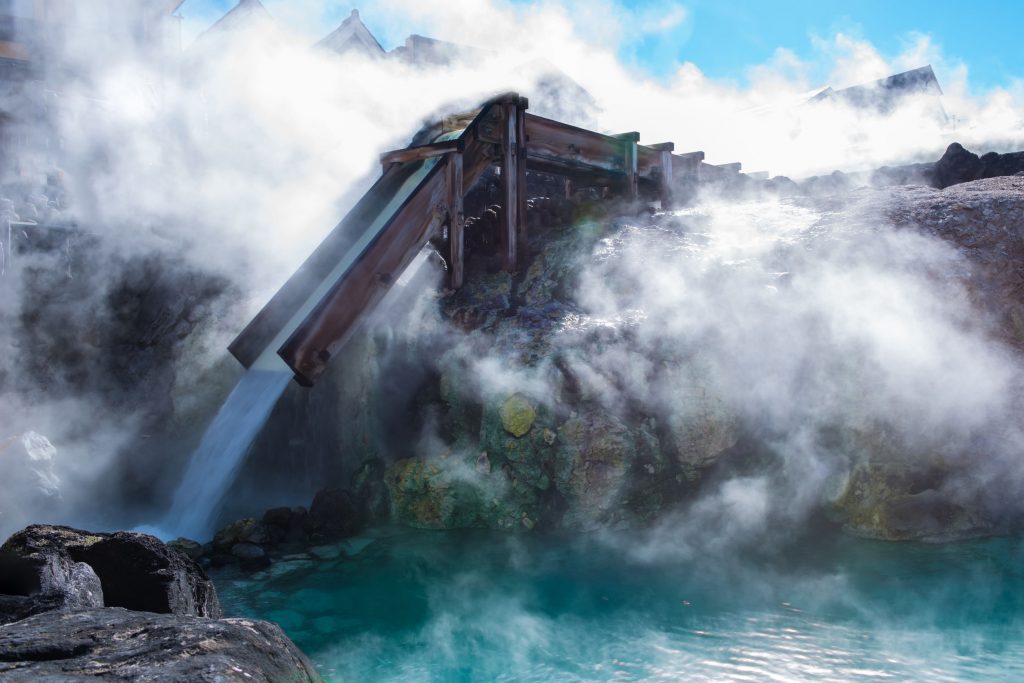
Traveling time from Tokyo: 3 hours and 10 minutes
Japan is often categorized as a country with attractive hot springs. Kusatsu is one of the most popular hot spring towns you can visit from Tokyo. Even if you’re visiting during the winter, you can still enjoy the feeling of dipping your feet in hot springs. Indoor hot springs also allows you to take full hot baths which help you warm up during cold winter days.
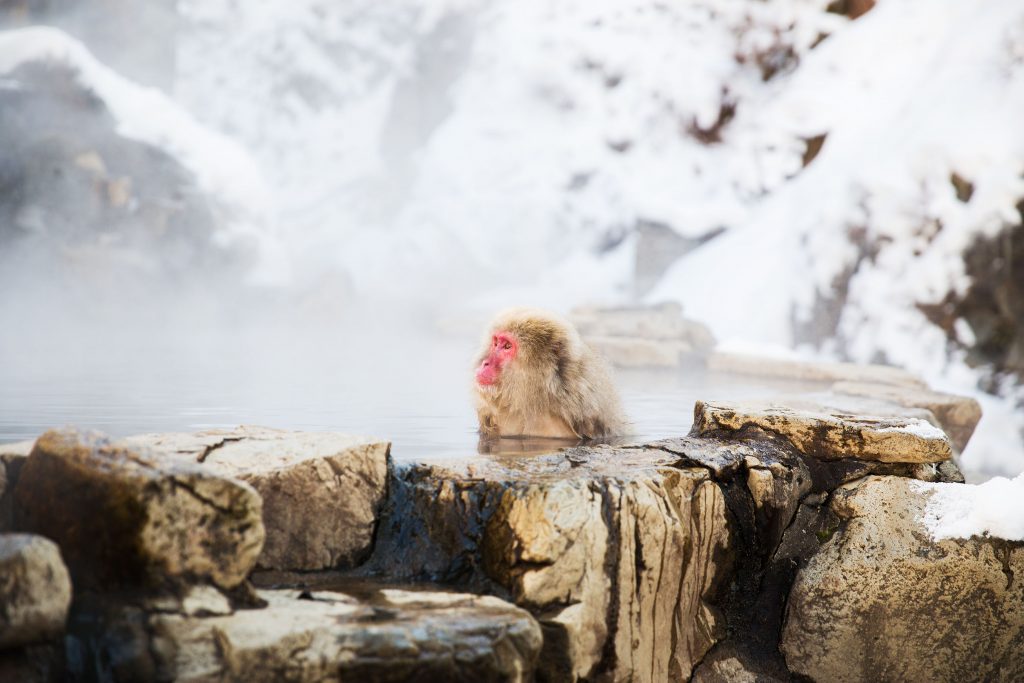
Traveling time from Tokyo: 1 hour and 30 minutes by train
If you’ve ever watched Discovery Channel, you’ve seen the famous Nagano winter monkeys. They can be admired in Nagano during the winter when they love to take long hot baths in the region’s natural hot springs. There are even a couple of short hiking trails (around 1.6km) you can enjoy.
Food includes a choice of delicious ramen noodles sold by local restaurants. However, the best part about Nagano is you don’t need any special gear to reach the place as you can even rent hiking boots from one of the specialized small shops in the area.
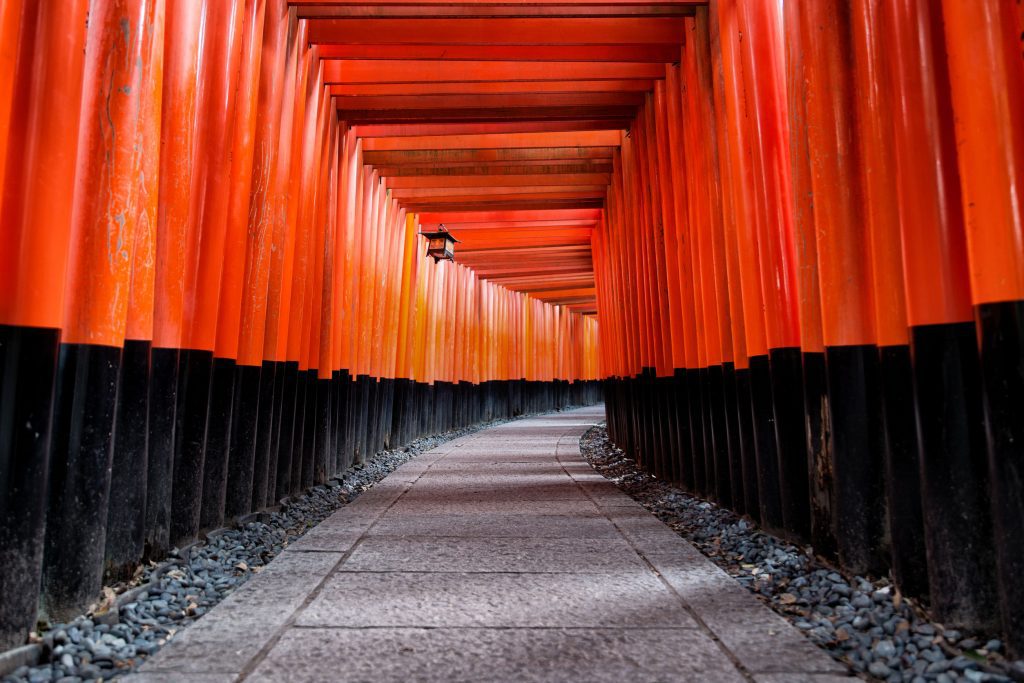
Traveling time from Tokyo: 2 hours and 8 minutes by train
Kyoto is now a modern city that hosts multiple high-rank universities. But the city itself is known for its well-preserved pieces of history. When you reach it, you’ll be surprised at how traditional it looks in comparison to Tokyo.
You can visit the famous Nijo Castle and the Fushimi-Inhari Taisha Shrine in Kyoto. You can also visit the Kiyomizu-dera Temple built in 1663. This temple is known for being dedicated to the Buddhist Goddess of Mercy.
1. Tokyo Disneyland
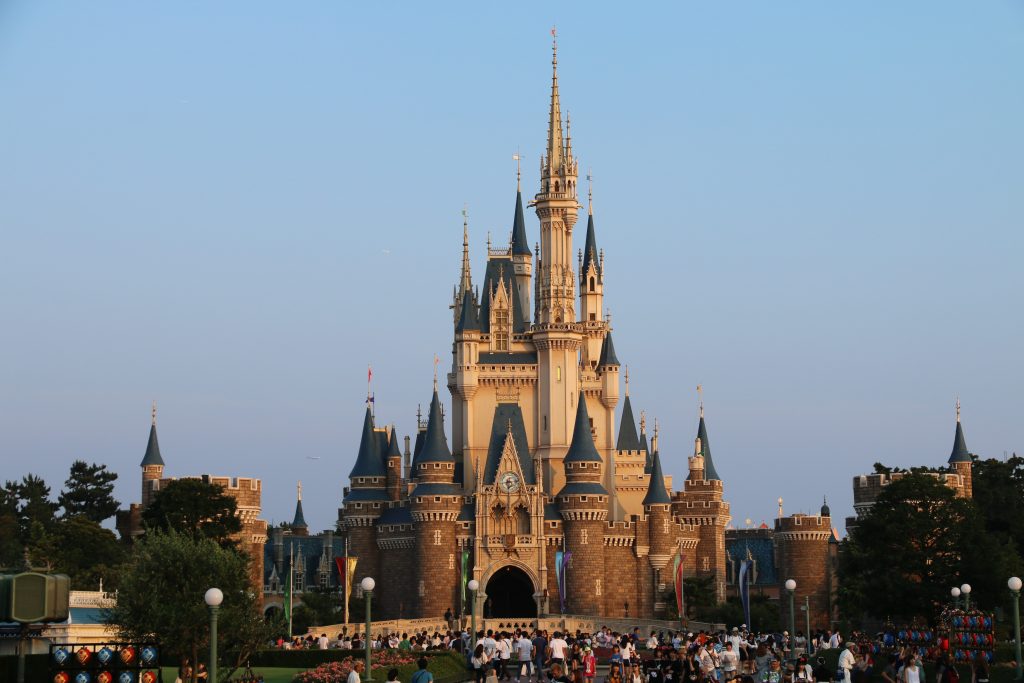
Traveling time from Tokyo: 39 minutes
Situated on the outskirts of the city, Tokyo Disneyland is one of the region’s most popular tourist attractions. It’s the first Disneyland to be built outside the US. While it resembles Disneyland California, it has a charm of its own.
Make sure to get there early as it’s popular with the locals. It is estimated, that nearly 17 million people visit Tokyo Disneyland every year. But getting there early shouldn’t be a problem as you can take a train, book a taxi, or even cycle to its premises.
Related posts:


4 Fun Winter Day Trips From Tokyo: Onsen, Snow & More! (2022 Special)
Apart from the odd couple of days in January or February Tokyo remains pretty snow-free throughout the winter , which can be a bit disappointing if you are looking forward to a white Christmas during your trip! However, never fear as snow is never far away and it is completely doable to have a fantastic day trip out in the snow. So whether you have a hankering for making some snow angels, getting into a snowball fight with your kids, or just fancy a lazy day of skiing , areas close to Tokyo have everything you need, and you will still be able to get back to your hotel in the evening for a nice hot drink.
1. Yuzawa – A Skier’s Paradise
2. mt. fuji area – the iconic snow-covered mountain of japan, 3. hakone – the land of onsen, 4. nikko – traditional japanese temples and shrines amongst snowy mountains.
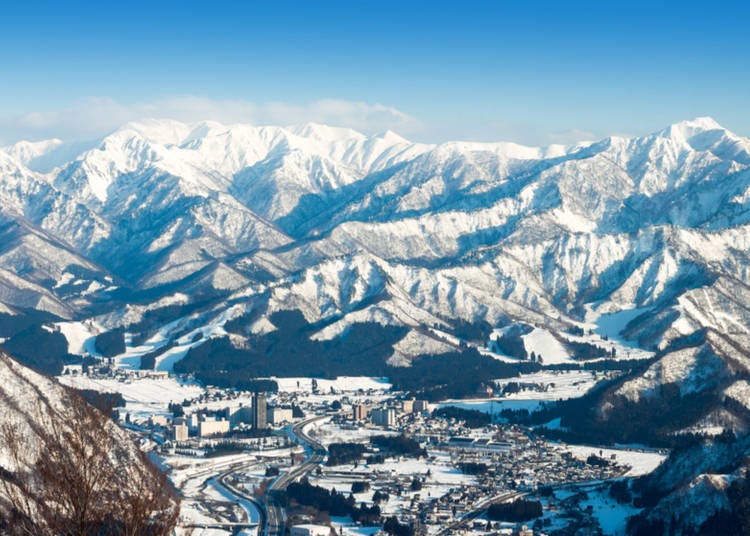
The main reason Tokyoites head to the Yuzawa area is for a spot of skiing or snowboarding , the season starts from mid-December and finishes around early May. You can rent a ski or snowboarding set (skis, ski boots and ski poles for the ski set, and a snowboard and snowboard boots for the snowboard set) for just ¥5,000 for a day (¥3,000 for children aged 0-12) and pretty soon you will be hitting the slopes! Gala Yuzawa is not just about snow though, you can go on a snowmobile sleigh tour for ¥500, experience a guide tour wearing traditional Japanese snow shoes for ¥2,000, or go on a snow trekking adventure for ¥3,000. For families there is a great Snow Enjoyment Park which is absolutely brilliant for kids to play in the snow, to get here you need to ride a gondola up the mountain and this costs ¥1,800 for an adult and ¥900 for a child. A great midday activity, which is more for adults, is to visit the Shirataki Sake Brewery which is just a 5 minute walk from Gala Yuzawa train station. If you want to go on a tour then you need to make a reservation in advance, but if you just want to drop in for a taste of sake then their showroom is open 10am to 12pm and 1pm to 3pm. There is no charge for entry, but please keep in mind that you have to be over 20 to drink alcohol. Gala Yuzawa is actually just one out of about 20 ski resorts in this area, and most of them even have onsen hot springs ! After a day in the snow followed by a relaxing, soothing bath in an onsen you will find yourself nodding off on the train trip back to Tokyo. It is a 90 minute train journey from Tokyo Station to Echigo Yuzawa Station and it can be reached by using the Joetsu Shinkansen which costs ¥6,500 one way. If you have a JR Rail Pass or Tokyo Wide Pass then you can ride this Shinkansen – the Tokyo Wide Pass offers a lot of value for money as it is valid for three days and only costs ¥10,000. It is also possible to get here via a highway bus from Ikebukuro Station to Yuzawa , this costs ¥3000 one way but takes three hours.
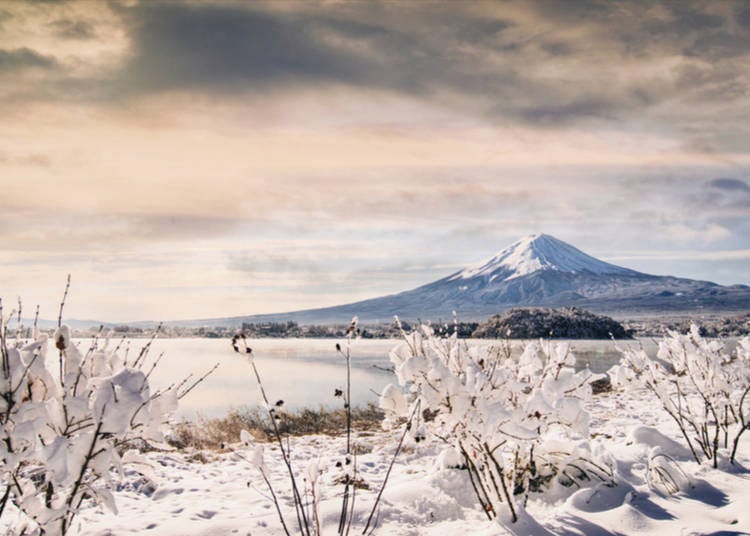
When most people think of Japan and snow probably the first image that will come to mind is that of Mt. Fuji! A trip to Lake Kawaguchiko - the area of Mt. Fuji - allows tourists to combine two great experiences into one, not only can you marvel at this very dignified mountain , you can also enjoy the very scenic view of a snow covered landscape . If you have to you can dive into the snow and make a snow angel too. Although the mountain itself is off-limits to the public during the winter , around the area of the five lakes you can experience ice skating and even ice fishing, while the Saiko Winter Festival takes place in the Wild Bird Forest Park . From Kawaguchiko Station take a bus bound for Saiko or Aokigahara, and get off at Saikoyachounomori Park . On the southern slope of Mt. Fuji from early October you may come across a yeti – not an actual yeti mind you! The Snow Resort Yeti is a small ski slope that is open until early spring . During the regular season a day ticket costs ¥4,000 (¥3,000 for children) and there are separate fees for renting different items like skis and clothing. Throughout the season it is also possible to go night skiing ! You can get here by bus from JR Gotemba Station, this costs ¥1,170 one way, but buses are infrequent. A JR Limited Express train to Otsuki (Azusa or Kaji) takes about 90 minutes from Shinjuku (From Tokyo Station you can get to Shinjuku Station in 15 minutes by using the Chuo Line – this costs ¥200) and costs ¥1,320 one way, or a JR Chuo express train can do the same journey in an hour and costs ¥2,570. From Otsuki you will need to take a Fujikyuko Line train to Kawaguchiko Station, this takes another 55 minutes and costs ¥1,140. If you are travelling with a JR Rail Pass then you can get to Otsuki with the pass but will have to pay for the Fujikyuko train, however if you are travelling with a Tokyo Wide Pass then the whole journey is free. By bus you can get to Kawaguchiko Station from Tokyo Station for ¥1,800 one way and the journey takes about two hours. If travelling onward to Fuji Subaru 5th Station (the base of Mt.Fuji ) you will need to take a local bus which will get you there in about 50 minutes for ¥1,500 one way.
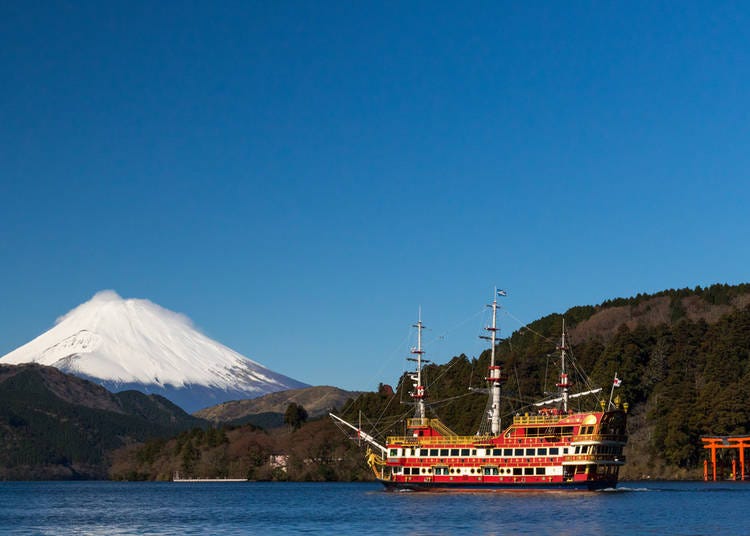
There are other options for enjoying snow and Mt. Fuji, along with a nice relaxing onsen . Hakone -Yumoto is the gateway to Hakone , and with good reason! From this lovely little town you can get to anywhere in Hakone , and many areas also provide a view of Mt. Fuji – on clear days – as well as plenty of snow covered landscapes . However, if you are just looking for a day of snow and onsens then Hakone -Yumoto is your best bet, it is a really scenic town with hills and a river , so you can go for a stroll in the snow and when you are ready then look out for one of the 40 onsens located near the station. The water in this area is known for its high quality, so you can really enjoy a great bath. If you are more in the mood for beautiful snowy scenery, but from the comfort of a warm seat, then take the Hakone Tozan train from Hakone -Yumoto to Gora (37-minute ride ¥400 one way) and enjoy the beauty of the surrounding area as it gradually ascends Mt. Hakone – it is gorgeous when covered in snow, but you can also enjoy the cherry blossoms in spring and the multicolored fall leaves in autumn . From Gora you can take a cable car which steeply ascends to Sounzan Station, it takes 9 minutes and costs ¥420 one way (¥210 for children). At Sounzan you can step into some really deep snow as well as take some amazing panoramic photos! If you aren’t satisfied enough with what you have seen so far (impossible!) you can take another cable car, the Hakone Ropeway, which descends back down to Lake Ashi. This cable car not only offers beautiful views of Mt.Fuji and the lake , but also passes by Owakudani, a hot steaming volcano. It costs ¥900 one way (¥450 for children) and takes 30 minutes. To get to Hakone -Yumoto from Tokyo by taking the Shinkansen to Odawara Station (¥3,220 - 35 minutes), and then the Hakone Tozan Railway line to Hakone -Yumoto (¥310 – 15 minutes). Alternatively you can take the Tokaido Line to Odawara Station and then the Hakone Tozan Line, this takes an hour and 47 minutes and costs ¥1,800 one way.
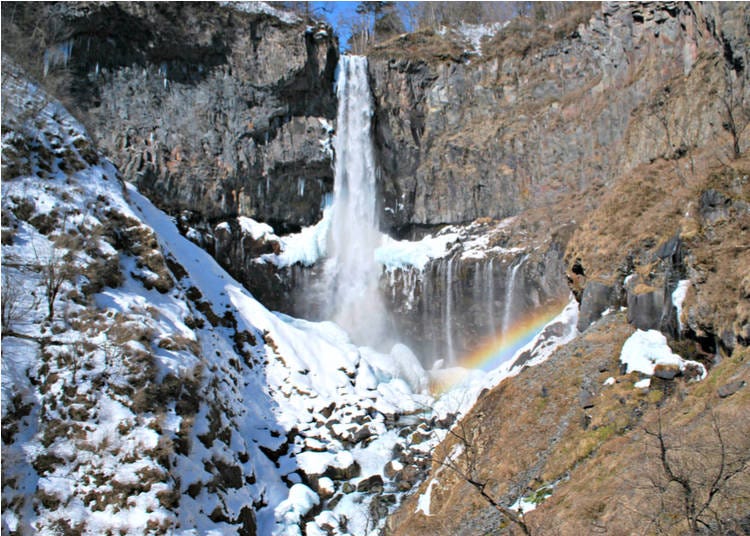
Nikko is a sleepy town popular with tourists because of its many temples and shrines , and because it is up amongst the mountains in the winter it becomes a dreamy snow covered town with landscapes akin to scenes from the anime Mushi-Shi. Japanese temples and shrines are lovely to look at any time, but when they are covered in snow one can feel an enhanced effect – as if the cold weather and snow somehow make them that much more peaceful. As you visit each temple or shrine you are left with a deep impression of silence only broken by the sound of your footsteps sinking into the deep snow. The Shinkyo Bridge is a UNESCO World Heritage site and the red color of the bridge really stands out against the surrounding white of the snow. If you have any free time then try taking a bus from Tobu Nikko Station to Chuzenjiko Onsen , it takes about 50 minutes and costs ¥1,150 one way. From this onsen you can see Lake Chuzenji, which is an absolutely stunning sight in the winter , not only because it is surrounded by imposing snow covered mountains , but also because strong winds blow the lake ’s water onto nearby trees and creates a kind of ice art! Nearby here is also the famous Kegon Falls, which in winter becomes a stunning sight, draped in ice. The easiest way to get to Nikko from Tokyo Station is to take the Shinkansen to Utsunomiya Station, and then the Nikko Line to Nikko Station (49 minutes - ¥5,580). If you can, try some gyoza in Utsunomiya – it is really famous for it! Alternatively take a Takasaki Line train to Ueno and then change to the Ginza Line and get off at Asakusa (15 minutes - ¥330) and then you can take a Nikko -Kinugawa train to Tobu- Nikko Station, this takes an hour and 55 minutes and costs ¥2,700 one way). ~ (Prices and information are based on 2018 data) ~
- Area Tokyo Station
- Category Winter
Share this article.
Limited time offer: 10% discount coupons available now!
Recommended places for you.
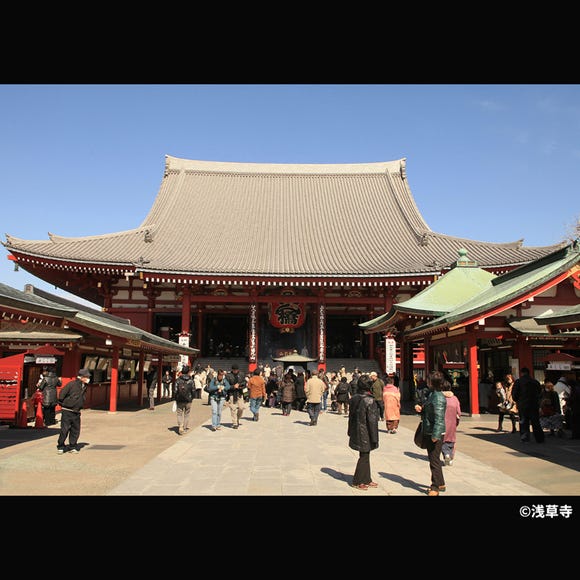
Senso-ji Temple
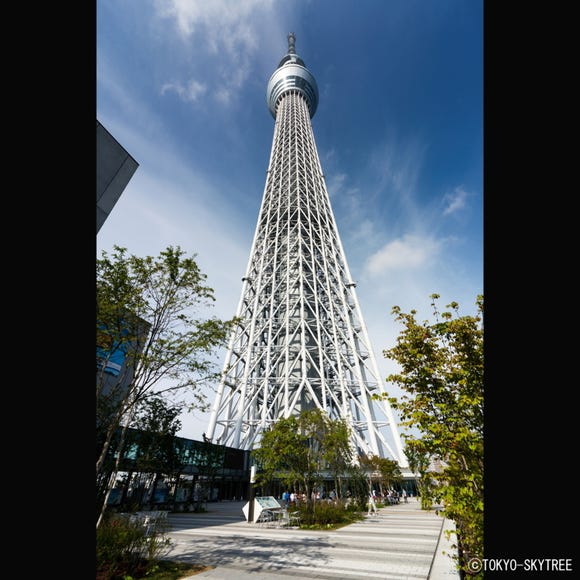
TOKYO SKYTREE®
Ryogoku / TOKYO SKYTREE(R)

Tokyo Metropolitan Government
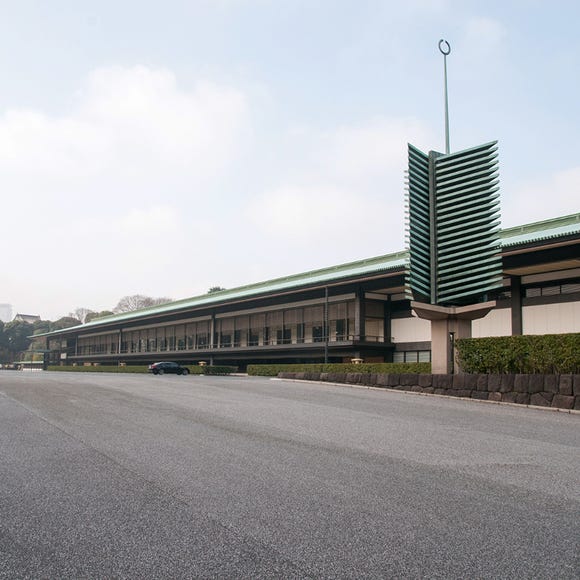
The Imperial Palace
Other Architecture
Tokyo Station
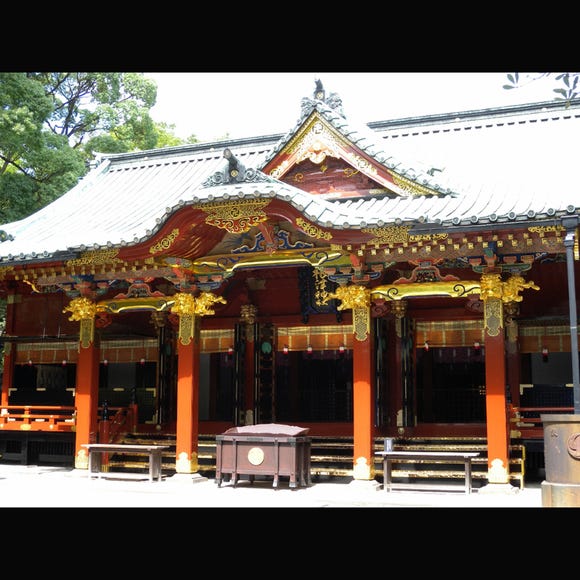
Nezu Shrine
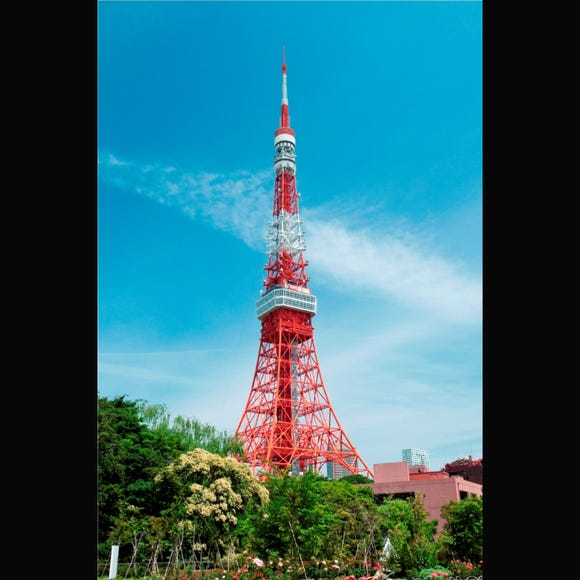
Tokyo Tower

Step Into the Story: Inside Immersive Fort Tokyo

Professional Photos Even Beginners Can Shoot! 10 Tips for Taking Stunning Cherry Blossom Photos

Where to Eat in Yokohama: 10 Must-Try Restaurants for Yakiniku, Izakayas, Unique Dining & More

15 Must-Try Restaurants in Ikebukuro: From Aged Yakiniku to All-You-Can-Eat Sushi, Plus Adorable Animal Cafés

15 Must-Try Sushi Restaurants in Tokyo (+5 Trending Areas to Explore for Foodies)

Where to Eat in Shibuya: 14 Must-Try Restaurants for Yakiniku, Sushi, Izakayas, Cafes and More
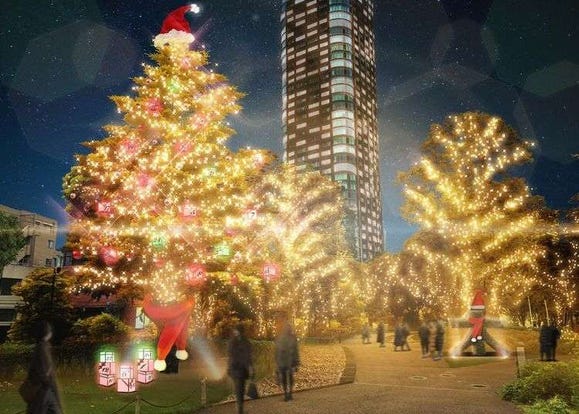
7 Best Winter Events in Tokyo: Chilly Evenings, Shiny Holidays (November/December)
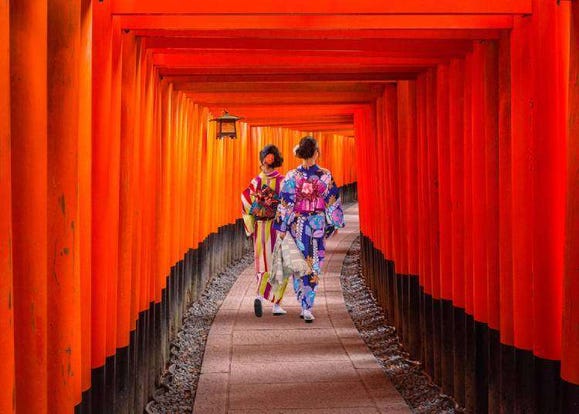
10 Major Cities in Japan: Which One Should Top Your Bucket List?
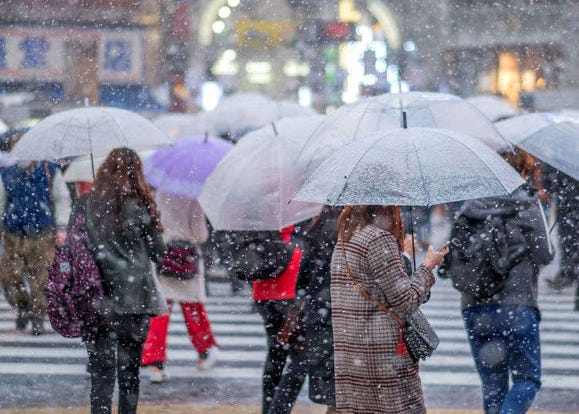
Planning Your Japan Getaway? 10 Tips for Travelling to Tokyo in Winter
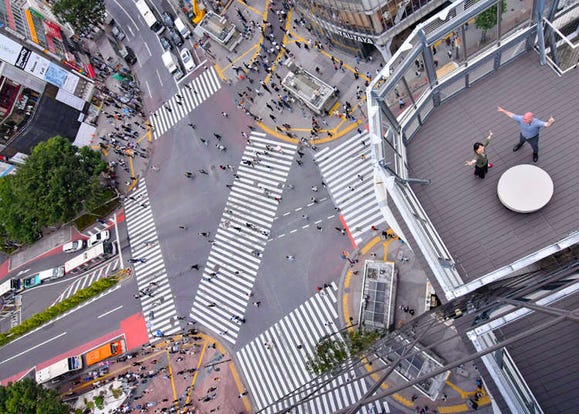
Shibuya Crossing: Getting the Best View from the Deck at Magnet by Shibuya109!
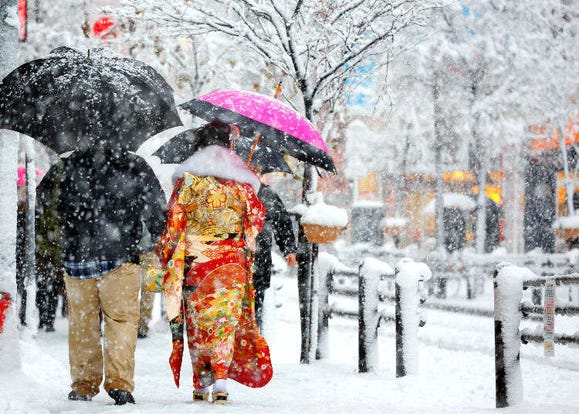
Does It Snow in Tokyo? Tokyo Snowfall Probability Based on Amount and Number of Snow Days
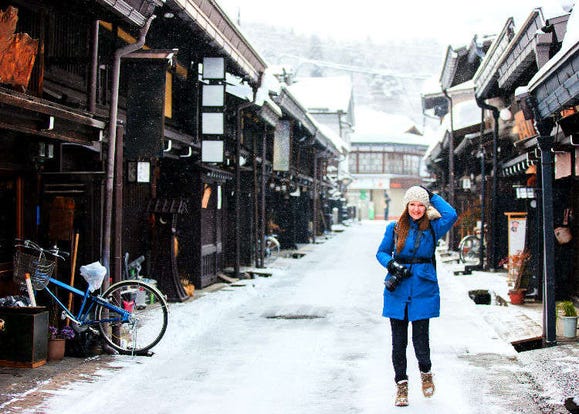
10 Reasons We Love Winter in Tokyo!
- #best ramen tokyo
- #what to buy in ameyoko
- #what to bring to japan
- #new years in tokyo
- #best izakaya shinjuku
- #things to do tokyo
- #japanese nail trends
- #what to do in odaiba
- #onsen tattoo friendly tokyo
- #best sushi ginza
- #japanese convenience store snacks
- #best yakiniku shibuya
- #japanese fashion culture
- #best japanese soft drinks
10 Best Things to Do in Tokyo in Winter
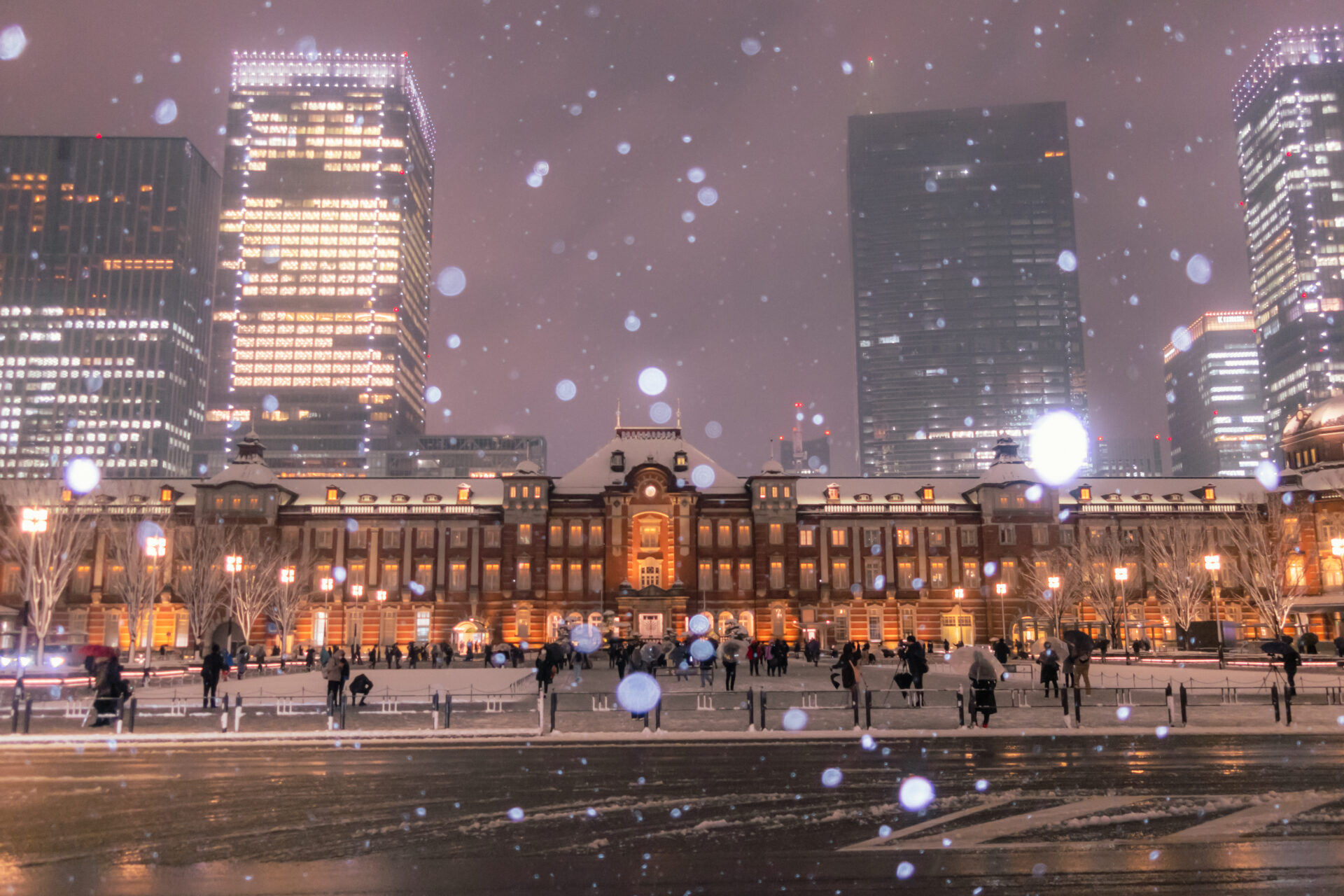
Bryce was born in California, but raised from the age of 3 near Seattle, Washington. He’s been living in Tokyo for about 7 years, and graduated from Temple University, Japan with degrees in economics and international business. He loves traveling of course, but also cooking, snowboarding, some video games as well. His biggest interest is songwriting/music production, more specifically electronic music… (think Skrillex, Marshmello, Daft Punk, etc.) He also has terrible humor as you’ll notice, but he hopes you’ll enjoy it!
This post may contain some affiliate links. When you click through and make a purchase we may receive some commission, at no extra cost to you.
When you consider Tokyo ’s vibrant synergy of old traditions and futuristic elements, the city is already an everyday phenomenon – and during the holidays it becomes a wild and unique display of all things wintery. Among mesmerizing light displays, festivals , fireworks and Christmas markets, there is certainly no shortage of ways to enjoy the colder season. No matter what your idea of winter fun is, you’ll surely find something entertaining to do in Tokyo!
1. See the Illuminations
2. visit tokyo disneyland & disneysea, 3. shop at christmas markets, 4. relax at an onsen, 5. do hatsumode: first shrine or temple visit of the year, 6. go ice skating, 7. take advantage of the sales, 8. watch fireworks with an amazing backdrop, 9. warm up with some ramen, 10. visit the asakusa hagoita fair, japan wonder travel tours in tokyo, other articles you might be interested in.
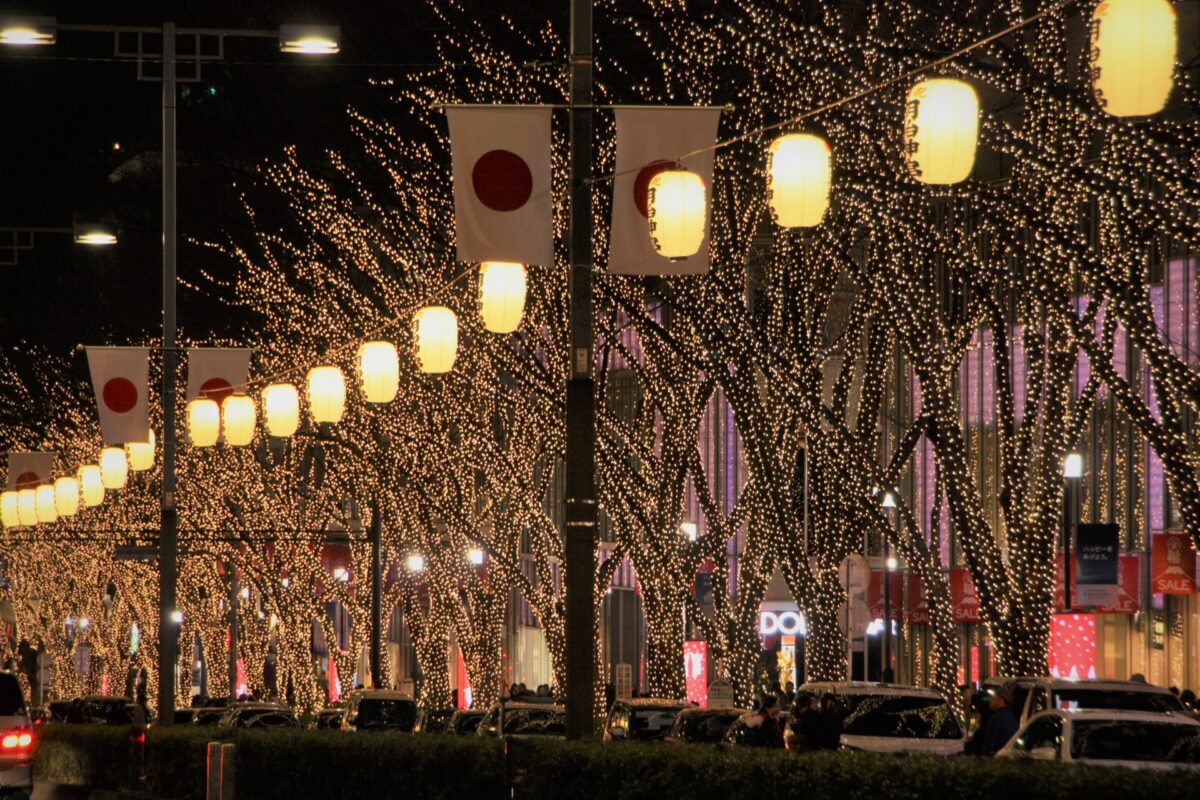
Illuminations are a wonderful part of Japan’s winter culture. Many westerners are accustomed to neighborhoods being lit up during the holidays in their home countries, but Japan takes illuminations to a whole other level! From gardens and tree-lined streets to tall towers and other prominent landmarks, Tokyo illuminations see no limit! There are even entire theme parks, like Yomiuri Land , that partake in the illumination festivities. The city’s magnificent light displays will be hard for you to miss if you plan to venture anywhere in Tokyo during winter.

Christmas in Japan is celebrated quite differently than what is custom in western countries! Rather than focusing on religion or on sharing food and opening gifts with your family, Christmas in Japan is about spending time with your significant other. Christmas is easily one of the biggest holidays in the world, but it’s enjoyed in many different ways, and Disney is one such place to celebrate the season. Head to Tokyo Disney Resort between November 8th and December 25th for a very Christmassy experience!

Get an authentic taste of Germany at one of Tokyo’s Christmas markets ! These bustling events are usually full of stalls selling German delicacies such as sausages, sauerkraut, glühwein (hot wine), pretzels and much more! They’re also a pretty good place to pick up some Christmas gifts, especially the market at the Red Brick Warehouse in Yokohama . This market is probably the most well-known in the Tokyo area, but others, like the ones at Hibiya Park and Yebisu Garden, offer a similar array of fun!
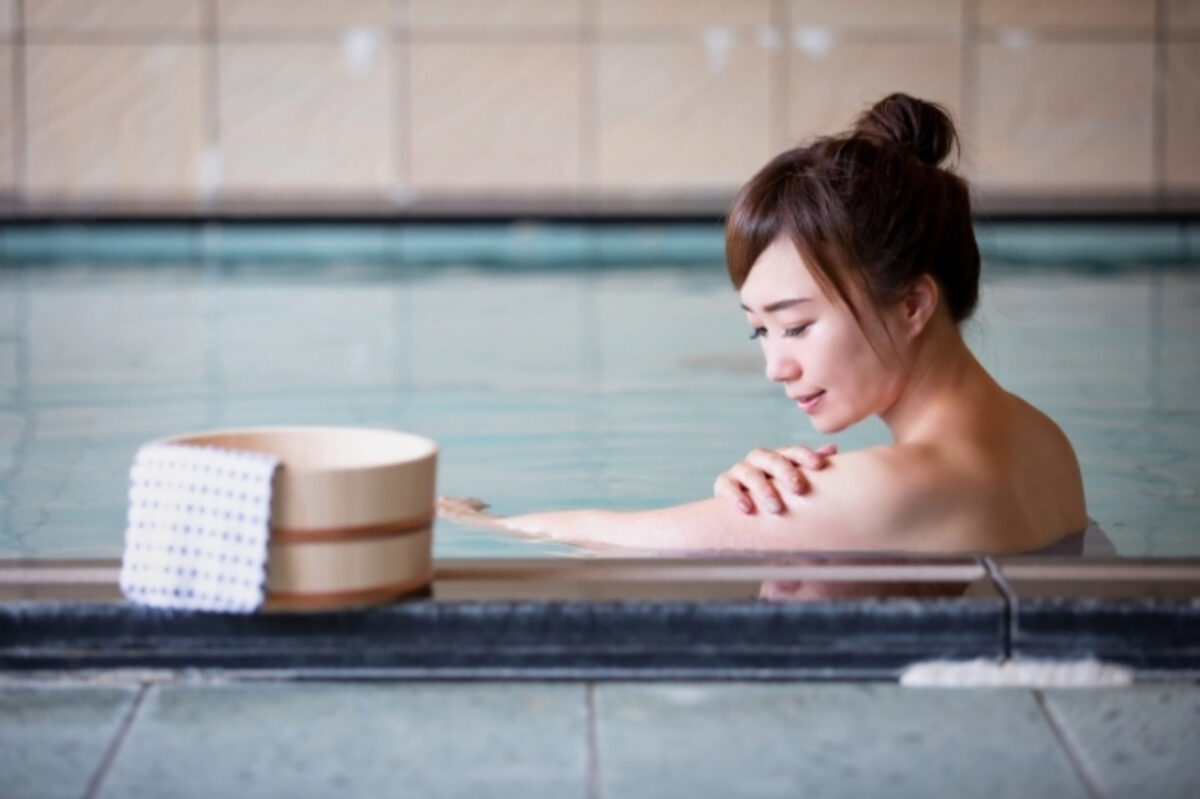
The perfect pairing: chilly weather and a hot bath. Onsen are probably the most relaxing part of Japanese culture, and certainly not a something to be missed in winter. Onsen are basically natural hot springs, which can be found all across Japan. Onsen facilities can be extremely luxurious – traditional ryokan accommodations might even offer sleeping quarters with a private in-room onsen. Some onsen are open-air, boasting incredible views and soothing aesthetic designs. This is the ultimate Japanese way to get warm after a cold day out!
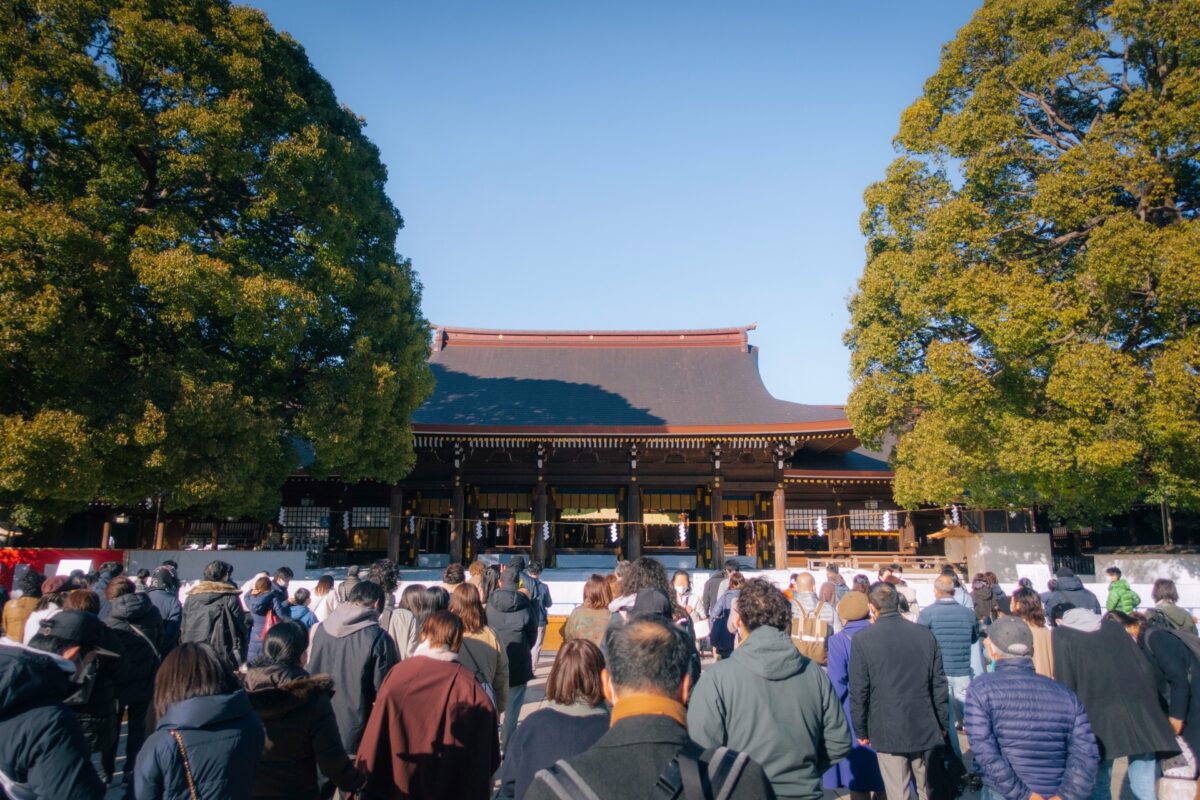
A wholesome, spiritual tradition at the beginning of the year, hatsumode is held at Shinto shrines , and even sometimes Buddhist temples , across the country. The main idea is to show gratitude for the previous year’s good health and successes, and to pray for their continuation in the year to come. You will have no issues finding a place to perform hatsumode as there are many shrines scattered around Tokyo. Some shrines are huge and some extremely popular, but there’s also plenty of quieter, local ones. Whatever your preference is, ring in the new year with a feeling of gratitude and wishes for good fortune in the year to come.
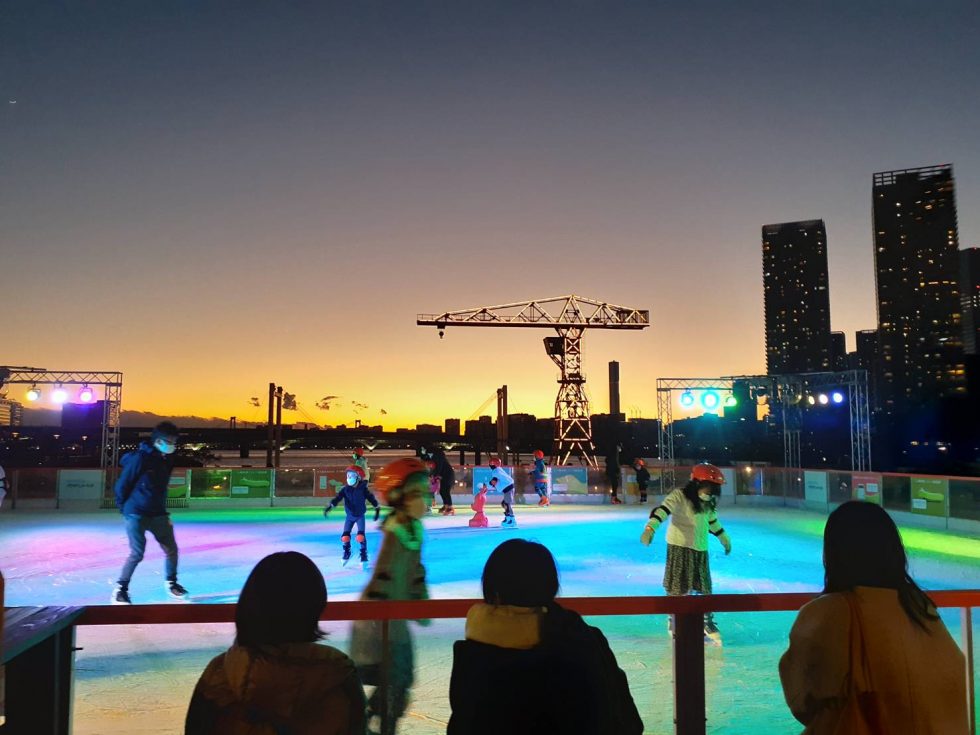
Ice skating can be done at quite a few locations around tokyo! Remember that Christmas market at Red Brick Warehouse in Yokohama? Well, there’s a great ice rink there as well, and it’s super popular and fun! The rinks are usually near some of Tokyo’s great attractions such as SkyTree , Midtown and Meiji Jingu . If you love ice skating, you’ll surely be able to add it to your Tokyo itinerary without having to go out of your way!

Not everyone likes holiday shopping, but for those of you who do, Tokyo is no exception when it comes to seasonal shopping hype! In general, Tokyo is an incredible place to shop, with pretty much everything you could ever imagine, for sale here. Get the perfect gift for your friends, family, or even yourself, with this great list of holiday shopping options ! There are plenty of sales and seasonal bargains up for grabs, so make sure to do your homework so you don’t miss out!
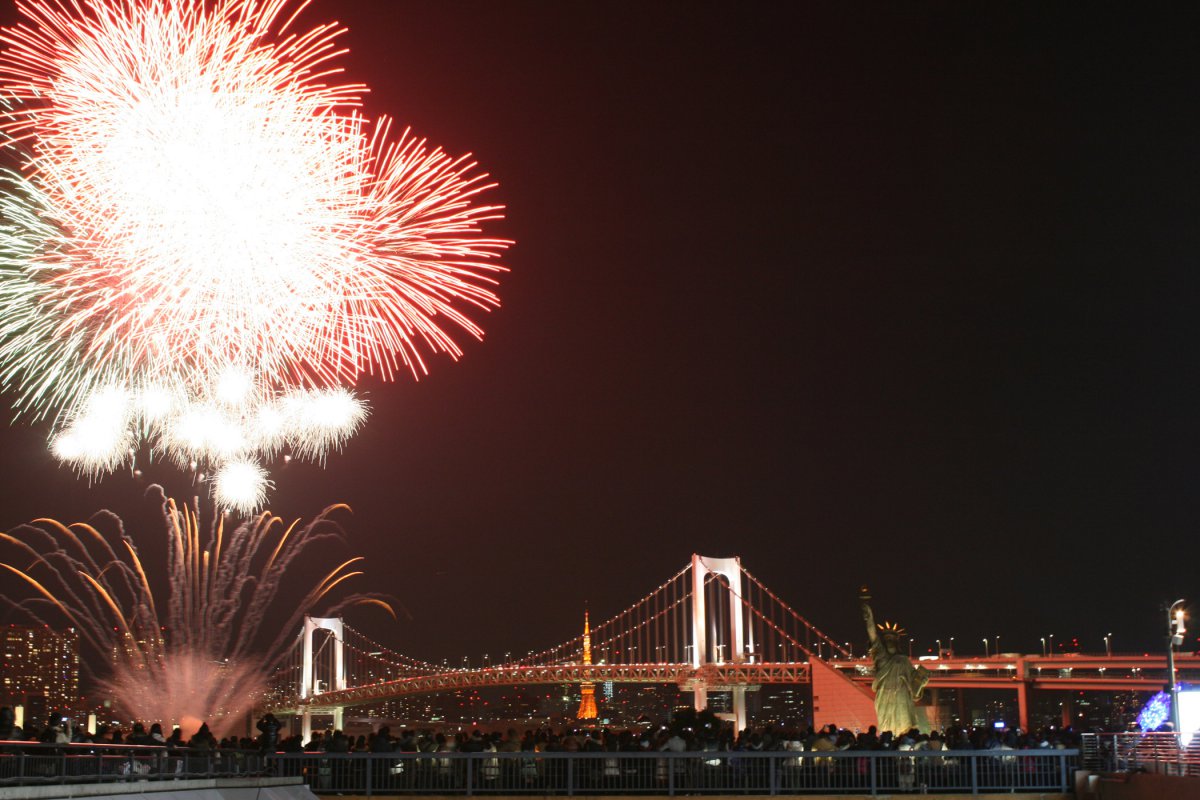
Odaiba is a unique neighborhood constructed on a man-made island in Tokyo Bay, and one great thing about December is that fireworks are set off near Odaiba’s Rainbow Bridge every Saturday. The Rainbow Bridge is an impressive sight in itself, which only gets more epic against a backdrop of fireworks. If you didn’t know already, Japan takes its firework displays very seriously, making every show an amazing experience. The Japanese have a knack for being pretty meticulous, which is emphasized beautifully in these works of art!
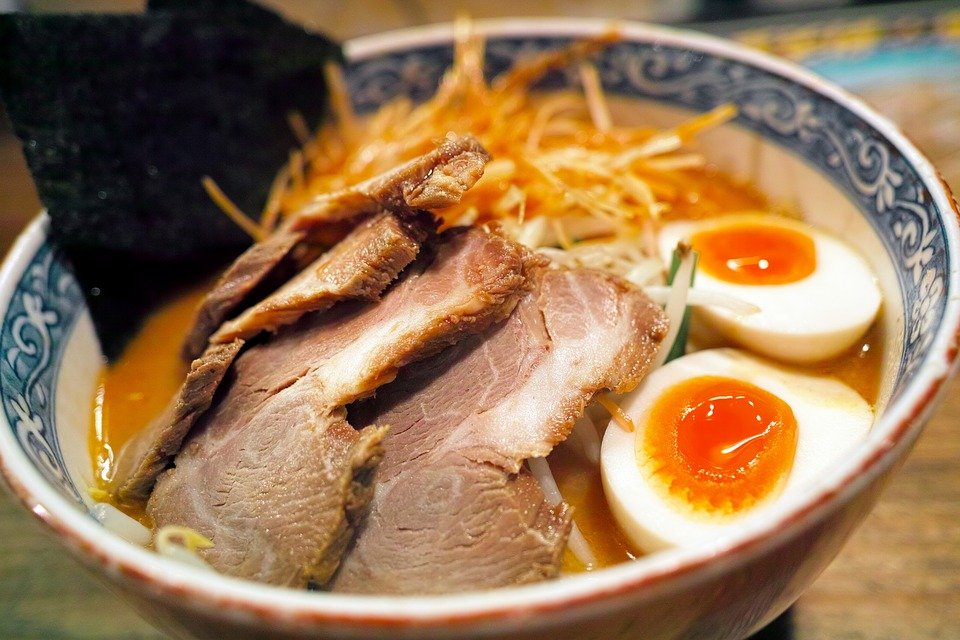
Ramen , originally a Chinese delicacy, has developed its own culture here in Japan. In fact, many people now seem to associate ramen with Japan rather than China, and either way, you definitely have to try it during your trip. Ramen is a tasty, filling noodle dish with incredibly flavorful broth and delicious toppings. There are many different varieties, with some of the main ones being shio (salt), shoyu (soy sauce), tonkotsu (porkbone) and miso (fermented soybean paste). Ramen can be found in every Tokyo neighborhood, and there are even some Michelin-starred ramen restaurants if you want to try the best of the best!
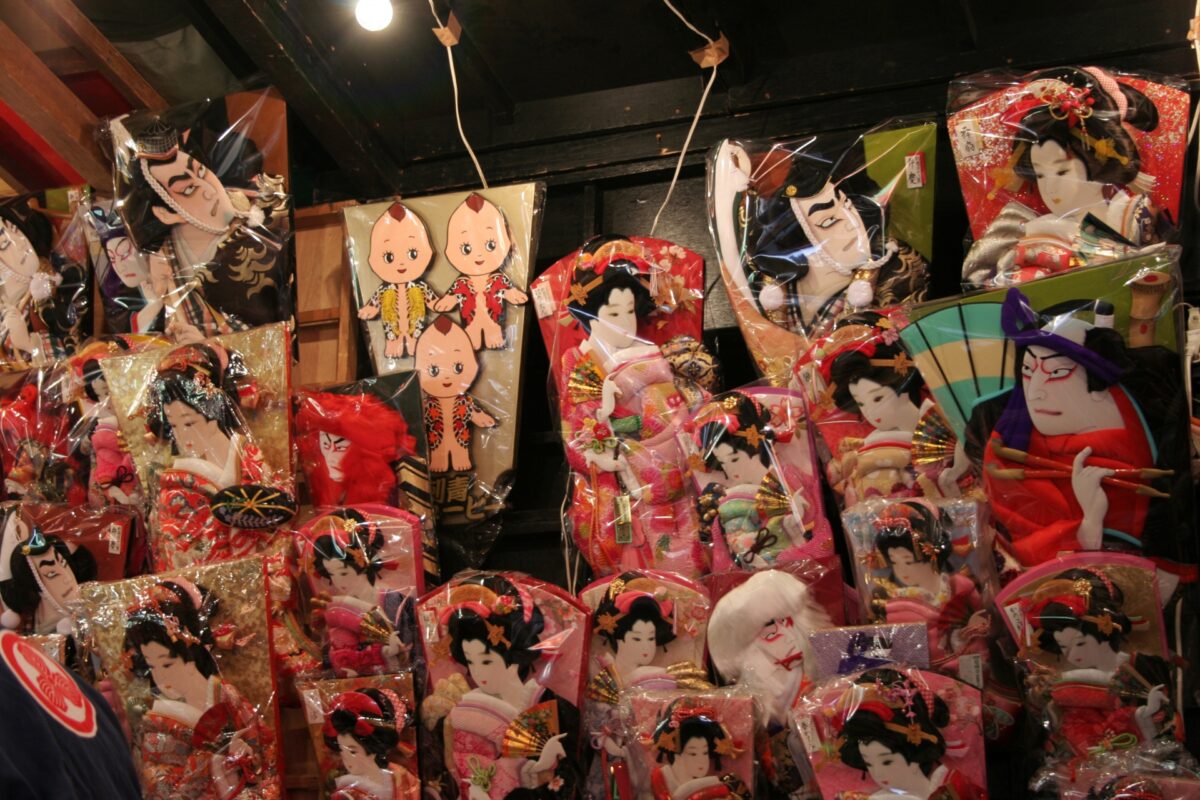
Head over to Asakusa from December 17th to December 19th and check out the Hagoita Fair! Hagoita are wooden paddles with handles that were originally made for a game similar to badminton, but at the fair, they are usually elaborately decorated with images of kabuki actors, movie stars and other celebrities. The hagoita are more decorative than functional nowadays, but they are supposed to bring good luck, so the fair is well-visited. If you go, remember that it’s customary to clap your hands along with the merchant when a sale is made.
Find out the top 10 tours in Tokyo▼

Japan Wonder Travel is a travel agency that offers guided tours throughout Japan. From private walking tours to delicious Food and Drink tours, we can help organize the best tours just for you! If you want to explore Japan and learn more about the history and backstories of each area you are traveling in, our knowledgeable and friendly guides will happily take you to the best spots! In addition, we can provide you with any assistance you may need for your upcoming trip to Japan, so please feel free to contact us if you have any questions or need some help!
▶ Tokyo Tsukiji Fish Market Food and Drink Tour Explore the most lively and popular fish market in Tokyo, where you will have the chance to try some of the local’s favorite street foods and sake along with your friendly English-speaking guide!

▶ Tokyo 1–Day Highlights Private Walking Tour (8 Hours) There’s no better way to explore an area than taking a tour with a knowledgeable local guide. You will have the chance to learn about the history and interesting background stories of Tokyo, as well as discover some hidden gems which can be hard to do without a guide.

▶ Shinjuku Bar Hopping Tour: Experience Tokyo’s Nightlife in Izakaya Check out the best spots in Shinjuku while bar hopping through the lively and vibrant area. Try some delicious local food and drink as you explore the narrow yet photogenic alleys that the town has to offer. Experience Japanese izakaya culture and drink in Shinjuku like the locals!
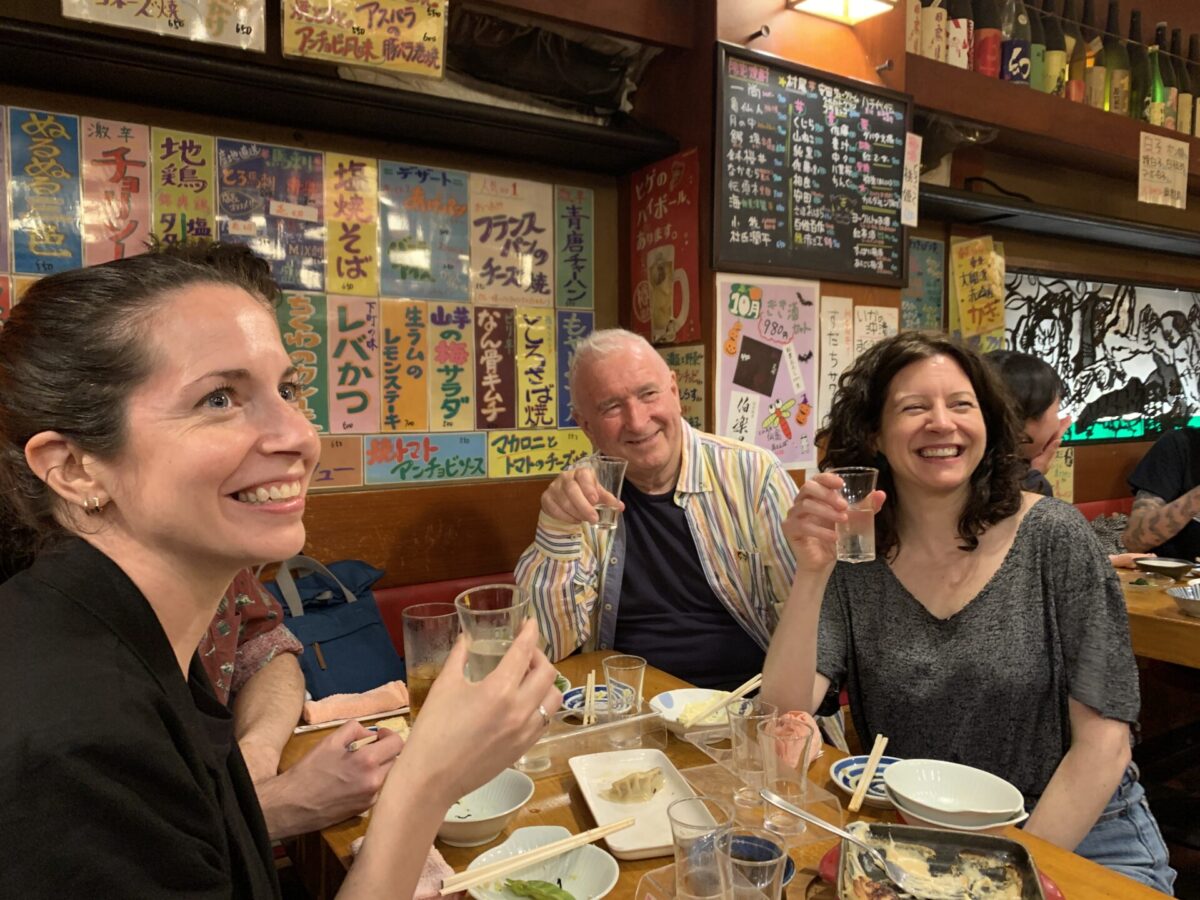
Follow us on Instagram , Facebook , Twitter , and TikTok for more travel inspiration. Or tag us to get featured!
Happy traveling!
Stay informed of the best travel tips to Japan, the most exciting things to do and see, and the top experiences to have with the Japan Wonder Travel Newsletter. Once every two weeks we will introduce you to our latest content.

- Popular destinations
- Hidden places in Japan
- Tours and workshop
- Food and drink in Japan
- Itinerary in Japan
- Places to visit in Tokyo
- Food and drink in Tokyo
- Seasonal events
- Tours & workshops
- Tokyo This Week
- Day trip from Tokyo
- Itinerary in Tokyo
- Places to visit in Kyoto
- Food and drink in Kyoto
- Itinerary in Kyoto
- Day trip from Kyoto
- Travel tips
- Accommodation
- Cultural tips
- Transportation
- Tokyo Tours
- Kyoto Tours
- Kimono Rental
- Fukushima Tours
- Mount Fuji Tours
- Tour Package
- Media Kit(English/日本語)

Day Trips from Tokyo in Winter | Kamakura & Mount Takao (Takao-san)

Once you’ve already spent enough time visiting the amazing Japanese capital city, you might want to go on one or several day trips from Tokyo. We’ve done it twice during our stay in Tokyo in winter and absolutely loved our experiences, so here are our two recommendations!
Day trips from Tokyo in winter
This post might contain affiliate links. If you make a purchase using one of our links, we might get a small commission, at zero additional cost to you!
Cultural and traditional day trip from Tokyo in winter: Kamakura

Kamakura is a great place to go on a day trip (or you could even decide to spend a night or two over there if you have more time!) from Tokyo, especially if you enjoy discovering some cultural and traditional gems . Indeed, Kamakura is a place where you could spend your day exploring the different temples and learning more about history and religion in Japan, old and contemporary.
Don’t miss the several tea houses to hone your knowledge of this traditional beverage, before or after visiting a temple. For a great shopping experience, do pass by the commercial Komachi street to get a taste of the most traditional types of shops that the Japanese enjoy.
And once you’re ready to recenter yourself in a traditional garden, spend some time in the gorgeous gardens of the Tsurugaoka Hachimangu shrine . If you’re thirsty for great views, don’t hesitate to walk at least part of the hike paths, from where you can admire incredible panoramas on the city and the bay.

Last but not least, Kamakura is a coastal city and if water sports are your thing, know that it’s a popular place for surf. However it might not be the best thing to do in winter, even though we did see a couple of cars equipped with surf boards so maybe try it with a very good wetsuit on a sunny winter day!
We’ve enjoyed Kamakura so much that we’ve written a whole post about it! Read it over there and catch some serious case of wanderlust!!
Hiking day trip from Tokyo in winter: Mount Takao (Takao-san)

We knew that hiking Mount Fuji was not going to be part of our trip: too far, too difficult… we didn’t even consider it! However we love to hike, and we really wanted to try to see one iconic and beautiful view of Mount Fuji during our trip. After looking at the different options, we decided to go hike Mount Takao , and we had a blast!
Mount Takao is not very far from Tokyo with public transportation, and the good thing is that it offers a lot of options in terms of getting to the top of the mountain. I’ll get it out of the way: if you don’t want to hike or just can’t, there is a cable-car taking you to the top, so you will get that gorgeous top view even without the workout! But if you’re ready to hike, you have many paths to choose from , with different difficulties and takeaways.

We chose one of the most popular and easy hike to get to the top since we didn’t really know how hard it would be, and it was great! The way to go up was gorgeous, including beautiful panoramas which gave us the opportunity to stop once in a while. If you haven’t had the chance to see some beautiful traditional temples and shrines don’t worry, you’ll definitely be surprised to stumble on beautiful sights too on your path!

Once up there, we tried the unmissable dango treat – careful, it’s really chewy!! [ Check out our hilarious video of dango tasting at Takao-san ] There are food stalls and vending machines so don’t hesitate to get some strength back once you’re up, as you admire the view and the beautiful Mount Fuji in front of your eyes .

We decided to take a less popular way back , a bit wilder, and had a great time again. It was a bit more challenging especially in winter, but we felt lost in the Japanese wild forest and loved it!
We haven’t published a post on our Mount Takao winter trip yet, but we will soon, so stick around!
Practical tips to enjoy your day trips from Tokyo in winter
Be prepared for the weather: be sure to wear good impermeable walking shoes, a windbreaker [check out this one for men and this one for women ] or a rain poncho [you can get a super cool one like this on amazon , otherwise they are available aplenty in every 7eleven in Japan so don’t worry too much about getting one before your trip!], and a comfortable day backpack to be able to reach the top with some water and snacks.
Have a Japanese phrase book with you to be more confident when you want to make yourself understood. Keep in mind that the Japanese are usually extremely nice and helpful and will do their best to help you.

You may also like
Kamakura day trip from tokyo, a week in tokyo express guide, a few days in hong kong.
Alice is a Parisian-born seeker of adventurous trips and medieval little towns. After exploring some parts of the world as a backpacker, a 3 months USA bus road trip honeymoon and getting pregnant while living the van life in Europe, she's now aiming to help parents having fun while traveling with their baby!
Leave a Comment Cancel Reply
Save my name, email, and website in this browser for the next time I comment.
This site uses Akismet to reduce spam. Learn how your comment data is processed .
This website uses cookies to improve your experience. We'll assume you're ok with this, but you can opt-out if you wish. Accept Read More
Tokyo in winter: what to see, do and eat

Nov 28, 2017 • 5 min read
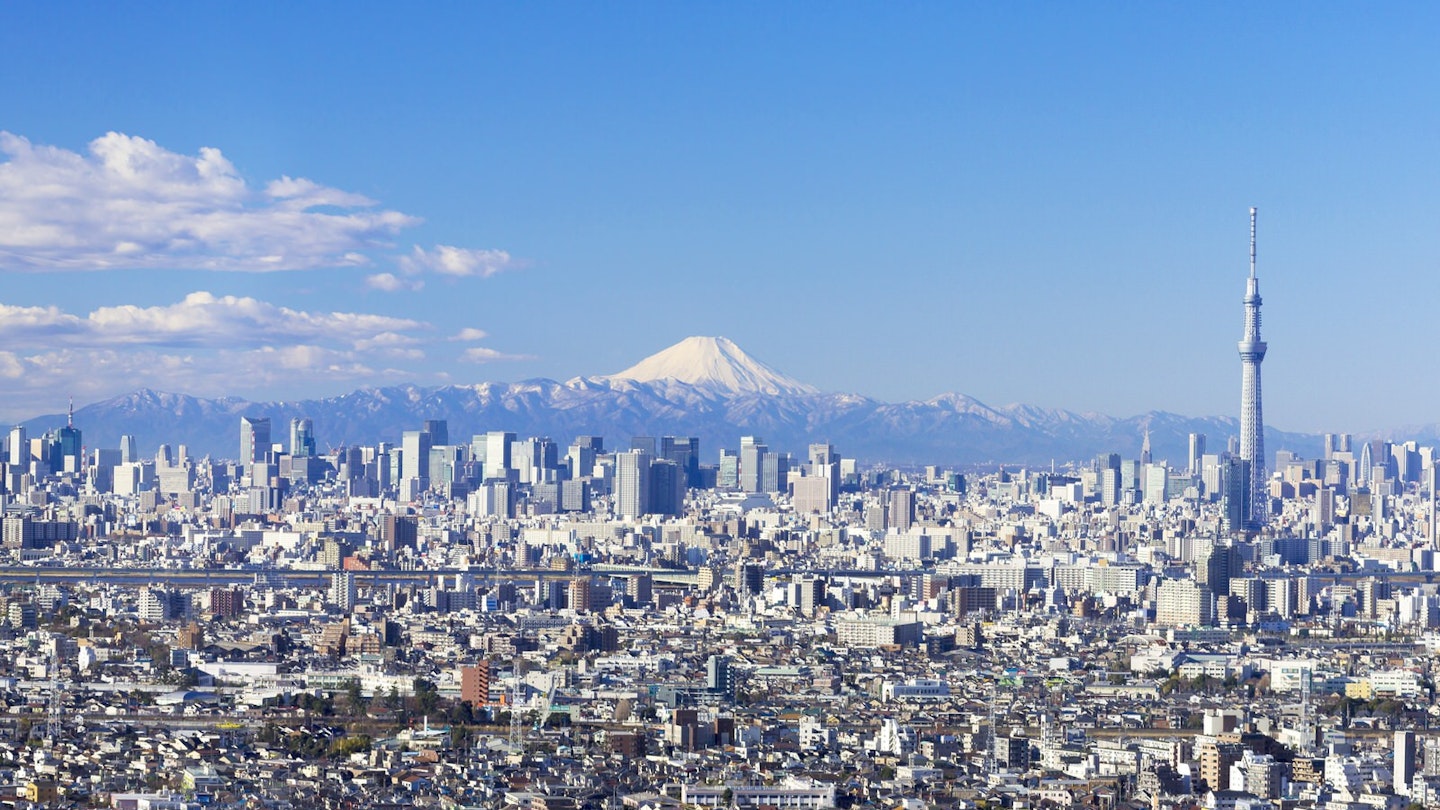
Winter is a great time of year for getting top views of Mt Fuji © shigemi okano/Shutterstock
Tokyo's winter charms are one of the city's best-kept secrets. This means that as well as a festive atmosphere and crisp, clear days perfect for soaking in hot springs and spotting Mt Fuji, visitors get to enjoy all that Tokyo has to offer with far fewer crowds.
Just keep in mind that many attractions close for some or all of the first week of January, for the New Year holiday.
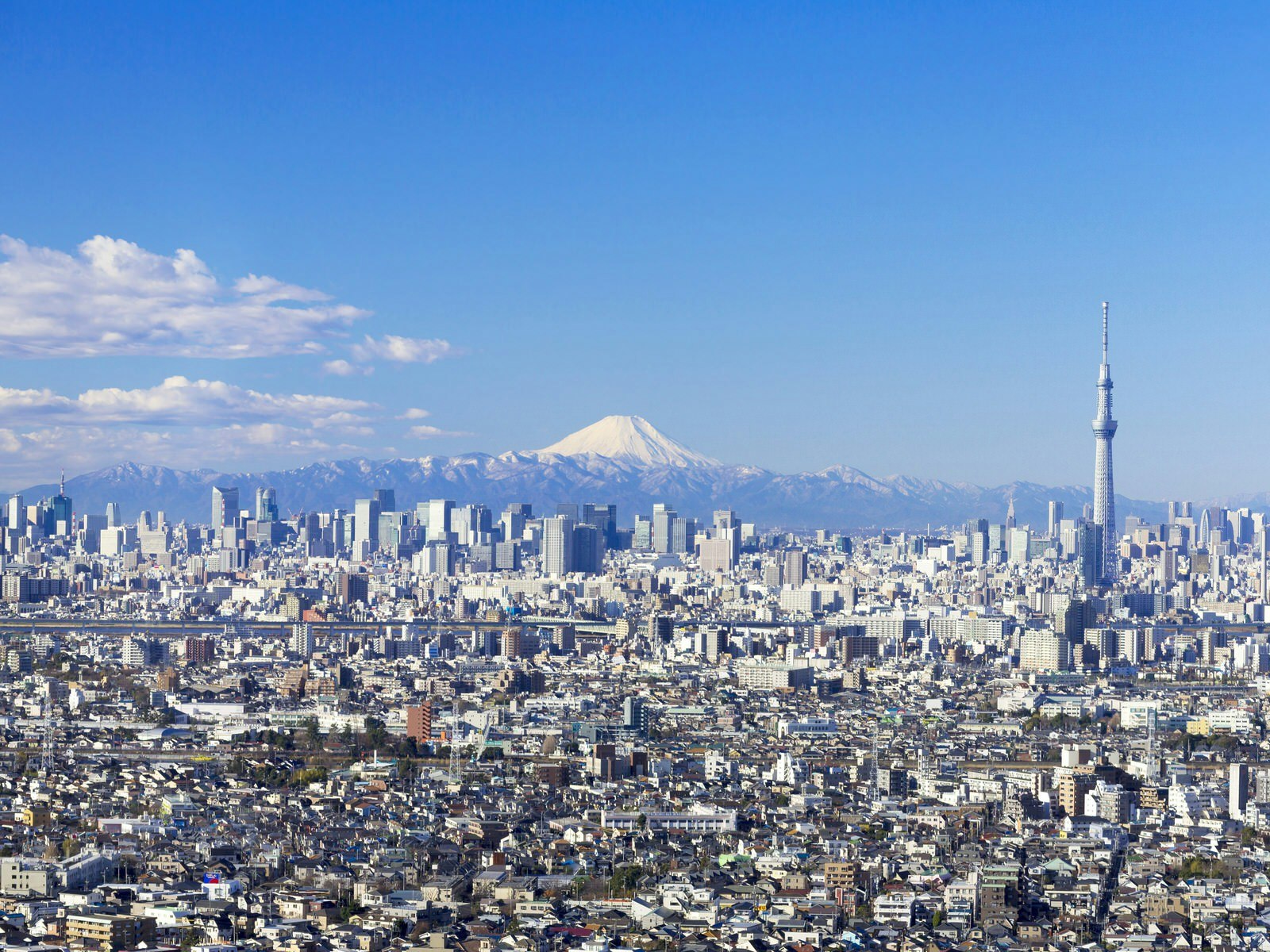
See Mt Fuji
Winter is the best time of year for spotting Mt Fuji on the horizon. Draped in snow, the volcano's cone is extra picturesque this time of year. Top viewing spots in the city include the observatories at Tokyo Metropolitan Government Building , Tokyo Tower , Tokyo Sky Tree and Roppongi Hills' Tokyo City View . Even better: make the brisk climb to the summit of Takao-san, on the western edge of Tokyo, or a trip down to the lake, Ashi-no-ko, in Hakone for spectacular views of Japan's iconic peak.
Like this? Try this: How to spend a perfect weekend in Tokyo
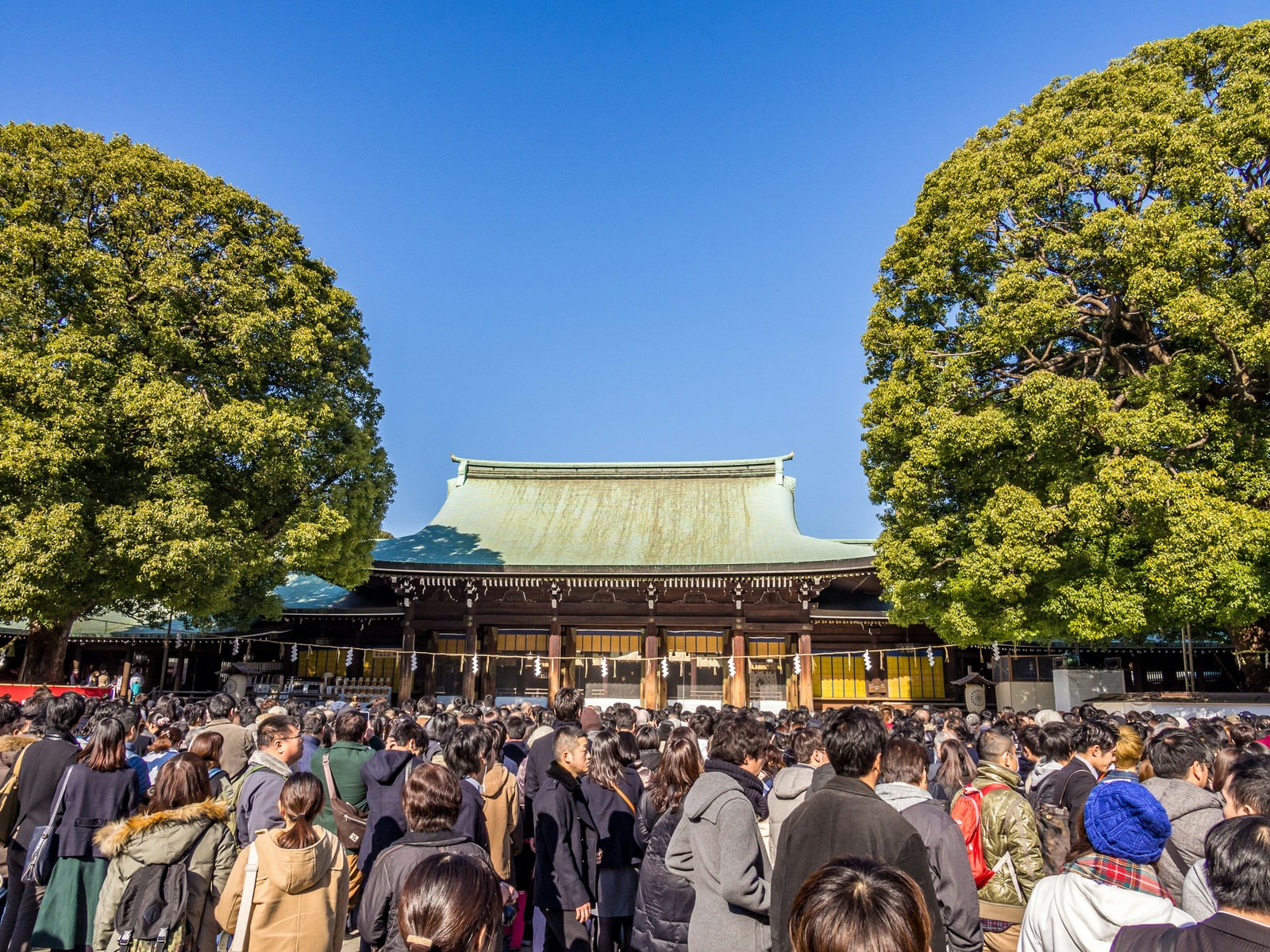
Visit a shrine on New Year's Day
Tokyoites may not be a pious bunch but nearly everyone turns up for hatsumōde , the ritual first shrine visit of the New Year. The most popular spot is far and away Meiji-jingū – which gets millions of visitors over the first few days of January (expect long lines!) – but any of Tokyo's larger shrines attract visitors shortly after midnight. It's tradition to buy new omamori (charms) and omikuji (fortunes written on strips of paper) and to turn in your old ones, which will be ritually burned.
Like this? Try this: Temples, mountains and hot springs: Tokyo's best day trips
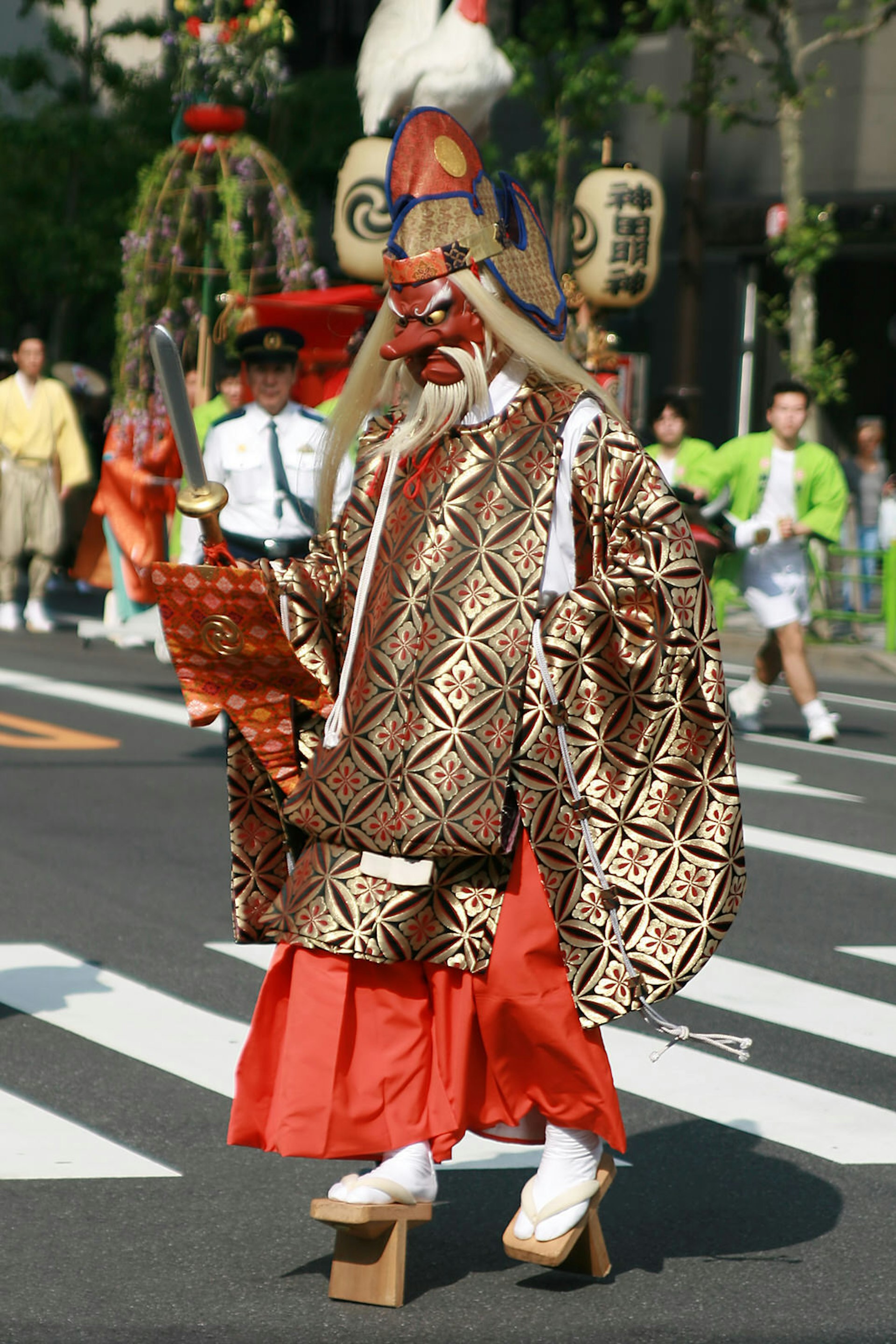
Toss beans for luck
Setsubun , a centuries-old observance, takes place every year on 3 February (the day before the first day of spring on the old lunar calendar). It's a sort of spring-cleaning of the spiritual kind: people gather at shrines and temples to toss toasted soybeans while shouting, 'Oni wa soto! Fuku wa uchi!' ('Devils out! Luck in!'). Then, to double down on luck, it is customary to eat one's age in soybeans. Tokyo neighbourhood Shimo-Kitazawa takes the festivities up a notch with its Tengū Matsuri. In addition to the requisite bean throwing, there is a parade of locals carrying the giant, red head of a teng ū – a long-nosed demon, who is equal parts protective deity and fearsome troublemaker. In 2020 the festival runs from 03 to 04 Februar.
Soak in hot springs
The winter chill is just one more reason to seek out an onsen (hot spring) bath. Make a day out of it at one of the city's spa complexes. These include Ōedo Onsen Monogatari , which bills itself as an onsen amusement park, and Spa LaQua , which has over a dozen baths and saunas to choose from. You can also go ultra local by taking a dip in a sentō , a community bathhouse. Some favourites include Rokuryū Kōsen , Jakotsu-yu and Komparu-yu . (Note that spas usually deny entry to guests with tattoos, but sentō usually have an open policy; the policy will typically be posted on the front door.)

Stroll under the plum blossoms
The first sign of spring in Japan isn't sakura (cherry) blossoms; it's ume (plum) blossoms, which appear in the capital in late February. Like sakura , the photogenic flowers come in myriad shades of pink (though they're a little bigger and hardier). And while ume don't draw the party crowds that sakura does, they do occasion a visit to one of the sites that is famous for them, such as Koishikawa Kōrakuen or Yushima Tenjin .
Like this? Try this: Best places to see cherry blossoms in Japan

Admire Tokyo's Christmas lights
Christmas in Japan is a largely secular holiday and one of the most important date nights of the year. (Think of Christmas and New Year as being opposite what they are in the west; here New Year is for families and Christmas is for couples.) Tokyo's commercial districts go all out with illuminations that last the whole month of December. One particularly magical spot is Keyaki-zaka on the edge of Roppongi Hills .
Like this? Try this: Only in Tokyo: a tour of Japan’s pop-culture experiences

Catch some sumo
The first grand sumo tournament of the year kicks off at Tokyo's Ryōgoku Kokugikan in January. The tournament lasts two weeks, with matches going on all morning and afternoon each day; the most coveted tickets are for the last days of the tournament (when the stakes are highest), so book those early. The tournament runs from 12 to 26 January in 2020 (tickets on sale from 07 December 2019).

Warm up with Tokyo's winter dishes
The classic dish of winter is nabe , which is any possible combination of meat, seafood, vegetables and tofu simmered in broth in a big earthen pot set on the table. It's invariably a social dish, as one pot serves several. Lots of izakaya (Japanese-style pubs) have it on the menu in winter. Try chanko nabe – the protein-rich stew on which sumo wrestlers feast in order to gain weight and strength – at Kappō Yoshiba .
Like this? Try this: Tokyo restaurant etiquette: the ultimate guide to dining in Japan’s capital
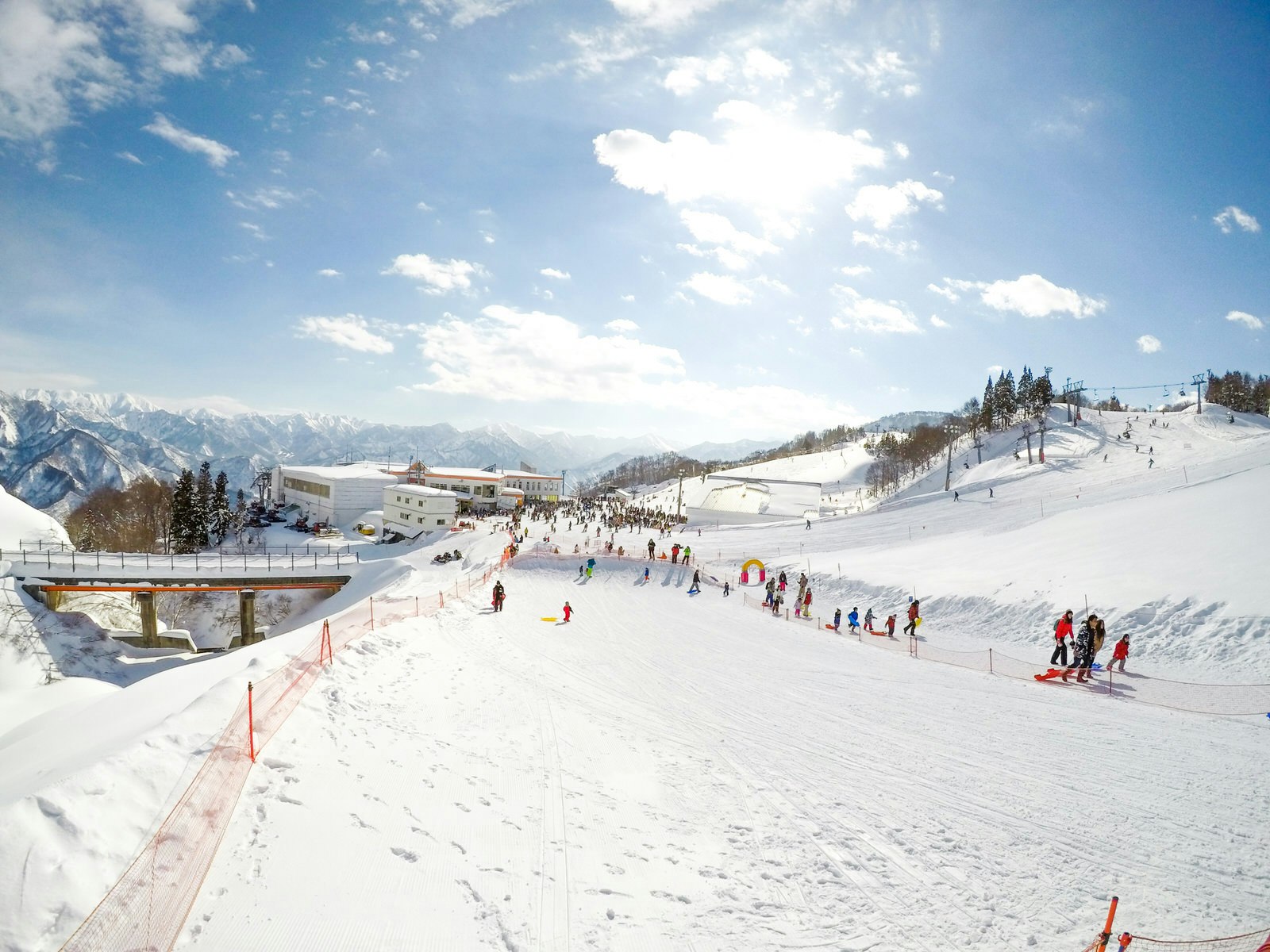
Hit the slopes near Tokyo
Tokyo's closest ski and snowboarding spot is Gala Yuzawa , just a 75-minute ride away on the shinkansen (bullet train). The train deposits you at the resort: the gondola leaves from the same station. Full gear rental (including snow attire) is available, meaning you can show up empty-handed. Gala Yuzawa gets consistently good snow (the adjacent hot spring town, Echigo-Yuzawa Onsen was, after all, the setting for Kawabata Yasunari's novel Snow Country ). Take advantage of the JR Tokyo Wide train pass (adult/child ¥10,000/5000), which covers three consecutive days of return travel on the shinkansen to Gala Yuzawa, plus limited express trains to and from Nikkō , the Izu Peninsula and Narita Airport.
Grab a lucky bag
Just as shrines have hatsumode , shops have hatsuuri – the first sale of the year, which happens just after the New Year (and sometimes on New Year's Day). For this occasion, many shops (and especially department stores) prepare fukubukuro , or lucky bags, containing an unknown quantity of mystery merchandise at a steep discount. Devotees of a particular shop will queue for hours for a coveted fukubukuro ; sold in limited quantities they often sell out on the first day.
Explore related stories
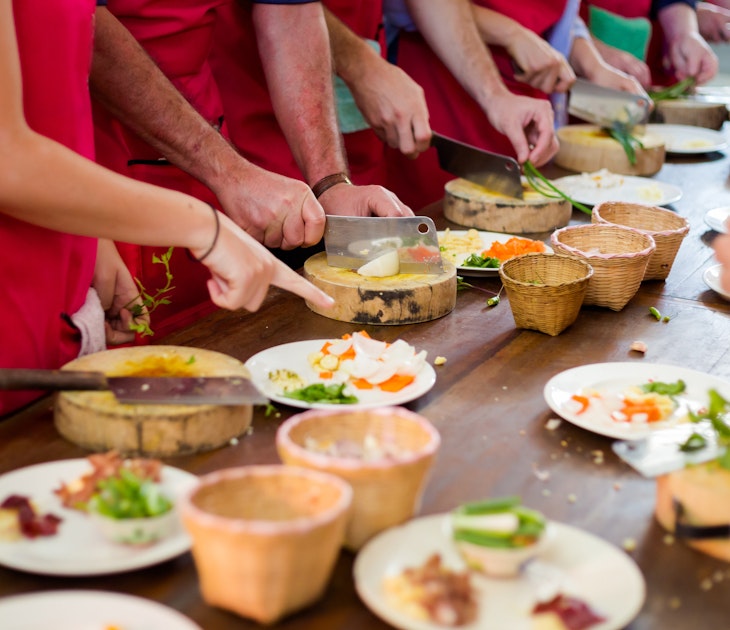
Food and Drink
Apr 20, 2024 • 9 min read
A cooking class is a great way to get acquainted with a new destination. Food writer, Malia Yoshioka, shares her guide to the world's best.

Apr 2, 2024 • 10 min read
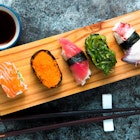
Apr 1, 2024 • 10 min read

Mar 26, 2024 • 8 min read

Mar 25, 2024 • 6 min read

Mar 25, 2024 • 10 min read

Mar 23, 2024 • 17 min read

Mar 22, 2024 • 5 min read
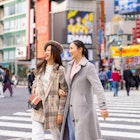
Mar 21, 2024 • 9 min read
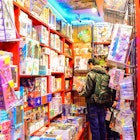
Mar 14, 2024 • 7 min read
- Things to Do
- Food & Drink
- Shopping & Style
- Coca-Cola Foodmarks
- Restaurants & Cafes
- Music & Nightlife
- Neighborhoods
- Los Angeles

13 best day trips for a weekend getaway from Tokyo
Find some of Japan’s most beautiful temples, hiking trails and nature attractions no more than a few hours from Tokyo

It’s true that Tokyo really does have everything, from the best restaurants in the world to endless shopping and even lush forest within the city limits. It’s way too easy to spend a whole vacation in the heart of central Tokyo. However, Japan has much more to offer than just its capital city.
Get out of the city for a day (or longer, if you have time) and head south to Kanagawa hot springs, north to Tochigi for traditional shrines, or out to Yamanashi for postcard perfect views of Mt Fuji . Tokyo might have captured your heart, but these day trips will fully cement your love of Japan.
If you're looking for a specific kind of day trip, here are the best autumn leaves destinations and art destinations near Tokyo .
Get out of town

Hakone, Kanagawa prefecture
The mountain of Hakone lies about 90 minutes by train from Tokyo, which makes it a popular day trip or weekend getaway from the capital. It has had a long and illustrious history as a hot spring town – its name even appears in Edo-era (1603-1868) rankings of Japan’s best onsen. But Hakone is about much more than just bathing. It’s got everything from superb art museums to an active volcano – as well as a jaw-dropping view of Mt Fuji on clear days.
Getting there: The Hakone Freepass includes unlimited rides on the Hakone Tozan Railway, the ropeway, the Lake Ashi pirate ship and all other major forms of transportation in the area. A two-day pass, which includes a return train ride from Shinjuku, costs ¥6,100 (¥1,100 for children).

Kawagoe, Saitama prefecture
Also known as Koedo or Little Edo, Kawagoe is an Edo period (1603-1867) castle town that's kept its old-fashioned atmosphere through well-preserved traditional streets and buildings.
Kurazukuri Street is a must-visit as many of the old buildings and warehouses have been converted into quaint shops and restaurants. You'll know you've reached the area when you see the Toki no Kane bell tower – it's an unmissable 16 metres tall. The bell rings four times a day at 6am, 12noon, 3pm and 6pm.
A short walk from the town's main street is Kawagoe Hikawa Shrine, which hosts many festivals throughout the year. In summer, this so-called 'love shrine' hosts a wind chime festival where you can stroll under a tunnel of tinkling furin chimes. Come spring, the river behind the shrine is flanked with cherry blossoms and you can even take a boat ride beneath the flowers.
Getting there: Kawagoe is approximately 30 minutes from Ikebukuro Station on the Tobu Tojo line. You can also get there from Shinjuku in about an hour on the Seibu Shinjuku line. The two nearest stations are Hon-Kawagoe and Kawagoe.

Enoshima, Kanagawa prefecture
- Things to do
Travel down to the Kanagawa coast and you’ll find the small but beautiful Enoshima. The hilly island lies off the Shonan coast in western Kanagawa, and is connected to the mainland by a bridge that's open to both vehicles and pedestrians.
Enoshima is one of the most popular islands nearest to Tokyo. You’ll find a number of cultural monuments, quaint cafés and sightseeing attractions, more than enough to fuel a day trip. When the weather’s clear, you can even see Mt Fuji in the distance.
Getting there: The Enoshima-Kamakura Freepass includes a round-trip ticket on the Odakyu line from Shinjuku to Katase-Enoshima Station, which takes about 80 minutes one way. You also get unlimited rides on the Enoden line between Fujisawa and Kamakura stations for a bit of extended sightseeing in the area. The pass costs ¥1,640 for adults and ¥430 for children. It's a 12-minute walk from Katase-Enoshima Station to the island.

Kurkku Fields, Kisarazu, Chiba prefecture
Sustainability, art, eco-friendly farmland and the rolling hills of the inaka (countryside) – Kurkku Fields really does have it all. Located in Kisarazu, Chiba prefecture, Kurkku Fields is a 74-acre sustainable wonderland with the goal of reconnecting busy Tokyoites with nature by introducing them to farming, open nature and even eco-friendly energy in the form of solar panels and a biogeo water purification system. The venue’s farm-to-table restaurant, Kurkku Fields Dining, serves vegetables and herbs grown in the edible garden, eggs and fresh cheese from the dairy farm, and wood-fired pizzas, all made with natural, local ingredients.
Stop by the art galleries, which boast art by Anish Kapoor, Fabrice Hybert, Camille Henrot and Yayoi Kusama – including one of her famous Infinity Rooms. Don’t forget to pick up some fresh charcuterie, cheese and delicate chiffon cake for your city pals.
Getting there: The best way to access Kurkku Fields is by highway bus from Tokyo Station or Yokohama Station. For more information on access via car or train, see the website .

Nikko, Tochigi prefecture
With mountains, hiking trails, monkeys and shrines, at its heart, Nikko is pure traditional Japan. A popular day trip for both Tokyo locals and international tourists, Nikko is best known for the grand Toshogu Shrine and its opulent decorations of carved wood and gold, including three famous wise monkeys representing the principle of ‘see no evil, hear no evil, say no evil’.
While Toshogu is surely the highlight of the trip, Nikko is also known for forested hiking trails, which are especially picturesque in autumn foliage. There’s also Shinkyo Bridge, painted vermillion and flanked by mountains and temples, and the 75-metre tall Kirifuri waterfall dramatically tumbling down a mountain.
Getting there: The only direct access is on the limited express Nikko train from Shinjuku station to Tobu Nikko Station. You can also take the JR Tohoku Shinkansen from Tokyo and Ueno stations with a transfer at Utsunomiya Station for the JR Nikko line. Or, from Asakusa, take the Limited Express Spacia (Kegon line) from Tobu Asakusa Station to Tobu Nikko Station.

Kamakura, Kanagawa prefecture
This small coastal town is often referred to as the Kyoto of Eastern Japan for its multitude of temples, shrines and historical monuments. It was the country’s political capital during the Kamakura shogunate (1185–1333) and there’s plenty to do and see here. Top of the list should be a visit to the Great Buddha of Kamakura (Kamakura Daibutsu). This towering bronze statue of the celestial Buddha is the second tallest in Japan and stands at 13.35m. Originally cast in 1252, the Buddha has been peacefully watching over its visitors since 1495.
If you have a little more time, pay a visit to Tsurugaoka Hachimangu, Kamakura’s largest Shinto shrine. You can reach it via a long, wide approach that leads from Kamakura’s waterfront through the city centre, with multiple torii gates along the way. The grounds include the main hall, a museum and many secondary shrines as well as beautiful ponds and gardens. Look out for a horseback archery display during the Reitai-sai Festival in mid-September performed along the main approach.
Getting there: Kamakura is less than an hour from Tokyo via the JR Yokosuka or Shonan-Shinjuku line from Shinjuku Station. The cheapest but slowest route (90 minutes) is via the Enoshima Kamakura Free Pass (¥1,640), which provides a round trip from Shinjuku Station to Kamakura, as well as unlimited use of the Enoden line for the day.

Lake Kawaguchiko, Yamanashi prefecture
One of the Fuji Five Lakes, Lake Kawaguchiko is where you’ll get the best view (and perfect Instagram shots) of Mt Fuji. Filled with hot springs, ryokan (Japanese inns) and tourist attractions such as the Fuji-Q Highland theme park, there’s so much to do around the lake you might as well book a weekend trip.
The best time to view good ol’ Fuji-san is in April when the cherry blossoms bloom, November when maple leaves turn vermillion, or in winter when the dry air makes for a picture-perfect, cloud-free view of the snow-capped mountain. Hint: the best photo spot is along the northeastern shore of Lake Kawaguchiko, next to the Kawaguchiko Music Forest.
Getting there: Lake Kawaguchi is accessible by express bus (from Shinjuku, Shibuya and Tokyo stations, about two to two and a half hours) and express train (from Shinjuku station, take the JR Chuo line to Otsuki Station, transfer to Fujikyu Railway and get off at Kawaguchiko Station. The whole journey takes about two hours).

Chiba City, Chiba prefecture
Most visitors to Tokyo only set foot in Chiba when they disembark the aeroplane. However, Chiba has much more to offer than just Narita Airport – and Chiba City has something for everyone. Art lover? Stop by the Chiba City Museum of Art to see ukiyo-e and traditional Japanese ink paintings. Need to entertain the kids? The Chiba Zoological Park has a wide variety of animals, including red pandas, giraffes and penguins. History buff? The Chiba City Folk Museum is housed in a replica of the Inohana Castle and is dedicated to the history of Chiba City.
Getting there: From Tokyo Station, take the JR Sobu line and you'll reach Chiba City in 40 minutes.

Mt Jinba, Tokyo & Kanagawa prefectures
A crowd-free alternative to Mt Takao is Mt Jinba, located on the border of western Tokyo and Kanagawa. The hike to the top is better suited for trekkers looking for an advanced course: at 857m, Mt Jinba is taller and has a better variety of trails than Mt Takao’s more predictable, not to mention shorter, courses.
If you’re really looking to get a workout, you can always hike up Mt Takao, veer off to Mt Jinba, snap a quick pic of Mt Fuji and the odd-looking horse statue at the peak, then head down Mt Jinba and reward yourself with fresh soba noodles and beer. Don’t worry, hiking paths are clearly marked and the majority of the signs are in English.
Getting there: From Shinjuku Station, take the Keio or Chuo line to Takao Station, then hop on the bus towards Jinba Kogenshita and get off at the last stop.

Yokohama, Kanagawa prefecture
If you want to head out of Tokyo but don’t want to spend too much time on the train, Yokohama is the perfect choice. Just down south in Tokyo’s neighbouring prefecture Kanagawa, Yokohama is known for its oceanside views and delicious Chinese food in Motomachi-Chukagai, also known as Chinatown . The area can be a bit kitschy – expect a lot of vermillion and pandas – but remember, you’re there for the food. Wear your elastic pants and indulge at an all-you-can-eat restaurant, or wander the town and taste test street food – xiaolongbao, char siu bao, shu mai and bubble tea – it’s completely okay to walk and eat here.
After indulging, walk off your meal at the nearby Yamashita Park with breezy views of the Port of Yokohama, or do some shopping at the Yokohama Red Brick Warehouse . To finish off the day, catch the sunset at the top of the Cosmo Clock 21 Ferris Wheel, once the world’s tallest Ferris wheel at 107.5m.
Getting there: Yokohama is easily accessible from Tokyo. The Tokyu Toyoko, JR Tokaido, JR Yokosuka and JR Keihin-Tohoku lines connect central Tokyo to Yokohama in approximately 30 minutes.

Karuizawa, Nagano prefecture
Nestled at the foot of Mount Asama, the most active volcano in Honshu, lies the upmarket resort town of Karuizawa. Many wealthier Tokyoites own second homes here. Start your day at Karuizawa Ginza in the old part of the town, with its traditional shops, cafés, restaurants and stalls selling locally-produced jams and honey. Serious shoppers searching for serious discounts should head to the Karuizawa Prince Shopping Plaza near the train station. This discount shopping outlet is home to over 200 stores set in a sprawling and beautifully landscaped area – great for kids to run wild while you splash the cash.
When your credit cards scream for mercy, escape to the open-air Tombo-no-yu bath house for a peaceful soak. Finish off your day at Harunire Terrace and order yourself a refreshing pint of the locally-brewed Yona Yona ale.
Getting there: Karuizawa is just over an hour from Tokyo on the Hokuriku Shinkansen. Get the JR Tokyo Wide Pass (¥10,180) for unlimited travel on all JR trains in the Kanto area over three consecutive days (available to foreign residents of Japan and international tourists). There are also highway buses departing from Shinjuku and Ikebukuro Stations, which will take about three hours.

Sayama Hills, Saitama prefecture
- Attractions
Best known for inspiring Hayao Miyazaki and the movie ‘My Neighbour Totoro’, Sayama Hills , also called Totoro no Mori, is a breath of fresh air just outside Greater Tokyo. Channel your inner Satsuki and Mei and pack a bento lunch to wander around the 3,500 hectares of forest with over 1,200 species of flora and fauna and 19 hiking trails .
Be sure to stop by Kurosuke’s House (open Tuesday, Wednesday, Saturday 10am-3pm) – the visitor’s centre – to pick up maps and learn about the nature reserve and its influence on Studio Ghibli and Totoro. You might not get to befriend a giant tanuki or ride in a cat bus (you’ll have to stop by the Ghibli Museum for that) but the fresh air and secluded forest will certainly add a sense of childlike wonder to your trip.
While you’re in the area, stop by the nearby Sayama Lake reservoir. The lake is pleasant in any season, but especially in winter, when you can easily spot a snow-capped Mt Fuji on the horizon.
Getting there: From Shinjuku Station take the JR Yamanote line to Ikebukuro, then transfer to the Ikebukuro line and alight at Nishi-Tokorozawa Station. Take the Sayama line to Seibu Kyujo-Mae Station. It will be a 20-minute walk to reach the forest.

Katsunuma, Yamanashi prefecture
Although better known for sake than vino, Japan has actually been producing amazing wines using locally-grown grapes since the 1800s. Katsunuma, in Yamanashi prefecture, is home to 31 wineries, which between them account for about 30 percent of all Japanese wine. Many offer tasting sessions and lessons in winemaking as well as tours.
Experience it yourself at Budo no Oka (Grape Hill). Here, you can soak in magnificent views of the surrounding vineyards and the Japanese Southern Alps to the west – Yamanashi is home to Mount Fuji – while tasting more than 200 varieties of wine. Aside from wine tastings, there’s plenty more to enjoy on site, including a terrific barbecue restaurant and open-air hot spring.
Getting there: Katsunuma is about 90 minutes on the JR Chuo line Limited Express Azusa, or Kaiji from Tokyo’s Shinjuku Station to Katsunuma-Budokyo Station.
Explore beyond Tokyo

Japan's 8 most underrated prefectures – and why you should visit
Travel off the beaten track to these storybook villages, Edo-era towns with geisha (not Kyoto!) and seaside retreats

The most beautiful places in Japan
Venture beyond Tokyo – add these breathtaking temples, landmarks and hiking trails to your Japan bucket list

6 best road trips in Japan
Looking for a relaxed yet socially distanced way to travel? Hop in a car and take these scenic road trips through Japan
[image] [title]
More on getaways
Discover Time Out original video
By entering your email address you agree to our Terms of Use and Privacy Policy and consent to receive emails from Time Out about news, events, offers and partner promotions.
🙌 Awesome, you're subscribed!
Thanks for subscribing! Look out for your first newsletter in your inbox soon!
- Terms of use
- Work for Time Out
- Time Out Group
- Advertising
- Modern slavery statement
- Manage cookies
Time Out Tokyo
- Magazine subscription
- Digital edition
- Buy the guide to Tokyo
Time Out products
- Time Out Worldwide
- Work With Us
- Blogging Bootcamp

- Van Conversion Academy
- Campervan Shop
- Campervan Rentals
- Plan a Trip
- Itineraries
- Destinations
- Responsible Travel
- Family Travel
- Budget Travel
- Scuba Diving
- Travel Credit Cards
- Digital Nomad
- Teach English Abroad
- Blogging Resources
- Income Reports
- Travel Shop
- Meet Katie & Ben
- About Two Wandering Soles
- Personal Stuff
- Portfolio & Press
15 Best Day Trips from Tokyo
Home » Blog » Japan » 15 Best Day Trips from Tokyo
Whether you’re craving the serenity of a lush forest, a refreshing seaside breeze, or a good glass of wine, this list of the best day trips from Tokyo has everything you need to escape the city for a while.
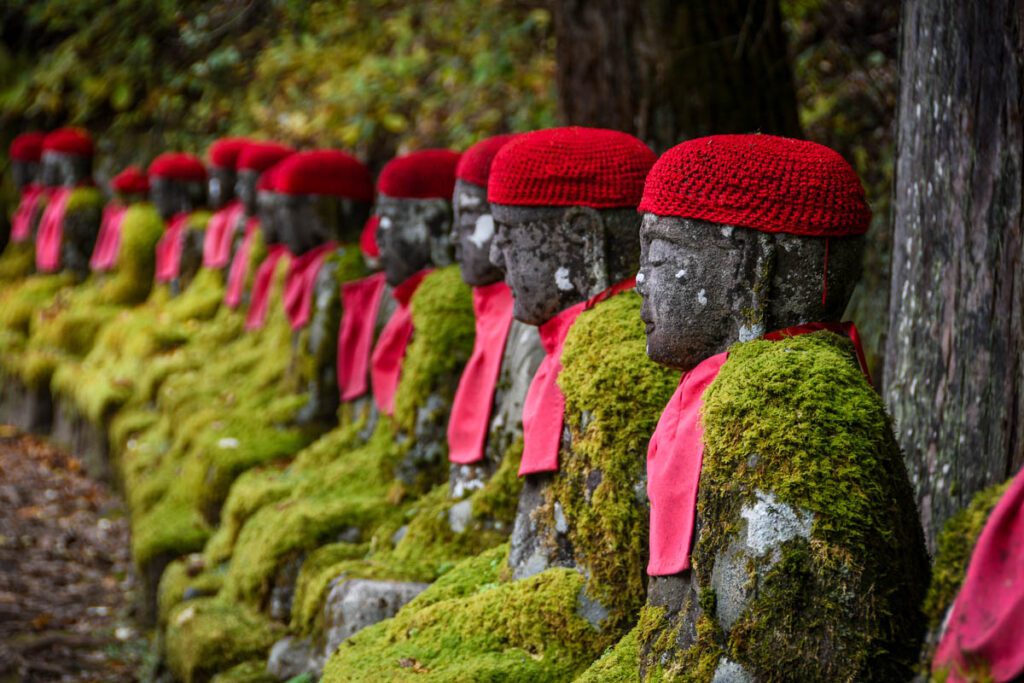
For a big city adventure, you just can’t beat Tokyo. The sprawling capital of Japan has everything, from street food to fine dining, gleaming skyscrapers to historic shrines, the stillness of a zen garden to the hustle and bustle of the world’s busiest train station.
No, but it literally has everything – even its own Disneyland and Statue of Liberty.
There are endless exciting things to do in Tokyo . But sometimes you need a break, ya know?
Within just a few hours of the city, you can experience so much more of what Japan has to offer.
Day trips from Tokyo Travel Guide
For more tips and advice for traveling around Tokyo, jump to the following sections (or just keep scrolling to see it all!).
- Day trips from Tokyo
- Getting around Japan by train
- Renting a car in Tokyo
- Round up of day trips from Tokyo
Top recommended day trips from Tokyo
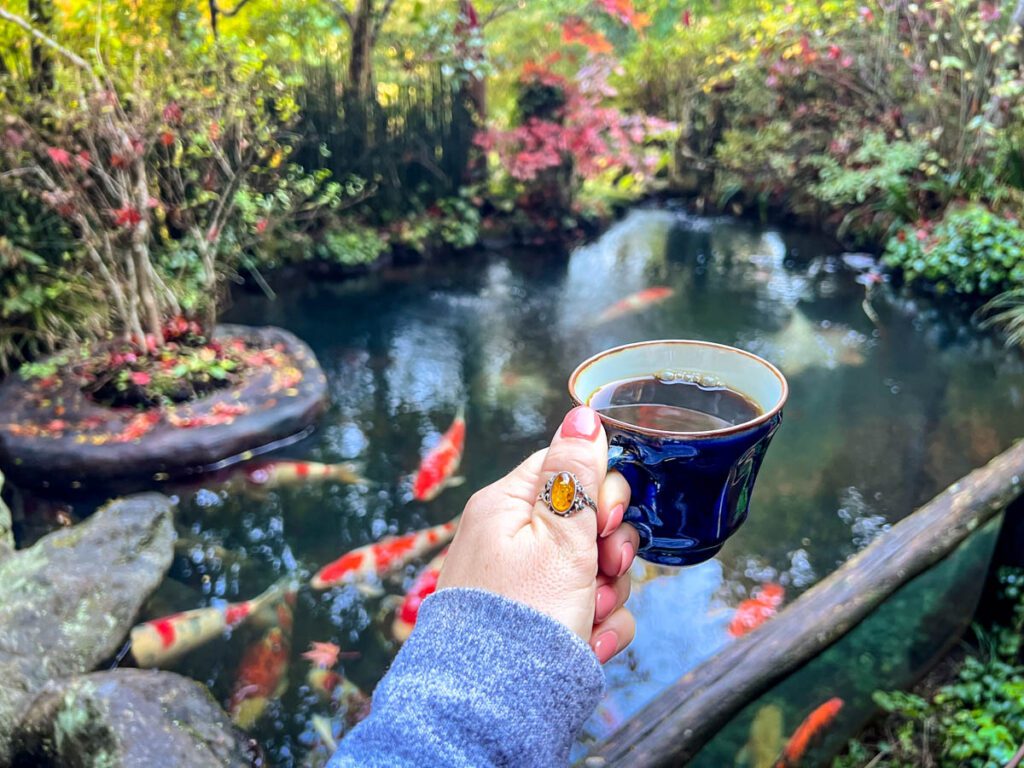
If you’re looking for the absolute best day trips from Tokyo, here are our top recommendations:
- Arakurayama Sengen Park
Keep reading for more detailed information on each of these destinations and more ideas for fun day trips from Tokyo.
Note: The distances and travel times for each of these day trips are estimates and may vary depending on where you’re staying in Tokyo .

If you’re planning a trip to Japan, we have the ultimate resource for you!
This FREE PDF download includes everything you’re going to want to pack for your Japan trip, including what NOT to bring, plus tons of insider tips!
Sign up for our ultimate Japan packing list now and get a copy sent straight to your inbox.
Before we get to the good stuff, we have a few helpful resources we wanted to share with you…
Traveling around Japan by train
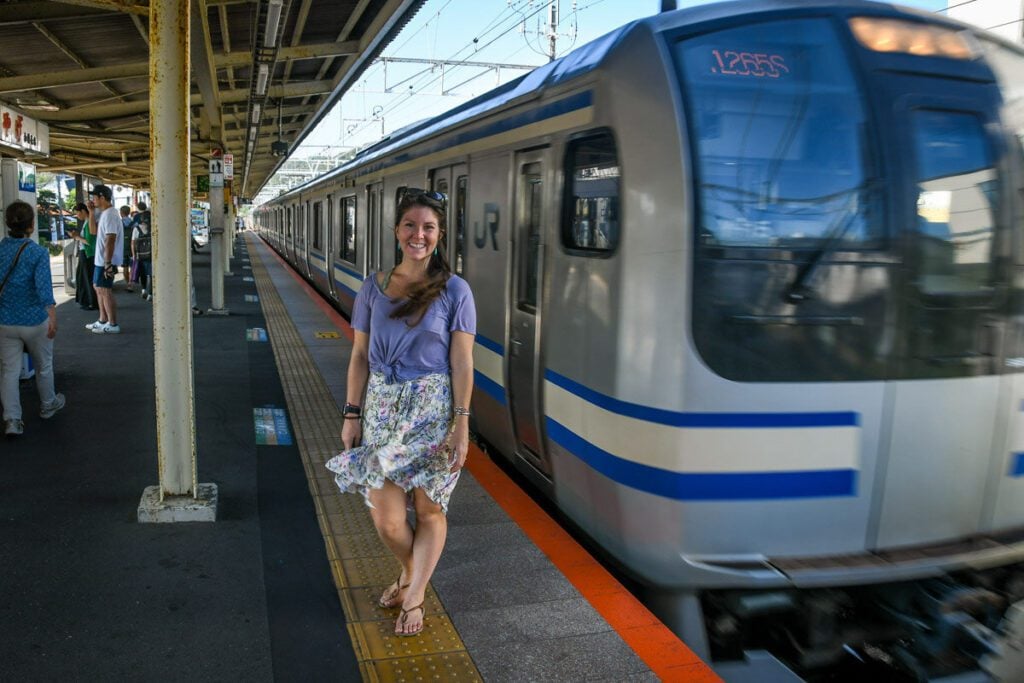
Japan’s railway system is known around the world for being clean, fast, and efficient. Between the famous Shinkansen bullet trains, regional rails, and local metros, most of the major tourist destinations in Japan are accessible by train.
The only major downfall about the trains in Japan is that a single ride can be expensive. Depending on where you’re going, it can be very expensive.
But you know us; we love finding sneaky ways to travel (even notoriously expensive countries) on a budget. And we love sharing our secrets with you, so here it is: our VERY detailed guide to train travel in Japan .
Want more tips on traveling Japan on a budget? We have a few practical money-saving tricks up our sleeves that you’ll definitely want to save!
Getting a rental car in Tokyo
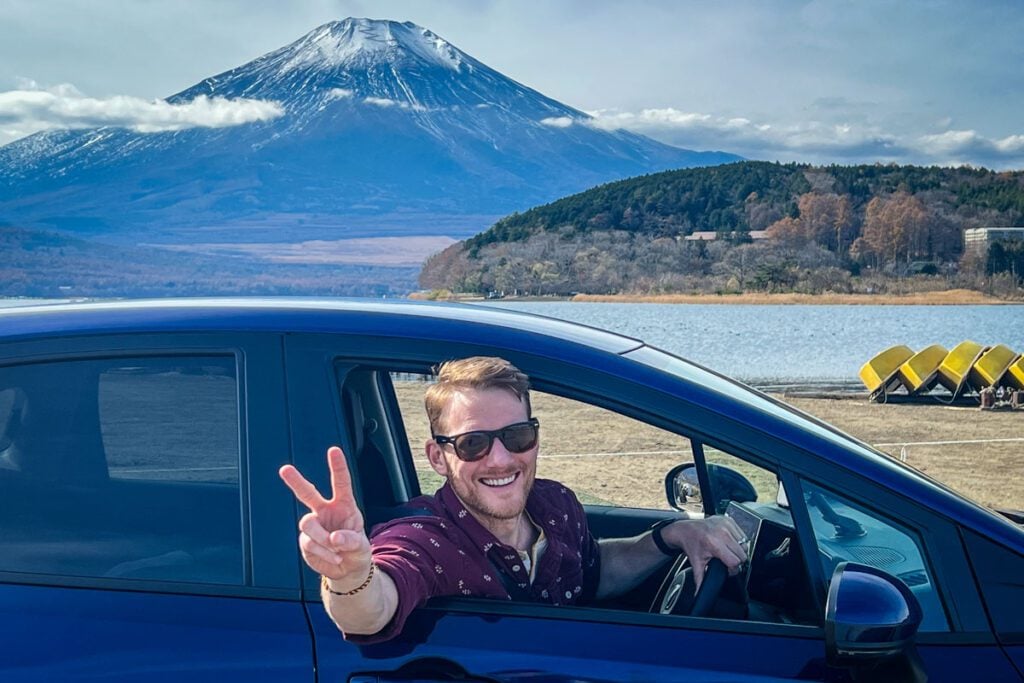
Having your own vehicle when visiting will give you a lot more freedom to explore the best day trips from Tokyo.
We personally like using Booking.com (formerly RentalCars.com) when we rent vehicles in Japan, as they gather options from all sorts of rental companies in one place. It makes it really easy to compare prices and vehicles so you can determine which is the best option for you.
Search & Compare Rental Car Prices
- Discover Cars : We personally use this aggregate site to compare rental car prices from all the big name companies and get the best price possible.
- RentalCars.com : We’ve had good experiences finding rental cars with this site in the past.
Before you book, be sure to read our guide to renting a car in Japan . It’s packed with things you need to know before you get behind the wheel, as well as insider tips to help you feel confident on the road.
Now let’s get to it, shall we?
1. Kamakura
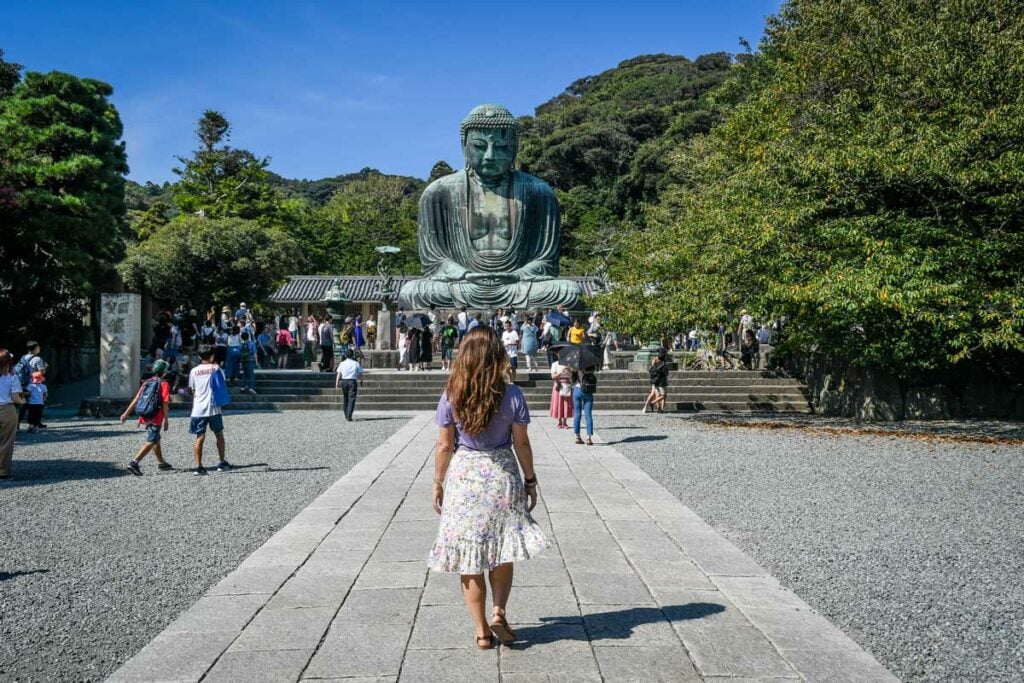
- At a glance: charming city with iconic Great Buddha statue
- Distance from Tokyo: 59.6 km / 37 miles
- Time: 1 hour train ride / 58 minutes driving
Like Kyoto and Nara , Kamakura was once a political capital of Japan. It’s known as the birthplace of both yabusame (horseback archery) and the first samurai government. Now, it’s an eclectic mix of historical and cultural heritage, temples and shrines, and hip, artsy vibes not unlike Southern California.
There are no less than 65 temples and 15 shrines in Kamakura, each with something different to offer.
Kotoku-in Temple is home to the symbol of Kamakura, a colossal bronze statue known as the Great Buddha . Nearby, Hasedera Temple houses Japan’s tallest wooden statue in the gilded likeness of Kannon, the Goddess of Mercy. Tucked away in the hills, Hokokuji Temple is a hidden gem with a quaint teahouse in an airy bamboo forest.
In addition to its high concentration of temples and shrines, Kamakura is also known as a popular seaside getaway. With 7 km (4.4 miles) of coastline and 5 beaches, it’s the perfect location for anyone visiting Tokyo in the summer looking for some sand and surf.
Top things to do in Kamakura
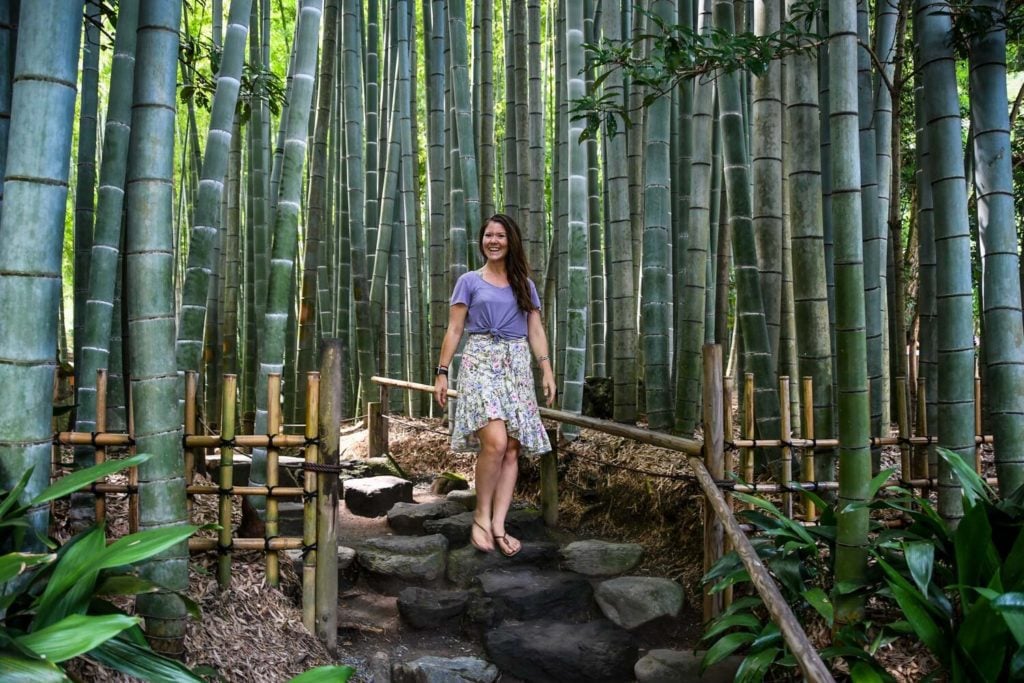
- Marvel at the Great Buddha. Also known as Daibutsu, this statue at Kotoku-in Temple is one of Japan’s most iconic landmarks and a must-see in Kamakura.
- Daibutsu trail : Beginning at Kita-Kamakura Station, this 3.7 km trail (2.3 miles) makes its way to the Great Buddha, passing Tokeiji Temple and Jochiji Temple along the way. Afterward, you can follow this route to continue on to Hasedera Temple.
- Ten-en trail : Known for its stunning fall foliage, this 7.9 km trail (4.9 miles) runs from Kenchoji Temple through the scenic Shishimai Valley to Zuisenji Temple.
- Gionyama trail : The perfect choice for an easier hike, this 1.1 km (0.68 mile) trail will take you to both Yakumo Shrine and Harakiri Yagura, the burial cave of the famed samurai Hojo Takatoki.
- Sip tea in a bamboo forest at Hokoku-ji Temple.
- Catch a wave at Yuigahama Beach . It’s a little known fact that surfing is a beloved sport in Japan, and Kamakura is the best place near Tokyo to experience it. On a clear day, you can even hang ten with a view of Mount Fuji!
- Shop for Japanese souvenirs on Komachi-dori , a lively street lined with shops and eateries offering local specialties.
- Go to Zushi Beach for sunset and get a drink and snacks at Surfers.
How to get there
By train: From Shinagawa Station, take the Yokosuka Line to Kamakura Station.
By car: Take Route 1 southbound out of Tokyo, following signs for Metropolitan Expressway Kanagawa Route No.1/Yokohama. Stay on Route 1 as it turns into K1. At the Kinko JCT interchange, follow signs for Kanagawa Route No.2 and continue on K2. Take the Yokohama-Shindo Road exit toward Totsuka/Fujisawa. Continue on E83 until Kagetorichō intersection. Turn left onto 402, then right on 312, and left on 32.
By guided tour: This highly-rated tour combines the highlights of Kamakura with a visit to Enoshima Island for a full day of sightseeing.
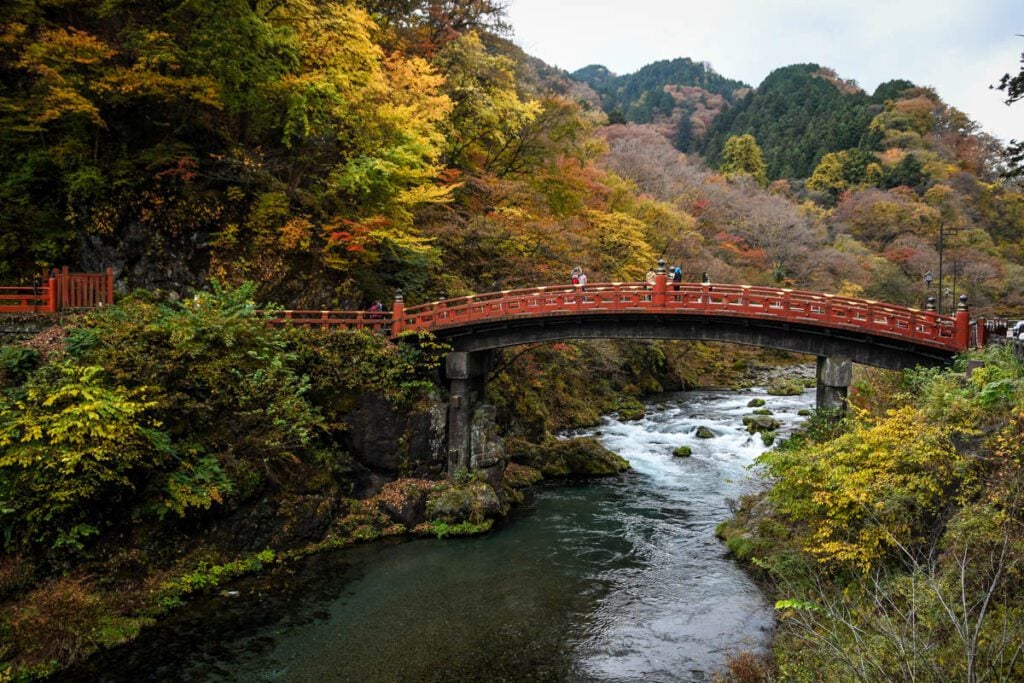
- At a glance: ancient city renowned for its natural beauty and World Heritage status
- Distance from Tokyo: 151 km / 93.8 miles
- Time: 2 hour 11 minute train ride / 1 hour 50 minutes driving
Resting in the mountains north of Tokyo is the beloved local treasure of Nikko, one of the most beautiful places to visit in Japan .
In fact, this region is so mesmerizing that the Japanese even gave it its own saying: “Don’t say magnificent before having seen Nikko.”
Religious complexes line the city, creating an ancient wonderland of Shinto shrines, Buddhist temples, World Heritage Sites, and mausoleums.
Nearby, Nikko National Park offers another tranquil escape in a sea of tall cedars, mountainous landscapes, waterfalls, and hot springs.
Top things to do in Nikko
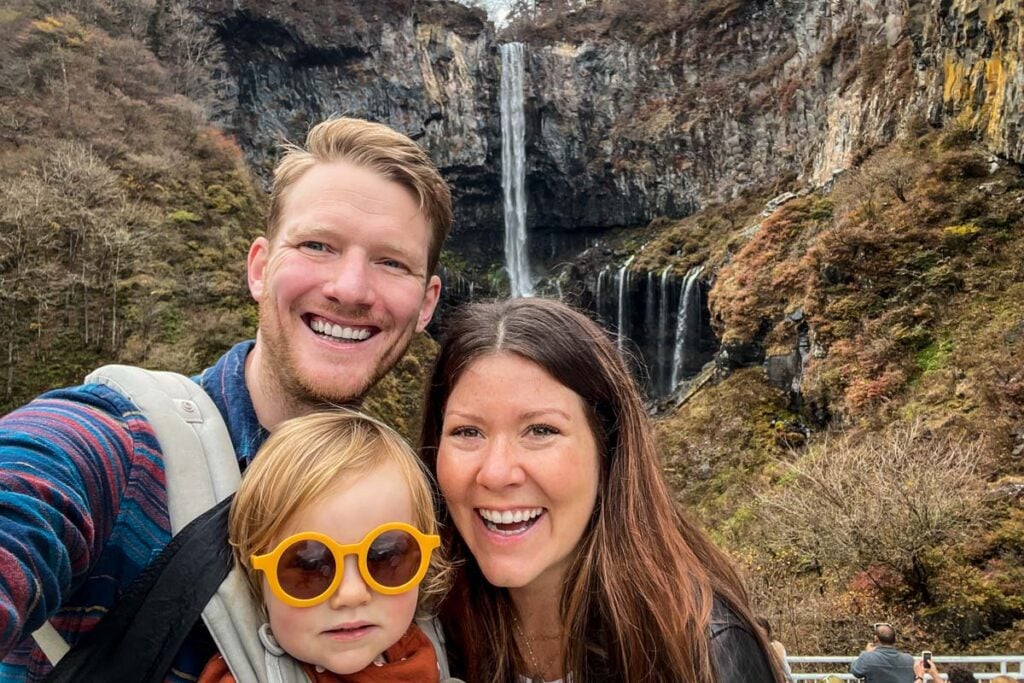
- Witness the awe-inspiring Kegon Falls , one of Japan’s highest cascades set dramatically amidst lush greenery.
- Discover Ryuzu Falls and Yudaki Falls , two waterfalls that are smaller and lesser-known than Kegon, but still worth a visit if you have the time.
- Wander the Kanmangafuchi Abyss . This riverside trail through a volcanic gorge lined with 70 stone Jizo statues was our favorite thing we did in Nikko.
- Explore the diverse landscapes of Nikko National Park , such as waterfalls, hot springs, and hiking trails.
- Enjoy a relaxing boat ride on Lake Chuzenji.
- Cross the red-painted Shinkyo Bridge , the oldest bridge in Japan as well as Nikko’s most iconic sight.
- See the UNESCO-listed Tosho-Gu Shrine . This lavish mausoleum is the final resting place of former shogun Tokugawa Ieyasu.
- Visit Rinnoji Temple , Nikko’s most important temple boasting three 7.5-meter gilded Buddha statues.
- Try yuba , a local specialty of tofu skins (way more delicious than it sounds!).
By train: From Kitasenju Station, take the Tobu-Nikko Line to Shimo-Imaichi Station.
By car: Take S1 northbound out of Tokyo, continuing onto Tohoku Expressway (E4). Stay on E4 for about 103 km (64 miles), then take the exit for Utsunomiya IC toward Nikko onto Route 119. Finally, take the exit for Dosawa IC onto Route 121.
By guided tour: This day trip from Tokyo includes stops at Tosho-Gu Shrine and Kegon Falls, as well as some free time to explore Nikko on your own.
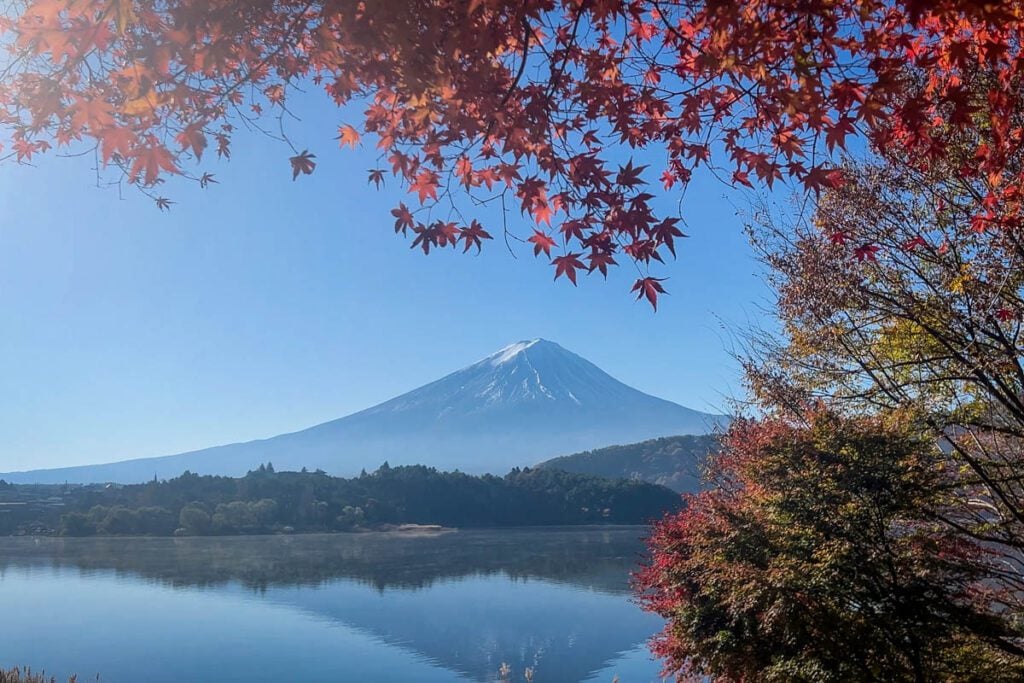
- At a glance: snow-capped volcano and Japan’s most iconic landmark
- Distance from Tokyo: 139 km / 86.4 miles
- Time: 1.5 hour train ride / 1 hour 48 minutes driving
When you think about Japan, the majestic peak of Mount Fuji is probably one of the first images that comes to mind, possibly framed with pastel cherry blossoms or fiery fall foliage . You know, the quintessential postcard shot.
In addition to being wildly popular for photography, Mount Fuji is worshiped by both Shinto and Buddhist religions as one of three sacred mountains in Japan, along with Mount Haku and Mount Tateyama .
Catching a glimpse of the beloved peak is undoubtedly one of the top things to do in Japan , but it comes with a catch: Mount Fuji is notoriously shy.
Despite being Japan’s tallest mountain that can even be seen from Tokyo on a clear day, Fooj is, more often than not, shrouded in cloud or fog, invisible even from nearby viewpoints.
We have firsthand experience with making the trip to see Mount Fuji, only to be met with a wall of gray clouds. To say we were disappointed is an understatement.
But the good news is that, even if you don’t get the postcard view, there’s enough to enjoy in the town of Fuji that it’ll still be worth your time. Besides, you never know, you might just get lucky! (Like we did on —ahem— our third trip to Japan.)
We have a complete guide for the perfect Mount Fuji day trip from Tokyo with all the info you need!
Top things to do in Fuji
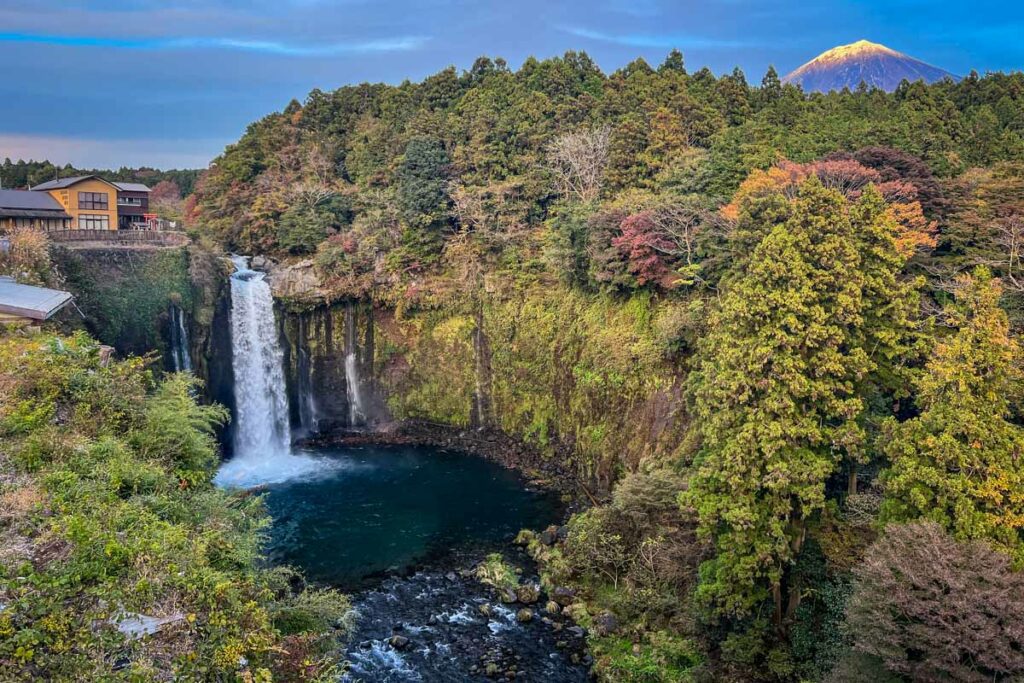
- Good to know: The climbing season for Mount Fuji runs from July to early September.
- Lake Kawaguchiko : quintessential lakeside view of Mount Fuji with cherry blossoms or maple leaves in the foreground.
- Arakurayama Sengen Park : iconic view of Chureito Pagoda set against the backdrop of Mount Fuji.
- Explore the Fuji Five Lakes . Made up of Lake Kawaguchi, Lake Yamanaka, Lake Sai, Lake Shoji, and Lake Motosu, this region offers both hiking trails and water activities, each with a unique perspective of Mount Fuji.
- Visit the breathtaking Shiraito Falls . In the foothills of Mount Fuji, thin streams of water cascade over a lush green cliff face nearly 500 feet wide, resembling delicate strands of silk. Shiraito Falls wasn’t on our itinerary originally, but we were so glad we decided to squeeze it in!
- Slurp hoto , a famous hotpot dish local to Yamanashi Prefecture made with thick, hearty noodles and pumpkin in a miso-based broth.
- Discover Kubota Itchiku Art Museum , a display of intricately dyed kimonos with a stunning Japanese garden and teahouse.
- Take a wild ride at Fuji-Q Highland , one of Japan’s most popular amusement parks with Guinness World Record roller coasters.
By train: From Shinagawa Station, take the Tokaido-Sanyo Shinkansen to Shin-Fuji Station.
By car: Follow Route 3 out of Tokyo onto E1. Continue traveling southwest on E1 for about 121 km (75 miles), then take the exit for Route 139 at Fuji IC toward Fuji/Fujinomiya.
By guided tour: This affordable tour from Get Your Guide will take you to the most popular Mount Fuji viewpoints, such as Arakura Sengen Shrine and Kawaguchiko Lake (#6 and #8 on this list of Tokyo day trips).
4. Yokohama
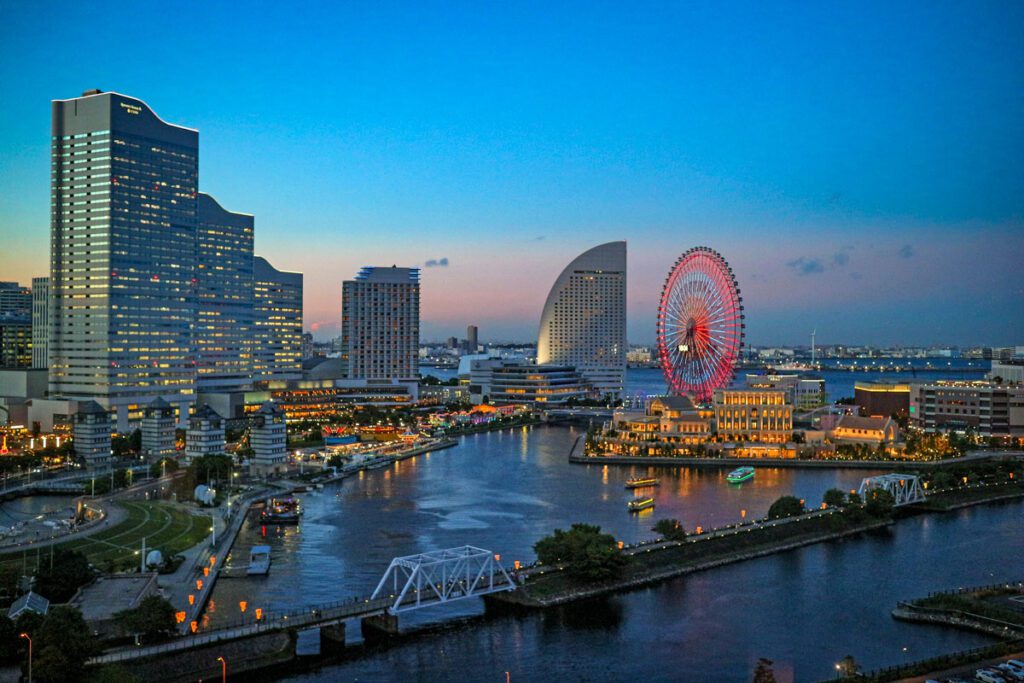
- At a glance: vibrant port city just outside Tokyo
- Distance from Tokyo: 35.8 km / 22.3 miles
- Time: 26 minute train ride / 33 minutes driving
Located about half an hour south of Tokyo, Yokohama is Japan’s second-largest city, as well as a super easy one to zip out to for an exciting day trip.
Yokohama was one of the first ports to open to international trade after Japan’s isolationist Edo Period, so the city is well known for its multiculturalism. In fact, its historic Chinatown is the largest in Japan, with around 500 shops and restaurants offering authentic cuisine, goods, and groceries.
Top things to do in Yokohama
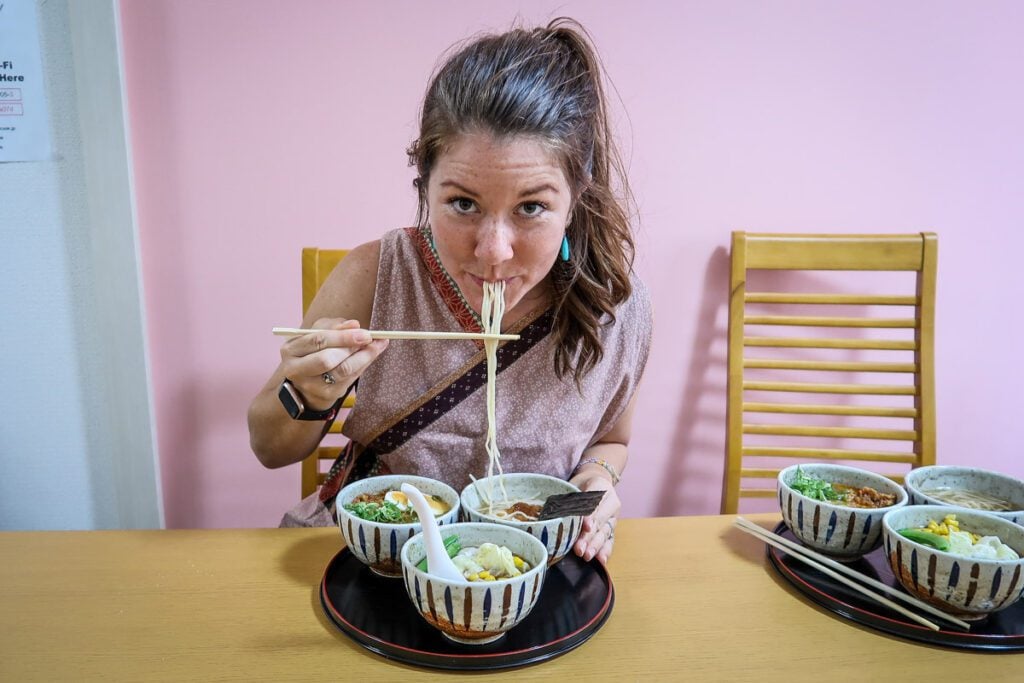
- Wander the colorful streets of Yokohama Chinatown while satisfying all your cravings for authentic Chinese food.
- Stroll through Sankeien Garden , a traditional Japanese garden with serene waterscapes, flowers, teahouses, and a pagoda.
- Good to know: the museum is currently closed for renovations and scheduled to reopen in March 2024.
- Board the NYK Hikawa Maru , a passenger ship turned floating museum that illustrates Yokohama’s maritime history.
- Tour the Kirin Beer Factory while learning about the brewing process through a variety of interactive exhibits and hands-on experiences.
- Shop and dine in the historic Red Brick Warehouse , a symbol of Yokohama’s port history with a variety of boutiques and restaurants. Head to the third floor balcony for sweeping harbor views.
- If you’re more of a noodle purest, try the Shin-Yokohama Ramen Museum instead to discover different regional styles of Japan’s beloved noodle dish.
By train: There are a couple of trains you can take to Yokohama Station depending on where you’re staying in Tokyo. From Shinagawa Station, take the Keikyu Main Line – Limited Express Misakiguchi. Otherwise, take the Toyoko Line from Shibuya Station.
By car: Follow Route 1 south out of Tokyo all the way to Yokohama.
By guided tour: This new half-day tour from Get Your Guide includes pickup in Tokyo and a guide who will take you to both famous attractions and hidden gems in Yokohama.
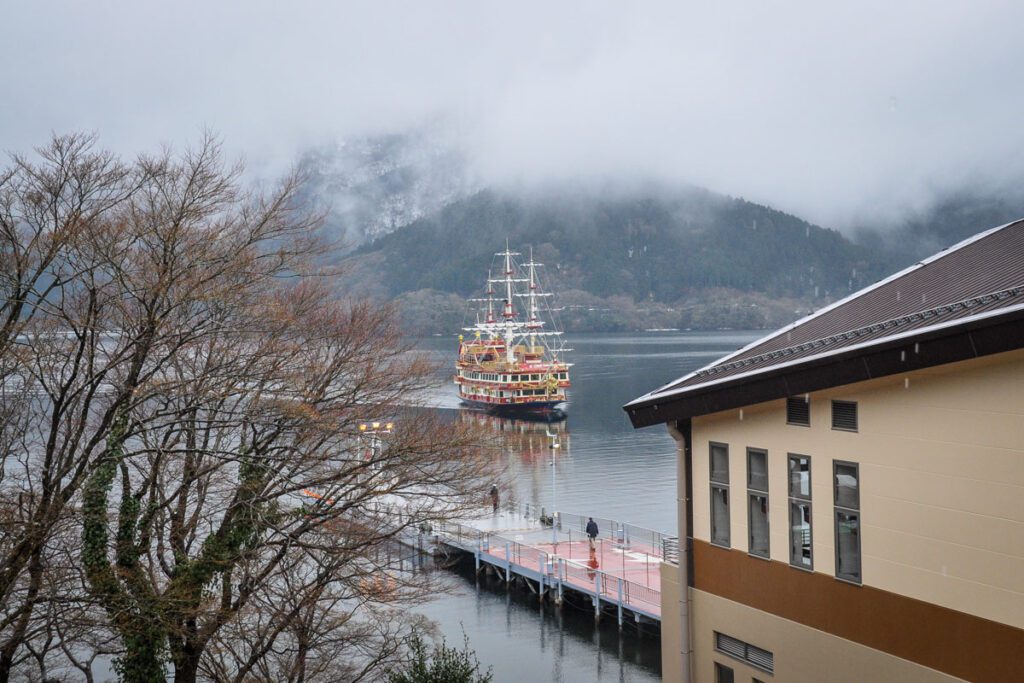
- At a glance: picturesque hot spring town with views of Mount Fuji
- Distance from Tokyo: 85.1 km / 52.9 miles
- Time: 1 hour 42 minute train ride / 1 hour 8 minutes driving
Nestled in the mountains on the shores of Lake Ashinoko, Hakone is known as a great place to view Mount Fuji. However, even if you aren’t able to glimpse the iconic mountain (all we saw was a sea of white clouds on our first visit), this small town still makes for a peaceful day trip from Tokyo.
Hakone is a renowned hot spring destination full of traditional Japanese guest houses called ryokan, many of which have therapeutic onsens that are open to the public. During our first trip to Japan in the winter of 2015, we took a steamy dip in the private onsen at Fuji-Hakone Guest House and relaxed with wine as snowflakes fell all around us. Talk about magical!
Insider tip: You may want to consider getting the Hakone Free Pass for your day trip. This is the most cost-effective package that includes all bus tickets in the area, as well as a lake cruise and a gondola ride.
Top things to do in Hakone
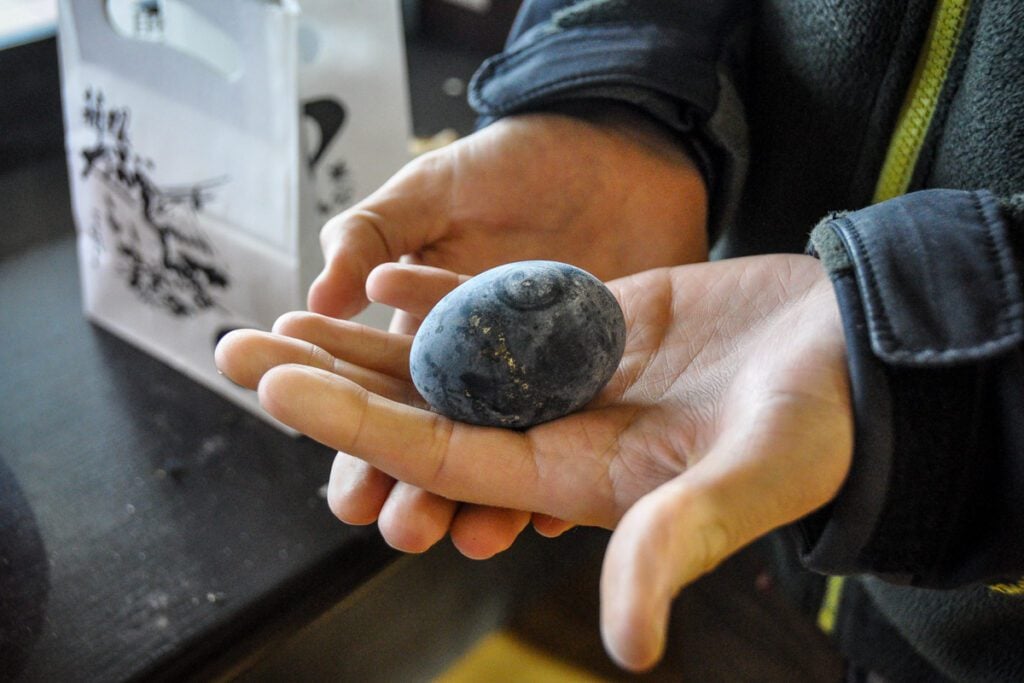
- Soak in one of Hakone’s many onsens . Try to find one that’s outdoors for a chance to see Mount Fuji.
- Explore the Hakone Open-Air Museum , where the natural environment is the setting of various sculptures and art installations.
- Eat a black egg in Owakudani . The eggs are boiled in the hot springs and legend says that eating one will add 7 years to your life.
- Cruise Lake Ashinoko on a pirate ship . This cheesy-but-fun tourist activity is a unique way to sightsee around the lake and is included in the Hakone Free Pass.
- Good to know: Sections of the ropeway will be out of service for maintenance January – March, 2024. Full service is set to resume March 18.
- Discover Hakone Shrine , the region’s most important Shinto shrine. From the red torii gate standing in the waters of Lake Ashi to the buildings hidden in the deep forest, this picturesque shrine embraces its natural surroundings.
- Stroll through a sea of swaying pampas at Sengokuhara Susuki Grass Fields, a dreamy landscape that changes color with the seasons.
By train: The simplest way to get to Hakone from Tokyo by train is to take the Limited Express Romancecar from Shinjuku Station to Hakone-Yumoto Station. This train, designed for sightseeing, costs ¥2,470 (about $17.50 USD) and is not included in the Hakone Free Pass.
Alternatively, if you have the JR Pass you can use it to get as close as Odawara Station, then use the Hakone Free Pass from there. There are no JR lines within the Hakone region.
By car: Take Route 3 southwest out of Tokyo onto the Tomei Expressway (E1). At the Atsugi Interchange, get on Route 271 and continue until Odawara-nishi Interchange. Then follow Route 1 to Hakone city center.
By guided tour: This bus tour from Get Your Guide includes a pirate ship cruise on Lake Ashinoko as well as a gondola ride up Mount Hakone, finishing with your choice between shopping at the Gotemba Premium Outlets or relaxing in an onsen.
6. Arakurayama Sengen Park
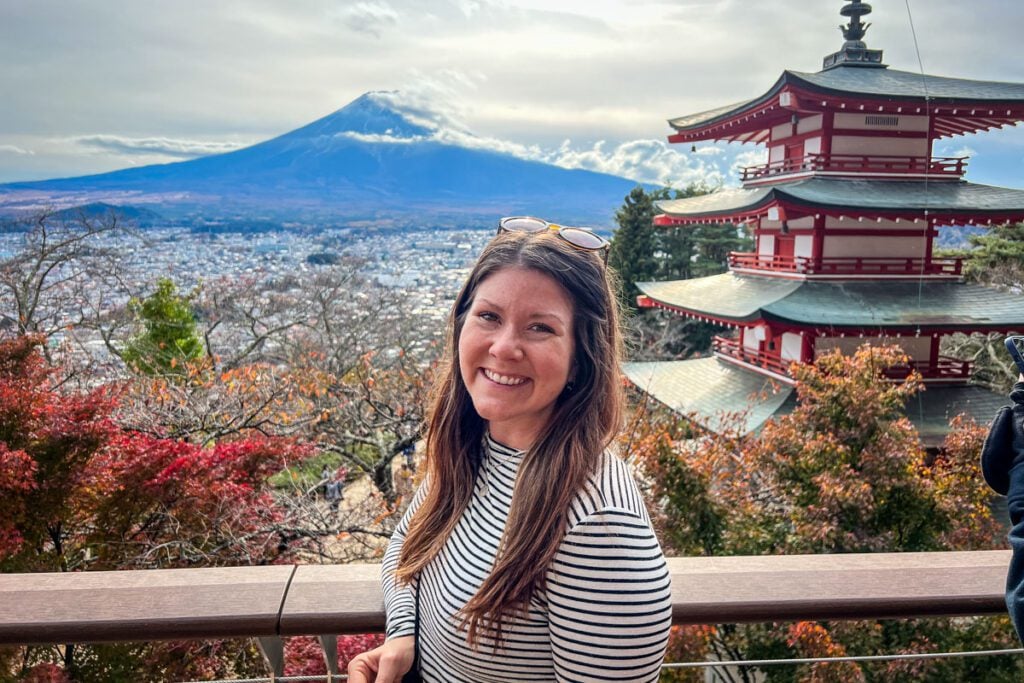
- At a glance: postcard views of Chureito Pagoda and Mount Fuji
- Distance from Tokyo: 108 km / 67 miles
- Time: 2.5 hour train ride / 1 hour 25 minutes driving
Located in Fujiyoshida not far from Tokyo, Arakurayama Sengen Park is celebrated as one of the best places to view and photograph Mount Fuji.
This is where you get that postcard-perfect shot – you know the one I’m talking about. The vermillion 5-tiered pagoda (it’s called Chureito Pagoda, if you didn’t know) rising out of a sea of pink and white cherry blossoms, set against the backdrop of Japan’s most iconic peak.
That’s the dream, anyway.
Of course, the reality is that you’ll be bumping elbows with hordes of other tourists ( especially during sakura season), and you may not even see Mount Fuji, who is notoriously shy and likes to hide behind clouds.
I’m not saying all this to be a downer or to dissuade you from going, but to help you manage your expectations. The first time we tried to see Mount Fuji, all we got was a seemingly solid wall of white clouds. But on our most recent trip to Japan, we got super lucky and had several days of clear Fuji views. You just never know!
Top things to do in Arakurayama Sengen Park
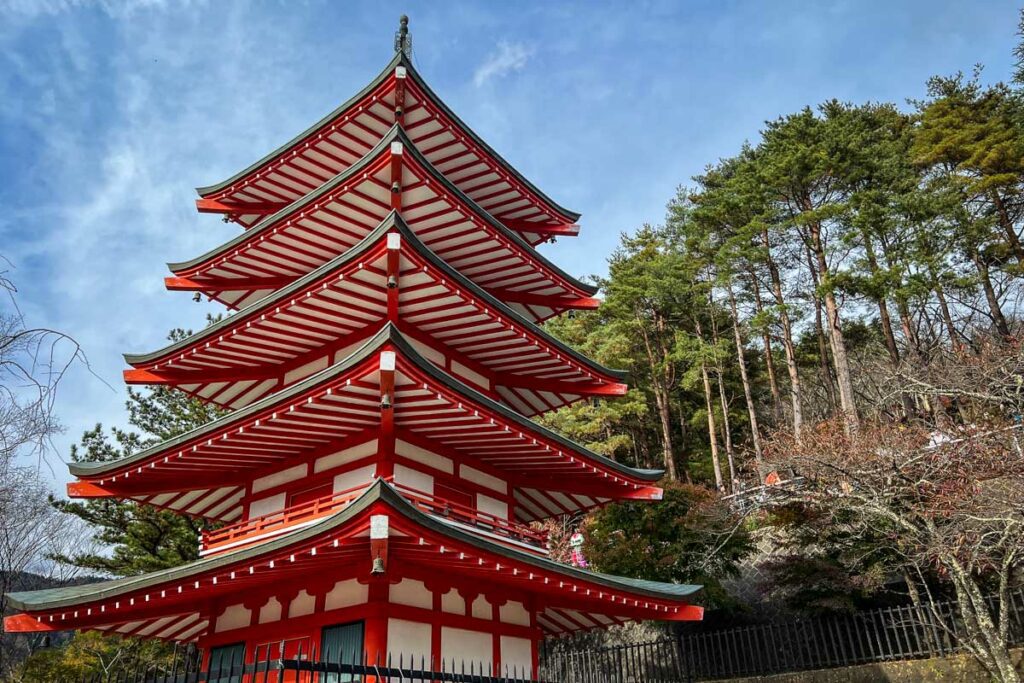
- Climb 398 steps to the observation deck for the best views.
- Capture iconic photos of Chureito Pagoda with Mount Fuji in the background.
- Witness seasonal foliage , such as cherry blossoms in the spring and fiery red Japanese maples in the fall.
- Admire Arakura Fuji Sengen Shrine .
- Hike the forested Gongon-ishi trails.
By train: Take the Chuo Line from Shinjuku to Shimoyoshida Station. From there, you can either take a local bus or walk about 20 minutes to Arakurayama Sengen Park.
By car: Follow Route 4 westbound out of Tokyo. At Takaido Interchange, get on Chuo Expressway (E20) and continue until Otsuki Interchange. Turn onto Kawaguchiko Rte (E68), then exit at Fujiyoshida-Nishikatsura Smart Interchange.
By guided tour: Arakurayama Sengen Park is included in this full-day sightseeing tour from Tokyo, as well as other famous landmarks in the Fujisan area.
7. Hitachi Seaside Park
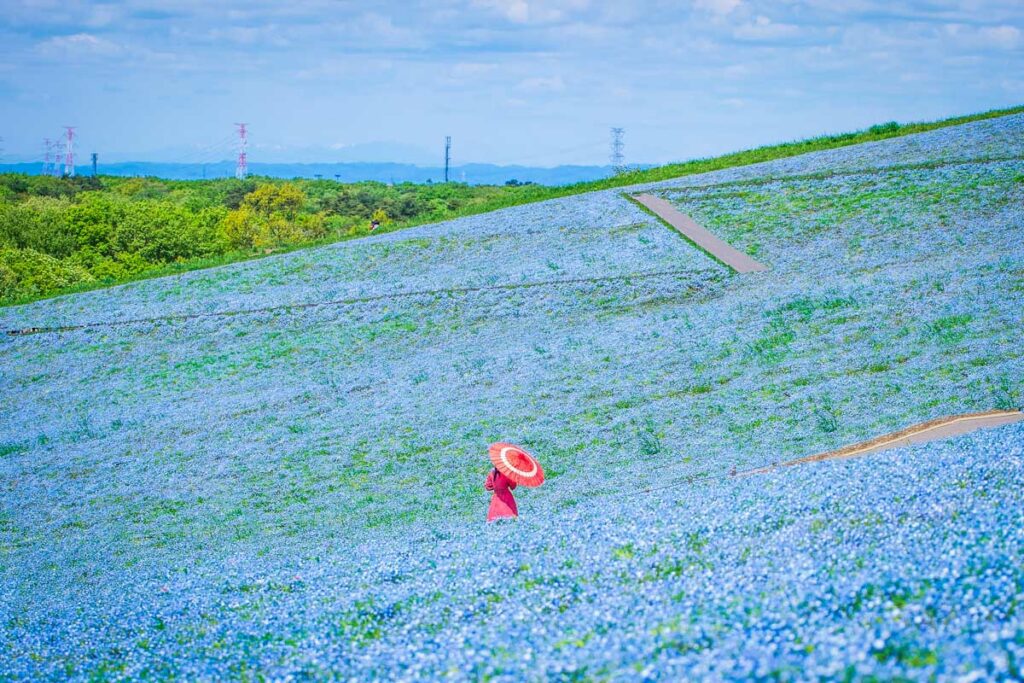
- At a glance: sweeping fields of colorful flowers
- Distance from Tokyo: 126 km / 78.3 miles
- Time: 1 hour 54 minute train ride / 1 hour 27 minutes driving
Situated in Ibaraki Prefecture northeast of Tokyo, Hitachi Seaside Park covers the slopes of Japan’s Pacific coast with millions of flowers that bloom year-round.
The park’s most iconic flower is nemophila, whose delicate sky-blue petals carpet Miharashi Hill around late-April to mid-May. On a clear day, the sky, sea, and flowers together create a 360-degree periwinkle panorama.
Spring also brings yellow and white narcissus, rows of colorful tulips, poppies, and roses. Summer blooms include sunflowers and zinnia, while the fluffy, rounded kochia bushes display a vivid lime green.
Moving into fall, the kochia gradually turn a vibrant shade of scarlet while cosmos explode in pinks and oranges. Even winter has its blooms with ice tulips and Japanese plum trees.
In addition to flowers, Hitachi Seaside Park features a small amusement park with a giant ferris wheel, a few other retro rides, and a putt-putt golf course, making it a great day trip for families.
Top things to do in Hitachi Seaside Park
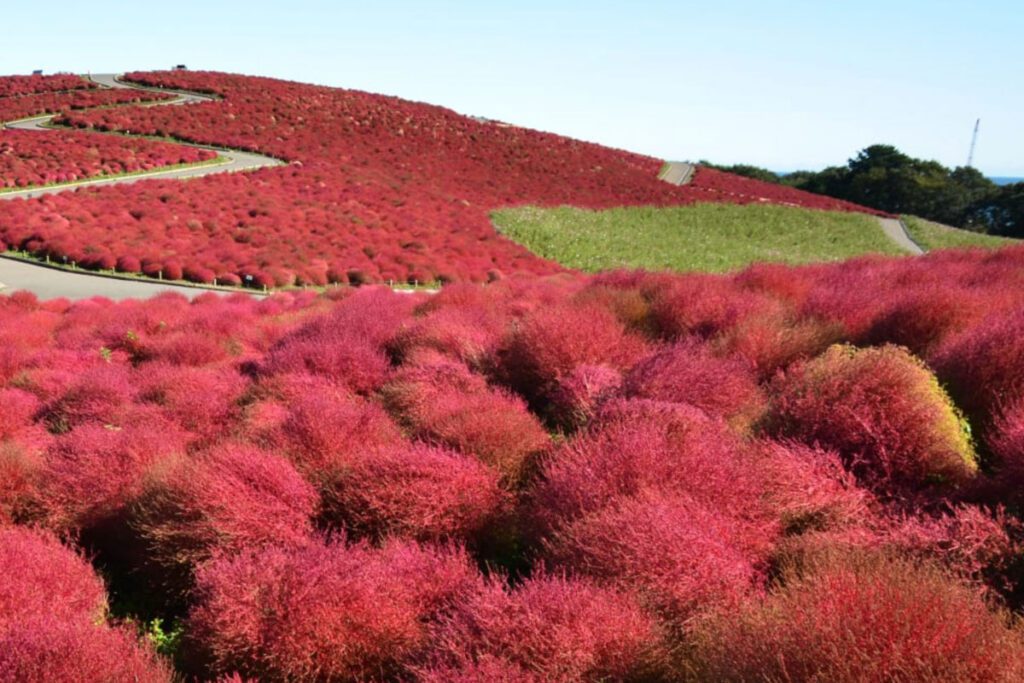
- Admission ranges from ¥450-700 (about $3-5 USD) depending on the season.
- Rent a bicycle and explore the park’s expansive grounds on two wheels. There are separate paths for walking and cycling throughout the park for added safety and comfort.
- Take a spin on the giant ferris wheel and enjoy panoramic views of both the park and the Pacific Ocean.
- Play a round of putt-putt golf on the 36-hole course.
By train: From Ueno Station, take the Hitachi and Tokiwa train to Katsuta Station, then catch a local bus to Hitachi Seaside Park.
By car: Take Route 6 northbound out of Tokyo, continuing onto Joban Expressway (E6). At Tomobe Junction, get on the Kita Kanto Expressway (E50) and follow to Hitachi Seaside Park.
By guided tour: Hitachi Seaside Park is the final stop on this day trip from Tokyo , which also includes Oarai Isosaki Shrine and Nakaminato Fish Market.
8. Lake Kawaguchi
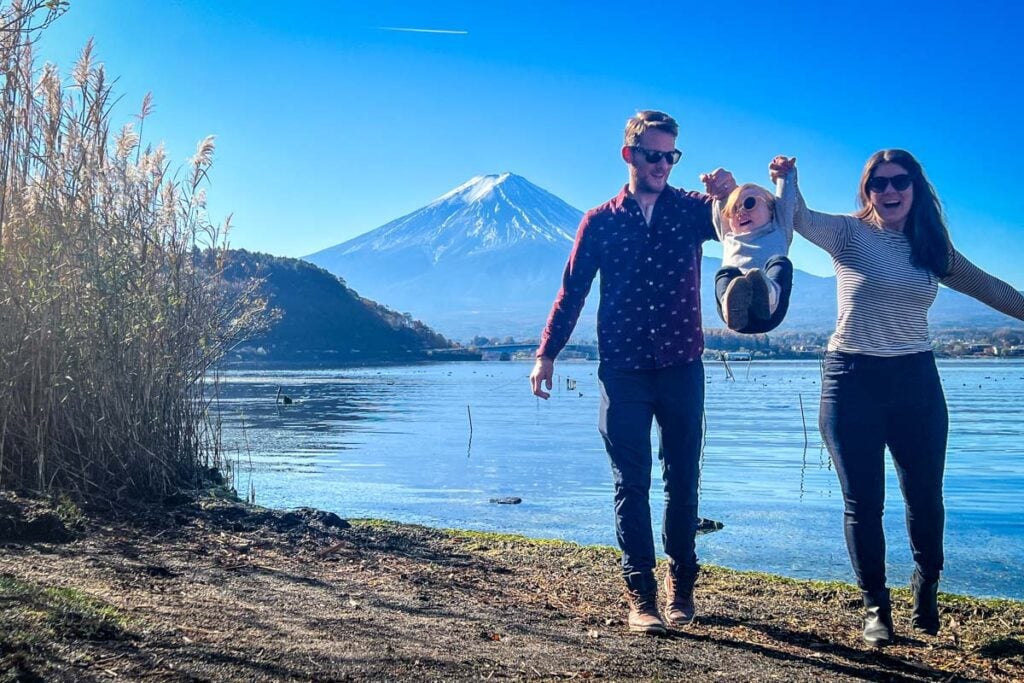
- At a glance: water activities and scenic views at the foot of Mt. Fuji
- Distance from Tokyo: 114 km / 70.8 miles
- Time: 2 hour 35 minute train ride / 1 hour 28 minutes driving
The most accessible of the Fuji Five Lakes, Lake Kawaguchi is undoubtedly one of the most popular places to view and photograph Mount Fuji. The serene waters of the lake reflect the iconic peak within a frame of seasonal foliage, changing from cherry blossoms in the spring to crimson maple leaves in the fall.
Even if you aren’t lucky enough to see Mount Fuji, a day trip to Lake Kawaguchi promises a relaxing break from the big city with plenty of opportunities to enjoy the area’s natural beauty.
Top things to do in Lake Kawaguchi
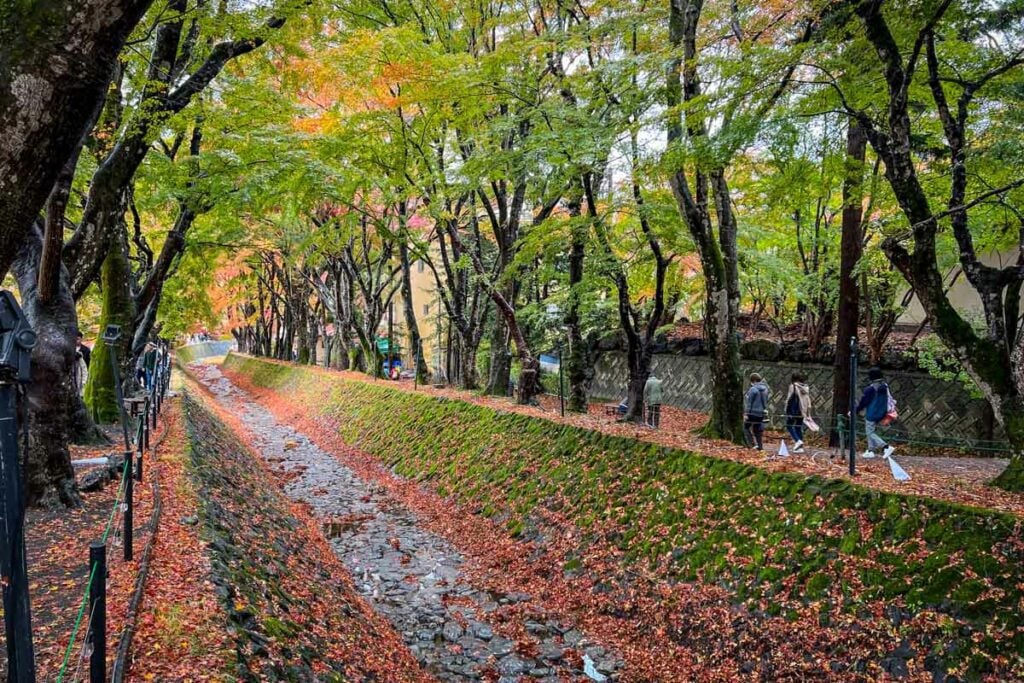
- Snap a postcard-worthy photo of Mount Fuji from the northern shore of the lake.
- Cruise Lake Kawaguchi for a unique perspective of Mount Fuji and the surrounding landscapes.
- Ride the Kachi Kachi Ropeway for panoramic views of Lake Kawaguchi and Mount Fuji.
- Visit Kubota Itchiku Art Musuem to see a breathtakingly impressive collection of kimonos (trust me, it’s worth it!). The gardens on the ground are stunning and the onsite teahouse is a nice place to relax with a matcha set.
- Discover the Kawaguchiko Music Forest , a museum that houses antique music boxes and other mechanical instruments set amongst beautiful European-style gardens.
- Good to know: This location is different from the Momiji Tunnel , which is a popular spot to photograph Mount Fuji.
- Make your own jam at the Kawaguchiko Natural Living Center . This family-friendly experience is located in Oishi Park, a prime Mount Fuji viewing spot. The center also offers a couple of cafes, a handful of shops, and fruit picking in the summer.
- Relax in an onsen with a view . Lake Kawaguchi has plenty of hot springs to choose from for a steamy soak.
By train: Take the Chuo Line from Shinjuku to Kawaguchiko Station, then catch a local bus to the lake.
By car: Follow Route 4 westbound out of Tokyo. At Takaido Interchange, get on Chuo Expressway (E20) and continue until Otsuki Interchange. Turn onto Kawaguchiko Rte (E68). At Kawaguchiko Interchange, get on Route 139 westbound, then turn right onto Route 707.
By guided tour: This day trip from Tokyo includes stops at Arakurayama Sengen Park (#6 on this list), the Kawaguchiko craft park, Oishi Park, and finally the traditional village of Saiko Iyashi no Sato Nenba.
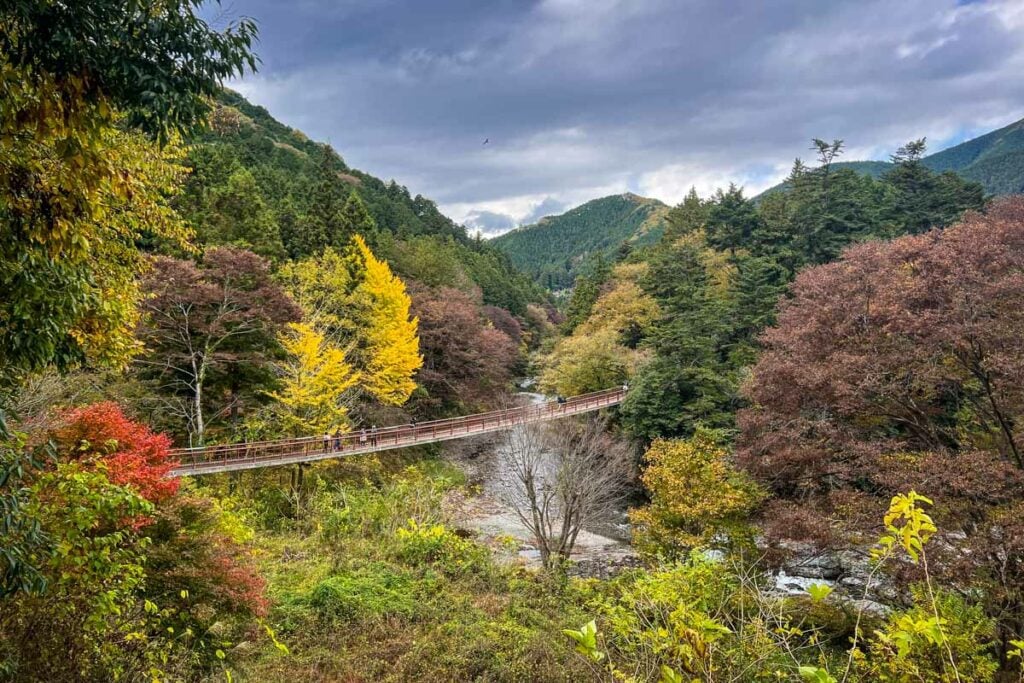
- At a glance: scenic escape with lush greenery and quirky attractions
- Distance from Tokyo: 52.5 km / 32.6 miles
- Time: 1 hour 4 minute train ride / 50 minutes driving
Located within the Tokyo Metropolitan area, Akiruno is one of the most accessible day trips from Tokyo. But with peaceful temples and fairytale forests dotted around the meandering Aki River, it couldn’t feel further from the neon and steel of the big city.
“Aki” is Japanese for “autumn”, so it’s no surprise that fall is considered the best time to visit. The momiji (Japanese maple) and gingko trees in the Akigawa Valley, ablaze with shades of red and gold, create a brilliant tapestry of color.
But there’s also a case to be made for early summer, when 10,000 hydrangeas burst to life on the forested slopes of Minamisawa Ajisai Mountain. Paths weave through the pink and blue flowers beneath towering cedar trees, creating a magical atmosphere.
Top things to do in Akiruno
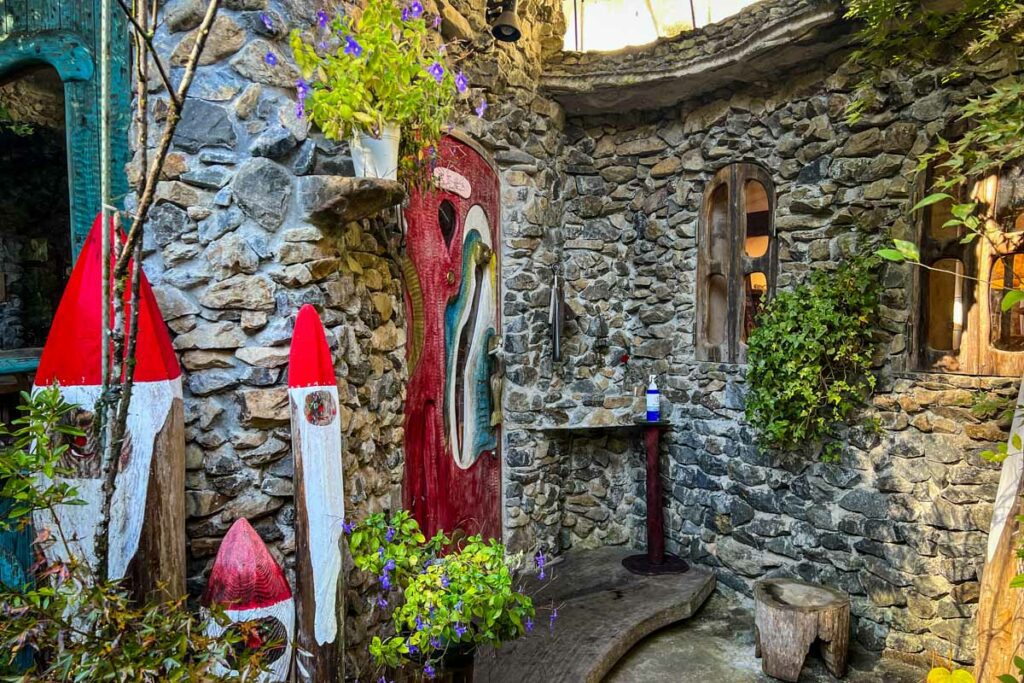
- Witness the captivating fall foliage of the Akigawa Valley .
- Walk across Ishibune Bridge , a 96-meter (315 ft) footbridge over the Akigawa River that provides panoramic views of the scenic gorge.
- Sip a hot drink at the Fukuzawa Tiny Museum . They only serve black coffee and tea, but we loved visiting this quirky little cafe, owned by a sweet couple and filled with the husband’s whimsical art. There’s a lovely garden with a koi pond out back and, as a bonus, we had the place all to ourselves!
- Cuddle adorable pigs at Pignic Farm & Cafe . (pictured below)
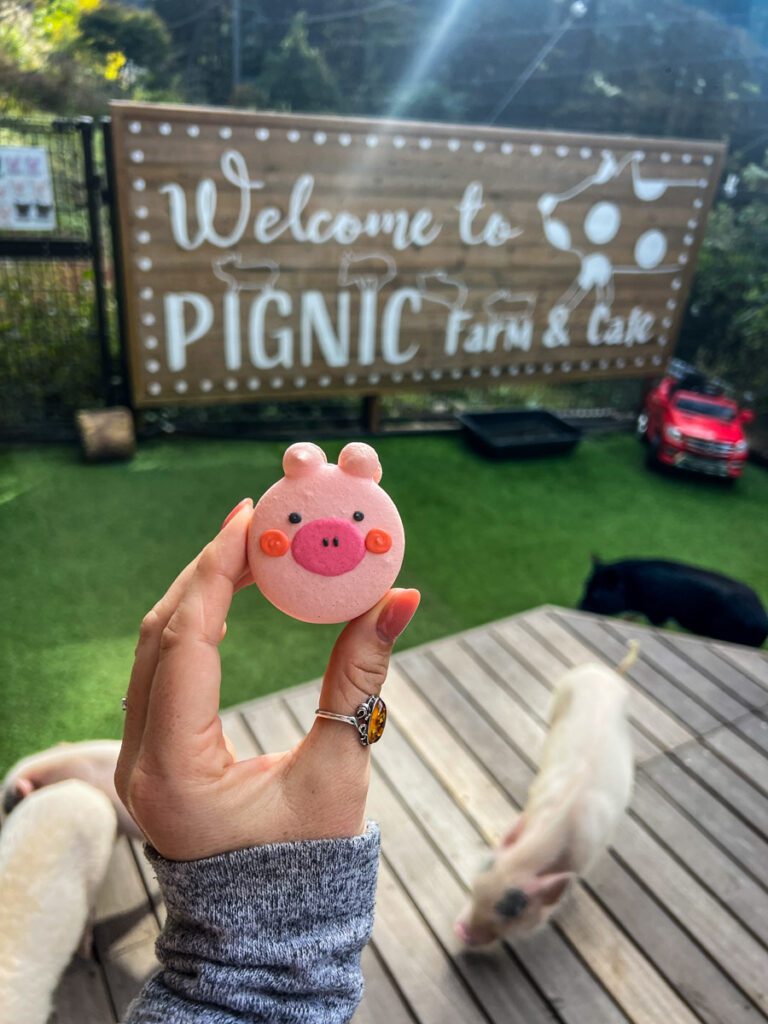
- Visit Kotokuji Temple , known for its moss-covered gate and gingko trees that surround the temple in a canopy and carpet of golden leaves in the fall.
- Good to know: the hydrangeas bloom in mid-June to early July. During hydrangea season, there is a ¥600 ($4.15 USD) entry fee. No parking is available and visitors are asked not to bring a vehicle.
- Explore Odake Limestone Cave , a 300-meter (984 ft) subterranean gallery of natural rock formations beneath a sacred mountain.
By train: Take the Chuo Line from Shinjuku to Haijima Station, then catch a local bus to Akiruno.
By car: Take Route 4 westbound out of Tokyo to Takaido Interchange and get on Chuo Expressway (E20). At Hachioji Interchange, follow signs for Central Hachioji/Akishima. Turn right at Tanino Kaido intersection onto Route 166. Make a left onto Route 169, following signs to your destination.

10. Wine country: Yamanashi Prefecture
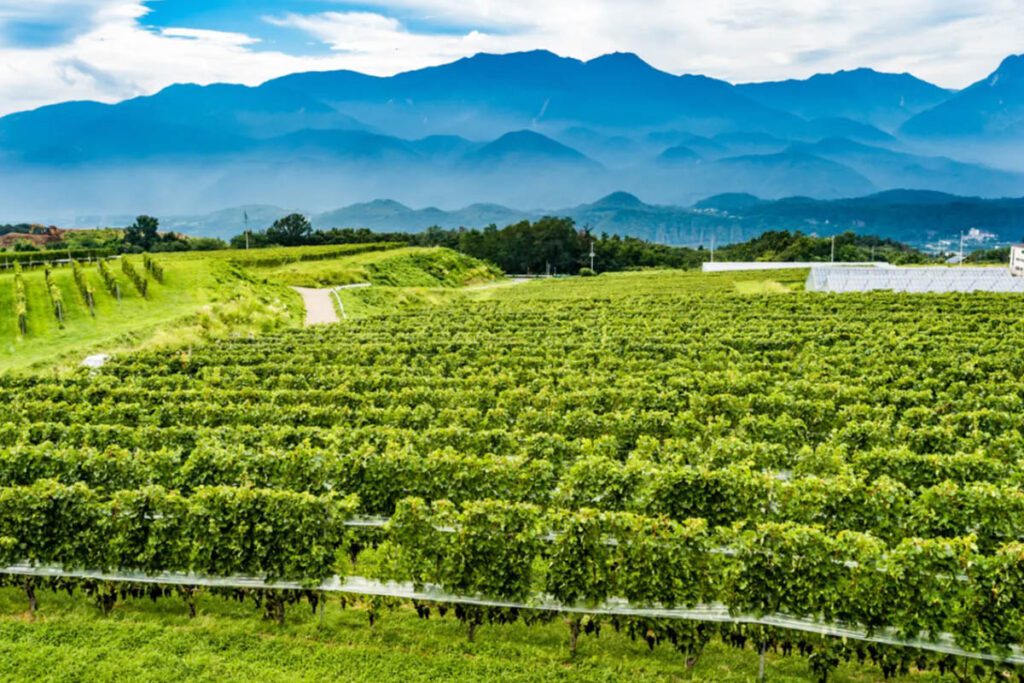
- At a glance: rolling vineyards and serene lakes with Mt. Fuji views
- Distance from Tokyo: 121 km / 75.2 miles
- Time: 1 hour 18 minute train ride / 1 hour 13 minutes driving
When you hear “wine country”, you probably think of France, Italy , Napa, maybe New Zealand … but I’m betting Japan doesn’t come to mind, right?
Well as it turns out, Japan actually has its own wine country in Yamanashi Prefecture , just west of Tokyo.
It’s known as Japan’s “fruit kingdom”, and it’s easy to see why. Not only does Yamanashi produce more grapes, peaches, and plums than anywhere else in the country, they also grow cherries, persimmons, pears, apples, kiwi, and strawberries.
At the heart of Yamanashi is the Kofu Basin, a sunny valley encircled by mountains. Conditions in the basin are just right for vineyards, including a unique local specialty, the Koshu grape.
But if you’re not a wino, don’t scroll away just yet – the Kofu Basin is also known for its abundance of pure, fresh water, which is used to make high-quality sake, whiskey, and craft beer in addition to wine.
Oh, and did we mention a lot of the wineries have views of Mount Fuji?!
Top things to do in Yamanashi Prefecture
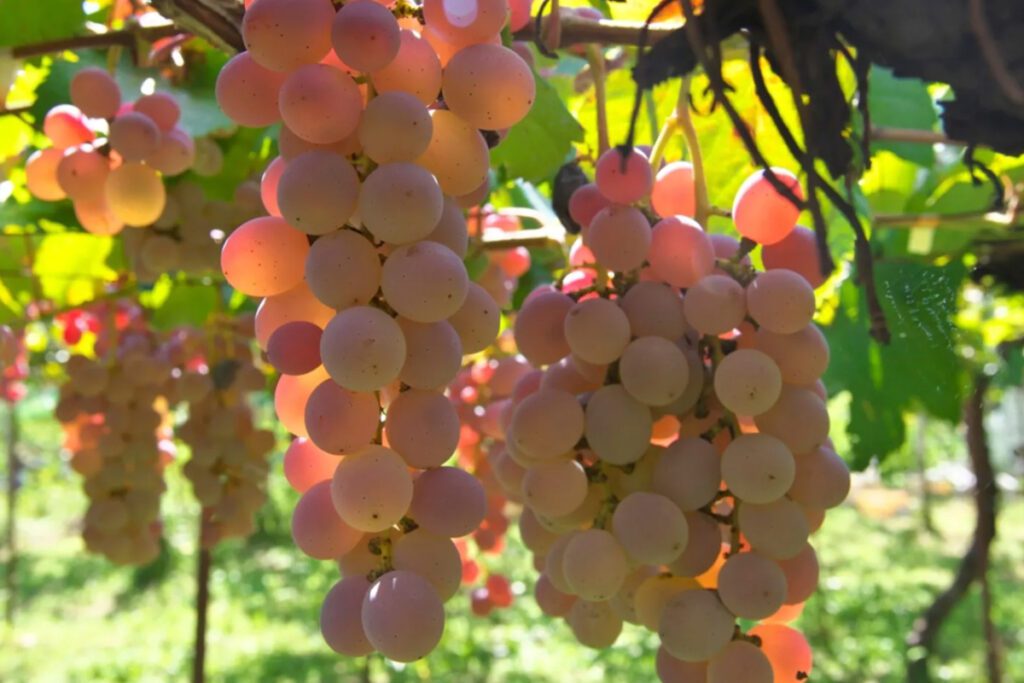
- Go wine tasting in Katsunuma. There are around 40 wineries to choose from in Katsunuma alone, but Chateau Mercian is one that offers tours in English, as well as a tasting room and a wine museum.
- Pick fruit in an orchard and enjoy seasonal produce as fresh as it gets.
- Admission fees for both are around ¥900-1,000 (less than $7 USD).
- Visit Daizenji Temple . Nicknamed “Grape Temple”, this is a fitting historic site to add to your wine country itinerary. Daizenji overlooks the Kofu Plain from its position on a hillside covered with vineyards, and it houses a statue of a grape-bearing Buddha.
- Hike to Nanatsugama Godan Falls , a spectacular 5-tiered turquoise waterfall in the Nishizawa Valley of Chichibu-Tama-Kai National Park. This loop takes about 3.5 hours to complete and could be done on a day trip.
By train: From Shinjuku Station, take the Chuo Line to Enzan Station in Koshu. The express trains are the fastest, but are expensive if you don’t have the JR Pass . The regular train takes about 30 minutes longer, but costs about half as much.
By car: It’s a straightforward drive from Tokyo to Katsunuma in Yamanashi Prefecture via the Chuo Expressway (E20).
11. Chichibu
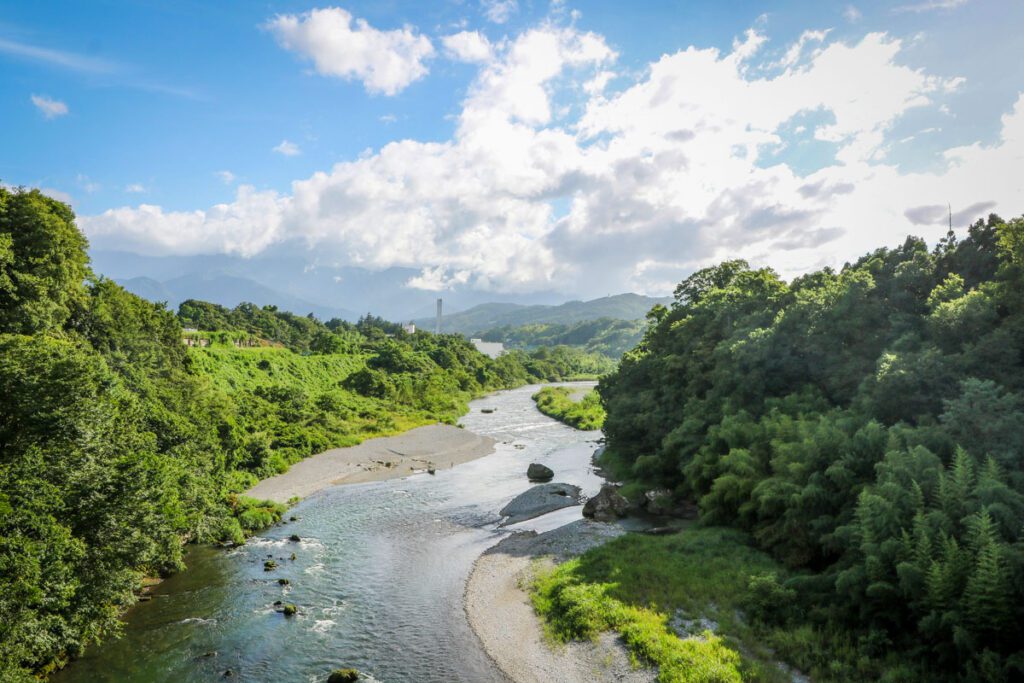
- At a glance: nature, culture, and outdoor adventures surrounded by mountains
- Distance from Tokyo: 109 km / 67.7 miles
- Time: 2 hour 4 minute train ride / 1 hour 41 minutes driving
Surrounded by densely forested mountains, intersected by the meandering Arakawa River, and neighbored by a national park, the picturesque town of Chichibu is a treasure trove of outdoor adventure within reach of the city.
Each season has something different to offer, from springtime blooms to dazzling winter ice formations, and the Nakatsu Valley is considered one of the 100 best places in Japan to see fall foliage.
Top things to do in Chichibu
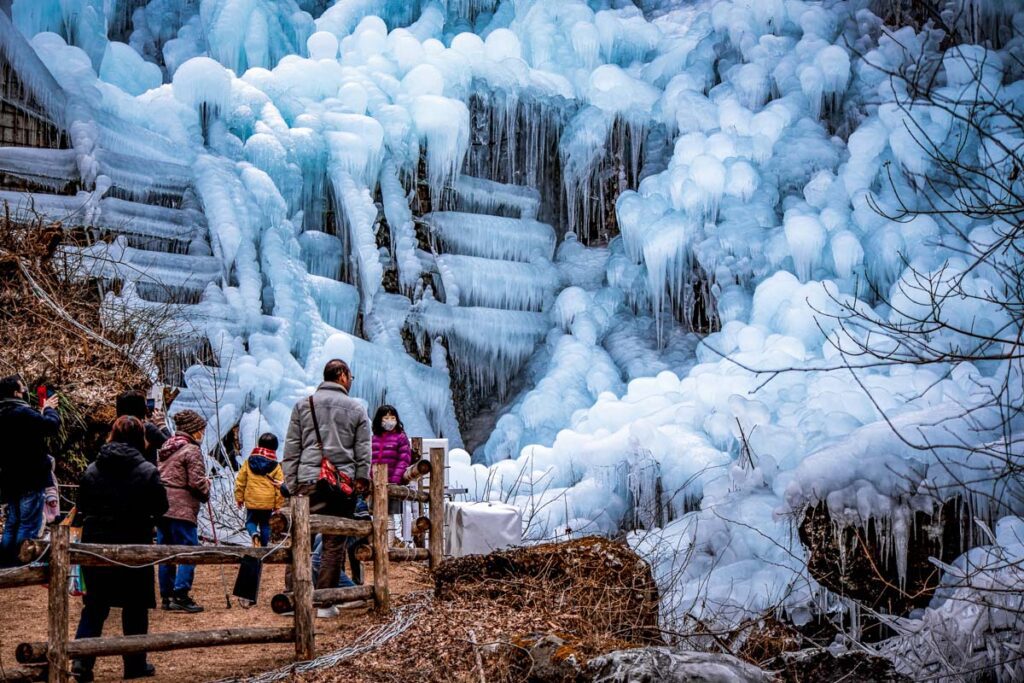
- Travel through the Nakatsu Valley in autumn to see the 10-kilometer (6.2 mile) long valley alight with fiery fall foliage.
- Get your adrenaline pumping at Chichibu Geo Gravity Park . Soar high above the Arakawa River on a zipline, plunge into the abyss with a bungee jump, or try the canyon walk or swing.
- Go whitewater rafting in nearby Nagatoro. This company offers tours in English.
- See the shibazakura (moss phlox) in bloom. In late spring, Hitsujiyama Park becomes a sea of vibrant fuschia, magenta, and white flower gardens laid out in elaborate designs.
- Try the shaved ice at Asami Reizou . Customers queue up at this shop in Nagatoro for a chance to try the famous dessert, made from ice harvested outside in the winter and flavored with natural toppings.
- Marvel at the Icicles of Misotsuchi , a natural phenomenon that only appears in the coldest weeks of the year when mountain runoff freezes over a rock wall.
- Attend Chichibu Yomatsuri in early December. The famous Night Festival includes a parade of illuminated floats, a 2-hour fireworks display, and tons of street food.
- Walk part of the Chichibu Pilgrimage Circuit , a historic route connecting 34 temples across the county. Chichibu Tourism offers a recommended day trip route on their website here .
- Visit Mitsumine Shrine , a Shinto site dedicated to sacred mountain wolves. Sadly, the Japanese wolf is now extinct, but the shrine offers a serene woodland atmosphere and impressive mountain views.
By train: From Ikebukuro Station, take the Seibu Ikebukuro Line Limited Express to Seibu-Chichibu Station.
By car: Follow Kan-etsu Expressway (E17) heading northwest out of Tokyo. At Hanazono Interchange, get on Route 140 and continue to Chichibu.
12. Mt. Nokogiri
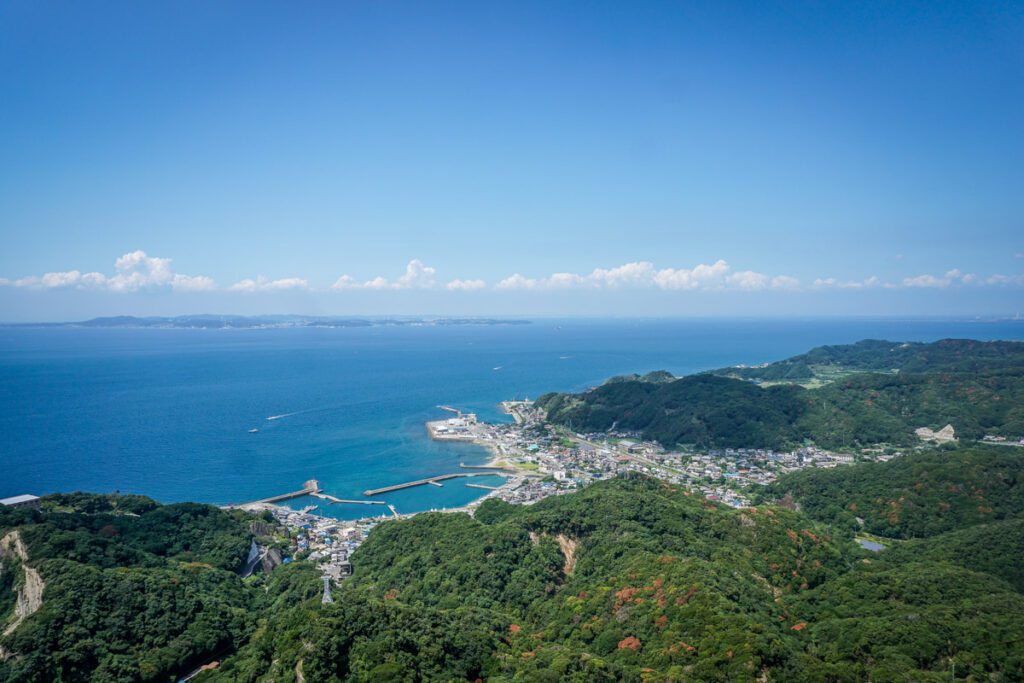
- At a glance: captivating rock formations and Buddhist temple with views of Tokyo Bay
- Distance from Tokyo: 80 km / 49.8 miles
- Time: 2 hour 21 minute train ride / 56 minutes driving
On the west coast of the Boso Peninsula in Chiba Prefecture, Mt. Nokogiri looms 329 meters high (1,079 feet) over the small seaside towns of Kanaya and Hota.
Nokogiriyama translates to “saw mountain”, named for its jagged, rocky ridgeline that resembles the teeth of a saw. Below the ridgeline, sheer, vertical cliffs of bare granite drop dramatically into lush forest.
Networks of hiking trails, panoramic viewpoints, and a large temple complex make Mt. Nokogiri well worth a day’s exploration.
If you’re driving, there is a toll road off Route 127 on the outskirts of Hota with parking near the summit. Otherwise, you can take the ropeway from Kanaya or ascend on foot via some-2,639-odd steps.
Top things to do in Mt. Nokogiri
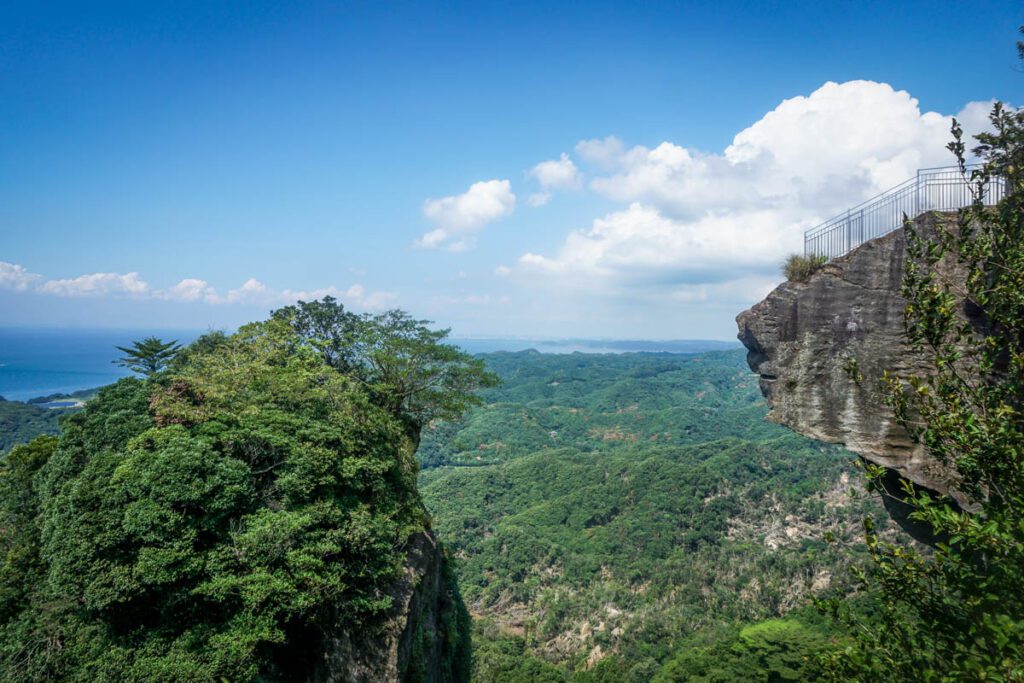
- Test your nerve at Jigoku Nozoki , aka “Hell Peek Point”. One of the highest lookouts in Chiba Prefecture, visitors queue up to feel the thrill of peering straight down into the abyss from a rock that juts over the edge of the cliff.
- Good to know: there is an admission fee of ¥700 ($4.85 USD) to enter the temple grounds, which includes all mountaintop landmarks.
- Marvel at the giant granite Buddha statue , one of the largest in Japan.
- Fun fact: the name “Hyaku-Shaku” describes the height of the statue – 30 meters (almost 100 feet).
- Look for the smaller rakan statues. There are hundreds of carvings of Buddha’s disciples scattered throughout the temple grounds, tucked away in caves and crevices.
- Fee: ¥650 one-way or ¥1,200 round-trip ($4.50 / $8 USD)
By train: To get to Mt. Nokogiri from Tokyo, you can either take the train around the edge of Tokyo Bay, or take a bus across. Despite the bus route being more direct, both take about the same amount of time.
By car: The quickest driving route from Tokyo to Mt. Nokogiri is via the Tokyo Wan Aqua Tunnel which runs under Tokyo Bay. Continue on the expressway to Kisarazu Junction, then turn onto Tateyama Expressway (E14) toward Tateyama. At Kisarazu-minami Junction, keep left to continue south on E14 to your destination.
13. Kawagoe
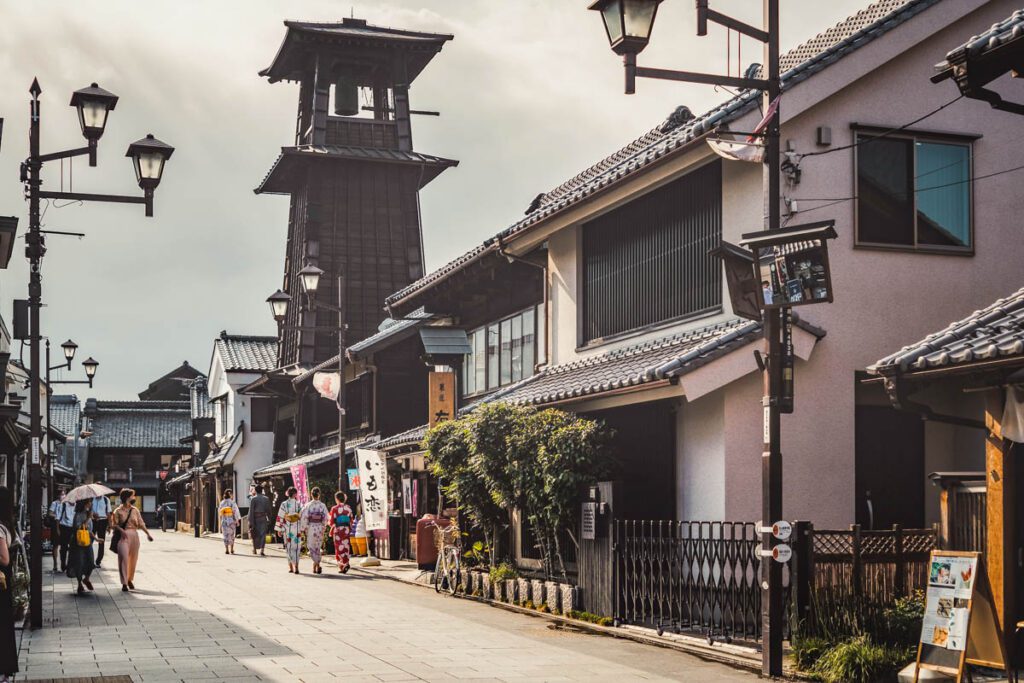
- At a glance: historic charm, Edo-period architecture, and cultural attractions
- Distance from Tokyo: 35.4 km / 22 miles
- Time: 25 minute train ride / 46 minutes driving
The city of Kawagoe in Saitama Prefecture is often referred to as “Koedo”, which translates to “Little Edo”.
Wandering the streets lined with Edo-period architecture housing traditional shops and eateries, you might feel like you’ve stepped back in time. A nostalgic and enchanting atmosphere pervades the streets, like a living museum.
As you explore, be sure to try a sweet potato snack or two. This local specialty can be found in just about everything, from ice cream to craft beer.
Top things to do in Kawagoe
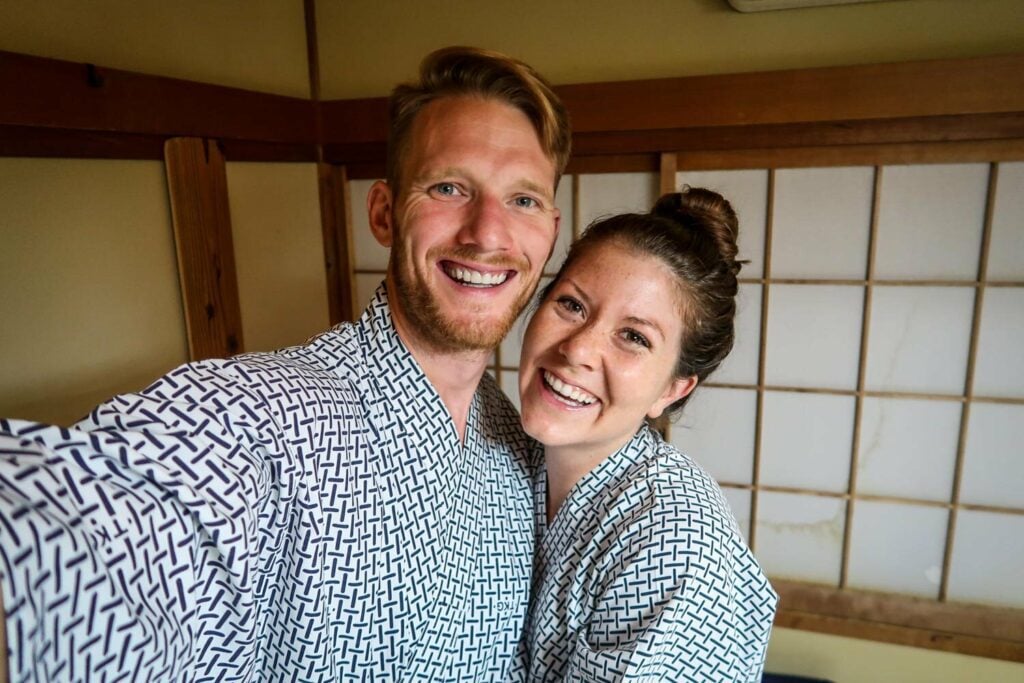
- Visit Kitain Temple and see the only remaining buildings of Edo Castle. The buildings were moved to Kawagoe from Edo (now Tokyo) in the mid-17th century. The rest of the castle was subsequently destroyed, along with much of Tokyo, in earthquakes and bombings.
- Explore Kurazukuri no Machinami , a street lined with traditional merchant-style warehouses with clay walls displaying Edo-period architecture.
- Sample sweets in Candy Alley (Kashiya Yokocho) , a narrow street known for its traditional Japanese confectionery shops.
- Hear the bell ring at Toki no Kane , a 16-meter (52.5 ft) wooden bell tower that translates to “bell of time”. The bell rings daily at 6 a.m., noon, 3 p.m., and 6 p.m.
- Women’s rental: ¥2,200 (~$15 USD)
- Men’s rental: ¥3,300 (~$23 USD)
- Couples’ rental: ¥4,950 (~$34 USD)
- Use a small fishing rod to catch a red snapper charm with your omikuji (fortune) attached, and keep the charm as a cute souvenir.
- If you’re looking for love, purchase a red pencil . It’s said that as the pencil gets smaller with use, so too does the distance between you and your destined match.
- Stroll through the Ema Tunnel , where more than 30,000 wooden prayer plates express their thanks and wishes.
- Listen to the peaceful melodies of wind chimes that decorate the shrine in summer.
- Have unaju for lunch , a popular local dish of broiled eel served over rice.
- Drink craft beer at the Coedo Brewery . A unique one to try is Beniaka, an imperial amber ale brewed with roasted Saitama sweet potatoes.
By train: From Ikebukuro Station, take the Tobu-Tojo Line 23 Rapid-Liner Ogawamachi to Kawagoe Station.
By car: It’s a straightforward drive from Tokyo to Kawagoe via the Kan-etsu Expressway (E17). At the Kawagoe Interchange, exit onto Route 16 toward Kawagoe/Sayama.
14. Karuizawa
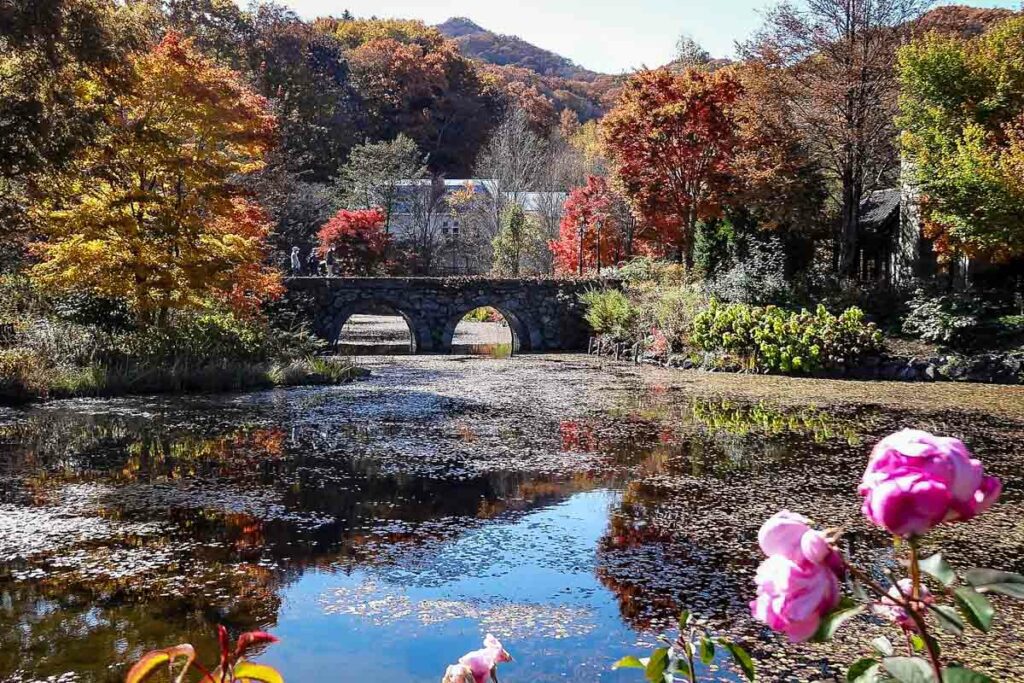
- At a glance: bougie resort town in the mountains
- Distance from Tokyo: 173 km / 107.5 miles
- Time: 1 hour 19 minute train ride / 2 hours 16 minutes driving
If you’re visiting Tokyo in the summer, Karuizawa might be just what you need for a reprieve from the sweltering heat and humidity. Due to its elevation, the town is known for having a refreshing climate even in the hottest months.
That said, with skiing and hot springs in the winter, springtime blooms, and breathtaking fall foliage, Karuizawa has something to offer in every season.
Made popular by wealthy expats who built vacation homes in the mountains to escape the summer heat, Karuizawa has some bougie attractions that cater to the luxury crowd, such as golf courses and the high-end designer brands found at Karuizawa Prince Shopping Plaza.
But if you know where to look, there are plenty of fun (sometimes free!) activities that even budget travelers can enjoy.
Top things to do in Karuizawa
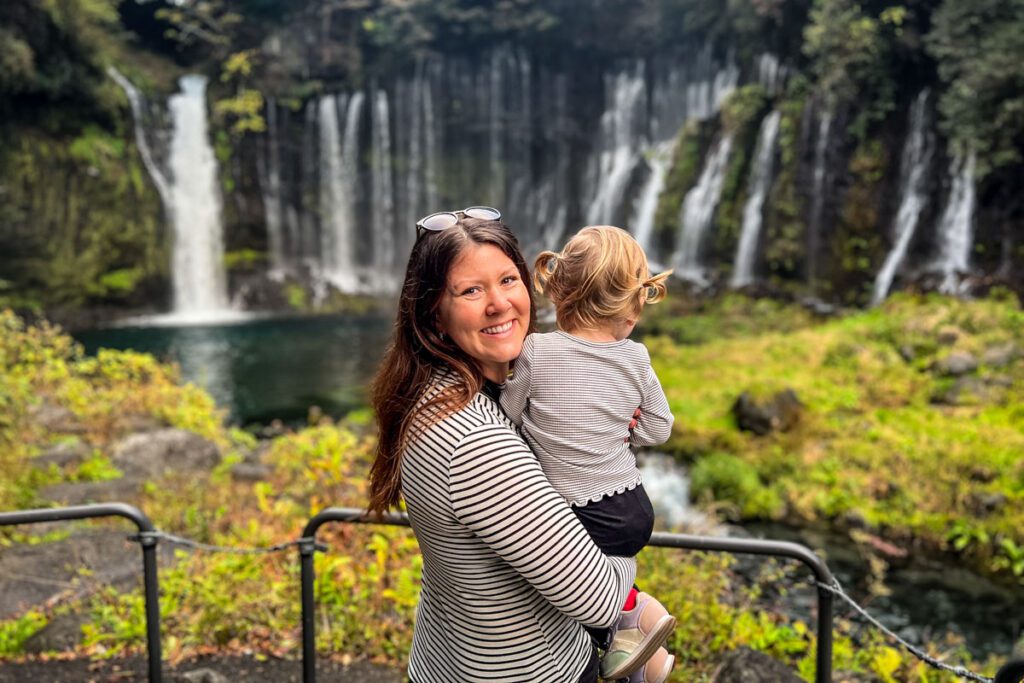
- Enjoy panoramic views from the Usui Pass Observation Platform . This lookout is free to visit and offers stunning alpine views of Gunma Prefecture on one side and Mount Asama on the other.
- Browse tour options here .
- Visit Onioshidashi Park , a surreal landscape of volcanic rock at the foot of Mount Asama within a national park.
- Go museum-hopping . Got unlucky with the weather? Karuizawa has you covered for rainy days with museums ranging from traditional art galleries and historical exhibits to the fun and family-friendly Trick Art Museum .
- Walk in famous footsteps at the Mampei Hotel , a historic Western-style hotel known as John Lennon’s favorite place to stay in Karuizawa.
- Chase waterfalls . There are several accessible cascades close to Karuizawa, including Shiraito Falls (one of our faves!), Tatsugaeshi Falls , and Senga Falls .
- Minenochaya – Shiraito Falls : 6.1 km out-and-back trail to a gorgeous waterfall
- Seventh Station – Mount Tateshina : challenging 4.8 km out-and-back hike up a steep mountain
- Sengataki Falls : 2.6 km out-and-back trail to a pretty waterfall
- Mount Kosama : 3.7 km out-and-back climb to panoramic views
By train: From Ueno Station, take the Hokuriku-Shinkansen to Karuizawa Station.
By car: Get on the Kan-etsu Expressway (E17) heading northwest out of Tokyo. At Fujioka Junction, keep left for Joshin-etsu Expressway (E18), following signs for Nagano. Follow E18 to Usui-Karuizawa Interchange and exit onto Route 92. Continue onto Route 43 and make a left on Route 18.
By guided tour: This new day trip from Get Your Guide that includes Karuizawa, Hoshino Onsen, and Glacier Shrine has been getting great reviews.
15. Sayama Hills
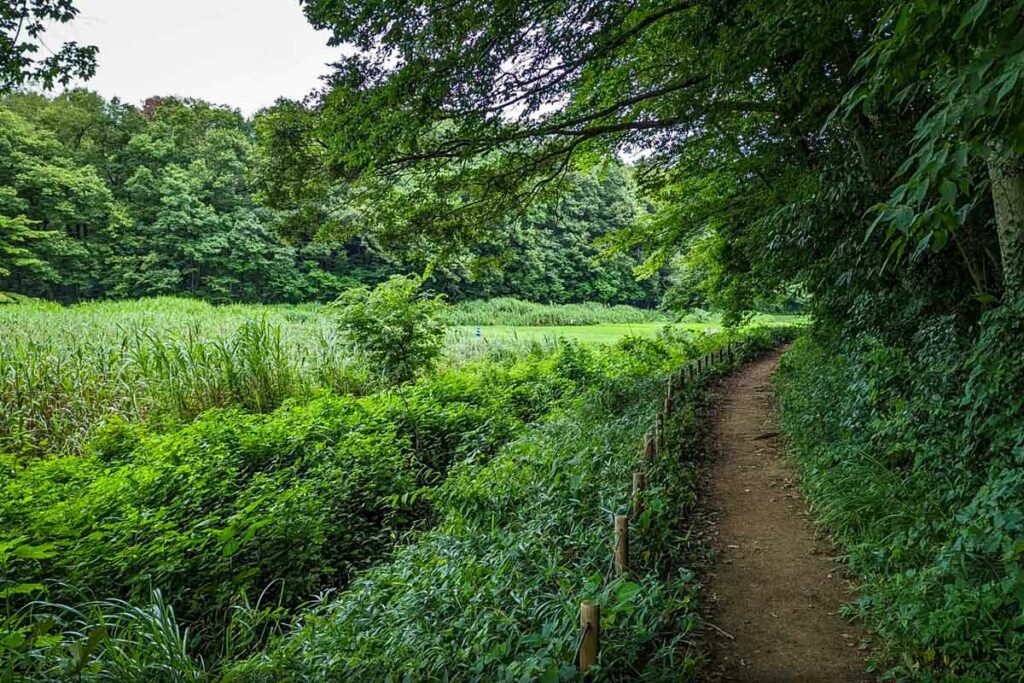
- At a glance: verdant landscapes and scenic hiking trails
- Distance from Tokyo: 49 km / 30.4 miles
- Time: 1 hour 24 minute train ride / 56 minutes driving
Just north of Japan’s sprawling metropolis in Saitama Prefecture, Sayama Hills is one of the best day trips from Tokyo for those seeking a nature break off the typical tourist path.
In less than two hours, you can swap the chaos of the city for peaceful woods where butterflies dance in soft sunlight filtering through a green canopy.
More popular with locals than with tourists, Sayama Hills is best known for its role in inspiring the forest setting of the Studio Ghibli film, My Neighbor Totoro . Affectionately known as “Totoro’s Forest”, the park is dotted with signs that share tidbits about the film.
Top things to do in Sayama Hills
- Wander the wooded trails of Sayama Hills , aka Totoro’s Forest. Even those unfamiliar with the Ghibli character can appreciate the peace and beauty of these magical woods.
- Hang out in Sayama Nature Park , a lakeside park with picnic tables, walking trails, and sports ground.
- Stroll or cycle around Sayama Lake.
- Explore Miyaderafukuronooka Park , a nearby nature preserve with hiking trails, a Dragonfly Swamp, and the Saitama Green Forest Museum. This loop is a good choice for a decent hike you can do in around 2 hours.
By train: From Ikebukuro Station, take the Ikebukuro Line Express Hanno train to Kotesashi Station, then catch a local bus to your destination.
By car: Head north out of Tokyo on Route 5 and turn left on Route 311. In Nerima City, make a right onto Mejiro-dori Avenue and continue onto Kan-etsu Expressway (E17). At Tokorozawa Interchange, exit onto Route 463 toward Tokorozawa/Saitama. Continue onto Route 179 and follow to your destination.
Round up of the best day trips from Tokyo
Here’s a recap of all the best day trips from Tokyo so you can see everything in one place.
- Hitachi Seaside Park
- Lake Kawaguchi
- Wine country: Yamanashi Prefecture
- Mt. Nokogiri
- Sayama Hills
Are you planning a trip to Japan?
We have TONS of resources on travel in Japan and destinations throughout the country. Check out our Ultimate Japan Travel Guide for all the answers to your most burning questions, or read some of our favorite articles below.
- One Week in Japan: Best Itinerary for your First Visit
- Most Beautiful Places in Japan You Need to See for Yourself
- Cherry Blossoms in Japan: When & Where to See Them
- Autumn in Japan: Where & When to see Fall Foliage
Be sure to download our complete packing list for Japan ! It’s packed with good suggestions and insider tips to help plan your Japan trip. And it’s completely FREE , so why not!?

Save this article to Pinterest for later!
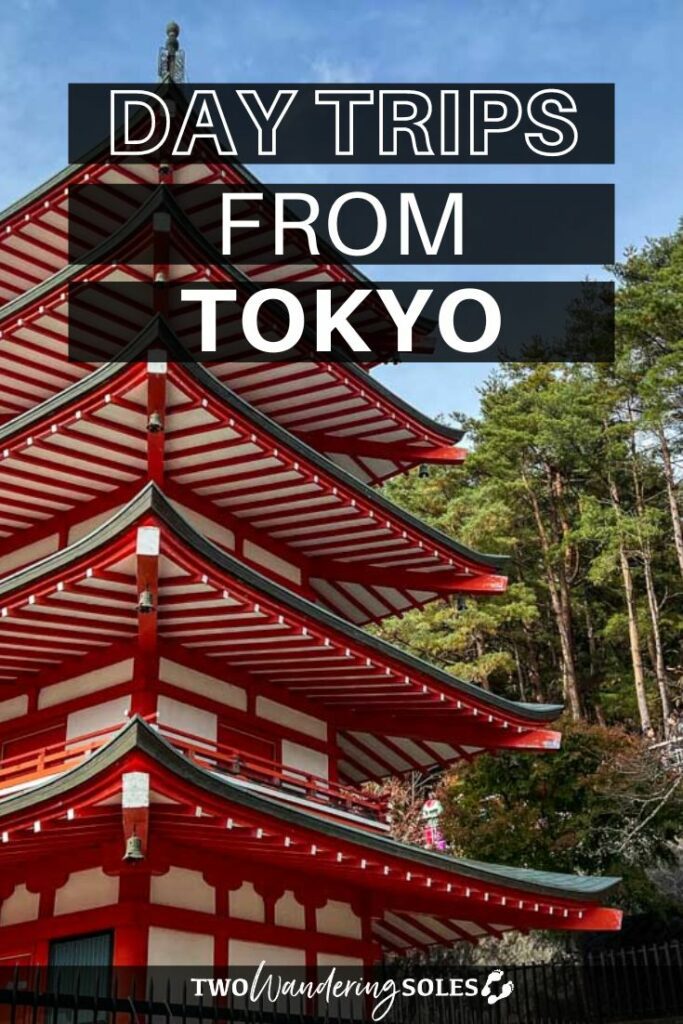
We want to hear from you!
Which of these day trips from Tokyo is up your alley? Do you have any suggestions we might have missed? Let us know in the comments below and we’ll do our best to get back to you!
Leave a Reply Cancel reply
Your email address will not be published. Required fields are marked *
Save my name, email, and website in this browser for the next time I comment.

Weekend Relaxation: 7 Easy Trips from Tokyo to See Snow This Winter
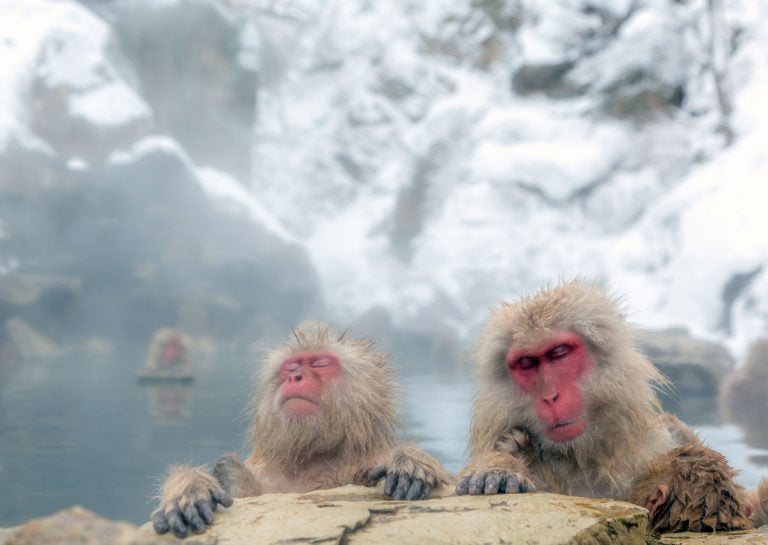
Tokyo only sees snowfall once or twice a year, and the snow usually melts before you can fully enjoy it. Coming from a place where snow carpets the ground almost all winter long, around this time of year, I start to miss the fun of fluffy snow drifts. Fortunately, there are plenty of day (or weekend) trips you can take from Tokyo to find a winter wonderland. Here are seven of the best, listed in order of proximity to the city.
Snow Town Yeti, Shizuoka Prefecture
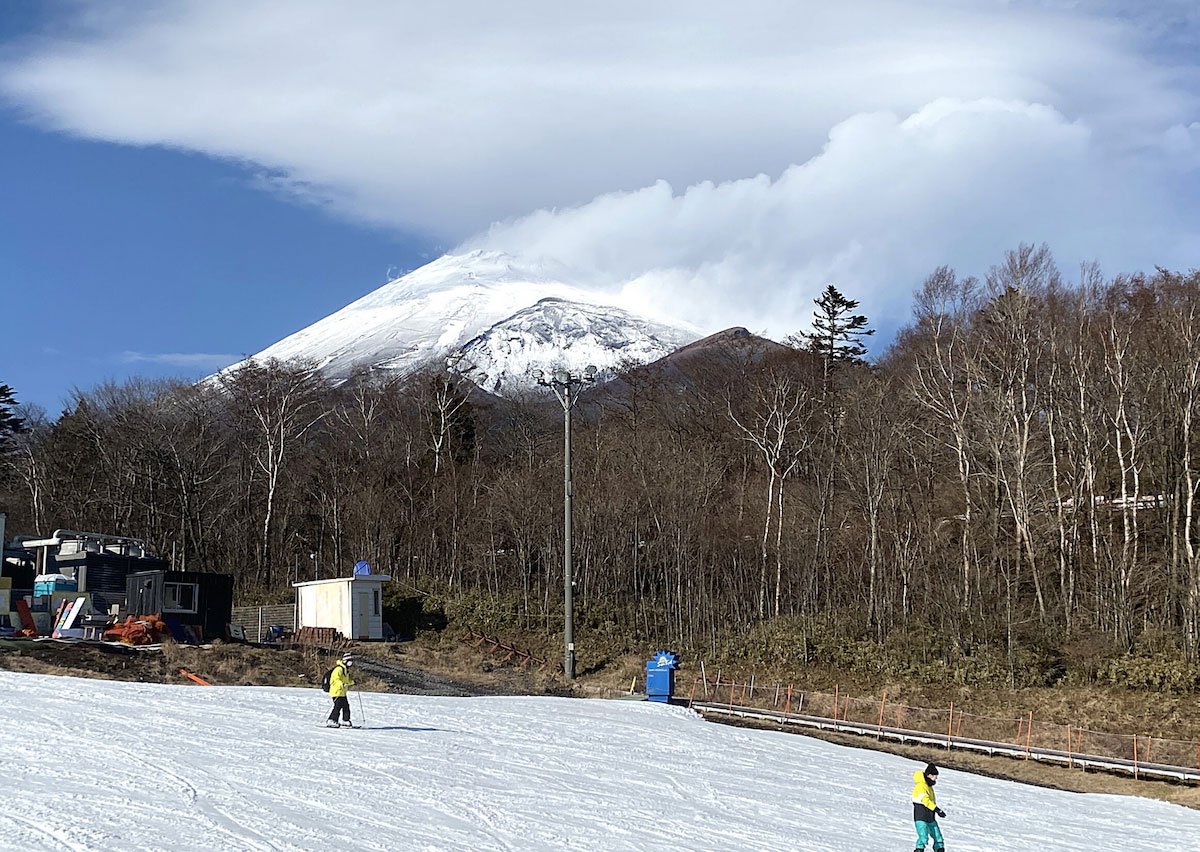
From Shinjuku Station you can take either the 新宿~箱根桃源台 bus (¥1,710 one way, 1 hr 46 min) or the Romancecar (¥2,860, 1 hr 33 min) to Gotemba Station. From Gotemba Station, the ぐりんぱ線 bus takes you to Snow Town Yeti (¥1,190, 55 min). You can get a discount on the bus from Gotemba if you purchase a set ticket online from Snow Town Yeti in advance, or at the window of the Gotemba bus stop, on the day of.
Right on the slopes of Mt. Fuji, this is one of the closest day trips you can take to go skiing, snowboarding or to just enjoy some snow. Even if it’s not actually snowing on the slopes of Fuji when you go, they make fake snow starting in October. The resort offers three slopes of varying difficulty, and a special snow play area. Plus, it is truly incredible to be able to see the summit of Mt. Fuji from the ski lift.
Access: Around 3hr, ¥2900 – ¥4050
Fujiten Ski Resort, Yamanashi Prefecture
From Shinjuku station take the Chuo line, (1hr 54min, ¥4,130 one way) to Kawaguchiko Station. Then, from Kawaguchiko take the official Fujiten bus, which costs ¥1500 one way, but comes with a special ¥1000 souvenir coupon.
Fujiten Ski Resort is another resort on the slopes of Mt. Fuji (which means it also makes fake snow if no real snow is available). Like Snow Town Yeti, the resort offers skiing and snowboarding. For families, they have a sledding area and a kids play area. Finally, one of their lifts takes you to an observation deck, where you can enjoy the splendor of Mt. Fuji.
Access: Around 2hr 30min, ¥5630
Nikko or Okunikko,Tochigi Prefecture
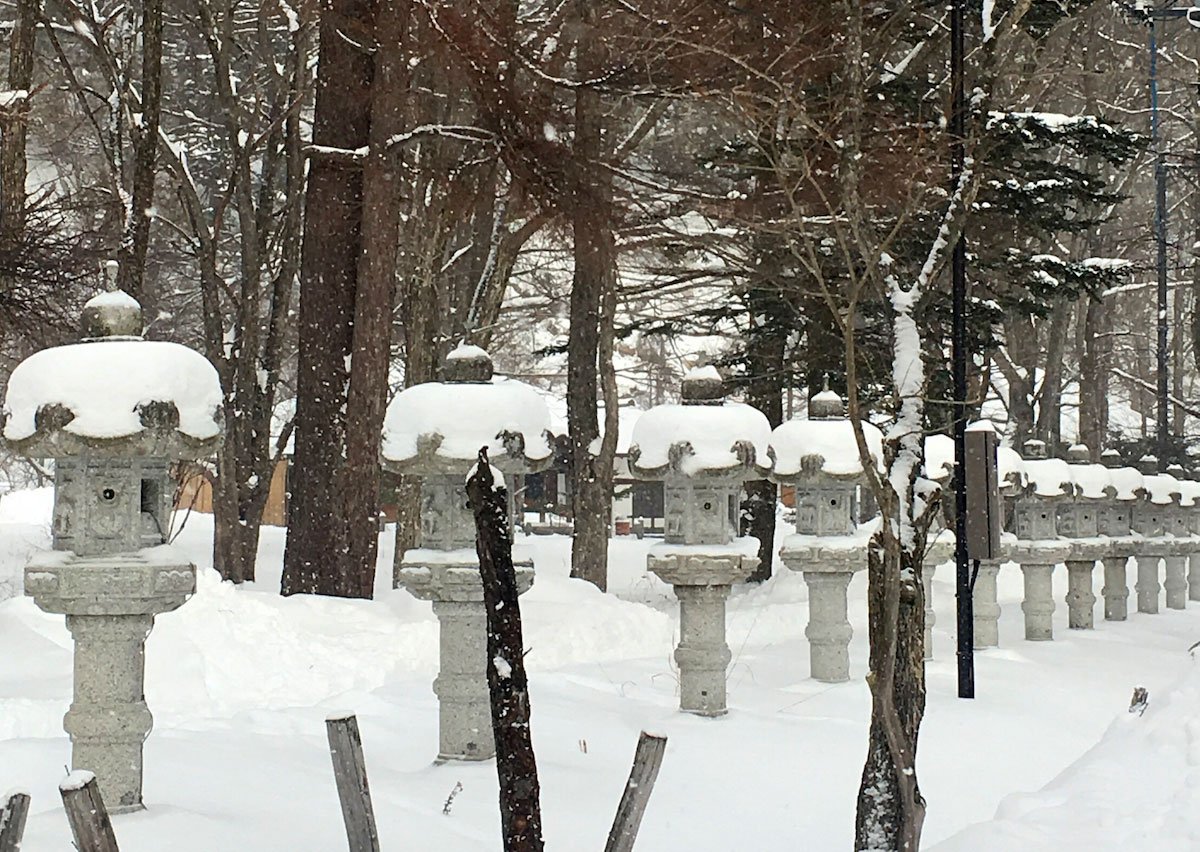
From Shinjuku Station, take the Limited Express to Tobu-nikko station on the JR Nikko-Kinugawa line (¥4000, 2hr). There is also a longer and slightly cheaper route to Tobu-nikko station on the Shonan Shinjuku line, changing to the Tobu-Nikko line at Kurihashi Station (¥3000, 2hr 28min). From Tobu-nikko station, if you wish to continue on to Okinikko, take the 日光駅~光徳温泉~湯元温泉 bus to the Chuzenji Onsen (中禅寺温泉) bus stop.
Nikko is most famous for its elaborate Toshogu Shrine, which is a UNESCO World Heritage Site. However, the shrine and surrounding town are nestled amongst a mountainous landscape, which sees far more snowfall than Tokyo. If you head deeper into the mountains, to Okunikko (lit. “inner Nikko”), you will be welcomed by a wilderness of frozen waterfalls and lakes, as well as plenty of hot springs hotels.
Access: About 3hr, ¥3000-¥4000
Yuzawa, Niigata Prefecture
From either the Tokyo, Ueno or Omiya stations, take the Jōetsu-Shinkansen to Gala Yuzawa Station.
As long as you take the Shinkansen, Yuzawa is faster to access than the closer Fuji resorts.The town has several ski resorts, including Gala Yuzawa, which offers a lift to the slopes straight from the JR station and the Yuzawa Kogen Resort, which has the largest gondola in the world. The third main resort, Ishiuchi Maruyama, is famous for its powder snow.. The three main resorts even offer a joint ticket, making Yuzawa perfect for skiing and snowboarding pros. With access to so many slopes, you could never get bored! The area also has many onsen, perfect for an evening après ski.
Access: 1 hr 43 min, ¥6,790 one way
Kusatsu Onsen, Gunma Prefecture
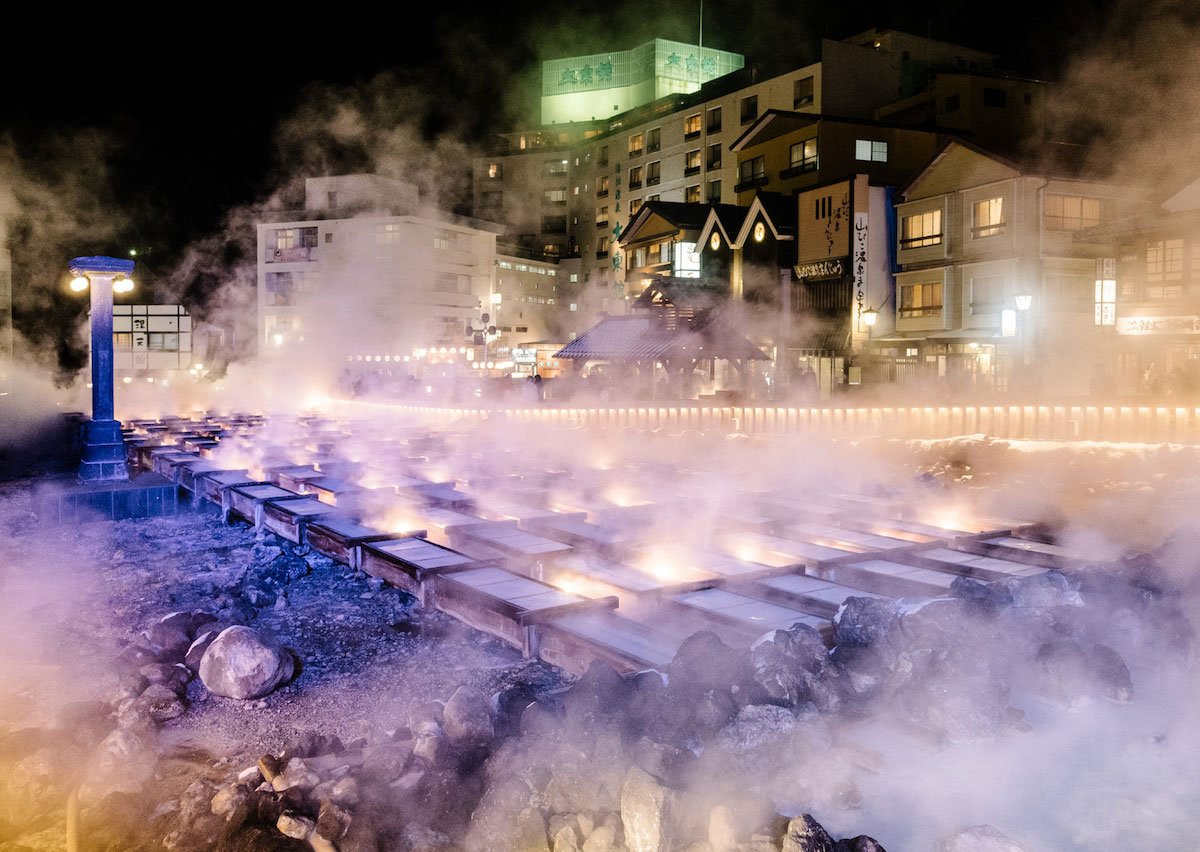
The cheapest route is on the Ueno-Tokyo line for Kagohara, then changing at Akabane for Naganohara-Kusatsuguchi Station, and finally the local bus headed to Kusatsu Onsen (¥6,080, 3hr). There are also highway buses from Shinjuku for Kusatsu Onsen (about 4hr, ¥3500 one way), or you can take the Hokuriku-Shinkansen (about 3hr, ¥8,260).
The hot spring town of Kusatsu usually gets snow in the wintertime, which makes for a beautiful contrast with the turquoise blue of the spring waters. Kusatsu Onsen is a perfect place to enjoy “yukimi”, the relaxing activity of enjoying the falling snow. Although there is a ski resort nearby, this onsen is an especially good day trip for those who want to enjoy snow in a more leisurely manner.
Access: About 3hr, ¥6,080
Minakami Onsen, Gunma Prefecture
The fastest, but most expensive, route is by the Jōetsu Shinkansen to Jomokogen Station (1hr 17min, ¥6,020).You can then take a bus to Minakami Station (25 min, ¥630). Otherwise, take the JR Takasaki Line from Tokyo or Ueno stations, then change at Takasaki station to the JR Joetsu Line to Minakami Station (¥2,640, 2hr 57min).
The Minakami Onsen area has both ski and hot spring resorts. The most famous hot spring is Takaragawa onsen, with large outdoor baths (some of the biggest in Japan), overlooking a river. Takaragawa is also one of the only onsen in Japan which has mixed-gender baths. In winter, the outdoor onsen,” rotenburo”, are surrounded by beautiful snowy landscapes.
Access: 2hr-3hr, from ¥2,640 to ¥6,650 one way
Jigokudani Monkey Park, Nagano Prefecture
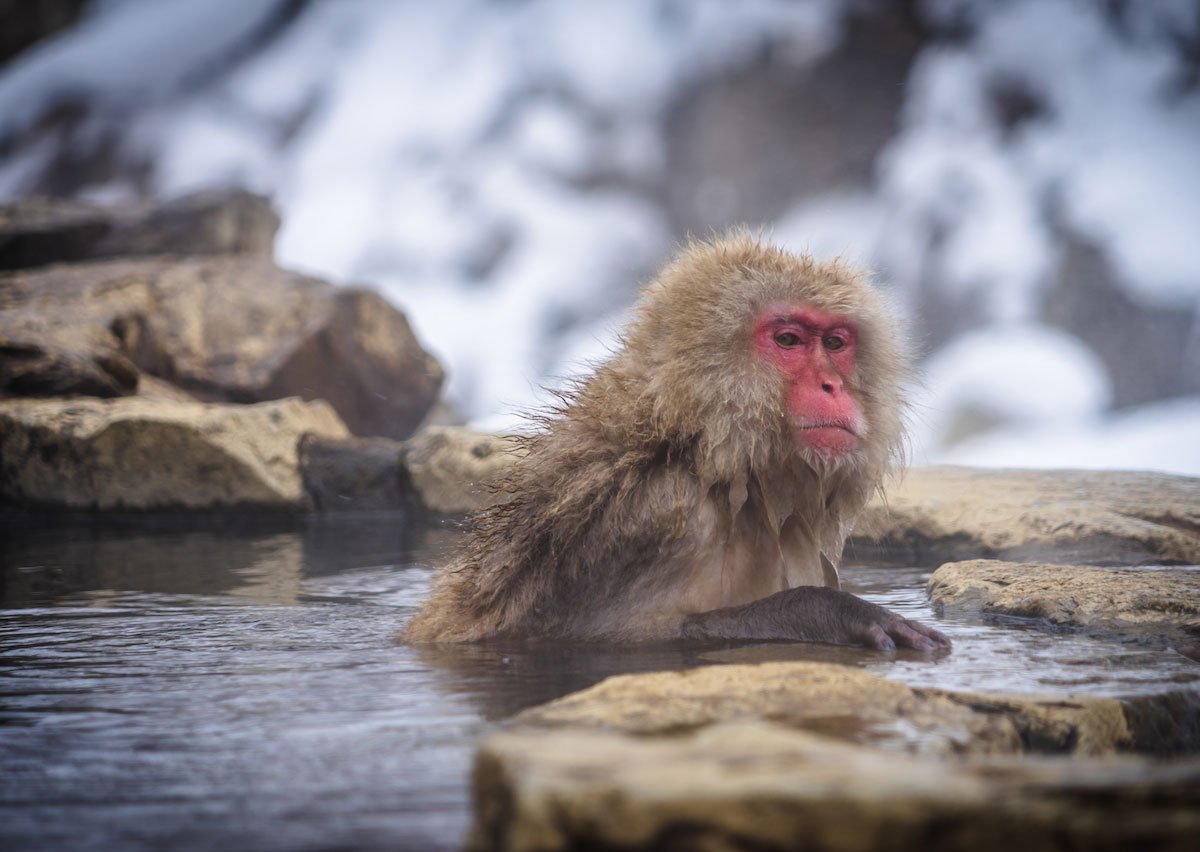
Recommended Route from Tokyo: Take the Hokuriku-Shinkansen from either the Tokyo, Ueno or Omiya Stations to Nagano Station (1 hr 23 min, ¥8,340). From Nagano take the Express Bus to Jigokudani Monkey Park (¥1,500, 47 min).
The sight of monkeys soaking in snow-surrounded hot springs is one of Japan’s most iconic. Jigokudani Monkey park is home to these Japanese Macaques, or Snow Monkeys, as well as the natural hot springs that the monkeys rest in to keep warm in winter. But the onsen aren’t just for the monkeys; the surrounding areas have many lovely hot spring resorts. Jigokudani can be a day trip, but to really profit from the local onsen, staying a night or two would be best.
Access: Around 3hr, 30min, ¥9,840 one way
Marie Kitsunebi
I am a folklore-loving writer living in Tokyo. When I’m not typing away at my local cafe, I’m exploring Tokyo, looking for yokai (supernatural creatures from Japanese folklore)! I create stories, articles and videos about these supernatural creatures as well, which can be found on my site
More articles by Marie Kitsunebi
- How to Japan
- Company Spotlight
Living in Japan
- Starting a Language School
- Working in Japan
- Inside Japan Podcast
Recent Posts

Related Articles
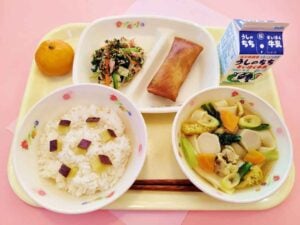
Kyūshoku: Unpacking the lessons of Japanese school lunch
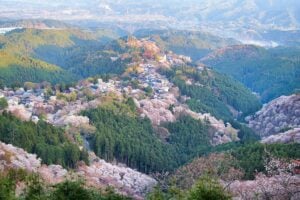
Another Side of Nara Prefecture It’s More Than Just Deer

Online Dating in Japan: The Good and The Bad
Related jobs.

TIS Afterschool Teacher in Fukuoka

Part Time Tutor-online (remote work)

Backend/ Ruby Engineer

【Tokyo and Surrounding Areas】 WinBe Eikaiwa Full-Time English Teacher

Creative and Marketing Manager

Short-Term Contract in Mihara, Hiroshima with Paid Relocation to New Location!

Native English Teacher for a Private Girls Jr. & Sr. High School Central Tokyo
Native english teacher for a private girls jr. & sr. high school central tokyo.
Jobs In Japan
- Jobs in Japan
For Employers
- Users Guide
- Terms of Use
- Privacy Policy
- Commercial Act
Tokyo Office C/O Global Village Media 1-7-20-B2 Yaesu, Chuo-ku, Tokyo [email protected]

The 11 BEST Day Trips from Tokyo, Japan (2024 Edition)
- Last Updated: January 25, 2024
If you’re looking for the best day trips from Tokyo, this article will help you plan your vacation perfectly!
Tokyo, the capital city of Japan, is an excellent place to base yourself for exploring the surrounding area.
Japan’s excellent transport network and rail passes mean that day trips are easy, convenient and cheaper than you might think. Tokyo station has train journeys leading to may amazing places outside the city.
In some cases, it is possible to join day trips together to make 2 to 3 long day trips utilising some of the amazing regional rail passes available.
Often this can work out being cheaper than taking individual day trips.
READ MORE: Check out our list of the top things to do in Tokyo .
However if you have an active JR pass then you can utilise this for all of the destinations listed below.
Be sure to double-check which route you can use a JR pass on, although I highly recommend getting one. You can buy yours on the Klook website for the best price .
READ MORE: Don’t miss our article on how to spend 3 days in Tokyo !
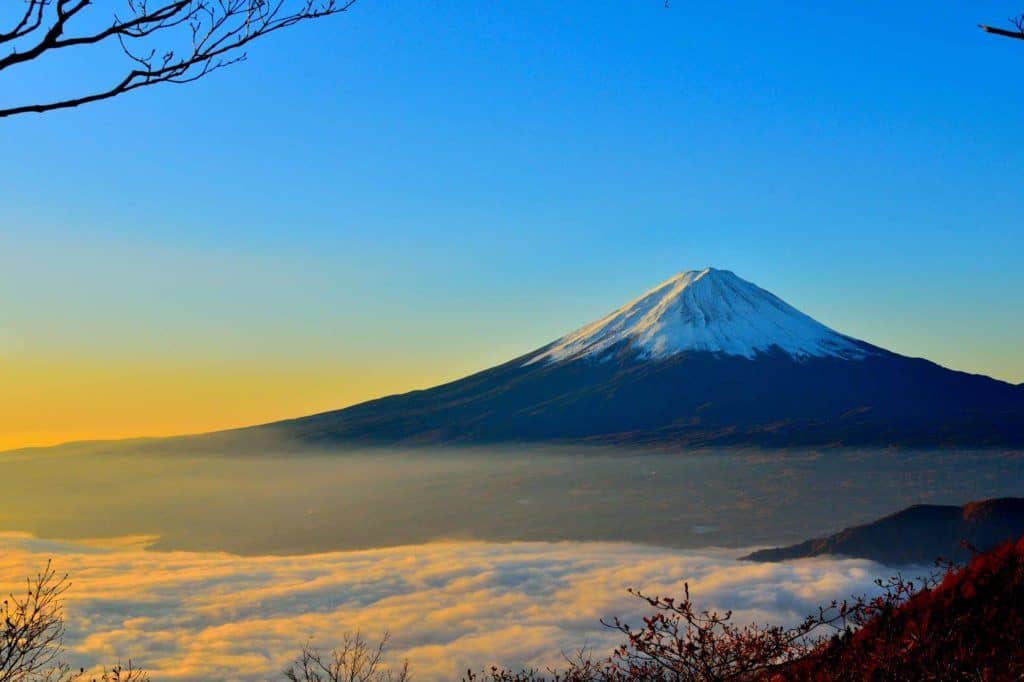
Table of Contents
What is There to See and Do?
Getting there and away , book a tour, what is there to see and do, getting there and away, accommodation , insider tip – rail passes, best day trips from tokyo.
Without further ado, let me share with you the best Tokyo day trip ideas to make the most of your time outside the city!
The best way to get around is to rent a car and explore on your own! We recommend Rental Cars , which has the largest range of vehicles for the best value on the market.
Probably Japans most iconic image is the peak of Mt Fuji against a blue sky backdrop. Visiting the famous mountain is a bucket list item for many Japan travelers.
This is the image many come for however, you are more likely to get clouds around here so check the weather forecast.
A day trip to see Mount Fuji from Tokyo is one of the most popular day trips from Tokyo.
It’s also one of the easiest with direct buses running from Shibuya and Shinjuku Station. You can book on the day, but it’s better to book in advance.
Aside from Mount Fuji, quite a lot actually. Naturally, Mount Fuji is very much a centrepiece but it’s not all that’s on offer.
This is also one of the most popular day trips from Tokyo for tourists and locals alike, however with a lot to do it never feels that crowded (unless you’re climbing in Mt Fuji in peak season).
If you are looking to climb Mt Fuji, as many people do in the summer, check the dates the trail is open.
As a warning, climbing Mt Fuji is very popular, so do be aware that heading up to the peak may be similar to a rather long conga line.
Things to see and do at Mt Fuji are quite spread out, and as a result, it’s worth planning what you want to do in advance to make the most of your time there.
The first thing to note is that unless you’re climbing Mt Fuji you really want to go to Fuji Five Lakes (Fuji-Goko).
This area is made up of, rather unsurprisingly, five lakes. There are numerous walking trails around these lakes.
The majority of day trip transport options will take you to the largest lake Kawaguchiko, but there are a couple of buses that will take you further afield.
The Chureito Pagoda has stunning views of Mt Fuji on a clear day (sadly I did not have much luck).
To get here you will need to take a local train from Fuji Kawaguchiko to Shimoyoshida. From here it’s a nice 20-minute or so walk.
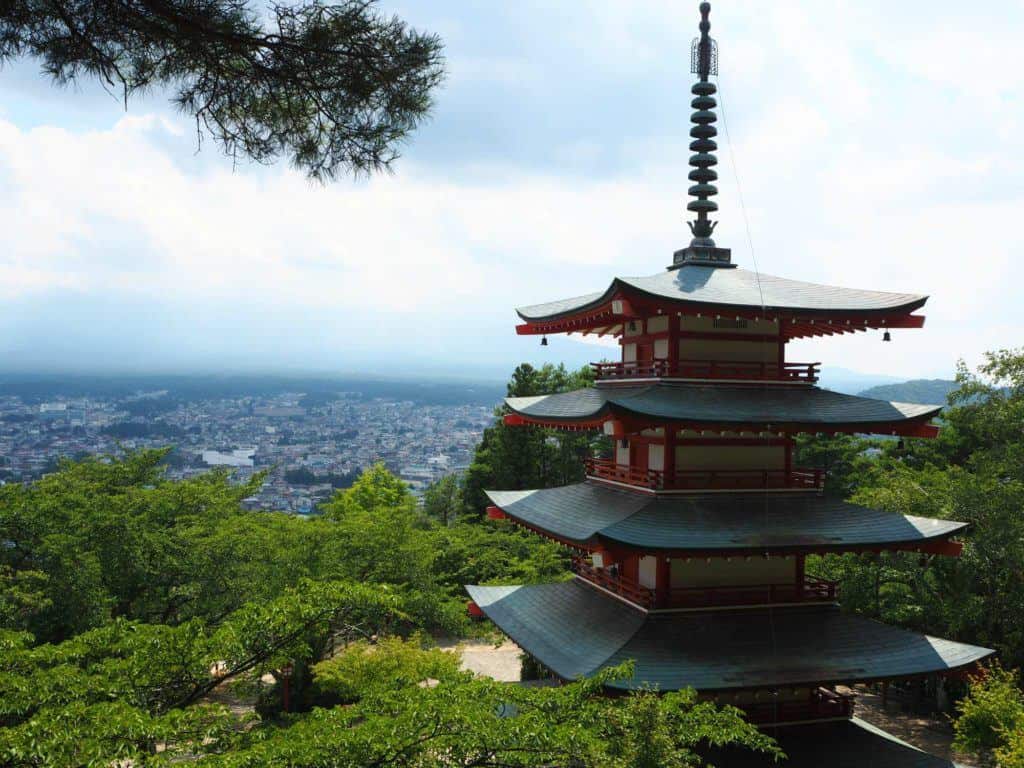
Kawaguchiko is the most easily accessible of the 5 lakes around Fuji. There are numerous trails and the ropeway taking you part way up Mount Tenjo can offer (weather dependant of course) excellent views of Fuji.
Mount Tenjo itself has a couple of hiking trails that go beyond where the ropeway takes you, as well as trails up and down the mountain itself.
Incidentally, there are a couple of deserted temples on the hike down from the ropeway station that are worth a look.
There are excellent bus and train options from Tokyo Station for getting to Fuji Five Lakes. The best bet depends if you have any kind of JR pass.
Buses are better for a day trip if you don’t have a rail pass with a one-way journey costs 1950 yen.
You can take buses from Shibuya or Shinjuku, however, Shinjuku usually has more buses leaving.
Click here to book. This is the way most will get to Fuji from Tokyo.
Taking a train is a little more complicated and more expensive unless you have a JR pass or a regional rail pass.
You will need to take the JR Chuo line to Otsuki and then take Fujikyu railway to Kawaguchiko.
Getting to Otsuki you can take the direct 70-minute train at 2500 yen one way or the 100-minute local for 1320.
From Otsuki the train to Fujikyu is 55 minutes and costs 1140 yen one-way.
Obviously, you will not have to worry about the price if you have either of the rail passes listed above.
In addition, you can get a 3-day rail pass that combines Fuji and Hakone. Certainly value for money, it just depends on the time you have available.
If time is an issue, or you’d prefer to let somebody else do all the thinking and planning for you, we recommend booking a day tour to Mount Fuji from Tokyo.
The one below is the best-rated tour you can book ahead of time on the internet and includes a comfortable coach transfer from Tokyo to Mount Fuji, a delicious traditional lunch and a visit to the beautiful Lake Kawaguchi.
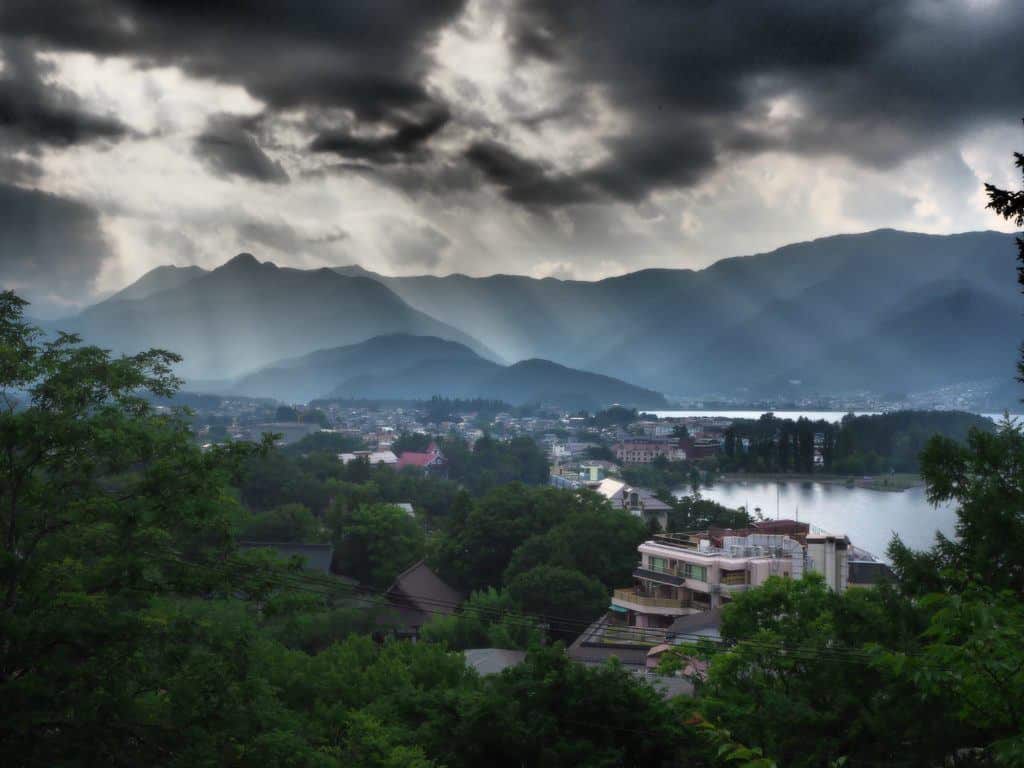
Hakone is famous for its lake, views of Mt Fuji, onsens, hot springs, and Japanese culture.
Situated in between Fuji and Kamakura it is possible to visit as a day trip or as part of a longer trip utilising some of the awesome train passes available.
These multi-day passes mean its more cost-effective to use a regional rail pass and combine visits to Hakone with Fuji or Kamakura.
READ MORE: Here’s our list of the best places to visit in Japan !
Ashino-Ko is the centrepiece of Hakone with boat trips (often covered by regional rail passes) as well as a famous ropeway and some amazing Fuji viewing points.
There are also a number of art museums and short walking trails that make this place one of the great side trips from downtown Tokyo.
The Odawara Castle is a highlight of the area. Originally built in the mid 15th Century, the magnificent Odawara Castle is a must see on your next trip to Hakone.
Other than the Odawara Castle, the scenery in Hakone itself is particularly gorgeous. There are onsens galore that make for some awesome accommodation options and there are a few nice hot springs to enjoy as well.
Tenzan Onsen has traditional Japanese baths and hot springs where you can relax in the warm thermal waters and admire the waterfalls.
Hakone Yuryo and Hakone Kowakien Yunessun are two other hot springs in the area. There is no better way to treat yourself in Japan than soaking in the natural hot springs, so definitely visit at least one of them!
The train is the best option here. You can either use a JR pass, 2-day Hakone pass or 3 day passes combing Hakone and Kamakura or Hakone and Fuji.
Once again it’s easy to book a tour to this charming tow from downtown Tokyo to take away all the stress of figuring it our yourself.
Try this tour through Klook , which combines Hakone and Mount Fuji into one epic day of exploring.
READ MORE: Don’t miss our ultimate guide to travelling in Japan – Click here .
Kamakura
This gorgeous, small seaside town is one of the best day trips from Tokyo.
Whether you want to hike, Buddhist temple hop or relax on the beach, Kamakura can accommodate.
Temples and hiking trails are the main highlights, however there is a decent beach and the funky island of Enoshima to keep you entertained.
The small town of Kamakura itself has some awesome restaurants and cafes all within walking distance of the top tourist attractions.
Daibatsu, also known as the Great Buddha, is probably Kamakura’s most iconic sight. The 11.4 metres high Buddha is very popular and naturally is one of the busiest areas in Kamakura.
However the Great Buddha is definitely worth a visit.
The surrounding area has a number of other interesting Buddhist temples including the gorgeous Hase Dera Temple which overlooks the coastline and the town itself.
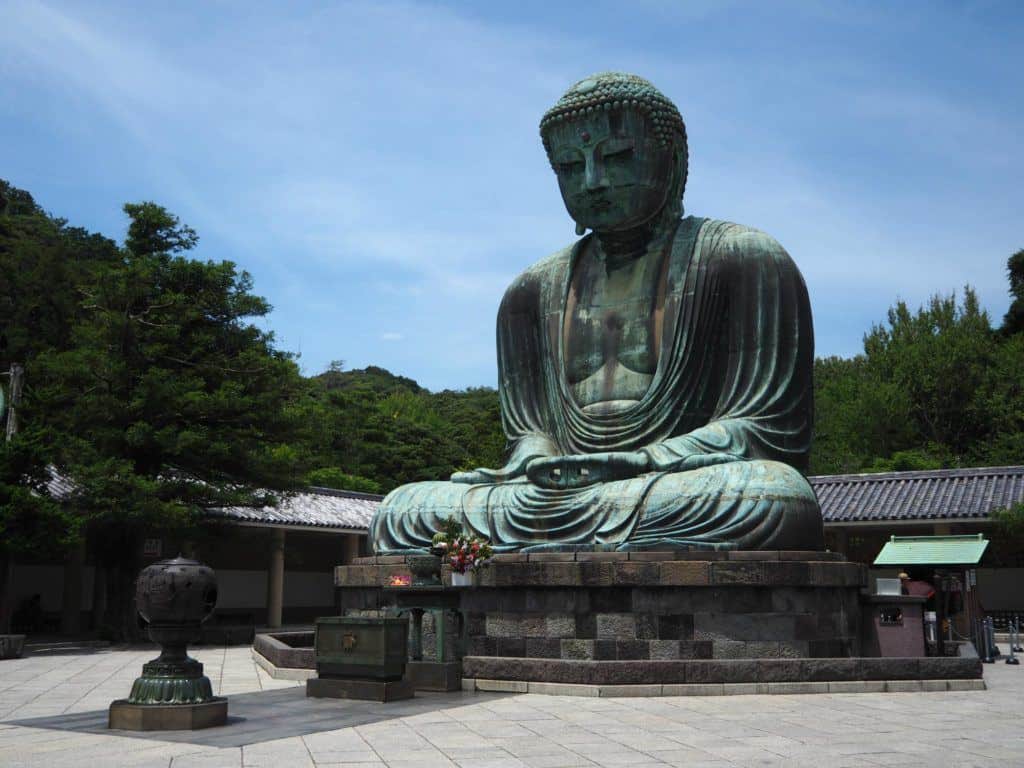
Behind Kencho-Ji you can access the Ten-en Hiking Course.
This trail takes you up into the hills behind Kamakura and offers lovely views and some interesting temples en route.
The trail is clearly signposted and there are numerous ways to come down from the hills and back into the town itself.
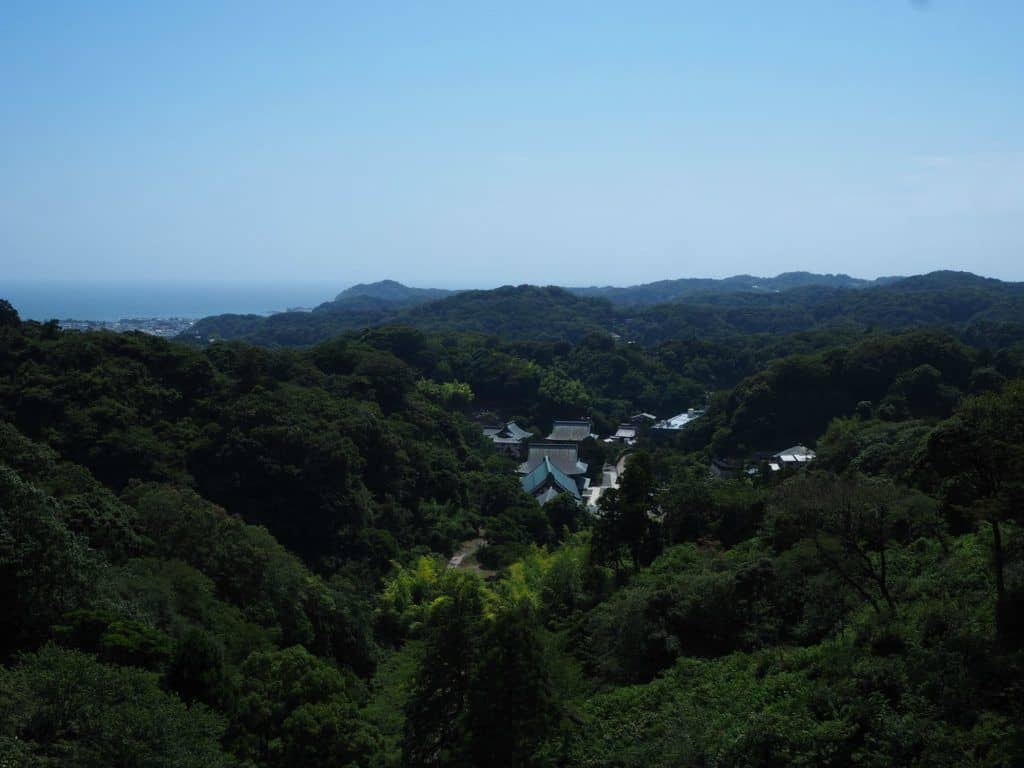
Another interesting sight is the Tsurugaoka Hachiman-Gu which is located at the end of Wakayama-Oji.
This is said to be Kamakura’s most important shrine, dedicated to the Hachiman, the god of war.
The area around the train station is home to numerous cafe’s restaurants and little craft shops.
If you head north from the train station and essentially follow the train track there are a couple of lovely, deserted temples that are a perfect place to find that bit of zen and Japanese culture that you may be craving.
Pick up a Kamakura Day Pass from the Odakyu private train line at Shinjuku station for 1470 yen.
This covers a return trip from Tokyo station to Fujisawa and then enlisted usage of the Enoden and Odakyu railway lines between Fujisawa and Katase-Enoshima (Odakyu) and Fujisawa (Kamakura (Enoden).
Depending on which train you get it can take anything between 1.5 and 2.5 hours.
Most of the time you will need to transfer once at Fujisawa (which is the end of the line) and then take the Enoden line to Kamakura itself.
If you are planning on heading to Daibatsu and Hasedera first then you’re better off getting off at Hase Station.
If the beach is what you’re aiming for any of the stations on the beach should suffice.
There is an Odakyu-Kamakura Rail Pass which allows you to combine a visit to Kamakura and Hakone.
In addition this pass covers transport in Hakone itself and offers discounts to some tourist attractions.
If you want to enjoy a bit of luxury, you can book private transfers from Tokyo to Kamakura and back. This only costs about 3,500 Yen one way.
Another one of the awesome day tours from Tokyo on Get Your Guide, this one includes a private trip to Kamakura with an English-speaking professional guide so you can learn all about the Japanese history and culture.
Tokyo Day Trip Ideas for Hikers
Tokyo’s surrounding area is blessed with some great hiking trails with many of them offering gorgeous views of Fuji on a cloud-free day.
The only rail pass option available is the 3-day Tokyo area pass. However it is 10,000 yen, so make sure you can get your money’s worth!
This means that some may end up being more expensive than some of the other trips suggested.
Alternatively, if you have an active JR pass then hikes in Yamanashi, Saitama or Tochigi prefectures may be far more accessible and cost-effective.
There are far more hikes than the ones listed below, I’ve focused on hikes that are nearer to Tokyo limiting travel time.
Here’s what I recommend for hikers looking for awesome Tokyo day trips.
Hike Mount Daibosatsu
This beginner-intermediate level hike is one of many awesome trails in Yamanashi Prefecture.
There are two trails, both of which are just over 6 hours in length. Clear days reward you with stunning views.
From Shinjuku station, you need to take the JR Limited Express “Kaiji” train and get off at Enzan Station (塩山駅).
The train takes about 90 minutes and costs around 3500 yen, there are cheaper and slower alternatives available.
From Enzan take the bus heading towards Daibosatsutōge-tozanguchi, this takes 30 minutes and cost 3500 yen.
Hiking Mount Mitake
There are a couple of excellent hikes on offer here with Fuji even being visible from various viewpoints on clear days.
The pick of the trails on offer is the hike from Mussashi Mitake-jinja to the summit of Otake-san which is a 5 hour round trip.
To get to the start point you can walk or take the cable car from Taikimoto. It’s an hour one way and the cable car runs from 7:30 am to 6:30 pm.
It takes around an hour and 45 minutes to get out here. Take the JR Chuo line from Shinjuku station to Tachikawa or Ome and then change to JR Ome line.
Get off the Ome line at Mitake and then take a bus from here to the start point at Takimoto.
Hiking Mount Takao
A nice three and half hour (give or take) hike to the summit that offers decent views back towards Tokyo.
Probably not the most spectacular or peaceful hike around Tokyo (it can be packed on weekends). On a clear day, you can spot Fuji.
The trail is littered with temples, shrines and tori gates. There is a cable car if you don’t have the energy.
Take the Keio line out to Takaosanguchi from Shinjuku. If you have a JR pass you can head out via the JR Chuo line to Takao and then change onto the Keio line and get off at Takaosanguchi.
The journey times are similar and since the non-JR option costs 370 yen it’s probably not worth activating your JR pass for this.
Of this hikes mentioned this is the closest to Tokyo and the easiest to get to.
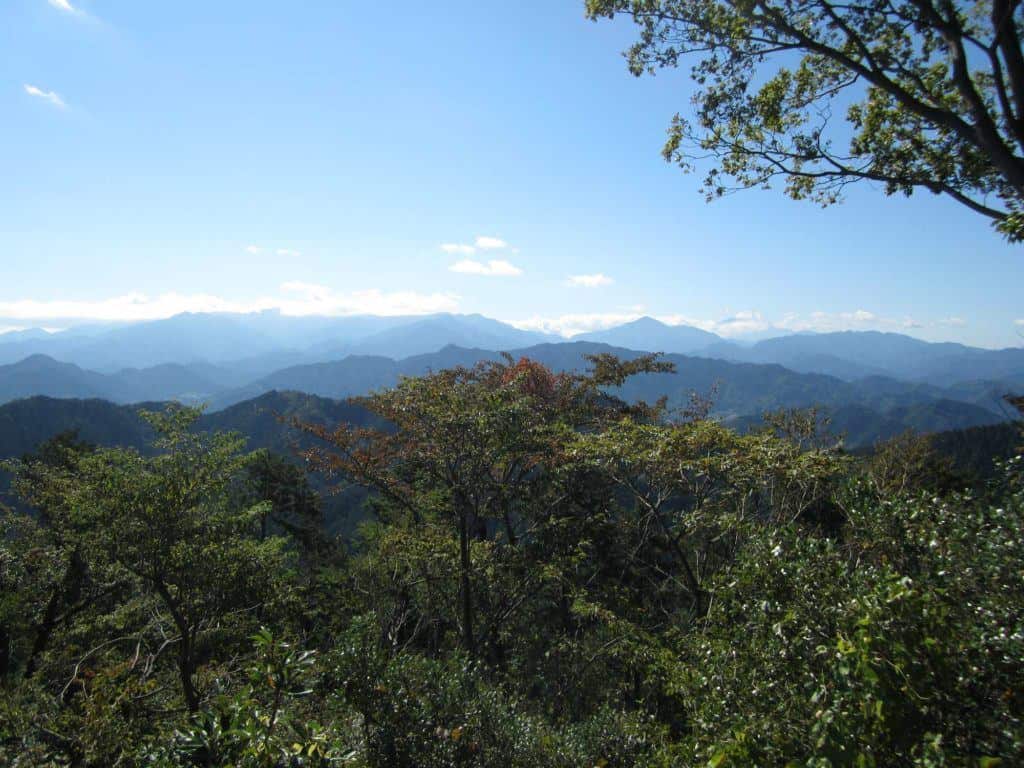
Hike Myojingatake
This lovely hike down in Hakone offers amazing views of Fuji if the if it’s not cloudy.
The trail is tough in some parts and you should budget between 4 and 6 hours depending on weather, pace and fitness.
This could be a good option if you are using one of the multi-day Hakone rail passes and looking for great day tours from Tokyo.
You will need to head to Gora station on Hakone Tozan railway. The trail then starts from here.
Izu Peninsula
If you fancy a little more freedom for your day trips out of Tokyo, you could consider a road trip down to the Izu Peninsula south of the city.
It is popular with Tokyo-ites on weekends and holidays. The western side offers great views of Fuji when the weather cooperates.
This is rarely visited by tourists and it covers a huge area. There are some lovely hot spring areas offering superb onsens.
In addition, there are some gorgeous beaches where you can bum around in the sun. This helps to cement its reputation as a great place to relax.
The peninsula is home to some gorgeous beaches and funky laid back towns that are well worth exploring.
Obviously if exploring is on your agenda then hiring a car is your best bet.
However, if hiring a car isn’t an option then it is possible to get around by train, you just don’t have the same level of freedom.
Since this covers such a large area there is no shortage of things to see and do.
The Jogasaki and Irozaki coasts of some fantastic views and Shorehama and Dogashima offer some lovely beaches.
Shuzenji, Ito and Arami offer some amazing onsens and for those that like hiking Kawazu Nanadaru, the seven waterfalls in the mountains above Kawazu, offer some lovely trails.
There’s certainly enough to keep you busy here for a day or more if you choose!
READ MORE: Check out our complete guide to the Izu Peninsula and all the best things to do in Shizuoka Prefecture !
There is a rail pass available but depending on where you’re going it may be more cost-effective to purchase tickets separately.
Utilise the amazing app Hyperdia to help you do your research.
However, if you want some freedom then renting a car is a great option. Day rentals are common in Japan, but you will need your countries driving licence AND an International Drivers Permit (IDP).
Bonus Multi-Day Trip: Nikko
Nikko is famous for temples and onsens, and the lush Nikko National Park. It’s a bit too far from Tokyo to do as a day trip so most people will do it as a 2 or 4-day visit depending on which rail pass they decide to use.
Central Nikko is a Unesco World Heritage Site which is home to some truly outstanding temples.
In Nikko National Park there are some amazing hiking options around Lake Chuzenji and numerous onsens.
If temples are your thing then Central Nikko is the place to start. From Tobu Nikko station you can take a bus that is covered by the Tobu Nikko pass up to the World Heritage area.
Here you can explore temples at your leisure.
The area around the Toshogu shrine can get particularly busy. The further away you get from here the quieter it gets, with Taiyuin-byo being particularly lovely.
If you’re looking at heading further afield Lake Chuzen-ji is a great change of pace. There a numerous hiking trails, ropeways and boats to help you get the most out of this gorgeous area.
Check out this other article I produced on what to see and do in Nikko.
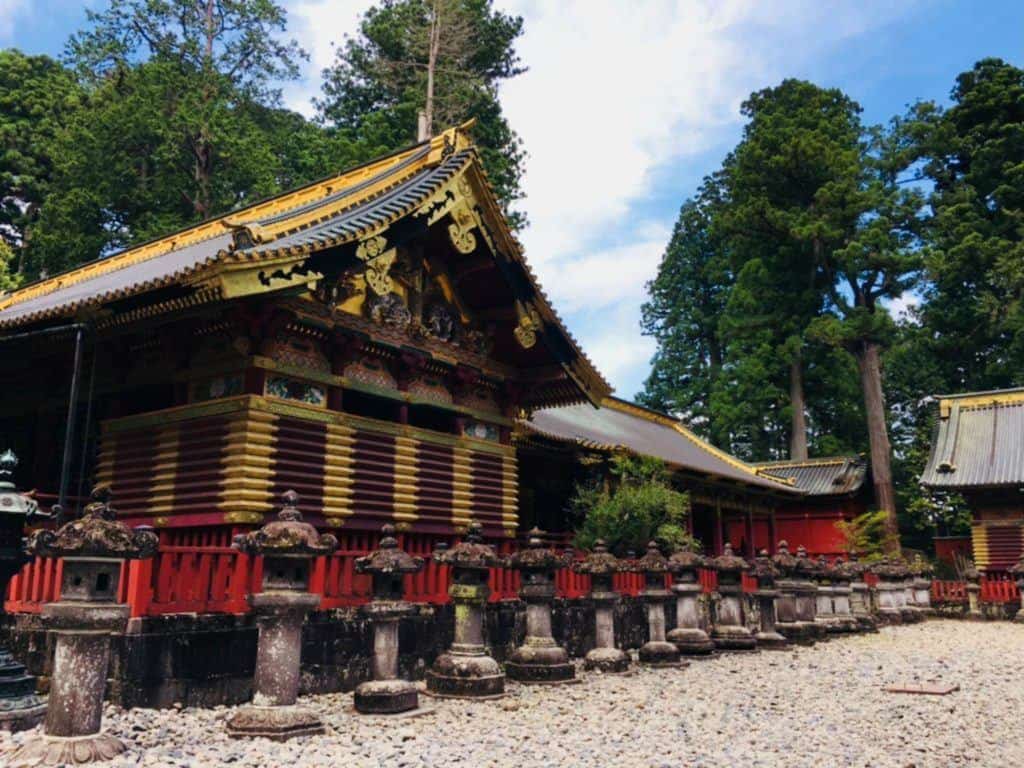
This area is famous for its onsen hotels and resorts. These are some of the more expensive accommodation options in Japan.
Very often prices on sites like Agoda, Booking.com and Hotels.com can be eye-watering.
Your best option is to check out the Japanese hotel site Rakuten . Sometimes you can find some incredible bargains.
More often than not these hotels will have an option to include breakfast and dinner.
Also, there is usually an additional onsen fee that will be paid upon check out. However it’s usually a small amount of a few hundred yen per person.
Kinugawa Onsen is the most accessible onsen area as it’s included on the most basic rail pass.
This area is littered with some gorgeous onsens. Further than that, you will probably need to pay for transport as your rail pass may not cover it, however, these onsets may be slightly cheaper.
The best way to get there is from Asakusa station in central Tokyo. Here you can buy a Nikko Tobu pass (follow the signs for the Tobu line or Tobu Asakusa).
There are a variety of passes that are either 2 or 4 days in length and will cover different areas meaning it is possible to customise your trip to your needs and wants.
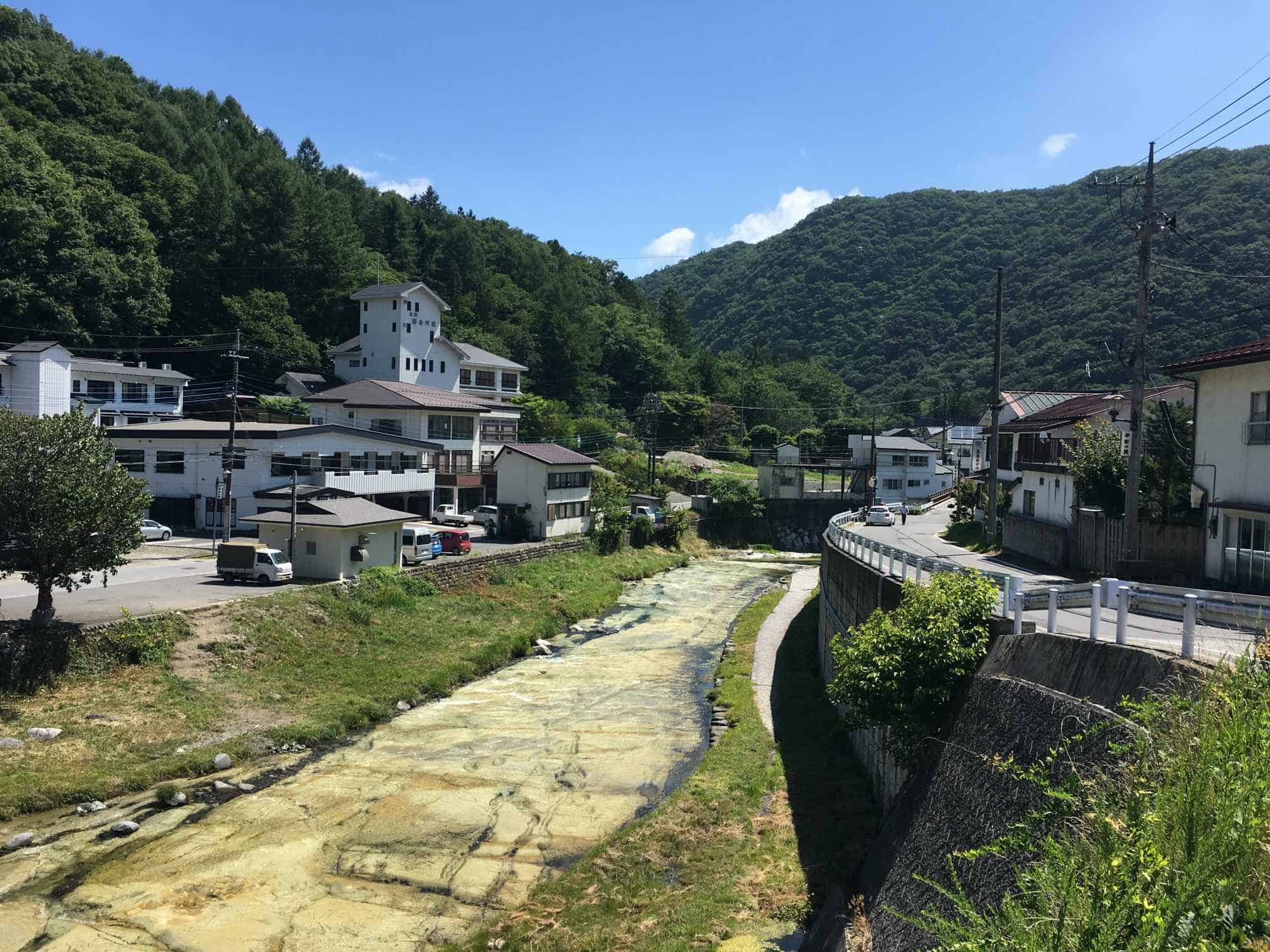
Very loosely fitting the definition of a “day trip from Tokyo” as it’s only down in Tokyo Bay.
However, this huge onsen is a fantastic way to spend the day.
If you love onsens then this is the place for you. This huge complex in Tokyo Bay can best be described as an onsen theme park.
Inside you will find restaurants, relaxation rooms, massages, performances and fair ground stalls.
At the entrance, you need to remove your shoes and select your Yakuta. They will give you a fob with your locker number on it.
You also use this fob to purchase anything inside which you then pay for when you exit.
Remember to wear your underwear under your Yakuta, otherwise it could be rather embarrassing.
If you’re curious about what an onsen is and why it’s so popular then this is a pretty awesome place to find out more.
This huge onsen complex is actually located in the south of Tokyo. Take the Tokyo metro out to Telecom Centre and from there it’s a 5-minute walk.
Japan’s second-largest city is home to 3 million people and is only 30 minutes from Tokyo station by train.
It certainly has an appeal that helps it escape its much bigger brother to the north.
READ MORE: Check out our list of the best things to do in Yokohama
Minato Mirai is a huge redevelopment of Yokohama’s shipping docks. The area is full of bars, restaurants, arcades and fairground rides all connected by a series of promenades.
Yokohama is also home to Ramen and Cup Noodle museums for those with a taste for the quirky and the Kirin beer factory if you fancy sampling some of Japan’s most popular beer.
For those in the mood for something more cultured, the Yokohama Port Museum and Yokohama Museum of Art await.
Additionally there is the lovely Sankeien garden to explore.
There are a number of different railway companies that run between Tokyo station and Yokohama. Check them out on the Japan Guide site.
Japan’s amazing rail network is the envy of the world. Delays are rare, carriages are spotless and you can get almost anywhere.
Day trips from Tokyo are made easier and more cost-effective by the rail passes on offer. The hard part comes when deciding which passes to use.
In this article, there will be a number of different rail passes mentioned. Some are variants of Japans famous JR pass and others are passes on privately run rail networks, most notably down to Kamakura and up to Nikko.
For information on ALL of the rail passes available in Japan check out this excellent article by japanguide.com .
This is a great way to research what is going to be the best option.
Do be aware that rail passes that take in more than one place usually cover only one return trip to Tokyo.
So for example, you couldn’t head to place ‘A’ from Tokyo, head back to Tokyo that night and then head to place ‘B’ the following morning on the same rail pass.
Often these sorts of rail passes cover local transport including buses and trains in the passes local areas.
The article above can give you all the information you need.
DISCLAIMER: Some of the links in this article are affiliate links, which means if you book accommodation, tours or buy a product, we will receive a small commission at no extra cost to you. These commissions help us keep creating more free travel content to help people plan their holidays and adventures. We only recommend the best accommodations, tours and products that ourselves or our fantastic editorial team have personally experienced, and regularly review these. Thanks for your support, kind friend!
Richard Barnes
Hi, We’re Alesha and Jarryd!

We’ve been traveling the world together since 2008, searching for the planet’s best destinations and adventures.
Love Travel?
Sign up for our free weekly newsletter for the best travel tips, ideas and deals!
We respect your privacy. Unsubscribe at any time.
READ MORE...
The Perfect 3 Days in Tokyo Itinerary
The Best Day Trips from Every City in Japan [2024]
18 Amazing Things to Do in Kyoto at Night (2024 Guide)
Related Posts
Visting yamakoshi, nagaoka – japan’s most picturesque village, the 18 best things to do in kyoto, japan (2024 update), 12 awesome things to do in hakone, japan (2024 guide), the tohoku earthquake – a region's revival after the tsunami, leave a comment cancel reply.
Save my name, email, and website in this browser for the next time I comment.
- Tokyo Cheapo (繁體中文)
Top 25 Easy Day Trips From Tokyo
See another side of Japan with these easy day trips from Tokyo.
From walking in the shadow of Mt. Fuji to gazing at extravagant temples and shrines, there are many interesting things to do and places to visit around Tokyo. If you’re looking for suggestions, here are our best 25 easy day trips from Tokyo — by train, bus or private car — including some underrated gems.
Pro tip: Before buying any train tickets, see if the JR Tokyo Wide Pass will save you some money.
The best Tokyo day trip for you may depend on the season. Check out our other articles for highlights across the year:
- Winter Day Trips From Tokyo
- Spring Day Trips from Tokyo
- Summer Day Trips From Tokyo
- Autumn Day Trips From Tokyo
Note that all prices listed below are estimates.
1. Kamakura
1 hour by train from Shinjuku Station ¥ 950 (one way) Recommended: A Fun Day Out Discovering Kamakura

One of the more popular spots, Kamakura is well known for its traditional Kyoto style, with temples and shrines galore. There are great light hiking options , as well as plenty of delicious local street foods to try and beaches to lie on. You can easily cover the area in a day, with hikes taking you to see the famed giant Buddha, as well as beautiful shrines with bamboo forests , teahouses, and more.
Pro tip: Go deeper into Kita Kamakura, with brunch and a guided temple tour .
For a full run-down of what’s on offer, see our Kamakura mega guide .
2. Enoshima
1 hour 10 minutes by train from Shinjuku Station ¥ 650 (one way) Recommended Kamakura and Enoshima day tour

As one of the most popular Tokyo beach resorts (also see neighbor Kamakura), Enoshima offers sands to lie on and a stunning island to explore. You can walk to the island easily from the station and visit shrines, an observatory, and gardens, before cooling off in the caves on the other side. Be warned, there are quite a few steps, but you can also explore the island by boat.
Read up on the various Enoshima sightseeing options , as well as how to get there from Tokyo.
Pro tip: Combine Kamakura and Enoshima in an economical one-day bus tour from Tokyo .
1 hour 50 minutes by train from Asakusa Station 2-day Nikkō pass available : ¥ 2,120 (round trip, does not incl. limited express fare) Recommended guided Nikkō day tour from Tokyo

Easily extended into a weekend trip but great for a busy day too, Nikkō is famed for its stunning scenery and numerous temples and shrines. You can explore the cultural spots or escape into nature, such as the nearby waterfall or lake. Make sure to visit the elegant Tōshōgū Shrine , dedicated to the founding ruler of the Tokugawa Shogunate, Tokugawa Ieyasu.
See our Nikkō sightseeing guide for more info on what to do there, and our Nikkō transport guide for the best ways to get there from Tokyo.
1 hour 30 minutes by train from Shinjuku Station ¥ 2,470 (one way) Recommended: Mt Fuji and Hakone 1-Day Bus Tour Return by Bullet Train

Home to hot springs galore, onsen eggs, mountains, and teahouses, Hakone is one of the most popular day trips from Tokyo. Perfect for a nature-based escape, it has three great hiking trails , as well as gondolas to volcanic valleys and pirate ships that traverse a beautiful lake. There are over a dozen museums in the area so you can take your pick, from wandering around the Hakone Open Air Museum to Impressionist collections at the Pola Museum . It’s also a great place for Evangelion fans to see their favorite spots from the anime. You may need more than a day in Hakone to experience everything.
Read more about the things you can get up to in Hakone and other options to get there in our full Hakone guide .
5. Kawaguchiko
2 hours by train or bus from Shinjuku Station From ¥ 2,200 (one way) Recommendeded: day trip tour to Kawaguchiko or Mt Fuji Day Trip with Private English Speaking Driver

Mount Fuji is probably pretty high on your Japan list, and unless you’re climbing it , a view of the world-famous volcano is hard to beat. Enter Kawaguchiko. Here you can choose from views across fields of moss phlox , clear lakes, or lavender — in fact, there aren’t many places that won’t have Mt. Fuji somewhere in the background. The most iconic of these can be found featuring the Chūreitō Pagoda at Arakurayama Sengen Park, or on top of a rollercoaster at Fuji Q Highland .
With annual flower festivals, plenty of museums and nature spots, onsen, and more, Kawaguchiko is an easy day trip from Tokyo with lots to choose from.
Take a look at our full Kawaguchiko day trip guide for all the info, especially on how to get there: highway buses may be a better option than trains for some visitors.
Pro tip: This Mt. Fuji day trip tour , which includes a visit to the fifth station of Mount Fuji, plus a ride on the Mt. Fuji Panoramic Ropeway and a stop-off at Lake Kawaguchi, for ¥ 11,900 , is a good-value way to see the sights.
30 minutes by train from Ikebukuro Station ¥ 490 (one way)

Nicknamed Little Edo, Kawagoe is a charming town that has preserved the Edo feel with traditional buildings and plenty of great food. A 15- to 30-minute walk from Kawagoe Station, Kurazukuri Street is lined with preserved warehouse buildings characterized by clay walls and tiles. There are over 200 in the surrounding area and many have been turned into cafes and restaurants. There are plenty of traditional (and reasonable) lunch sets, with the local specialty being eel.
Editor’s note: Eel (unagi) is endangered , so you may want to think twice before ordering it.
There is also a whole street dedicated to sweets, in Kawagoe. If you go on the 18th of the month, you’ll see plenty of kimono-wearers (and can wear one yourself if you like), as discounts are given to those sporting the traditional outfits.
See if this is the day trip for you with our mega Kawagoe guide .
7. Mount Takao
55 minutes by train from Shinjuku Station ¥ 430 (one way) Idea: Full Day Hiking Tour at Mt.Takao including Hot Spring

Easy to get to, fun to hike, and home to a monkey park, Takao is a brilliant day trip for hikers and is only an hour from Tokyo. There is the lovely Yakuoin Temple around halfway up the mountain, with a creepy bird-faced Tengu standing guard. Once you reach the top, there are amazing panoramic views of Tokyo and Mt. Fuji to enjoy, as well as a wild plant garden and the aforementioned monkey park. Check out our guide to hiking routes near Tokyo, including Takao .
For more details on Takao, how to get there, and what to do once you’ve arrived, check out our full Mount Takao guide .
8. Odawara City
1 hour 30 minutes by train from Shinjuku Station ¥ 910 (one way)

See one of the closest castle keeps to Tokyo. Odawara is a great day trip with a beautiful castle carefully restored from Edo-period drawings. You can also enjoy the fishing port for a slap-up lunch of freshly caught fish in a donburi (rice-bowl dish) at the Odawara Fish Market Den . Stroll in the relaxing Tsujimura Botanical Gardens to round off your afternoon before heading back to the big city.
Read about more castles near Tokyo .
Pro tip: Let a knowledgeable guide show you the sights, and then sit down to dinner with a geisha as part of a special Odawara tour .
9. Ibaraki’s Ushiku Daibutsu
1 hour 30 minutes by train and bus from Tokyo Station ¥ 1,690 (one way)

An unusual day trip takes you to see the second largest Buddha in the world — and to explore its rather surreal insides. Situated in Ibaraki , the statue stands as a perfect excuse for a day in the country, plus a picnic. You can venture inside the Buddha to practice calligraphy , see 3,000 golden Buddhas, have your shrine book signed, and enjoy views from the observation deck. The surrounding gardens have a petting zoo, koi pond, and flower displays, which change with the season.
Have a look at the full Ushiku Daibutsu article if you fancy scaling the beast.
10. Chichibu
1 hour 20 minutes by train from Ikebukuro Station ¥ 1,700 (one way)

Known mainly for its shiba-zakura festival in spring, Chichibu is a small-ish city in the west of Saitama that’s very underrated. Originally an industrial town, Chichibu is moving more toward tourism, and with its incredible mountains, that shouldn’t be a difficult transition.
There are plenty of shrines and temples to visit, as well as a pilgrimage route featuring 34 Buddhist temples. Chichibu has long had a reputation for meisen , a special silk produced only in the town and highly lauded in Edo times. You can still visit the Meisenkan to see original looms and purchase some locally made silk.
11. Kawasaki
15 minutes by train from Tokyo Station ¥ 320 (one way)

Smaller and not as well known as Kanagawa Prefecture largest city ( Yokohama ), Kawasaki is still a lovely location with plenty to explore. While it might be best known for a certain festival , Kawasaki has other attractions, including the rather massive Daishi Temple , the Doraemon Museum , and the Japan Open-Air Folk House Museum to stroll around (known as the Nihon Minkaen). Unfortunately, Kawasaki’s once-famous dystopian warehouse amusement arcade has long since closed.
12. Takasaki
1 hour 45 minutes by train from Shinjuku Station ¥ 1,980 (one way)

Takasaki is a laid-back city in Gunma . It is the home of Daruma — the angry-faced figures you will no doubt have seen on your travels, who bring good luck in accomplishing goals. A large majority of them are made here and you can find plenty for sale as souvenirs. There’s also the Takasaki Daruma Ichi, a market full of Daruma held on January 6 and 7.
You can visit the Jigenin Temple complex to see Daruma of every shape and size, which also happens to be near one of the biggest Kannon statues in Japan. The White-Robed Kannon stands at 40 m tall and you can enjoy views from the top for ¥ 300 . Combine that with a walk along the traditional Ishiharamachi Shopping Street and you’ll have a grand day out!
1 hour 40 minutes by train from Tokyo Station ¥ 1,980 (one way)

Atami is a hot-spring resort and a brilliant day trip from Tokyo — it has plenty of unusual attractions to keep you entertained. As well as soaking in salt-water hot springs, lazing on the beach, and enjoying the views, you can also visit a fake castle, which houses displays about real castles, enjoy the trick-art museum, and even get the gondola up to the sex museum , aka Treasure House (that actually makes it weirder?).
Plus, there is the excellent MOA Museum of Art with a mixture of Eastern and Western pieces, including work by Monet, Rembrandt, and Ogata Korin. Atami is also a good destination for divers and plum blossom lovers .
Check out our full day-trip guide to Atami and explore other nearby Izu spots , too.
Pro tip: For the non-Cheapo in a hurry, you can take the Shinkansen to Atami and slim the journey time down to 40 minutes.
14. Mt. Nokogiri
2 hours 5 minutes by train from Tokyo Station ¥ 1,980 (one way) Idea: Hike Mt. Nokogiri with a guide

For a real escape into nature, Nokogiriyama (aka Sawtooth Mountain) is an amazing hike filled with quarry drops, stunning views and plenty of Buddhas. The Nihonji Temple complex is stretched out across the mountaintop and has lots to explore. From the largest cliff-carved Buddha to a 30-meter Goddess of Mercy with 1500 (mostly decapitated) arhat in between, you’ll be happily distracted as you clamber up the stairs carved into the mountain. The famous View to Hell is really incredible, both to look at and enjoy yourself, and is right by the Goddess of Mercy, which might allay some vertigo fears.
Check out our guide to getting to hell and back .
15. Okutama
2 hours by train from Shinjuku Station ¥ 1,110 (one way)

A beautiful haven filled with mountains, rivers, waterfalls, and plenty more — Okutama is perfect for a long weekend or a quick escape. There are full-day hiking trails like this one , which takes you across three mountains, or you can try some of the more relaxed wanderings in the valleys. The upper reaches of the Tama River are a brilliant place to relax away from the sweltering city heat in summer and also offer a wide range of water sports, like rafting . You can also visit Nippara Cave —the longest in the Kanto region.
16. Misaki Port Town and Jogashima Island
1 hour 40 minutes by train and bus from Shinagawa Station ¥ 1,090 (one way)

If you really want to escape, there’s nowhere better than an island to really feel like you’ve put some distance between you and Tokyo. On the Miura coast of Kanagawa, the small fishing town of Misaki (known as Japan’s “tuna town”) has its own fish market early in the morning and plenty of fresh fish to fill up on too. The official market finishes at 9 a.m., but most stalls remain open till late afternoon.
Feeling fancy? You can snag yourself a luxury overnight stay in Miura , complete with your own private sushi chef (it’s not as pricey as it sounds).
Jogashima Island is connected to Misaki Town and is rocky with some swimming spots, plus a hiking trail that takes you all the way around — a distance of about 3–4 km. If that seems like too much work, get off early at Miura-kaigan Station and head to Miura Beach or visit the early-blooming cherry blossom festival in March.
Our Miura day trip guide has more details on the peninsula.
17. Yokohama
25 minutes by train from Tokyo Station ¥ 490 (one way)

The second biggest city in Japan with over 3 million people, Yokohama has plenty to keep you entertained if you’re after a city break from your city break. With stunning night views across the Minato Mirai waterfront area, not one but two ramen museums (the Cup Noodle Museum and the Shin-Yokohama Raumen Museum ), an amazing art scene , the beautiful Sankei-en Gardens and a massive Chinatown , you can have a brilliantly busy day out in a more relaxed city.
Check out our sample itinerary for ideas on how to spend a day in Yokohama .
1 hour 5 minutes by train from Ueno Station ¥ 3,890 (one way)

The capital city of nearby Ibaraki Prefecture, Mito was once the stronghold of the Mito clan in the Edo period. It is now most famous for the stunning Kairaku-en Gardens , which are one of the top three gardens in the country.
The gardens were designed by Tokugawa Nariaki, the ninth feudal lord of the clan, as one of the first public gardens (even though it was only for samurai level and above). Regular buses run from the station to the gardens and you can also enjoy the incredibly modern Art Tower and the Mito City Museum .
For a more nature-based day out, you could visit Lake Senba and cycle around as there are bike rental places nearby. If you’re there in spring, there’s a delightful plum festival .
19. Tokyo Disneyland and DisneySea
15 minutes by train from Tokyo Station ¥ 230 (one way)

Among the more unique Disney resorts, Tokyo Disneyland and DisneySea are markedly different from the others dotted across the world.
Aside from just enjoying all the usual rides and Disney stuff, you can visit the only DisneySea , try the variety of popcorn flavors, and enjoy all the matching costumes (and this time we mean the guests, not the characters). These two parks are (we’re told) the only ones in the world not wholly owned by Disney (although they do have creative control), so it is a great chance to see a Japanese twist on classics — although don’t worry, nothing key has been altered!
If you’re keen to head to the fun straight from the airport, check out our Narita to Disney guide . If you want pointers to good hotels in the area, check out our Disney accommodation guide , and here are some tips for saving money at Disney .
Pro tip: Pre-book your Tokyo Disney Resort tickets online , for ease of entry.
20. Nagatoro and the Arakawa River
2 hours 15 minutes by train from Shinjuku Station ¥ 1,950 (one way)

Nagatoro arguably offers some of the most stunning, unspoiled nature in all of Japan, as well as the chance to get involved. You can enjoy a riverboat tour through some surprisingly rapid waters, with over 200,000 visitors trying it every year. If you like a little danger, you can try white water rafting or paragliding, and if you don’t, there’s a riverside hiking trail too.
The small town is home to Hodosan Mountain Shrine and Iwadatami shopping street, which is filled with local produce. There’s an occasional steam train, the “ Paleo Express ” running on the Chichibu Railway, which stops for a while and lets off steam at Nagatoro. Remember to try the local specialty of walnuts and sun-dried tomatoes, as well as locally made soba and udon.
21. Chiba City
40 minutes by train from Tokyo Station ¥ 660 (one way)

One of the closest day trips from Tokyo, Chiba City is packed with all things traditional as well as some amazing modern creations too. The castle is a folk museum with plenty to learn, and Chiba Shrine is not to be missed. You can enjoy some great art at the Hoki Museum , which focuses on realism and has a variety of works. There is also the Chiba Museum of Art and the Science Museum , so no one is left wanting on the museum front.
To get around the city, you can ride the world’s longest-suspended monorail which feels wrong, but is definitely safe. One of the most visited spots is the Chiba Port Tower, which was built to commemorate the population reaching 5 million in the 1980s, and offers a 360-degree view of the city and its surroundings. There are numerous parks and even a zoo complete with pandas — so you can balance your day perfectly.
22. Katsunuma
2 hours 10 minutes by train from Shinjuku Station ¥ 1,980 (one way)

Fans of wine, look no further. Katsunuma is one of the top three wine producers in the country and is only a stone’s throw away in nearby Yamanashi Prefecture . Despite the humidity, wine has been successfully produced in Japan since the Meiji Period (with Emperor Meiji being a great fan himself). It does require a slightly different procedure compared to grapes grown in less humid countries, but is no less delicious!
With plenty of wineries nearby, you can enjoy unlimited tastings like the coin-operated wine machines from ¥ 100 at Budo no Oka , or just enjoy the hospitality of the different wineries on your route — although purchasing is recommended eventually. Along with the grapes, the area produces plenty of fresh fruit and veg, and you can easily pick up some delicious treats for dinner before heading home.
23. Shuzenji Onsen
2 hours by train from Tokyo Station ¥ 4,640 (one way)

Grab a rickshaw, rent a kimono, and bask in the tranquility of this sleepy onsen town. Shuzenji Onsen is known for its crimson foliage in autumn , when many of the already beautiful local sights get a dust of gold. Here you’ll find one of the oldest hot spring baths in Izu, Tokko no Yu (look, don’t touch); a bamboo grove down a narrow path; a vermillion “lovers” bridge; and Shuzenji Temple, which often holds events throughout the year.
You can take the Odoriko train directly to Shuzenji Station from Tokyo, but the journey is even quicker — around 1 hour 30 minutes — if you grab the Shinkansen from Tokyo Station and change to the Izuhakone Tetsudo-Sunzu Line at Mishima Station. A special bus liner for ¥ 2,000 operates during the autumn season.
24. Jōgasaki Coast
1 hour 50 minutes by train and bus from Tokyo Station ¥ 4,480 (one way)

This jagged coastal walk in Izu is for those who like getting out into nature. Its scenic ocean views, lighthouse, and suspension bridges show the rugged side of Japan.
Get off at Jōgasaki-Kaigan Station and walk around 20 to 30 minutes to the start of the Jogasaki Picnical Course. You can then follow the coast to Izu Oceanic Park and end by getting a bus to Izu-Kōgen Station, where you can head back to Tokyo. If you are feeling adventurous, you could extend your hike along the coast or grab a 30-minute bus (Bus No. 108) from Izu Oceanic Park to extinct volcano Mt. Omuro .
Consider spending more than a day in the Izu Peninsula and see what else it has to offer.
25. Ashikaga City
1 hour 30 minutes by train from Asakusa Station ¥ 2,050 (one way)

Ashikaga City in Tochigi Prefecture is one of those cities that exists out of most visitors’ realm of knowledge, but it shouldn’t be overlooked. The best time to visit is in spring, when the flower festivals at Ashikaga Flower Park are in full swing (see e.g. the Ashikaga Great Wisteria Festival ), but the park also puts on a great illumination show in winter. The city also has Ashikaga Gakkō, Japan’s first organized school that includes an idyllic Japanese garden.
For a full look at what to do and how to get there, see our day trip to Ashikaga City guide .
Watch our video for 5 of the top Tokyo day trips -->
First published in July 2017. Last updated in March 2024, by Alex Ziminski. All information is subject to change, including prices.
閱讀中文版本: 25個精選東京近郊一日遊
- Kamakura Station
- Great Buddha of Kamakura
- Enoshima Shrine
- Kawagoe Station
- Kawaguchiko Station
- Chiba Castle (Chiba City Folk Museum)
- Odawara Castle
- Kawasaki Daishi
- Tsujimura Botanical Gardens
- Fujiko F. Fujio Museum (Doraemon Museum)
- Japan Open-Air Folk House Museum (Nihon Minkaen)
- Chiba Shrine
- Hoki Museum
- Chiba City Museum of Art
- Chiba City Museum of Science
- Restaurants
- Odawara Fish Market Den
- Bullet train
- Hot springs
- Sightseeing
Get our Tokyo Cheapo Hacks direct to your inbox

A Beginner's Guide to Shibuya - Scramble Crossing, Shopping & Great Views!

Asakusa: A Guide to Tokyo's Traditional Center

Renting a Pocket Wifi Router in Japan: The Best Options

Tokyo Sumo Guide: When and Where to Experience Sumo Wrestling

A Guide to ALL Pokemon Centers in Tokyo, Japan

The Suica Card in 2024: How and Where to Buy Tokyo's IC Card

TOP 20 Things to Do in Shinjuku, Tokyo

Where To See Yaezakura: Late-Blooming Cherry Trees in Tokyo
8 perfect picks, from parks to shopping streets.

Tokyo Events This Week: Pride, Horseback Archery, and Flower Festivals
Tokyo events for Monday, April 15 to Sunday, April 21, 2024.

New Video! Top 20 Things to Do in Shinjuku
You'll need more than a day — there are LOTS of things to try!

International Music Artists and Bands Coming to Japan in 2024 (Updated)
Upcoming names include Baekhyun, the Red Hot Chili Peppers, Iron Maiden — and more.

6 Spectacular Spring Flower Festivals Around Tokyo
Move over, cherry blossoms! These other blooms will take your breath away well into late spring.

English-Speaking Hospitals in Tokyo — And How To Visit Them
Absolutely everything you need to know about seeing a doctor in Japan.

Yozakura: 8 Best Nighttime Cherry Blossom Illuminations in Tokyo
Light-ups have been extended, since the blossoms were so late this year.

Updated Forecast: 2024 Tokyo Cherry Blossom Dates
They've been teasing us — but looks like they're about to bloom, at last.

April 2024: 5 Events Not To Miss in Tokyo
A chance to see the infamous "penis festival", puppies, processions, and more!

Recommended hotels located nearby

Close without accepting
Tokyo in Winter: A Guide to the Best Seasonal Activities and Festivals

Tokyo, the vibrant capital of Japan, offers a unique charm during winter that is unlike any other season. The city transforms into a wintry wonderland, where the crisp air is filled with the scent of seasonal treats and streets are adorned with twinkling lights.
From traditional festivals to modern attractions, Tokyo in winter presents an array of experiences that captivate both locals and tourists alike. This guide aims to highlight the best of what this cosmopolitan city has to offer in the chilly season.
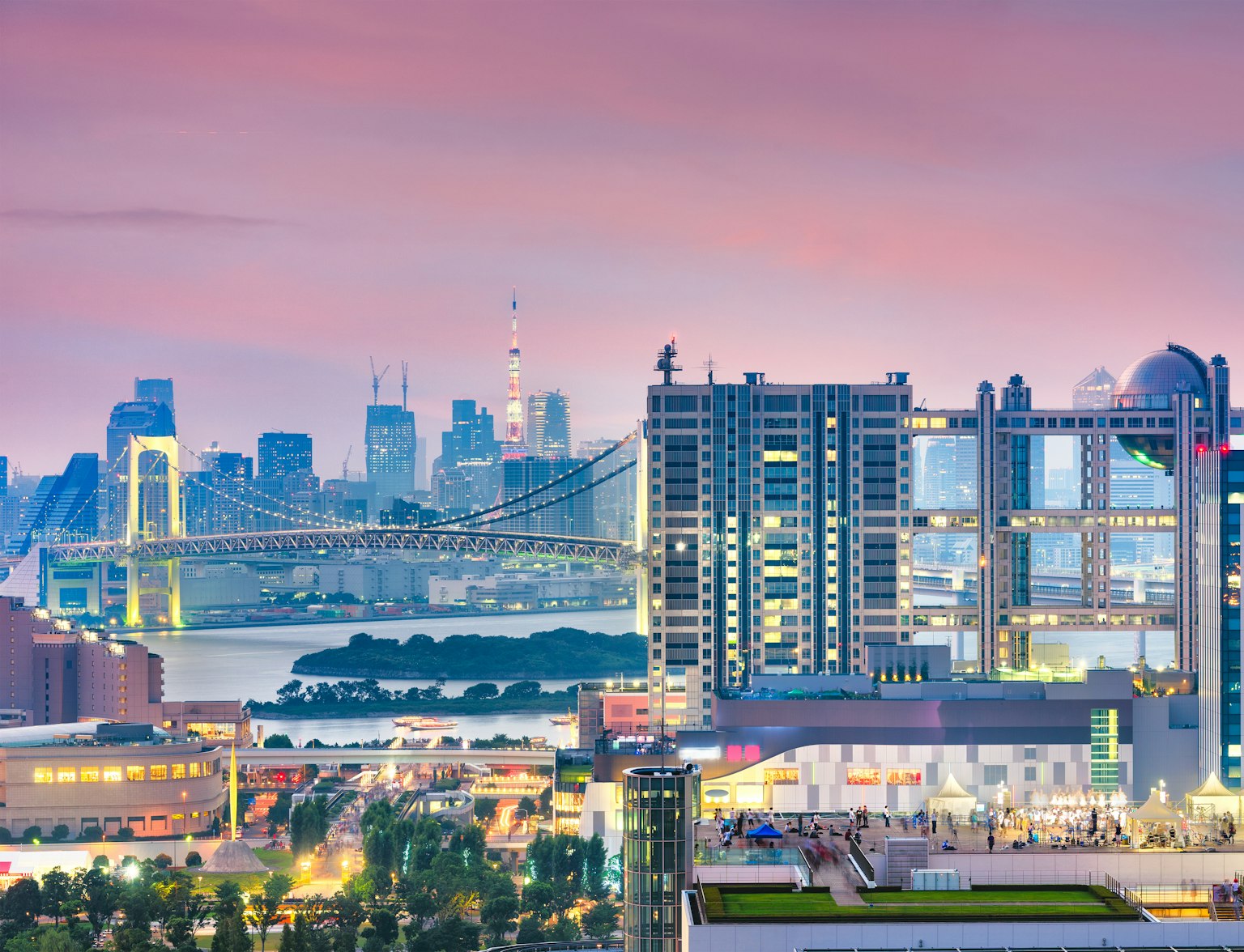
Experience Tokyo like never before on our day-long tour. Journey through sacred shrines, and bustling markets, dine in style, and capture the city's skyline from Tokyo Tower, all packed into one unforgettable day.
Most Famous Winter Festivals in Tokyo
Winter in Tokyo is a time of celebration, with numerous festivals taking place against the backdrop of the city's frosty landscapes. These events draw in not only locals but also tourists from around the world, who come to experience the unique blend of traditional customs and modern festivities that these winter celebrations offer.
Oji Fox Parade (Oji Kitsune-no-gyoretsu)
The Oji Fox Parade is a unique New Year's Eve festival steeped in local folklore. The event is based on a legend about foxes gathering at the Oji Inari Shrine , dressed as humans. Today, participants don fox masks and costumes and parade through the streets leading up to the shrine. The sight of the procession, illuminated by torchlight, is truly enchanting.
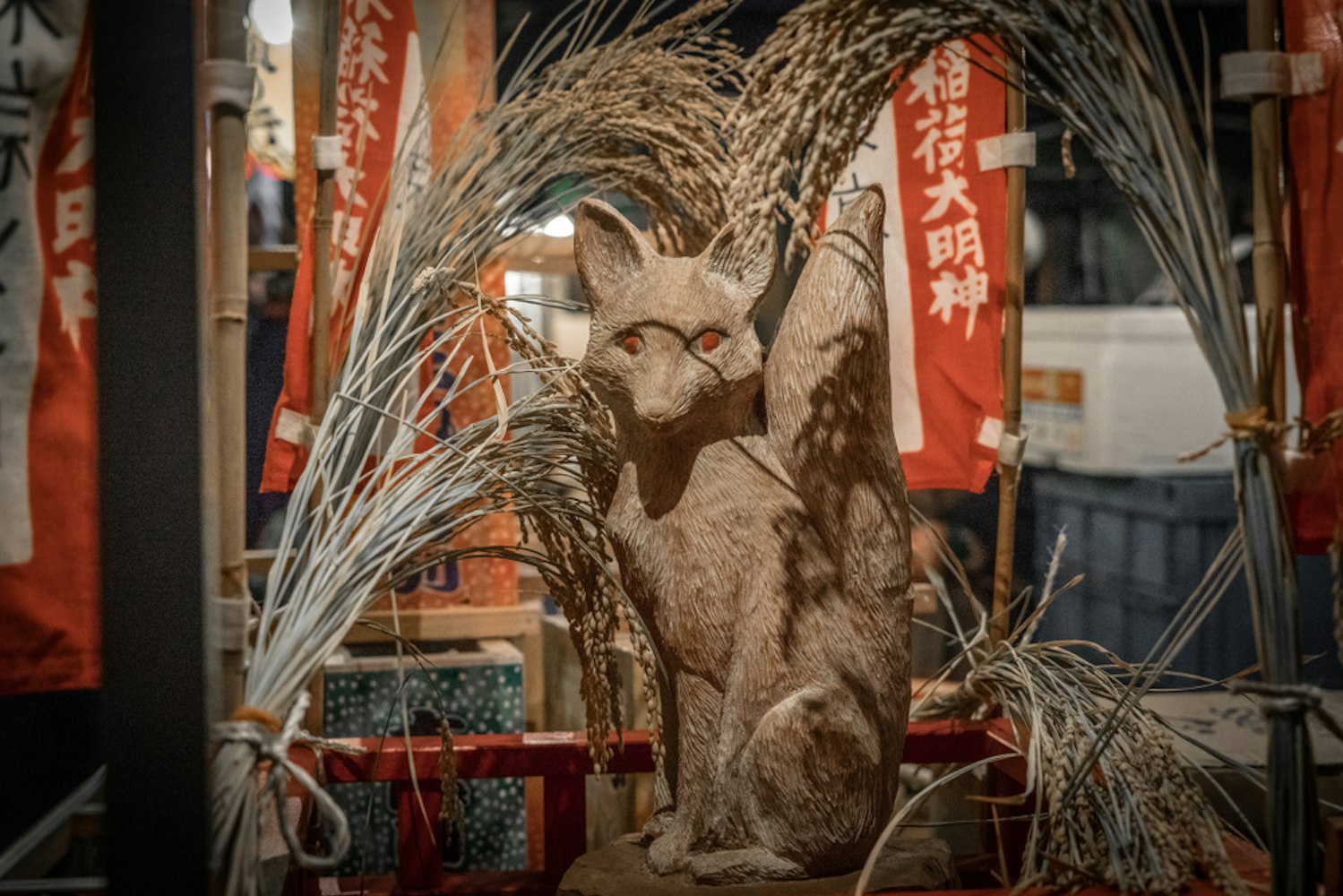
The Oji Fox Parade is more than just a visual spectacle; it offers a deep dive into Japanese traditions and mythology . Attendees can enjoy traditional music, sample local delicacies, and even don fox costumes themselves. It's a charming and mystical way to bid farewell to the old year and welcome the new one.
Location : Oji Inari-jinja Shrine, Kita-ku, Tokyo.
Date : Held annually on December 31st.
How to Get There : From central Tokyo, take the Tokyo Metro Namboku Line directly to Oji Station. After exiting the station, it's a brief 5 to 10-minute walk to the Oji Inari-jinja Shrine.
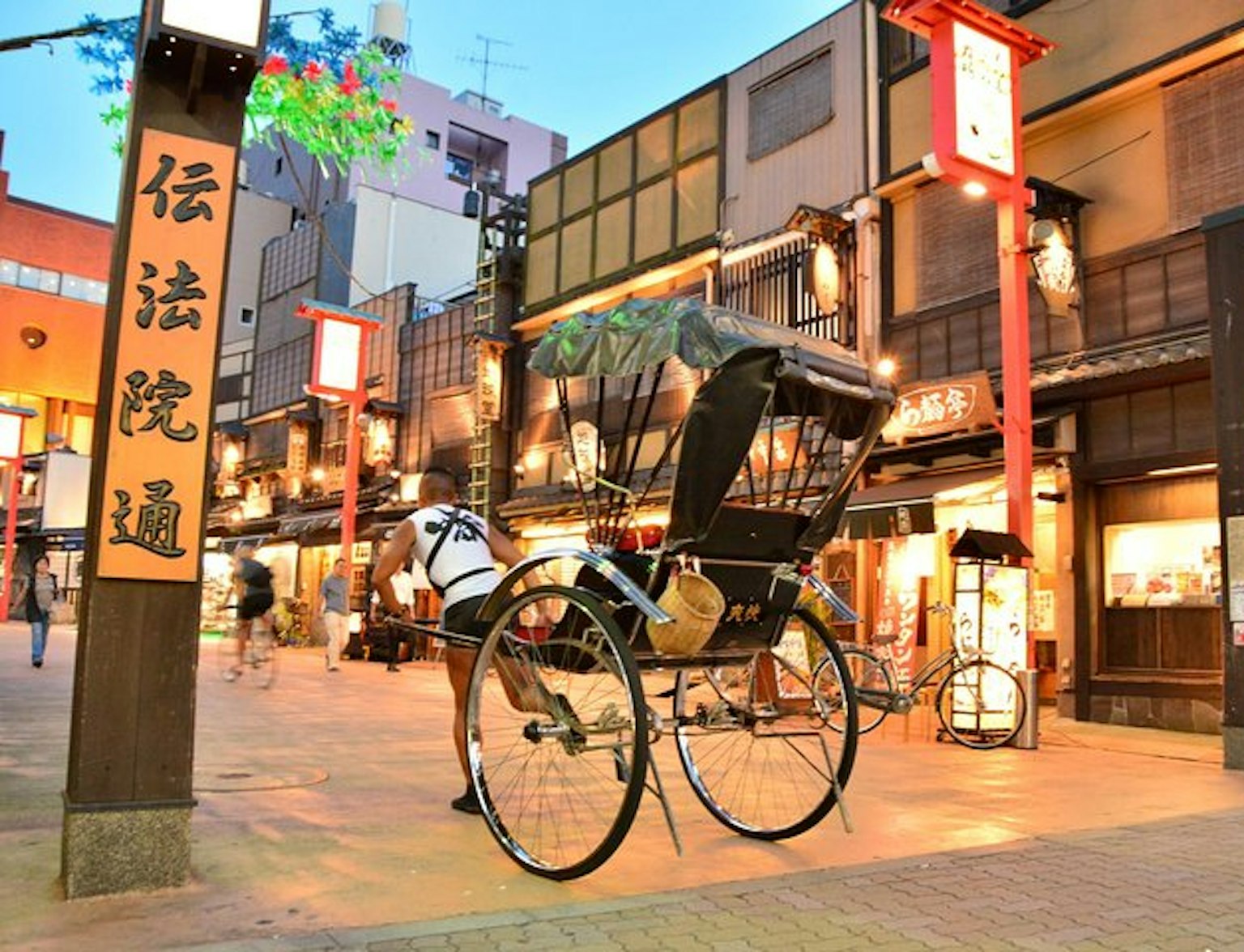
Embark on a captivating rickshaw ride through Tokyo's Asakusa. Discover rich history, blend of traditions, and personalized tales. Unveil hidden gems guided by locals. Book now for an unforgettable journey!
Tori-no-Ichi Fair
The Tori-no-Ichi Fair is a traditional event held in November at various shrines across Tokyo. This festival, which falls on the days of the Rooster according to the Chinese zodiac, is believed to bring good luck and business prosperity. The highlight of the fair is the sale of decorative bamboo rakes (kumade), adorned with symbols of luck and wealth, which are said to 'rake in' fortune.
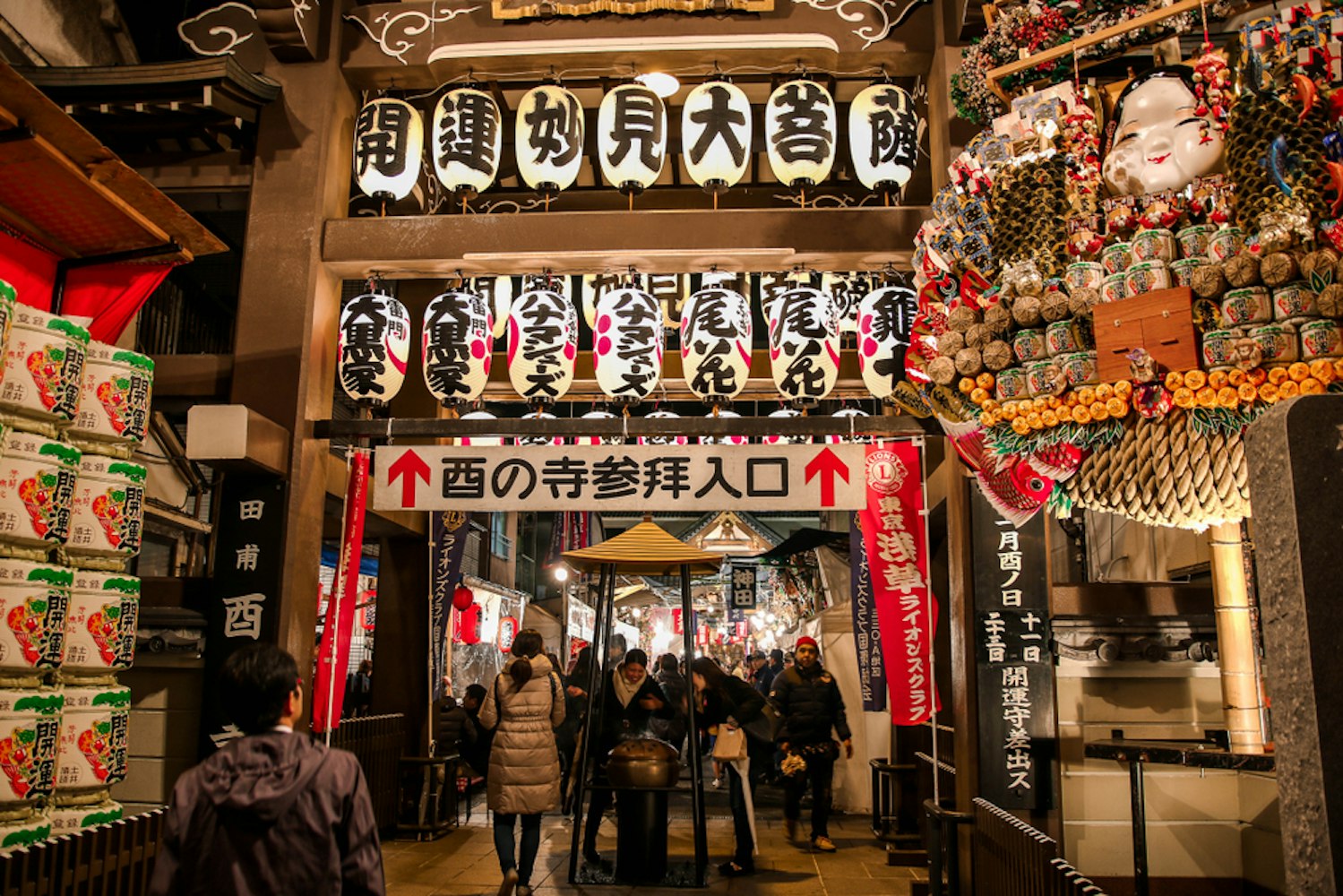
The fair offers a lively market atmosphere, with stalls selling kumade, traditional foods, and other goods. Live performances of folk music and dance add to the vibrant ambiance. Whether you're seeking a unique souvenir or a taste of traditional Japanese street food , the Tori-no-Ichi Fair is a must-visit.
Location : Otori Shrine and multiple locations in Asakusa, Tokyo.
Date : Held in November on specific days (Tori-no-Hi) according to the lunar calendar.
How to Get There : The fair is accessible from Asakusa, which is well connected by Tokyo's subway network. Take the Tokyo Metro Ginza Line or the Toei Asakusa Line to Asakusa Station. From there, it's a short walk to the various shrine locations hosting the fair, including Otori Shrine.
Bunkyo Plum Festival (Bunkyo Ume Matsuri)
The Bunkyo Plum Festival is a celebration of the arrival of spring, held from early February to early March at the Yushima Tenjin Shrine . The shrine grounds are home to about 300 plum trees, which burst into bloom during this period, filling the air with their sweet fragrance.
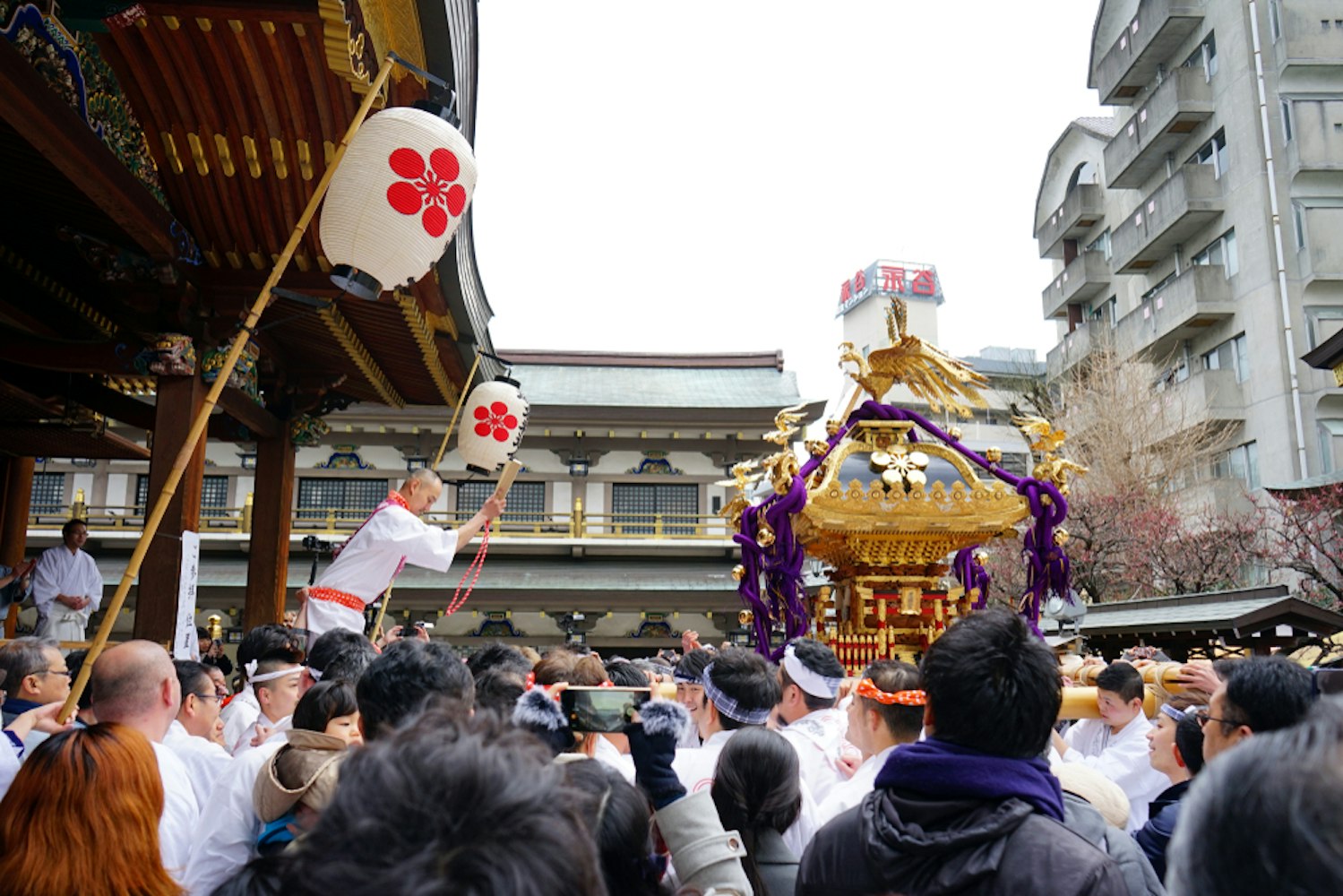
Visitors can stroll through the gardens, admire the beautiful blossoms , and participate in cultural events. Traditional tea ceremonies, concerts, and poetry readings are among the activities that take place during the festival. The Bunkyo Plum Festival is a serene and picturesque event that offers a refreshing break from the hustle and bustle of city life.
Location : Yushima Tenjin Shrine, Bunkyo-ku, Tokyo.
Date : Typically held from mid-February to early March.
How to Get There : Yushima Tenjin Shrine is near several subway stations. The most convenient is Yushima Station on the Chiyoda Line and Ueno-hirokoji Station on the Ginza Line. From either station, it's about a 5-minute walk to the shrine.
Hagoita-Ichi Fair at Senso-ji Temple
The Hagoita-Ichi Fair is a colorful event held in mid-December at the Senso-ji Temple in Asakusa . The fair features stalls selling hagoita (decorative wooden paddles used in a traditional New Year's game called hanetsuki) and other New Year's decorations. These paddles are often beautifully decorated with images of popular kabuki actors, sports figures, and other celebrities.
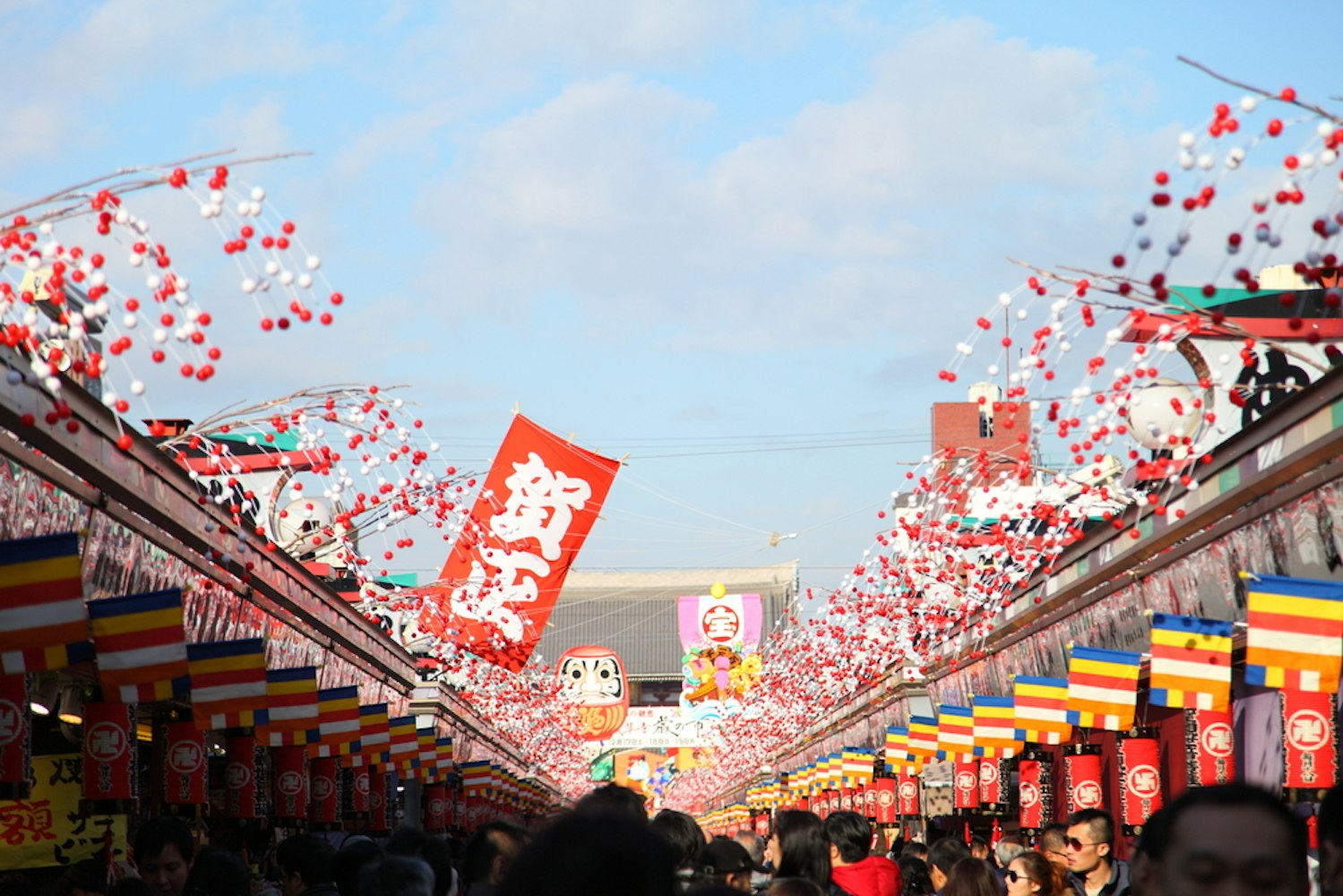
The fair is not only a shopping opportunity but also a chance to experience Japanese traditions and customs . With its lively atmosphere, the Hagoita-Ichi Fair at Senso-ji Temple is a fun and festive way to experience winter in Tokyo.
Exact Location : 2 Chome-3-1 Asakusa, Taito City, Tokyo 111-0032, Japan
Date : Held annually from December 17th to 19th.
How to Get There : Take the Tokyo Metro Ginza Line or the Toei Asakusa Line to Asakusa Station. Exit the station and follow the signs leading to Senso-ji Temple, which is a short walk away through the famous Nakamise Shopping Street.
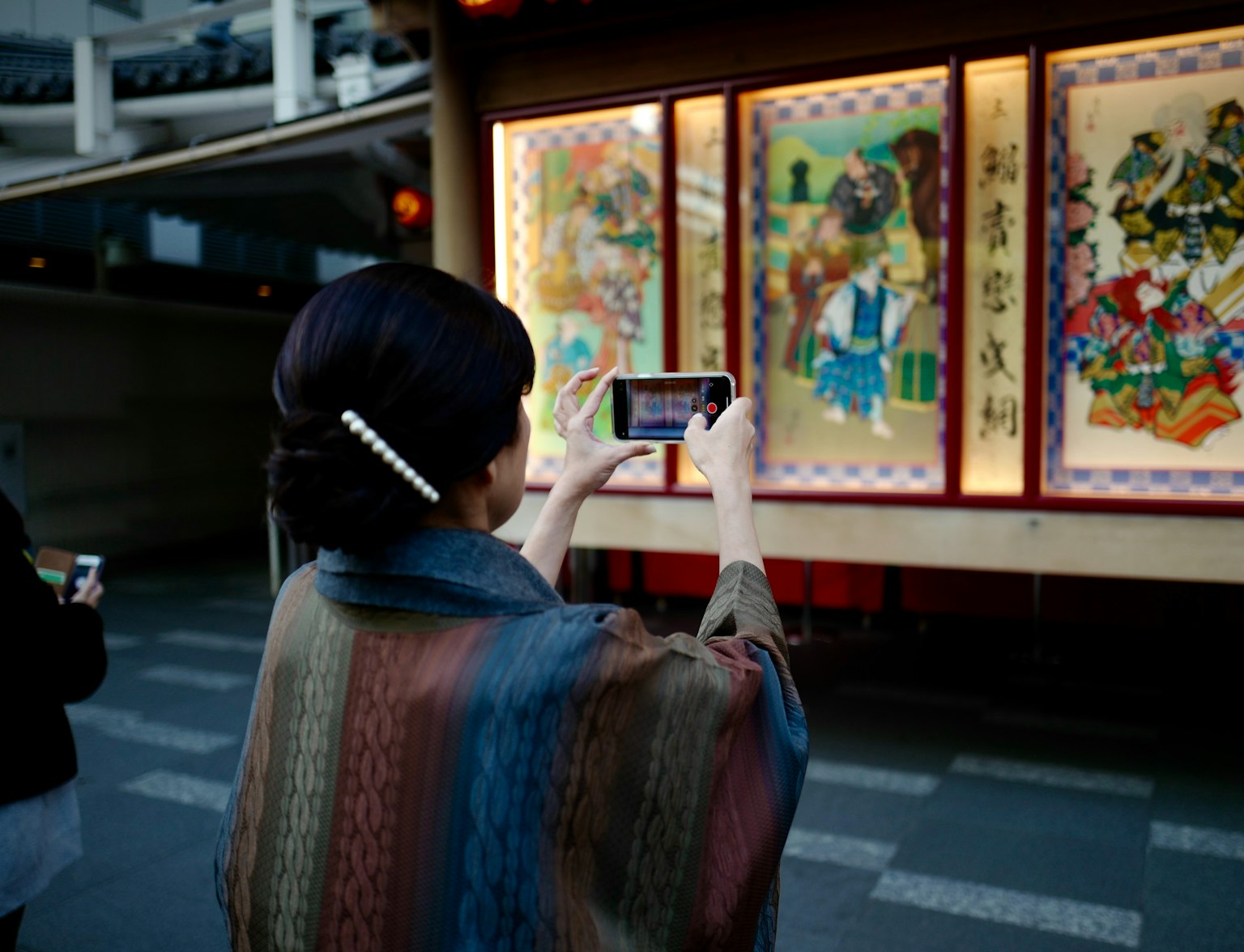
Stroll the vibrant streets and discover Tokyo's oldest temple, Senso-ji.
Illumination Events and Light Shows in Tokyo
Tokyo, Japan's bustling capital, is renowned for its mesmerizing illumination events and light shows. These enchanting displays, a fusion of technology and art, transform the city into a radiant spectacle that captivates both residents and visitors. Now, let's delve into some of Tokyo's most spectacular light events.
Tokyo Dome City Winter Illumination
The Tokyo Dome City Winter Illumination is a highly anticipated annual event that runs from November to February. Featuring millions of LED lights, the event turns the area into a mesmerizing landscape of vibrant colors and patterns. The theme changes every year, providing a fresh and unique experience each time.
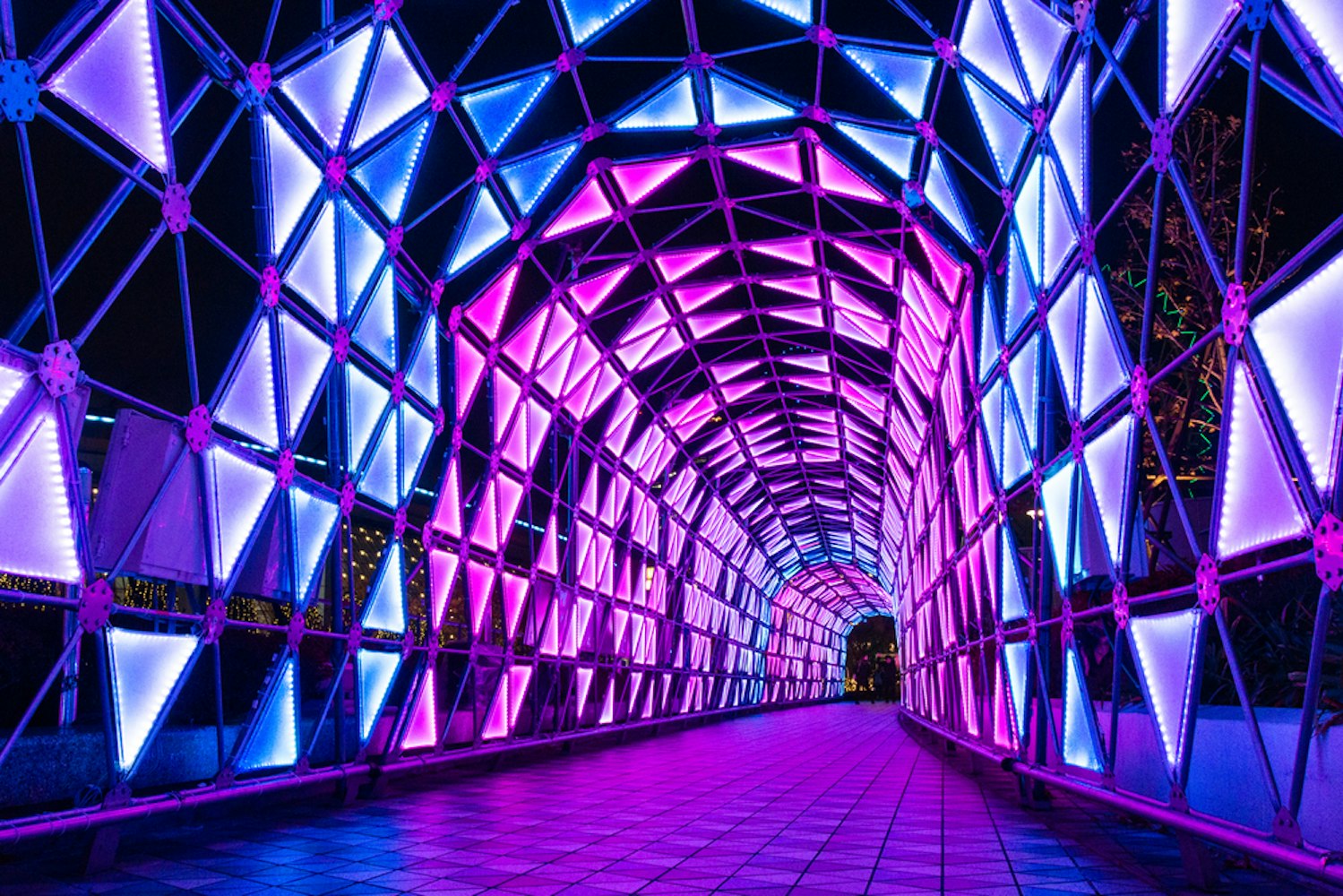
In addition to the stunning light display, visitors can enjoy a festive market where they can indulge in holiday shopping while basking in the glow of the illuminations. Whether you're seeking a romantic evening out or a fun family outing, the Tokyo Dome City Winter Illumination offers a memorable experience for all.
Marunouchi Illumination
The Marunouchi district , located near Tokyo Station, hosts an annual illumination event that attracts crowds with its elegant champagne-colored LED lights. The main street, Marunouchi Naka-dori, transforms into a stunning tunnel of light, creating a romantic and serene atmosphere.
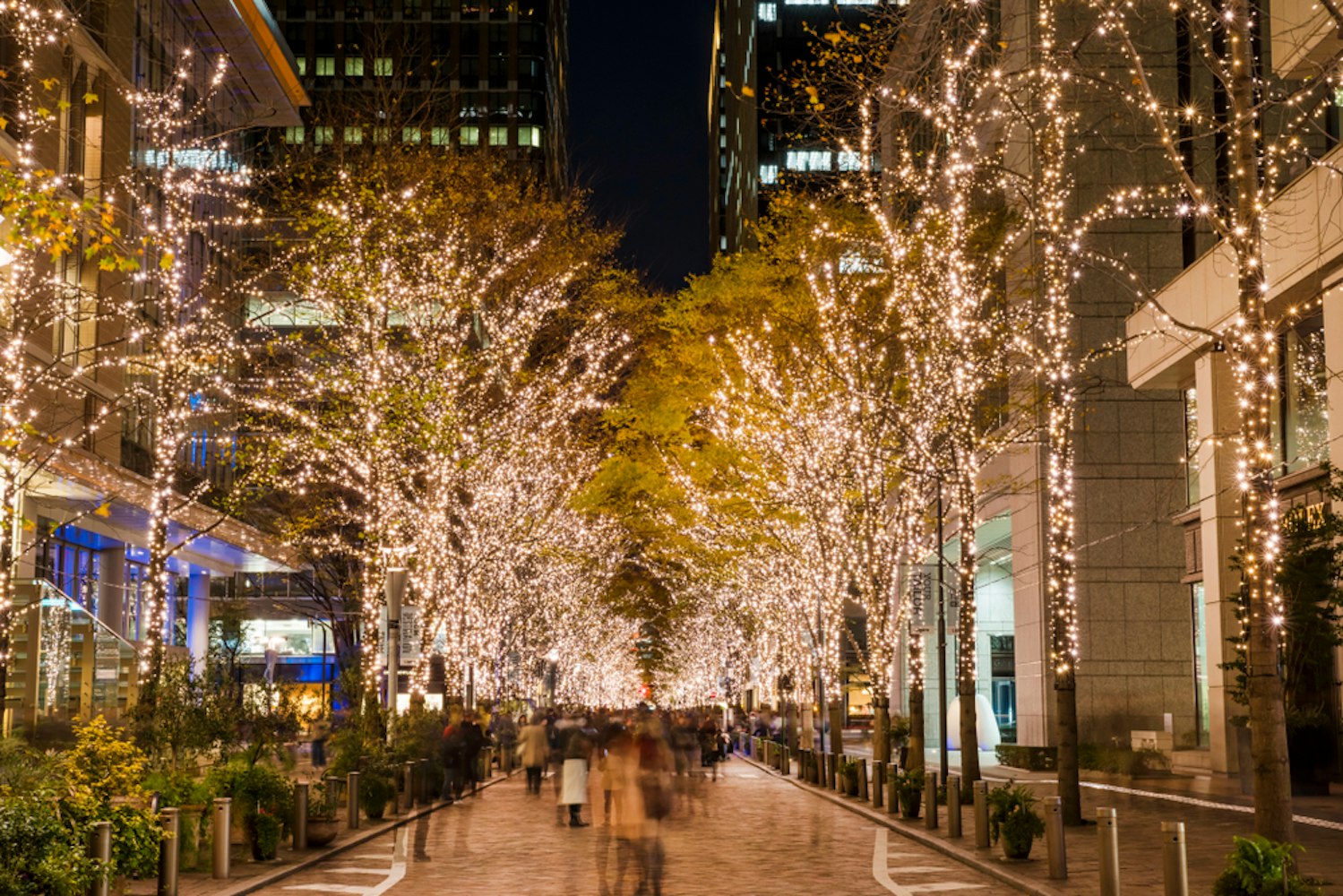
This eco-friendly event uses low-energy bulbs, aligning with the district's commitment to sustainability. Running from mid-November until mid-February, the Marunouchi Illumination is a must-visit for anyone looking to experience the charm of Tokyo's winter season.
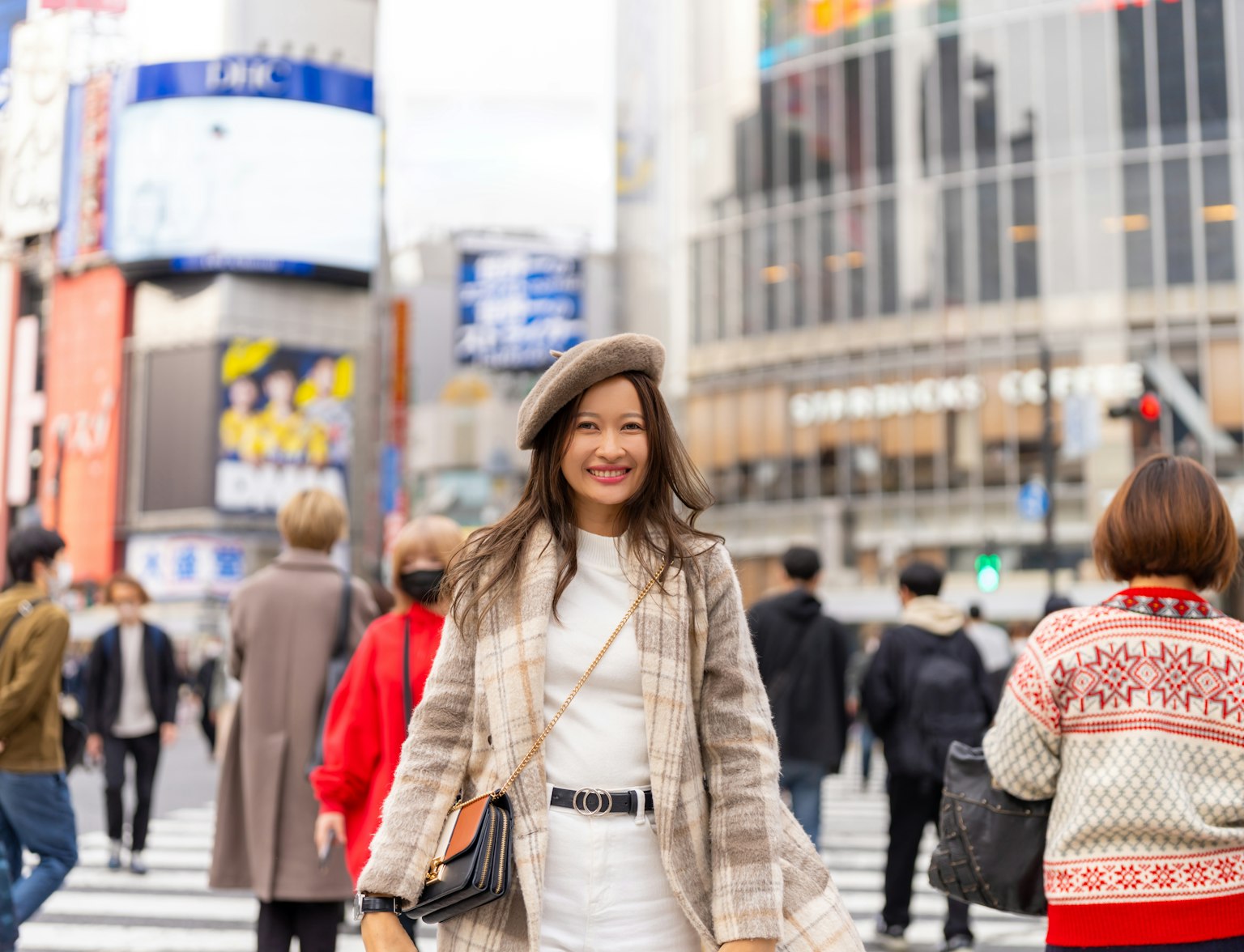
Include Marunouchi on your custom itinerary.
Roppongi Hills Artelligent Christmas
Roppongi Hills takes the holiday season to a new level with its Artelligent Christmas event . This annual celebration combines art and intelligence to create a unique and mesmerizing light show. The event features a variety of installations, including a giant Christmas tree and an impressive illumination display.
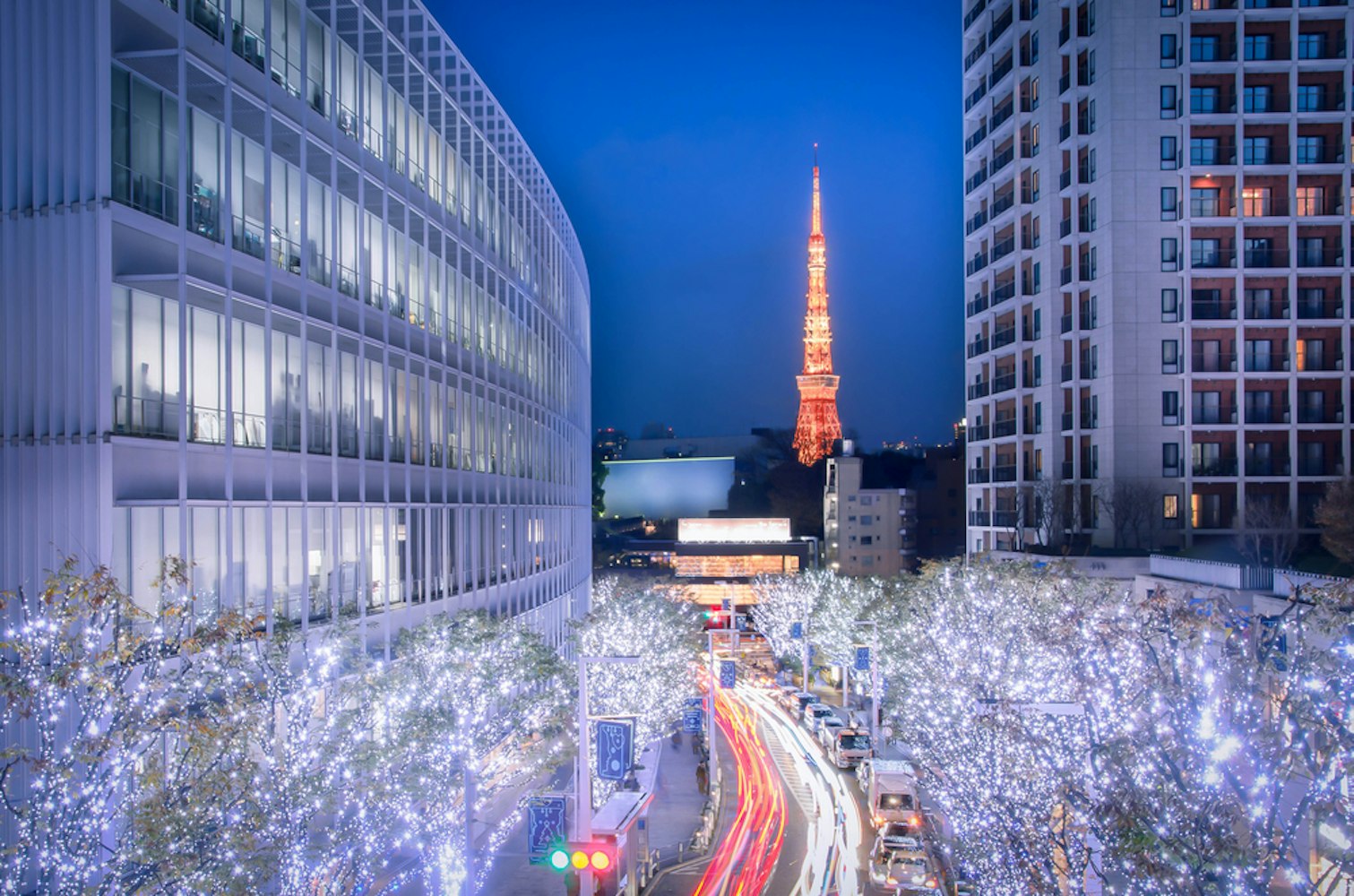
Artelligent Christmas also hosts live performances and workshops, adding to the festive spirit. The combination of innovative technology and artistic design makes this event a standout among Tokyo's myriad of winter illuminations.
Carettta Shiodome Illumination
Caretta Shiodome is known for its annual illumination event, which features a stunning light and music show. The theme changes each year, with past displays inspired by popular movies and fairy tales. The event is held from mid-November to mid-February, lighting up the winter nights with its dazzling display.
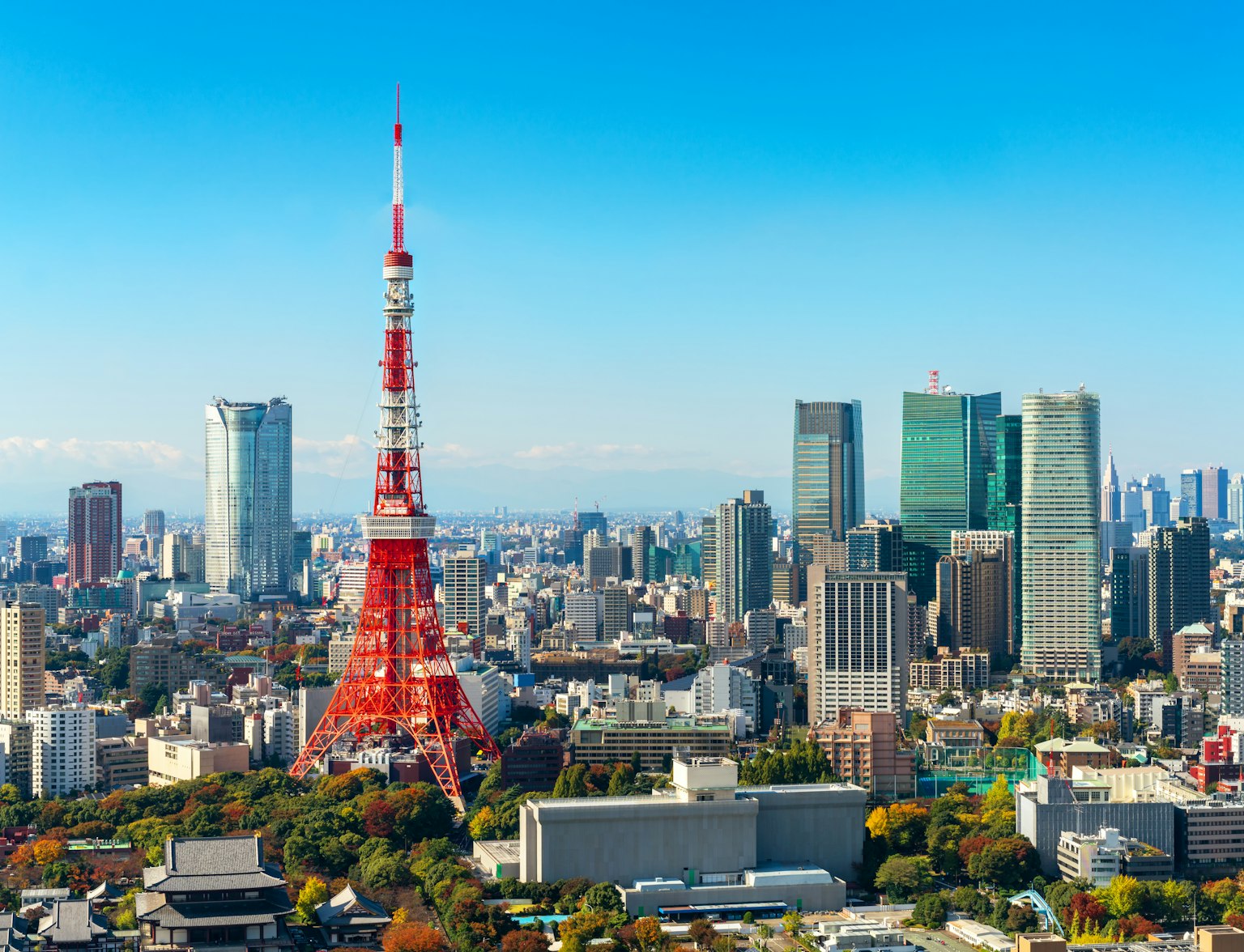
Visit this event with a chartered vehicle.
In addition to the main illumination, Caretta Shiodome also offers a variety of festive activities and attractions. From shopping and dining to special events and performances, there's plenty to enjoy at this spectacular winter event.
Best Things to Do in Tokyo in Winter
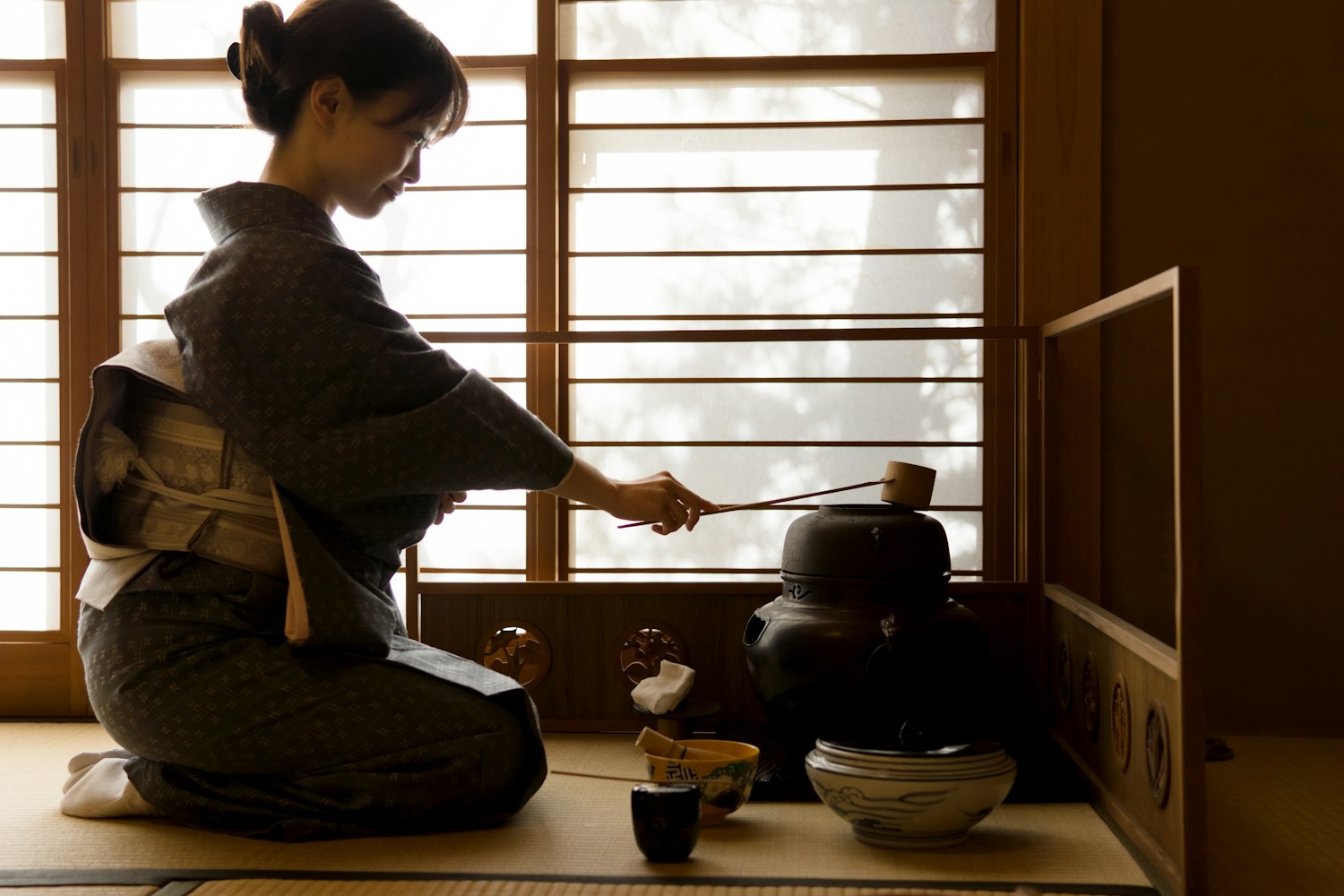
Attend a Japanese Tea Ceremony
Participating in a traditional Japanese tea ceremony is an enriching experience that offers insight into Japan's deep-rooted culture and history. These ceremonies, also known as chado or sado, involve the ceremonial preparation and presentation of matcha, a powdered green tea. The ritual is a meditative practice emphasizing mindfulness, respect, and harmony.
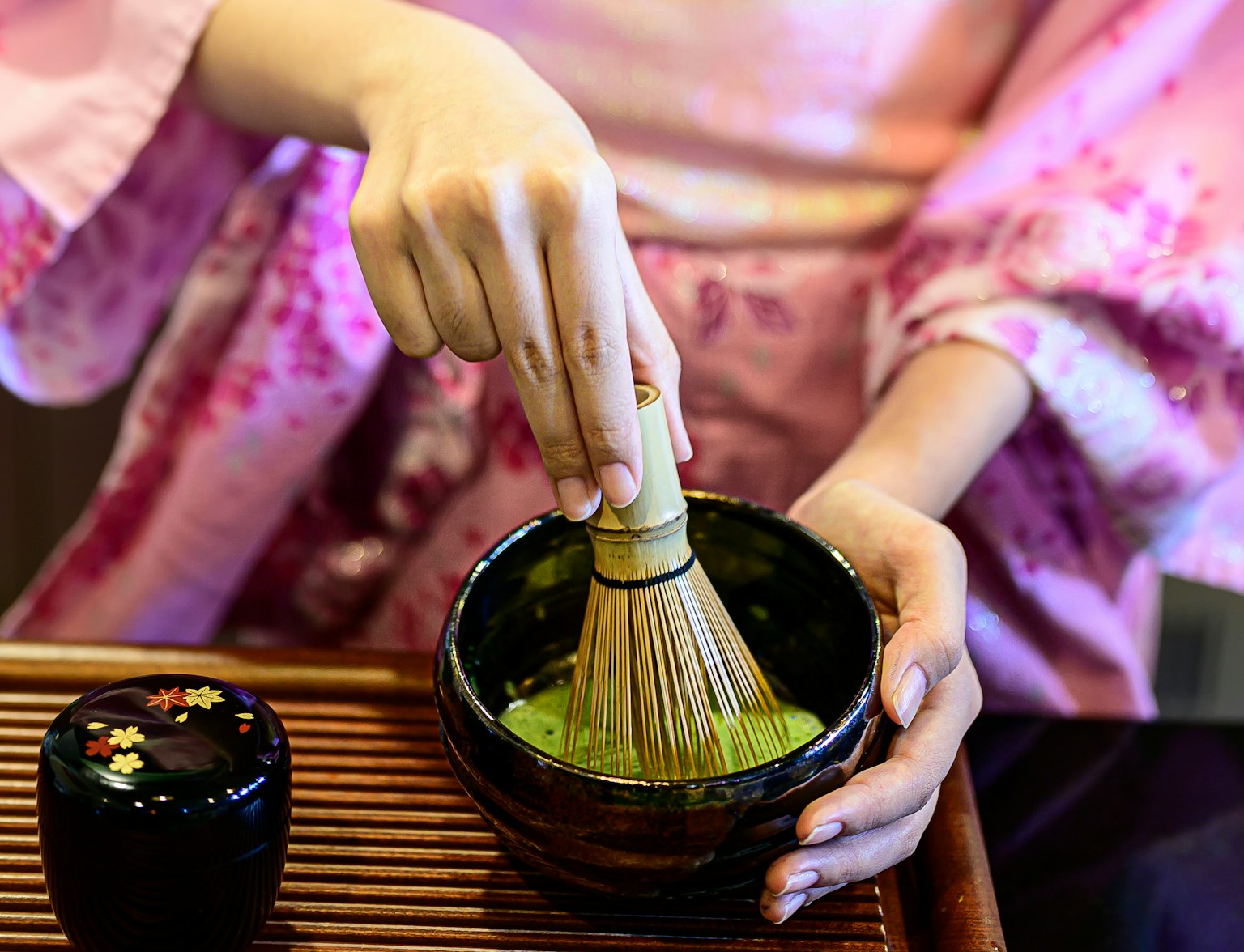
Immerse yourself in Japan's rich heritage with a traditional tea ceremony in Ginza.
Winter adds another layer of charm to these ceremonies, as several teahouses in Tokyo offer seasonal tea gatherings called "chaji". These events often feature a charcoal fire and hearty dishes to warm up the participants. Attending a tea ceremony allows you to appreciate the aesthetics of Japanese culture while enjoying the tranquility it brings.
Enjoy Onsen Baths
Onsens, or hot spring baths, are a quintessential part of the Japanese winter experience . These natural hot springs are not just about bathing; they are deeply ingrained in Japanese culture and are known for their therapeutic properties. The Hakone region , just outside Tokyo, is a popular onsen destination , offering a variety of hot spring resorts set amidst scenic landscapes.
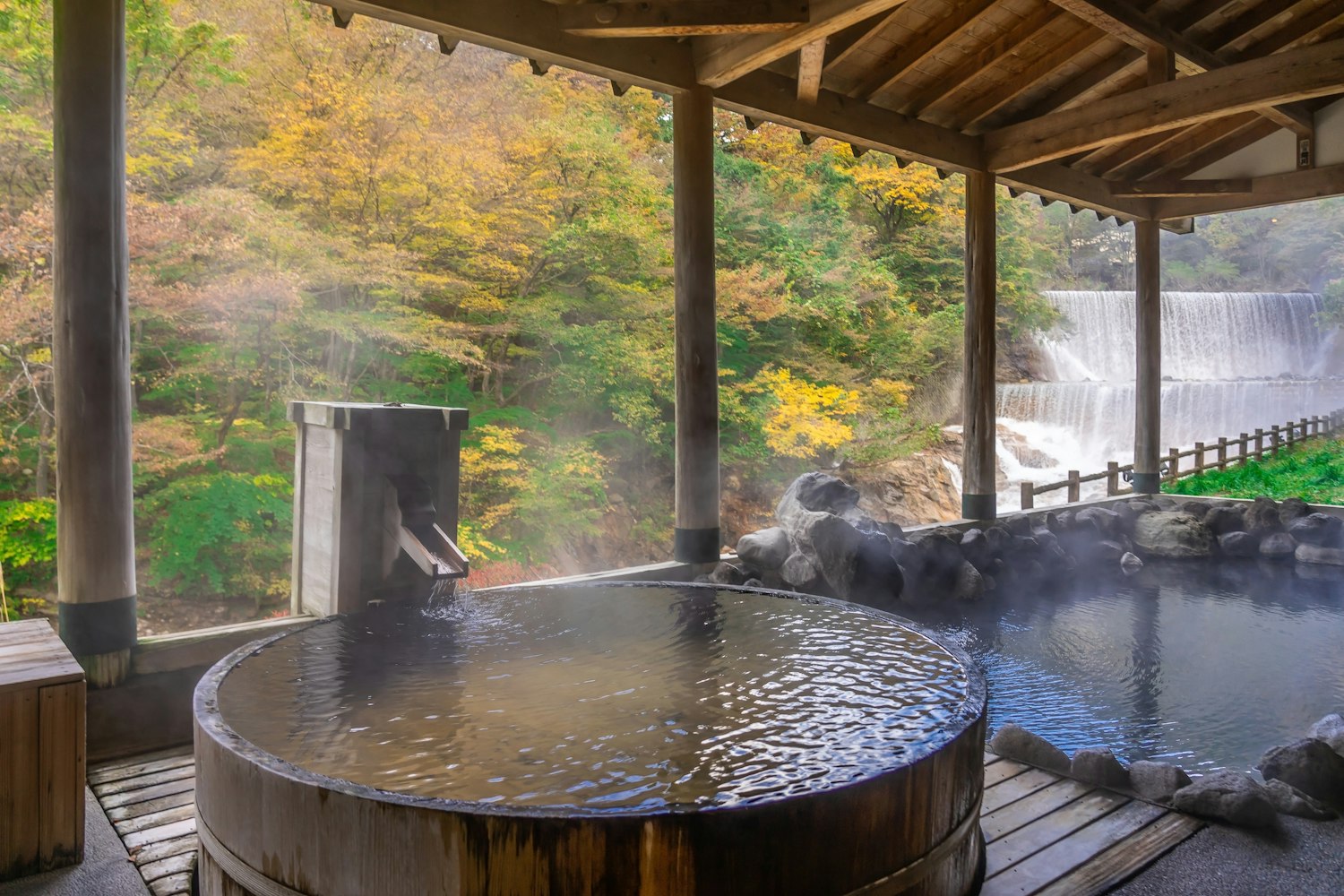
In winter, soaking in an open-air onsen while surrounded by snow can be a magical experience. Many onsens are part of ryokans (traditional inns), allowing you to combine your bath with a stay in a traditional Japanese room and a kaiseki meal (a multi-course dinner). Remember to follow onsen etiquette, such as washing before entering the bath and not putting your towel in the water.
Visit the Tsukiji Fish Market
Although the famous wholesale market has moved to Toyosu, the outer market of Tsukiji still offers a fascinating glimpse into Tokyo's culinary scene. Here, you can find a variety of fresh seafood, high-quality knives, kitchenware, and other food-related goods. The narrow alleys are lined with stalls selling everything from giant tuna to fresh wasabi roots.

Come take a walk with us inside this legendary fish market.
Visiting Tsukiji in winter is an exciting experience as it's the season for many seafood delicacies in Japan . After exploring the market, warm up with a bowl of steaming ramen or sushi at one of the many restaurants in the area. Whether you're a foodie or just curious about Japanese cuisine, Tsukiji Fish Market is a must-visit
Explore Tokyo Christmas Market
The Tokyo Christmas Market, held annually at Meiji Jingu Gaien and Hibiya Park, is a must-visit destination for the holiday season. This market offers an authentic European-style Christmas experience right in the heart of Tokyo. Stalls and shops inspired by those in Zeifen village sell everything from handmade holiday ornaments to hot chocolate and beer.
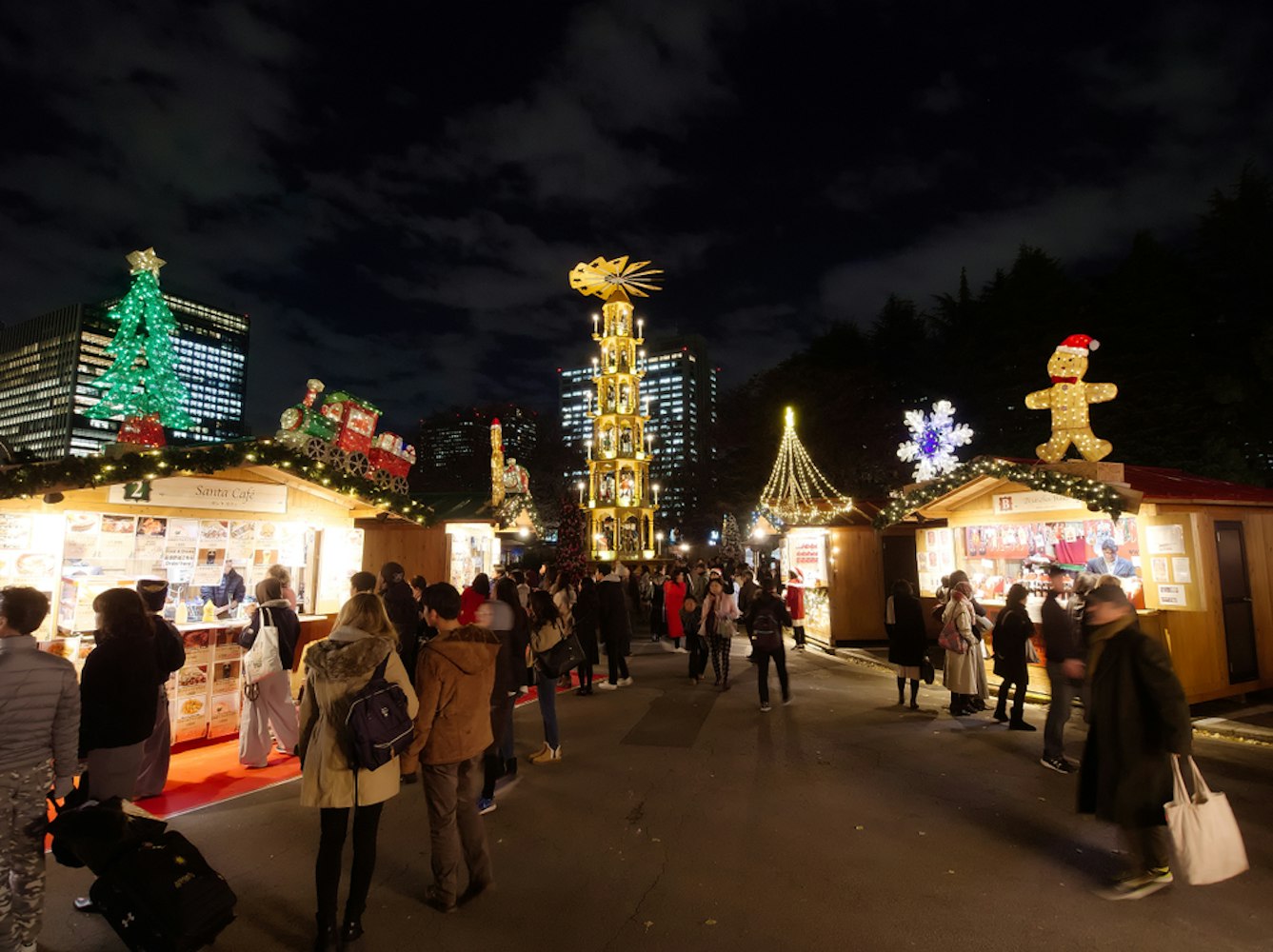
Apart from the main market, there are several other Christmas markets scattered around the city, including the Roppongi Hills Christmas Market and the Yokohama Red Brick Warehouse Christmas Market. These markets feature a variety of festive goods, food stalls, and workshops, making them perfect for gift shopping or simply soaking up the holiday atmosphere.
Go Skiing or Snowboarding
Winter in Tokyo also provides the perfect opportunity to hit the slopes. Several popular ski resorts are located within easy reach of the city, offering excellent skiing and snowboarding conditions. Whether you're a seasoned skier or a beginner, these resorts cater to all skill levels.
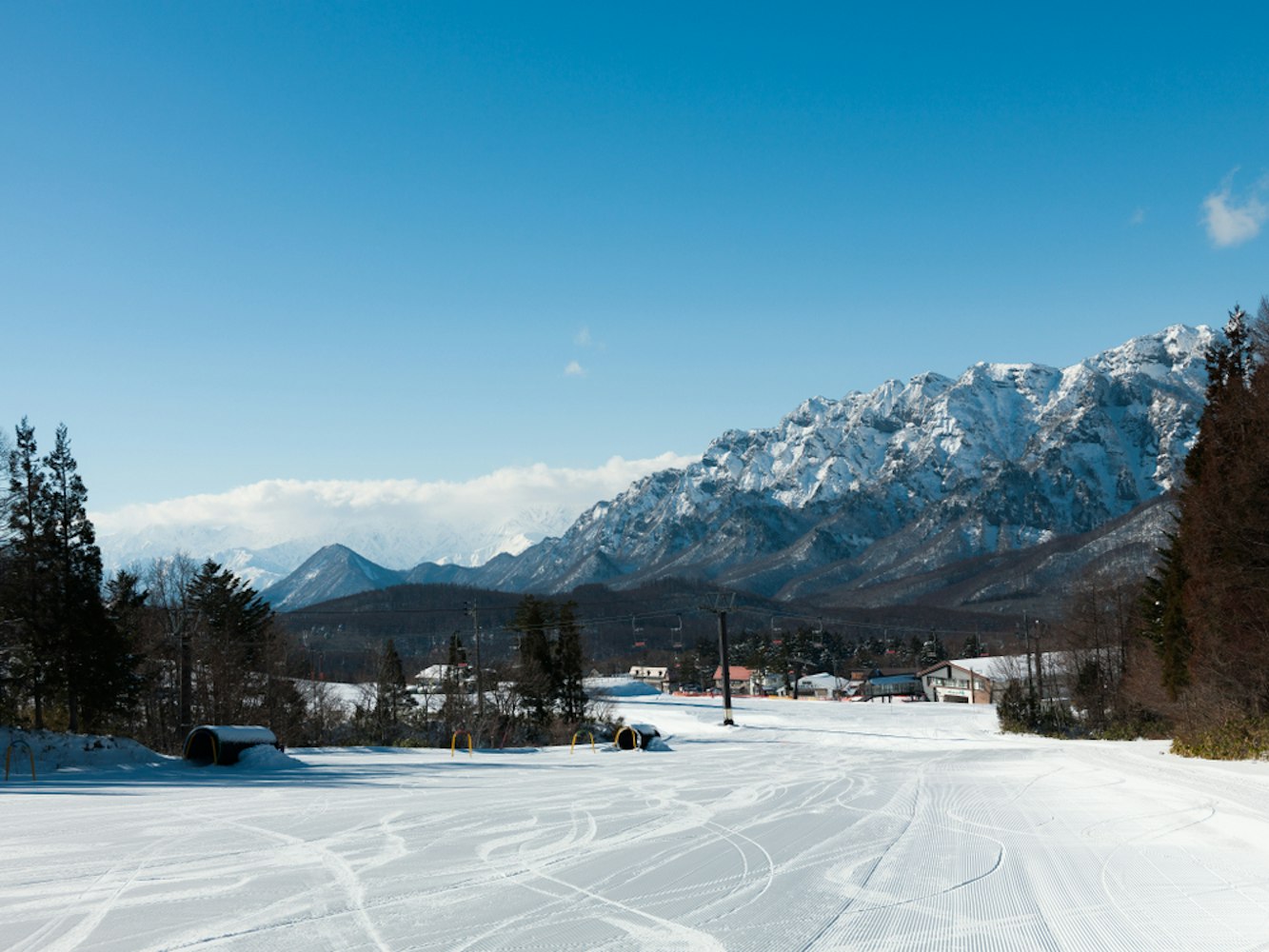
For those who don't own equipment, many resorts offer ski and snowboard rentals. This makes it convenient to try out these winter sports without the need for a significant upfront investment. Remember to check the resort's website in advance for detailed information on availability and prices.
Savor Winter Delicacies
Winter is a time for comfort food, and Tokyo doesn't disappoint. The city offers a wide range of winter delicacies that are sure to please any palate. From warming ramen bowls to fresh seafood from the Tsukiji Fish Market, there's no shortage of culinary delights to explore.
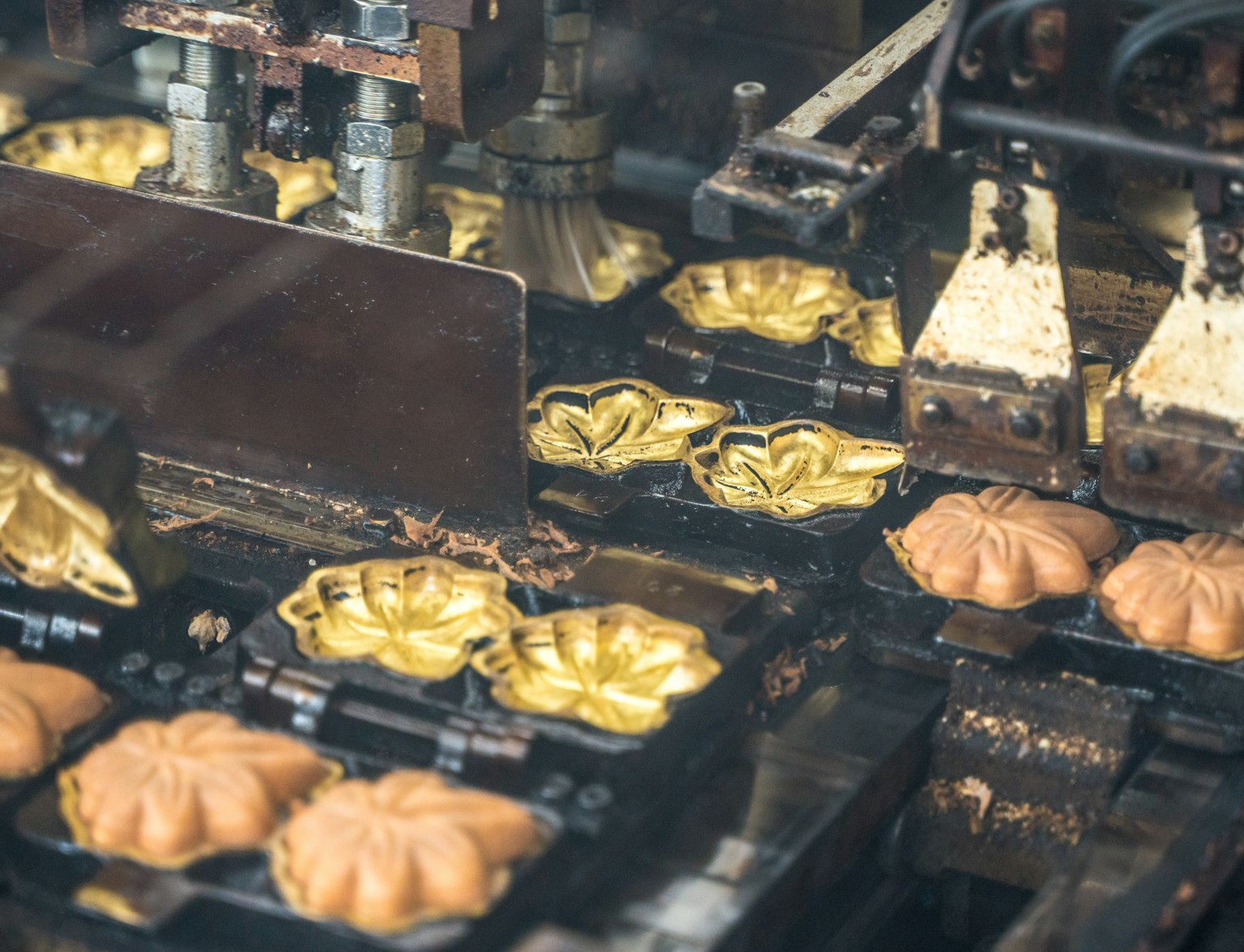
This tour offers a fascinating journey through Japan's food culture.
Specifically, winter is the prime season for many seafood delicacies in Japan. After exploring the city or hitting the slopes, warming up with a delicious meal at one of Tokyo's many restaurants is a must. Whether you're a foodie or just curious about Japanese cuisine, savoring Tokyo's winter delicacies is an essential part of the winter experience.
Winter Weather in Tokyo
Winter in Tokyo brings a crisp, cold climate, but it's typically sunny with little rain or snow. The air is dry, with the humidity around this time generally staying at a constant 30%. This makes exploring the city a comfortable experience without the hindrance of heavy snowfall or constant drizzle. Despite the drop in temperatures, the winter days in Tokyo are often bright and clear, offering stunning views of the cityscape.
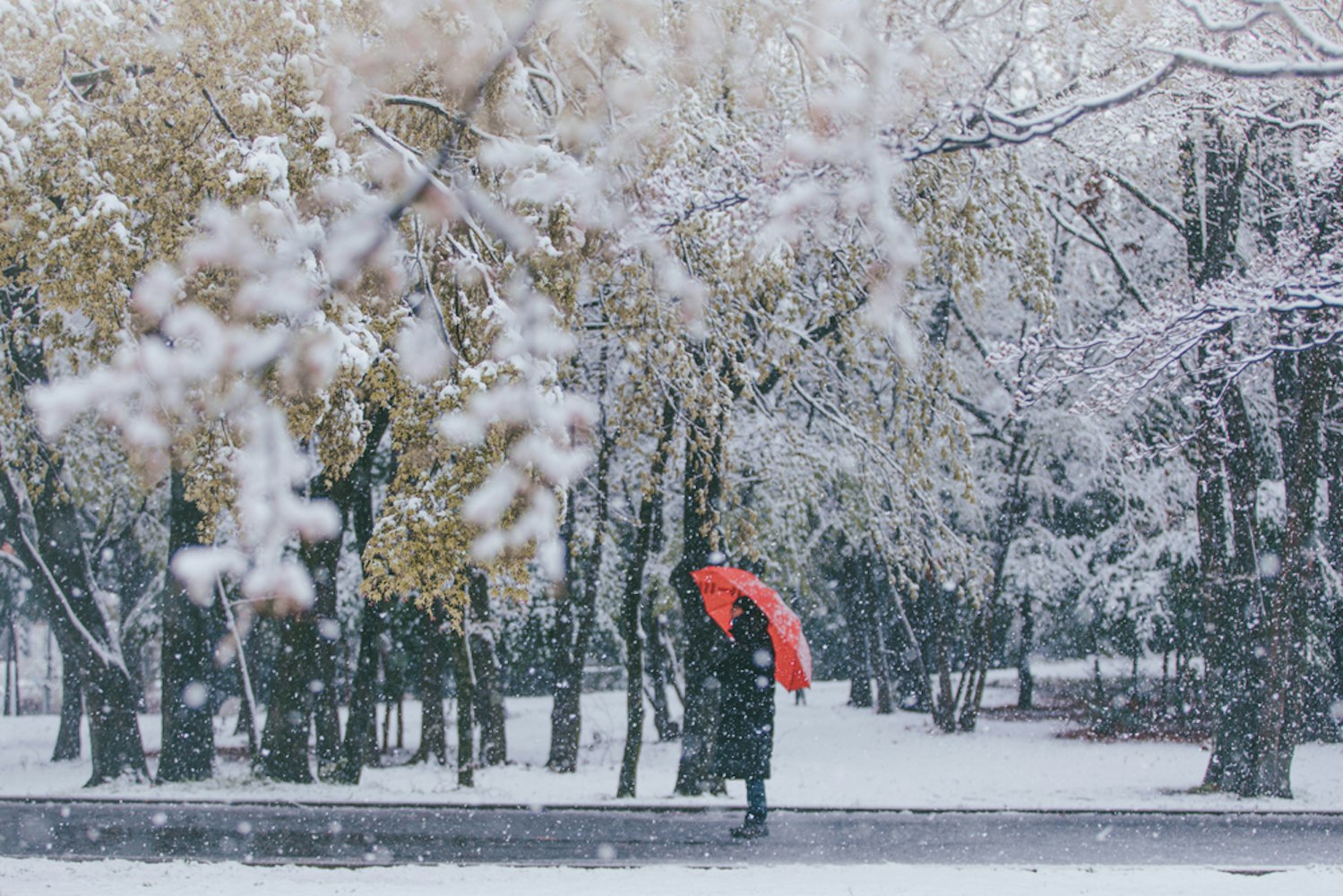
The coldest month in Tokyo is January, with an average temperature of around 5°C (41°F). However, December and February can also be quite chilly, with temperatures ranging between 8-15°C during the day. Instead, Tokyo embraces the winter season with its unique blend of activities and festivals, ensuring that there's never a dull moment in the city during these colder months.
Tokyo Winter: A Final Flourish
Summing up, the winter season in Tokyo is an enchanting blend of cultural festivities, delicious cuisine, and picturesque snowscapes. Whether it's basking in the glow of city lights, savoring delectable winter treats, or joining in vibrant celebrations, Tokyo offers a winter journey like no other.
As we put the final frost on this guide, we hope it inspires you to make the most of Tokyo's winter wonderland . So, layer up, step into the crisp air, and let Tokyo's winter weave its magic around you. Your snowy adventure awaits!
Frequently Asked Question
Is it worth it to go to tokyo in the winter.
Definitely! Winter in Tokyo offers a magical atmosphere with festive illuminations, delicious food, and unique experiences like visiting Tokyo Disneyland and enjoying public baths, perfect for the cold days.
Is winter a bad time to visit Japan?
Winter is an excellent time to visit Japan for those seeking a different cultural perspective. Traditional events like the New Year (Shogatsu) celebrations are a highlight, with many shrines hosting festive ceremonies. Additionally, winter sports enthusiasts can enjoy ice skating in the heart of Tokyo or travel a short distance to renowned ski resorts.
Is it too cold to visit Tokyo in December?
December in Tokyo is cool, with average temperatures ranging from 4°C to 12°C (39°F to 54°F). This crisp weather is ideal for enjoying outdoor activities, like exploring the historic Asakusa district or visiting the outdoor markets, without the extreme cold found in northern parts of Japan.
Is Tokyo dry in winter?
Tokyo's winter is relatively dry, with low rainfall compared to the humid summer months. This drier climate is conducive for leisurely exploring the city's numerous attractions, from the bustling streets of Shibuya to the serene Meiji Shrine, without the hassle of frequent rain.
Continue reading
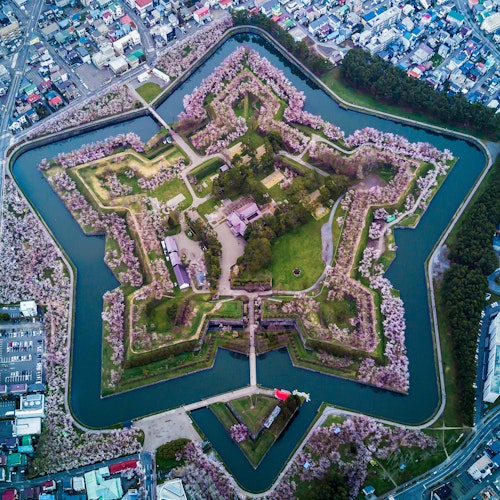
- Meetings & Events
- Select Language 简体中文 繁體中文(香港) 繁體中文(臺灣) India (English) Bahasa Indonesia 한국어 ภาษาไทย Tiếng Việt Singapore (English) Philippines (English) Malaysia (English) Australia/New Zealand (English) Français Deutsch Italiano Español United Kingdom (English) Nordic countries(English) Canada (English) Canada (Français) United States (English) Mexico (español) Português العربية Japan(日本語) Global (English)
- India (English)
- Bahasa Indonesia
- Singapore (English)
- Philippines (English)
- Malaysia (English)
- Australia/New Zealand (English)
- United Kingdom (English)
- Nordic countries(English)
- Canada (English)
- Canada (Français)
- United States (English)
- Mexico (español)
- Global (English)
- Fujiyoshida
- Shimonoseki
- Ishigaki Island
- Miyako Island
- Kerama Island
- Tokyo Island
- Koka & Shigaraki
- Hida Takayama
- Ginza, Nihonbashi
- Beppu & Yufuin (Onsen)
- Ginzan Onsen
- Nagasaki Islands

- Kumano Kodo
- Shikoku Karst
- Amami Oshima
- Hachimantai
- Omihachiman
- Aizuwakamatsu

- Diving in Japan
- Skiing in Japan
- Seasonal Flowers in Japan
- Sustainable Outdoors
- Off the Beaten Track in Japan
- Scenic Spots
- World Heritage
- Home Stays & Farm Stays

- Japanese Gardens
- Japanese Crafts
- Temple Stays
- Heritage Stays
- Festivals and Events
- Theater in Japan
- Japanese Tea Ceremony
- Cultural Experiences in Japan
- Culture in Japan

- Local Cuisine Eastern Japan
- Local Cuisine Western Japan
- Local Street Food
- Japan's Local Ekiben
- Japanese Whisky
- Vegetarian and Vegan Guide
- Sushi in Japan Guide
- Japanese Sake Breweries

- Art Museums
- Architecture
- Performing Arts
- Art Festivals
- Japanese Anime and Comics
- Japanese Ceramics
- Local Crafts

- Scenic Night Views
- Natural Wonders
- Theme Parks
- Samurai & Ninja
- Iconic Architecture

- Wellness Travel in Japan
- Japanese Ryokan Guide
- A Guide to Stargazing in Japan
- Relaxation in Japan
- Forest Bathing (Shinrin-yoku)

- Experiences in Japan
- Enjoy my Japan
- National Parks
- Japan's Local Treasures
- Japan Heritage
- Snow Like No Other

- Visa Information
- Getting to Japan
- Airport Access
- COVID-19: Practical Information for Traveling to Japan
- Anime Tourism
- Countryside Stays
- Accessible Tourism
- Hokkaido Great Outdoors
- Scenic World Heritage in Tohoku
- Shikoku’s Nature and Traditions
- Southern Kyushu by Rail

- Traveling by Rail
- How to Travel by Train and Bus
- JR Rail Passes
- Scenic Railways
- Renting a Car
- Sustainable Travel in Japan
- Travel Brochures
- Useful Apps
- Online Reservation Sites
- Eco-friendly Accommodation
- Luxury Accommodations
- Traveling With a Disability
- Hands-free Travel
- How to Book a Certified Tour Guide
- Volunteer Guides

- Japanese Manners
- Spring in Japan
- Summer in Japan
- Autumn in Japan
- Winter in Japan
- Cherry Blossom Forecast
- Autumn Leaves Forecast

- Japan Visitor Hotline
- Travel Insurance in Japan
- Japan Safe Travel Information
- Accessibility in Japan
- Vegetarian Guide
- Muslim Travelers
- Safety Tips

- Visa Info for Canadians
- Tour Operators in Canada
- Brochure Request
- Know Before You Go
- JR Pass Retailers
- Regional Rail Passes
- Rail Travel FAQ

- Inspiration
- Travellers' Blog
- Japan Through the Eyes of Canadian Journalists
- Signature Journeys by Canadian Celebrities

- MICE Newsletter
- Notice of Campaigns
- What's New

My Favorites
${v.desc | trunc(25)}
Planning a Trip to Japan?
Share your travel photos with us by hashtagging your images with #visitjapanjp
- 10 Best Day Trips from Tokyo
Explore more with this list of epic ideas of the best day trips from Tokyo!
Tokyo is one of the largest megacities in the world and you will never be bored with what it offers. It doesn’t stop there, though. There are many places which are easily accessible from Tokyo that a lot of travelers miss before moving to other popular destinations such as Kyoto or Osaka. Here are some ideas of day trips from Tokyo to add to your bucket list.
1. Kamakura
Once the political capital of Japan, Kamakura is home to beautiful temples and shrines, where locals enjoy spending their weekends. It’s also famous for one of the most bustling beaches in Japan.
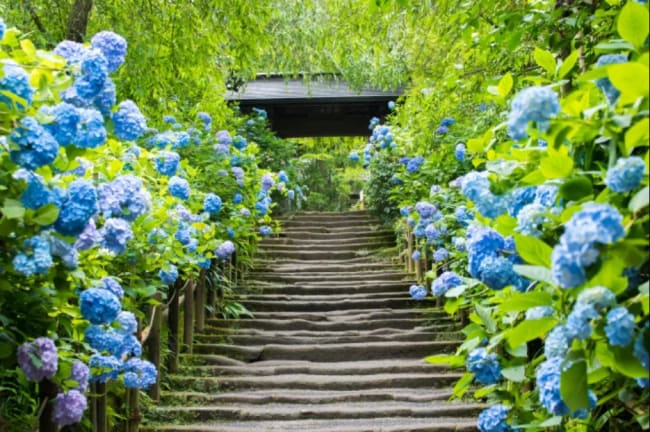
2. Yokohama
A magnificent port city with the second largest population in Japan. Find unique souvenirs at Yokohama Red Brick Warehouse and enjoy delicious cuisine at the biggest Chinatown in Japan.
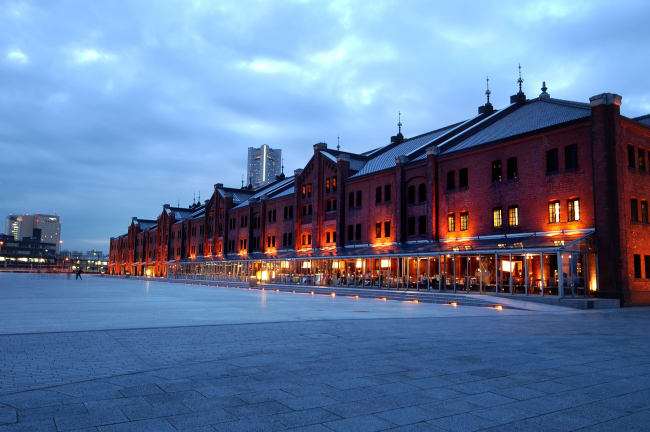
3. Hitachi Seaside Park
The beautiful blue nemophila flowers reach their peak bloom from mid-April to early May, although the park offers amazings view of flowers in its immaculately maintained gardens throughout the year.
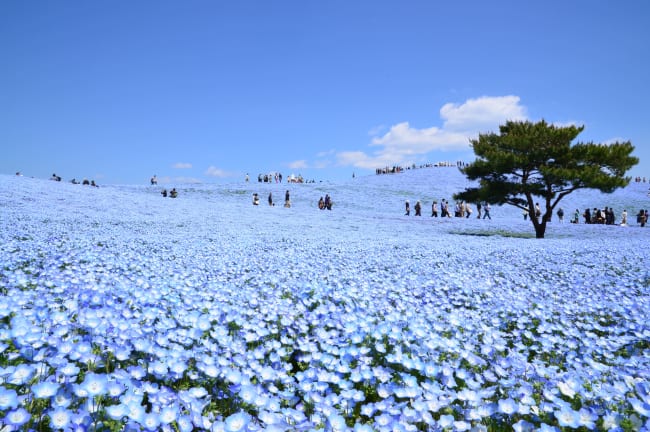
4. Arakurayama Sengen Park
If you want to take the perfect “iconic Japan” picture with Mt.Fuji, a beautiful pagoda, and cherry blossoms, visit this scenic park located near the Lake Kawaguchi in Yamanashi Prefecture.
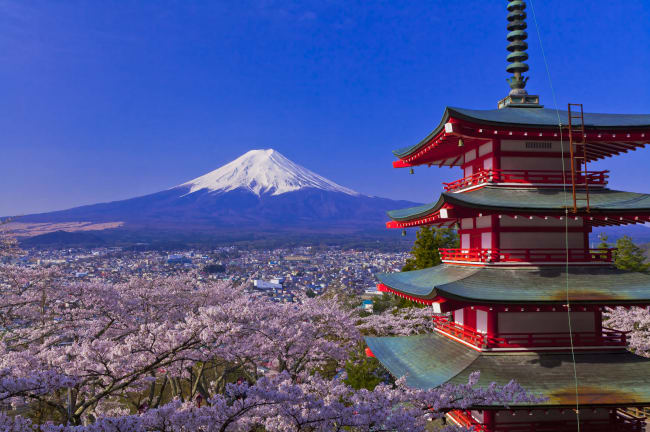
5. Chichibu
Just an hour and a half from Tokyo by train, Chichibu is a great day trip destination to immerse yourself in nature. Enjoy a boat ride in Nagatoro river, or the breathtaking fields of pink mountain phlox, known as shibazakura in Japan.
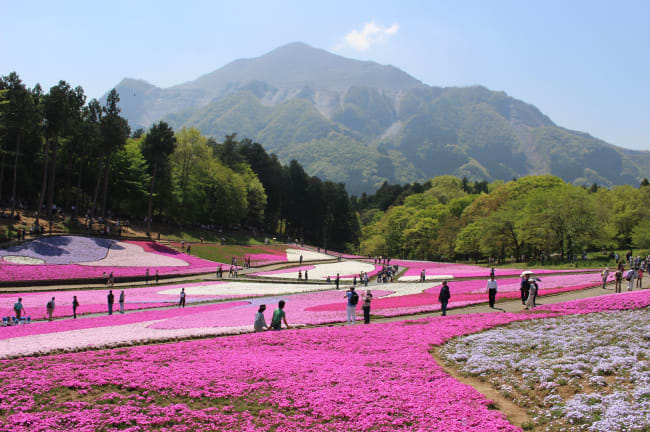
With its scenic mountain views and a plenty of onsen hotsprings, Hakone is one of the most popular day trip destinations for Tokyoites looking to avoid the hustle and bustle. It is also one of the best places to enjoy autumn foliage in Japan.
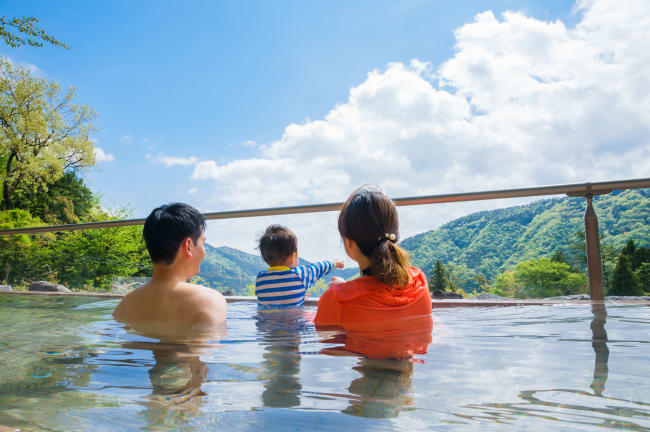
A beautiful small city in the mountains with several UNESCO World Heritage sites. The Nikko Toshogu Shrine is a must-visit if you have time for a day trip from Tokyo.
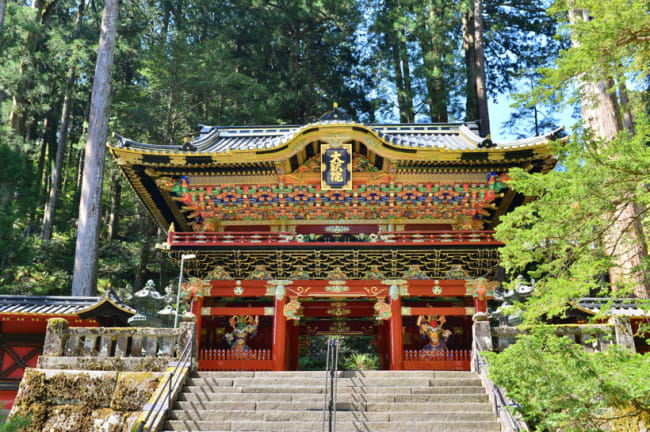
8. Fuji-Q Highland
Located at the foot of Mt. Fuji, Fuji-Q Highland offers a wide range of experiences from scream-inducing roller coasters, to gentle attractions for children.
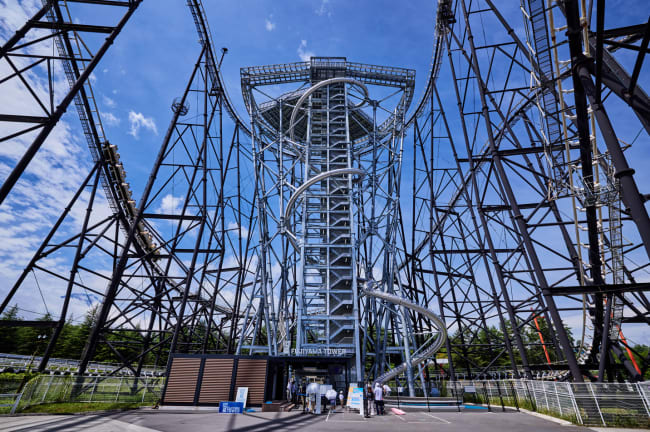
9. Mt. Nokogiri Hiking
If you are looking for a refreshing hiking experience near metropolitan Tokyo, Mt. Nokogiri could be a good option. Its easy access from Tokyo and the famous jagged cliff lookout point attracts many nature-seekers from neighbouring urban areas.
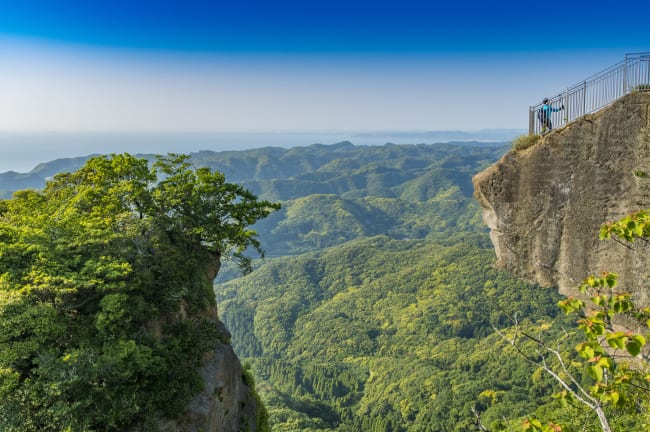
10. Kawagoe
Located less than an hour from Tokyo, here you are able to walk the streets of “Little Edo,” which are lined with historical buildings where you can enjoy great local foods and seasonal festivals.
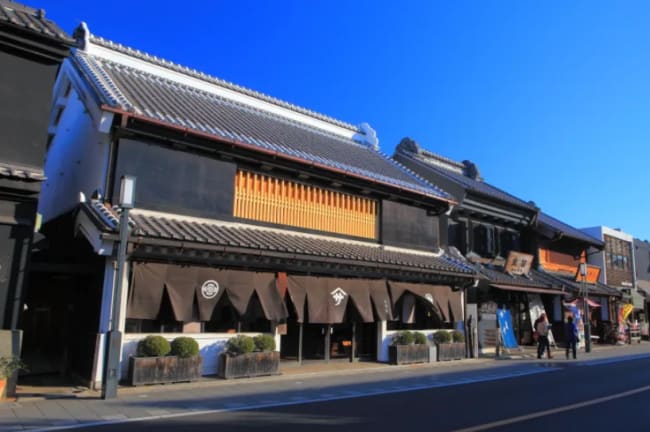
- Canada home
Please Choose Your Language
Browse the JNTO site in one of multiple languages
- NEW COLOURS
- Classic Tech
- Classic Plus
- Classic Pro
- Classic Flight
- Military Backpack
- Underseat Bags
- Laptop Backpacks
- Gym and Work Backpacks
- Minimalist Backpack
- > Show All
- Classic Cross Body Bags
- Packing Cubes
- British Airways
- Backpack Size Guide
- > More Backpack Guides
- Carry On Luggage Size Guide
- > More Cabin Bag Guides
- Travel Gift Guide
- Digital Nomads Hub
- Travel News
- Destinations
- Product & Style
- Travel Light
- Packing Tips
- Packing Lists
- Air Travel Tips by Airlines
- Luggage Tips
- Pre-flight Checklist
- In-flight Checklist
- Layover Tips
- CABIN MILES
- Backpacks CLASSIC NEW COLOURS Classic Classic Tech Classic Plus Classic Pro Classic Flight ADVENTURE NEW COLOURS ADV ADV Pro ADV Dry MILITARY Military Backpack SIZE 28L 30L 32L 36L 42L 44L SHOP BY FUNCTION Cabin Bags Underseat Bags Laptop Backpacks Daypacks Gym and Work Backpacks Minimalist Backpack
- Shoulder Bags > Show All SHOULDER BAGS Sidekick Flipside Flapjack Classic Cross Body Bags
- Bum Bags > Show All BUM BAGS Hustle Hip Bags
- Accessories > Show All ACCESSORIES Rain Cover Packing Cubes Gift Cards
- Blogs Product Guides Backpack Size Guide > More Backpack Guides Carry On Luggage Size Guide > More Cabin Bag Guides Travel Gift Guide Our Journey Digital Nomads Hub Travel News Destinations Product & Style Cabinzero Travel Tips Travel Light Packing Tips Packing Lists Day Trips Air Travel Tips Air Travel Tips by Airlines Luggage Tips Pre-flight Checklist In-flight Checklist Layover Tips
5 Adventure-Packed Winter Day Trips from Tokyo
Kawagoe is just 30-minutes away from Central Tokyo and, just like in Tokyo, snowfall is never a yearly assurance. How often do people from the tropics ever experience Winter, and to have it without snow is just unimaginable. So I'll have to make sure that my father will be able to experience snow in all it's glistening white glory even if Jack Frost will not pay Tokyo a visit this year.
Here are five adventure-packed itineraries for a Winter Day Trip from Tokyo. I have also noted the fastest train routes from Shinjuku Station in Tokyo using HyperDia . Visit the website to find you exact routes if you're coming from a different location.
1. Jigokudani Monkey Park, Nagano Prefecture

Photo credit: Pixabay / @andrew_t8
Jigokudani is famous for having a large population of wild Japanese macaques or snow monkeys. During winter, the mountains get covered in thick snow which causes the monkeys to go down and take baths in the steaming hot water that springs out of crevices on the frozen ground.
These snow monkeys are relatively safe and quite accustomed to people gathering around but one must not let your things out in the open as these monkeys are known for snatching away things from the unsuspecting tourists.
Nagano prefecture is easily accessible from Tokyo by train. From Nagano Station, take the Nagano Dentetsu train line to Yudanaka Station. From there, take a bus that heads for either the Kanbayashi Onsen bus stop (via Kanbayashi line) or the Snow Monkey Park bus stop (via Shiga Kogen line). The Monkey Park will take a 30-minute hike from both bus stops.
Best train route: 99 minutes, ¥4,000
- JR Shinjuku Station (Tokyo) to Omiya Station (Saitama) via JR Saikyo Line Rapid for Kawagoe
- Omiya Station (Saitama) to Nagano Station (Nagano) via Shinkansen Kagayaki
There are two popular Ski Resorts both two hours by car from the Jigokudani Monkey Park. The Fujimi Panorama Resort is best known for the heart-shaped slope which is popular among couples. Tales have it that a happy marriage awaits couples who would ski down the heart slope. Meanwhile, the Karuizawa Prince Hotel Ski Area offers scenic snow parks and great ski trails for beginner and intermediate level skiers.
2. Yuzawa Kogen Snow Resort, Niigata Prefecture
Located 250 miles Northwest from Tokyo, Yuzawa Kogen Snow Resort boasts of having the world's largest ropeway with a capacity of 166 persons. You'll get to marvel at the magnificent snow-covered Tanigawa Mountain Range on-board one of the gondolas traveling up to 6 kilometers long at a peak altitude of 130 meters. For the more adventurous, the pristine white, powdery snow makes for the perfect skiing spot for all levels of difficulty. You can reach Yuzawa Kogen Snow Resort in ten minutes by foot from the west exit of Echigo-Yuzawa Station on the JR Joetsu Shinkansen Line. Several Onsen or Hot Spring resorts operate in front of the Echigo Yuzawa Station to rejuvenate yourselves before or after basking in the ski resort.
Best train route: 104 minutes, ¥3,350
- Omiya Station (Saitama) to Echigo-Yuzawa Station (Niigata) via Shinkansen Max Toki
If you'll be in the region during the third weekend of February, you may partake in the Tokamachi Snow Festival, Japan's first ever contemporary snow festival with a rich history dating back from the 1950's. The Tokamachi Snow Festival is one of Japan's three great snow festivals along with the Sapporo Snow Festival in Hokkaido and the Minami Uonuma Snow Festival which also takes place in Niigata. The Minami Uonuma Snow Festival is a rare event where you can enjoy local cooking inside old-style snow igloos, called " kamakura."
3. Minakami Mineral Onsen and Ski Resorts, Gunma Prefecture
However, the mountainous landscape of Gunma Prefecture covered in white snow is what truly makes Minakami a ski paradise during Winter.
On the other hand, the minerals gorging out of the ground and along the river make Minakami a popular destination for onsen resorts. Numerous hot spring tours are being offered throughout the region.
Best train route: 99 minutes, ¥4,000
- Omiya Station (Saitama) to Takasaki Station (Gunma) via Shinkansen Max Tanigawa
- Takasaki Station to Minakami Station via JR Joetsu Line for Minakami
4. Snow Town Yeti, Shizuoka Prefecture
Snow Town Yeti can be accessed from 18 different stations. However, if you're coming from Tokyo, the Limited Express Asagiri from Shinjuku to Gotemba Station will take you there in the least amount of time. But you must take the first train leaving Shinjuku at exactly 6:45 AM as this train going to that route only operates thrice per day -- 6:45 AM, 10:50 AM, and 2:50 AM.
Best train route: 97 minutes, ¥1,280
- JR Shinjuku Station (Tokyo) to Masuda Station (Shimame) via Limited Express Asagiri
- Masuda Station (Shimame) to Gotemba Station (Shizuoka) via Limited Express Asagiri
Buses going to Snow Town Yeti are available at Gotemba Station for a one-way fare of ¥1,360.
Your other train option from Shinjuku includes Mishima, Susono, Fuji, Yoshiwara Chuo, and Fujinomiya Stations. Buses to the ski resort are available in all those train stations.
Skiing with the stunning views of snow-covered Mt. Fuji is the highlight of tourism for Shizuoka Prefecture but the fun doesn't stop there. Shizuoka Prefecture is one of the largest in Japan in terms of land area and there are many other places and activities to involve yourself in during winter.
5. Shirakawa-go, Gifu Prefecture
The mountain villages of Shirakawa-go and the neighboring Gokayama were both declared UNESCO world heritage sites in 1995. Lining the shores of the Shogawa River Valley, these villages were famous for houses constructed in the architectural style known as Gassho-zukuri which means “constructed like hands in prayer.” The steep roofs were designed to easily shed snow as the region usually receives two meters of snow every winter.
Best train route: 147 minutes, ¥6,480
- Omiya Station (Saitama) to Toyama Station (Toyama) via Shinkansen Kagayaki
You still need to travel about an hour and a half by bus from Toyama Station to reach the mountain village of Shirakawa-go.
If you could spend a night in Shirakawa-go, you could catch the special illumination events the village organizes on selected Sundays and Monday in January and February from 5:30 PM to 7:30 PM.
ABOUT THE AUTHOR
Noel Cabacungan was born and raised in the Philippines but is currently working in Saudi Arabia. He suspects the universe often conspires to put him in the unfriendliest of places and believes assimilation is the only way to survive. This belief made him capable of seeing the beauty beyond the most dreary locations. His favorite form of entertainment involves observing people do crazy things in the most mundane situations. Read more about his exploits on his blog, Ten Thousand Strangers , or follow his stormtrooper alter-ego on Instagram @troopertravelsph
Leave a comment
Please note, comments must be approved before they are published
This site is protected by reCAPTCHA and the Google Privacy Policy and Terms of Service apply.
You may also like


IMAGES
VIDEO
COMMENTS
Find the Best Day Trips & Excursions in Tokyo. Compare Prices and Book Online. Full Refund Available up to 24 Hours Before Your Day Trip. Quick & Easy Purchase Process.
Try Winter Sports in Karuizawa 2. Eat Delicious Hoto in Yamanashi 3. Admire Icicles in Chichibu 4. Visit a Winter Illumination 5. Chase Waterfalls in Ibaraki 6. Visit Gunma's Pink Shrine and Enjoy a Free Konnyaku Buffet 8. Heat up in an Onsen Town. 1. Try Winter Sports in Karuizawa.
You can book a full-day snow-monkey tour, which for US$98.97 *. (less than a return train trip) includes transport from Tokyo to Nagano and back, travel guidance in English and Japanese, and a beef sukiyaki lunch. 2. Chill with icicles in Saitama. 1 hour 20 minutes, plus transfer time, from Ikebukuro Station.
History and nature at Nikko National Park. Winter blooms in Hitachi Seaside Park. Snow, monkeys, and more in Nagano. Mount Fuji's view at Lake Kawaguchiko. Thrills and scenic beauty at Fuji Q Highland. Ancient traditions and modernity in Yokohama. Hiking and cable cars in winter. Skiing destinations around Tokyo.
Ouchijuku is about 3.5 hours from Tokyo. Travel from Tokyo Station to Koriyama Station via the JR Tohoku Shinkansen, and then change to the JR Ban-Etsusai line and alight at Aizu-Wakamatsu Station ...
Takaragawa Onsen : Wonderful Day Trip Onsen from Tokyo Takaragawa Onsen Osenkaku : Best Onsen destination from Tokyo! jw-webmagazine.com. 2. Enoshima. Shonan area in Kanagawa Prefecture is widely known as a summer destination from Tokyo, however, there are a lot of things that we shouldn't miss during winter.
9. Enoshima. Traveling time from Tokyo: 1 hour and 22 minutes by train. Enoshima is a small island only 60km out of Tokyo. It has a few natural attractions and a few shrines to relax after the hustle and bustle in Tokyo. The area is mostly known for its natural beaches.
3. Hakone - The Land of Onsen! 4. Nikko - Traditional Japanese Temples and Shrines Amongst Snowy Mountains. 1. Yuzawa - A Skier's Paradise. The main reason Tokyoites head to the Yuzawa area is for a spot of skiing or snowboarding, the season starts from mid-December and finishes around early May.
9. Warm Up With Some Ramen. 10. Visit the Asakusa Hagoita Fair. Japan Wonder Travel Tours in Tokyo. Other articles you might be interested in. 1. See the Illuminations. Illuminations are a wonderful part of Japan's winter culture.
Cultural and traditional day trip from Tokyo in winter: Kamakura. Kamakura is a great place to go on a day trip (or you could even decide to spend a night or two over there if you have more time!) from Tokyo, especially if you enjoy discovering some cultural and traditional gems.Indeed, Kamakura is a place where you could spend your day exploring the different temples and learning more about ...
Soak in hot springs. The winter chill is just one more reason to seek out an onsen (hot spring) bath. Make a day out of it at one of the city's spa complexes. These include Ōedo Onsen Monogatari, which bills itself as an onsen amusement park, and Spa LaQua, which has over a dozen baths and saunas to choose from.
Travel. The mountain of Hakone lies about 90 minutes by train from Tokyo, which makes it a popular day trip or weekend getaway from the capital. It has had a long and illustrious history as a hot ...
Day 1 - Hearty meals and winter walks. Assuming you have a list of to-dos in Tokyo as is, we'll start this day with an early lunch, so if you're just arriving, having a lie-in or getting some shopping done, a nice 11am start won't do anyone any harm. ... There are plenty of great trips out of Tokyo, but two suit this season perfectly ...
Day Trips From Tokyo You Haven't Thought Of - times listed are one way. 30 mins day trips from Tokyo. Kawagoe (Kanto region) Yokohama (Kanto region) 1 hour day trips from Tokyo. Kamakura (Kanto region) Sanrio Puroland (Kanto region) 1.5 hour day trips from Tokyo. Fuji-Q Highland (Fuji Five Lakes region)
Winter in Tokyo is crisp and clear, with chances to ski down nearby slopes, soak in hot springs, and enjoy the quiet traditions of the New Year. Wrapping up and trying some delicious warm sake is a pretty perfect way to imagine a wintery trip to Japan. There are some real perks to visiting the country at a quieter time of the year.
At a glance: postcard views of Chureito Pagoda and Mount Fuji. Distance from Tokyo: 108 km / 67 miles. Time: 2.5 hour train ride / 1 hour 25 minutes driving. Located in Fujiyoshida not far from Tokyo, Arakurayama Sengen Park is celebrated as one of the best places to view and photograph Mount Fuji.
Recommended Route from Tokyo: Take the Hokuriku-Shinkansen from either the Tokyo, Ueno or Omiya Stations to Nagano Station (1 hr 23 min, ¥8,340). From Nagano take the Express Bus to Jigokudani Monkey Park (¥1,500, 47 min). The sight of monkeys soaking in snow-surrounded hot springs is one of Japan's most iconic.
Getting There and Away. Pick up a Kamakura Day Pass from the Odakyu private train line at Shinjuku station for 1470 yen. This covers a return trip from Tokyo station to Fujisawa and then enlisted usage of the Enoden and Odakyu railway lines between Fujisawa and Katase-Enoshima (Odakyu) and Fujisawa (Kamakura (Enoden).
3. Yokohama. Just a short train ride from Tokyo, Yokohama is a bustling city with a unique blend of Japanese and foreign cultures. Start your day trip at the Yokohama Landmark Tower's Sky Garden, offering panoramic views of the city. Yokohama Sankeien garden , a traditional and typical Japanese-style garden.
Mt Fuji, Hakone & Lake Ashi Cruise with Bullet Train Day Trip from Tokyo. Join a full-day guided tour from Tokyo that travels to Mt Fuji, then continues to nearby Lake Ashi and the Mt Komagatake Ropeway, includes coach out from Tokyo and a Shinkansen Bullet Train trip back. 3.
The fair is not only a shopping opportunity but also a chance to experience Japanese traditions and customs. With its lively atmosphere, the Hagoita-Ichi Fair at Senso-ji Temple is a fun and festive way to experience winter in Tokyo. Exact Location: 2 Chome-3-1 Asakusa, Taito City, Tokyo 111-0032, Japan.
More Info. 5. Chichibu. Just an hour and a half from Tokyo by train, Chichibu is a great day trip destination to immerse yourself in nature. Enjoy a boat ride in Nagatoro river, or the breathtaking fields of pink mountain phlox, known as shibazakura in Japan. More Info. 6.
The Monkey Park will take a 30-minute hike from both bus stops. Best train route: 99 minutes, ¥4,000. JR Shinjuku Station (Tokyo) to Omiya Station (Saitama) via JR Saikyo Line Rapid for Kawagoe. Omiya Station (Saitama) to Nagano Station (Nagano) via Shinkansen Kagayaki.
Average Travel Time: About 55 mins. 4. Kamakura. Kamakura in Kanagawa prefecture is one of the most popular day trips from Tokyo. Located about an hour south of Tokyo, Kamakura is often called the "Kyoto of eastern Japan" because of its considerable collection of temples, shrines, and other historical attractions.